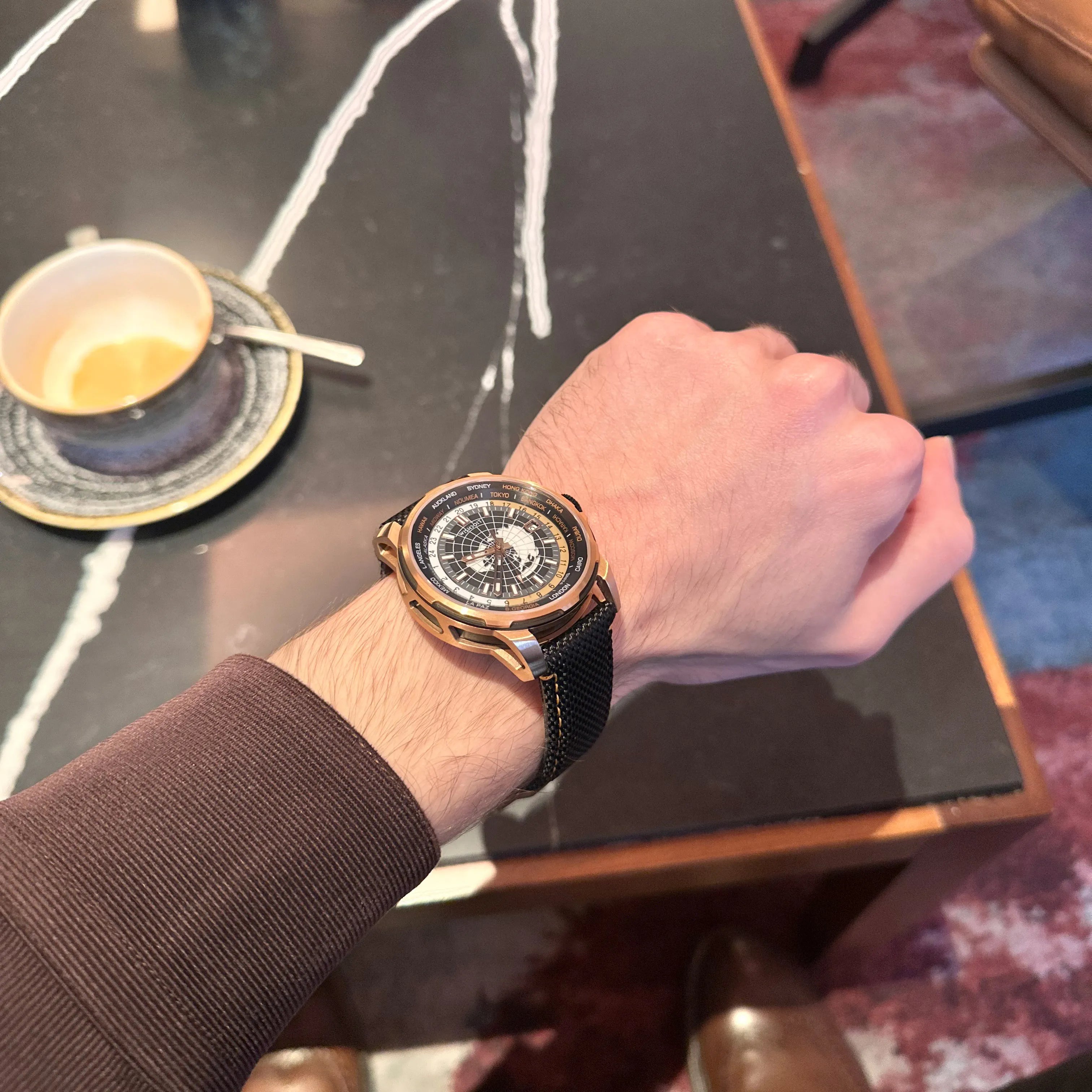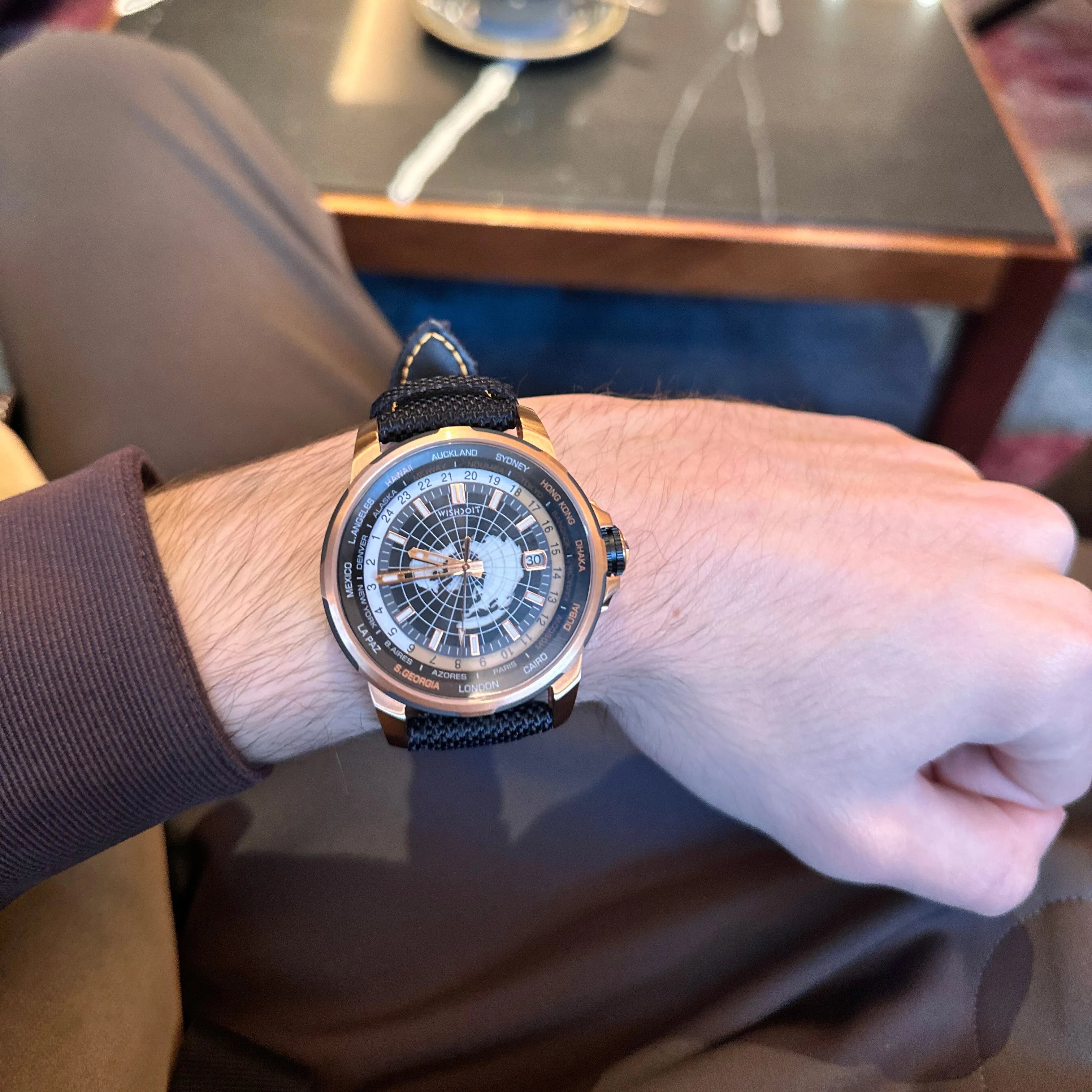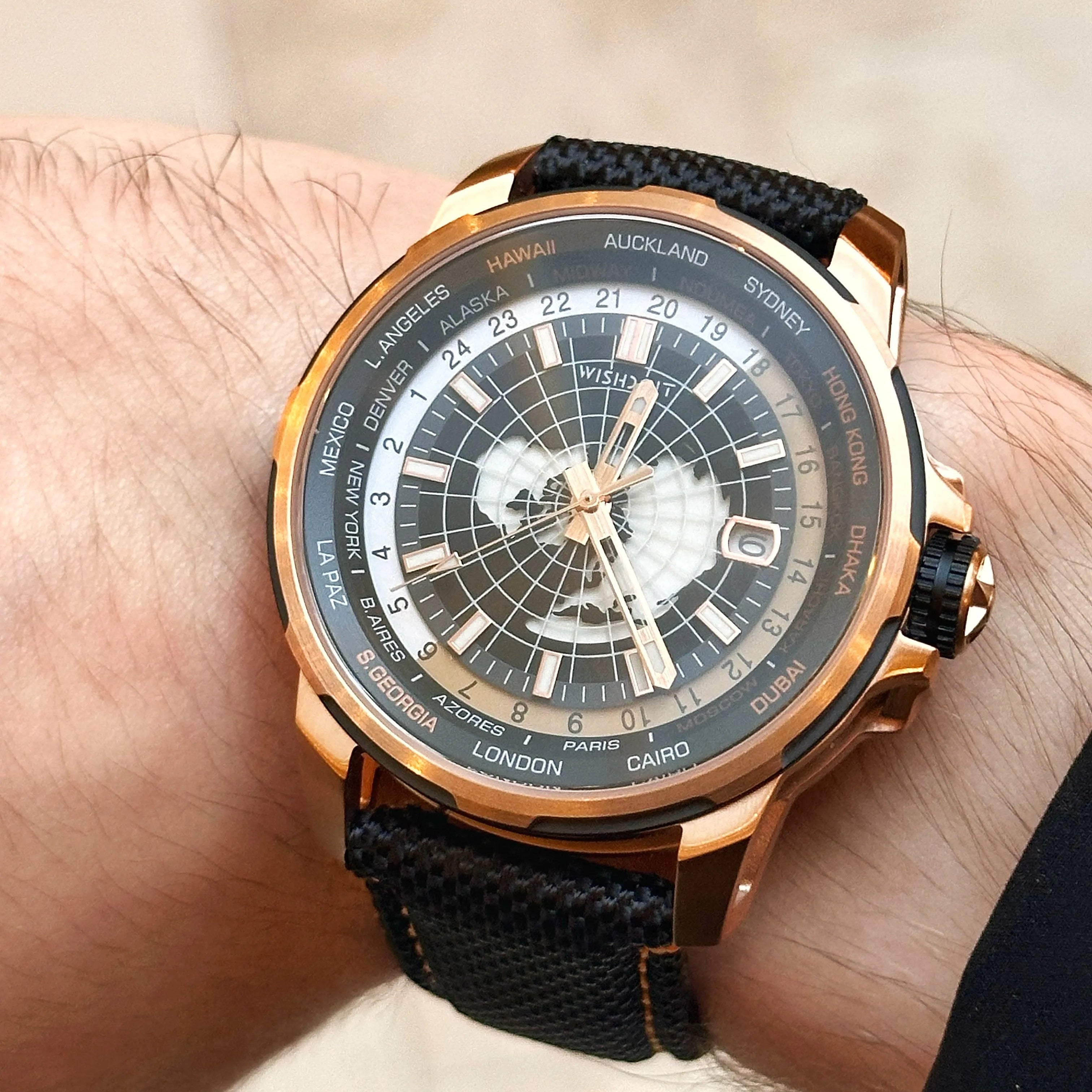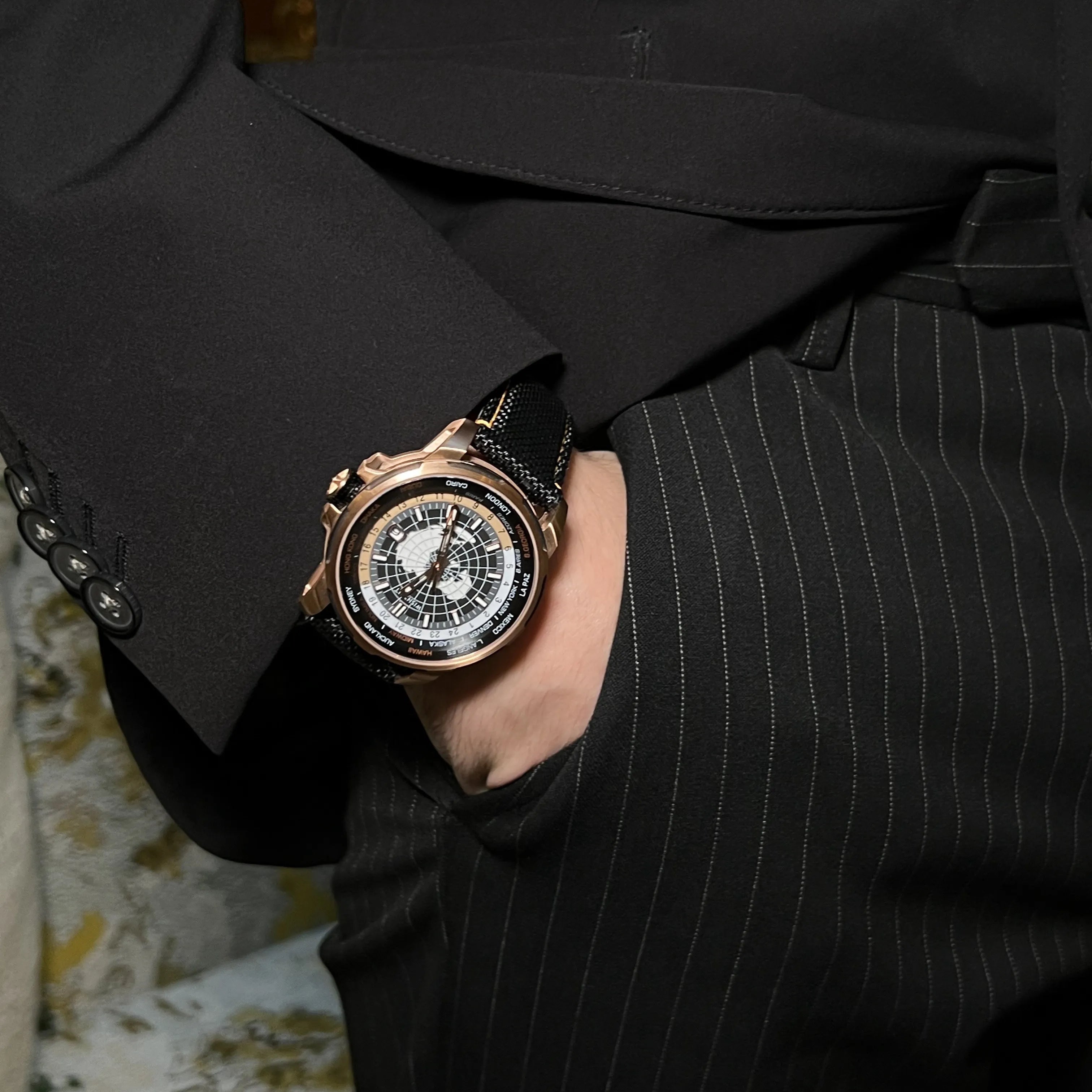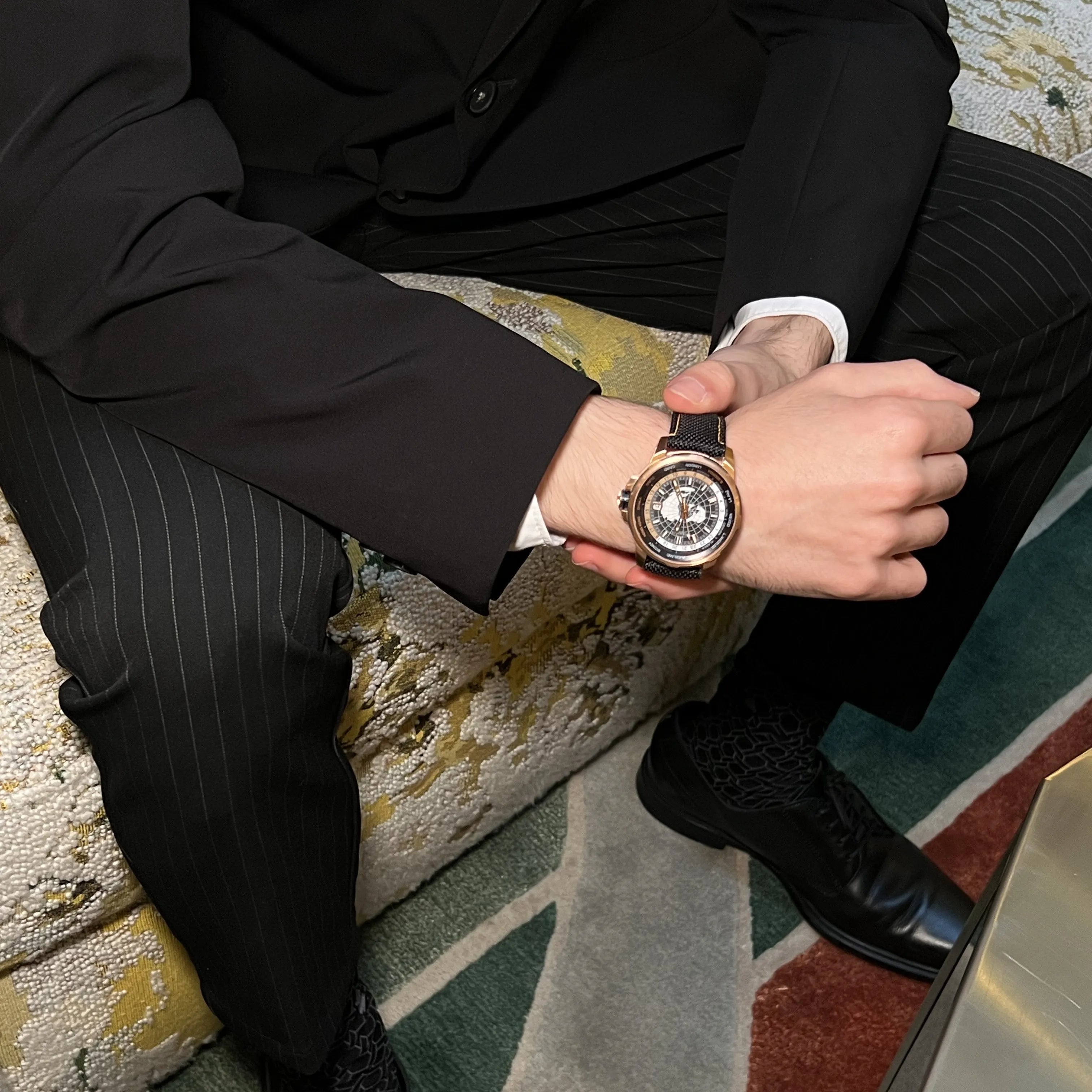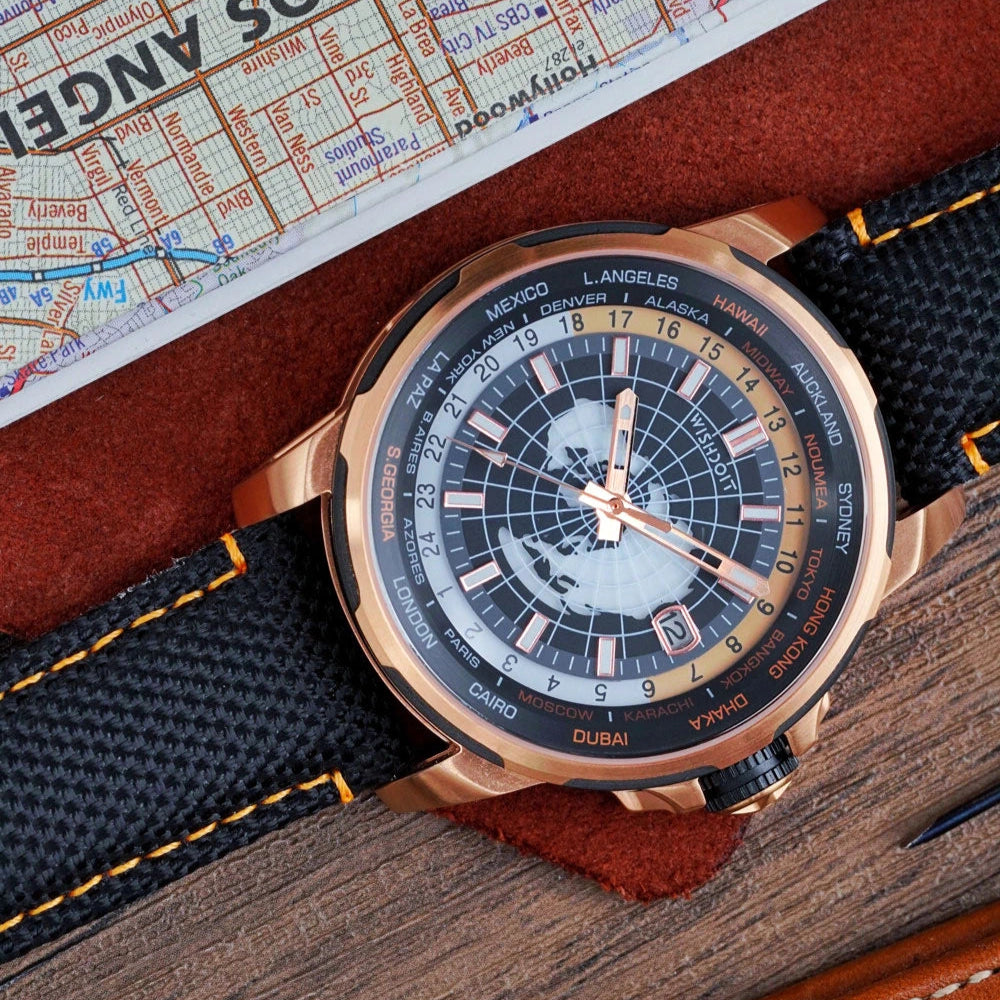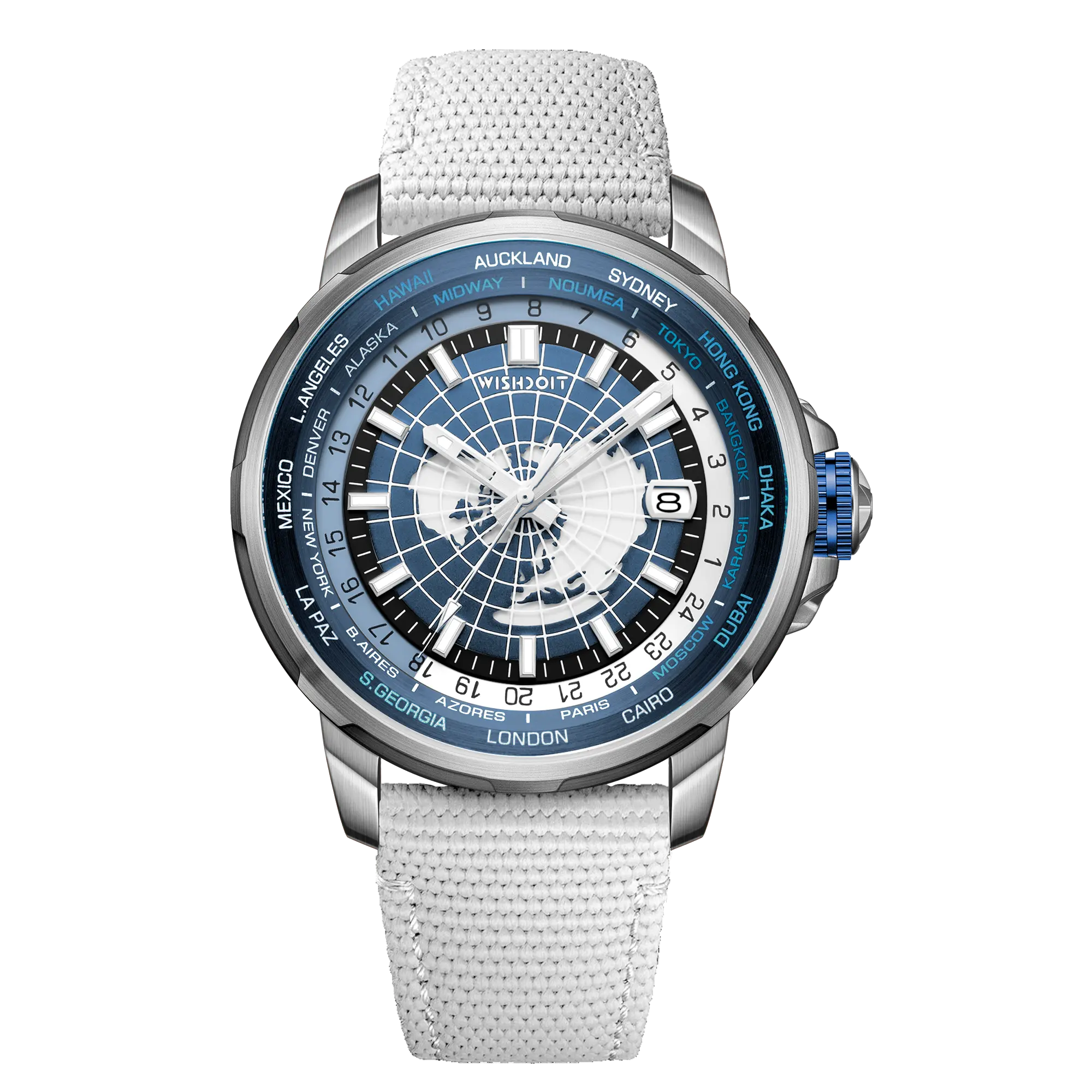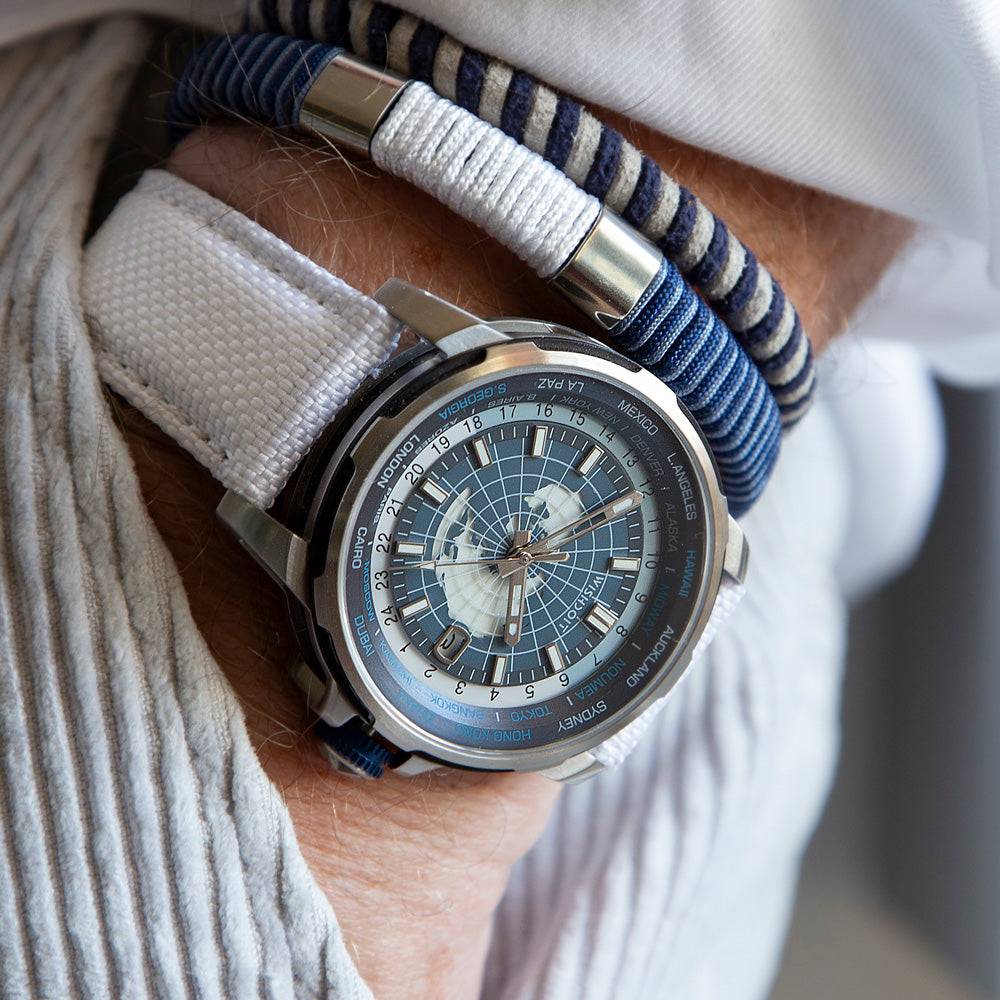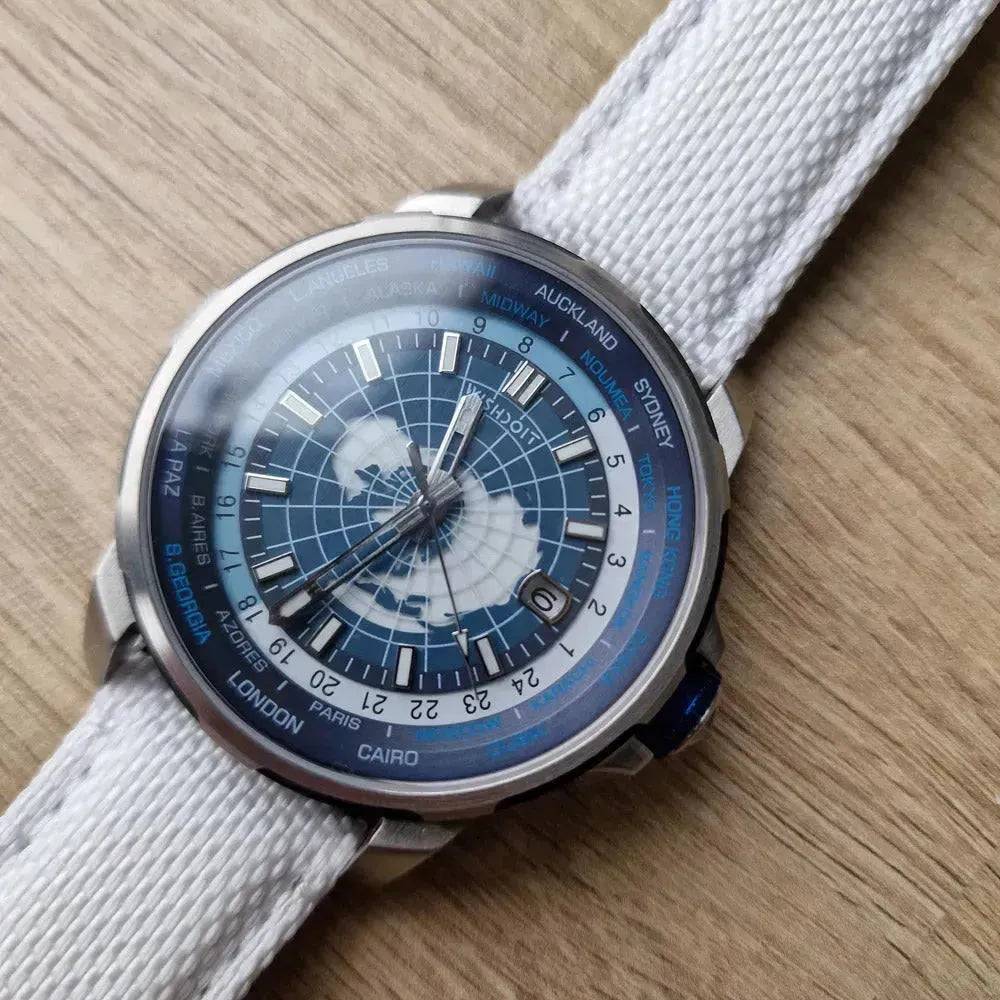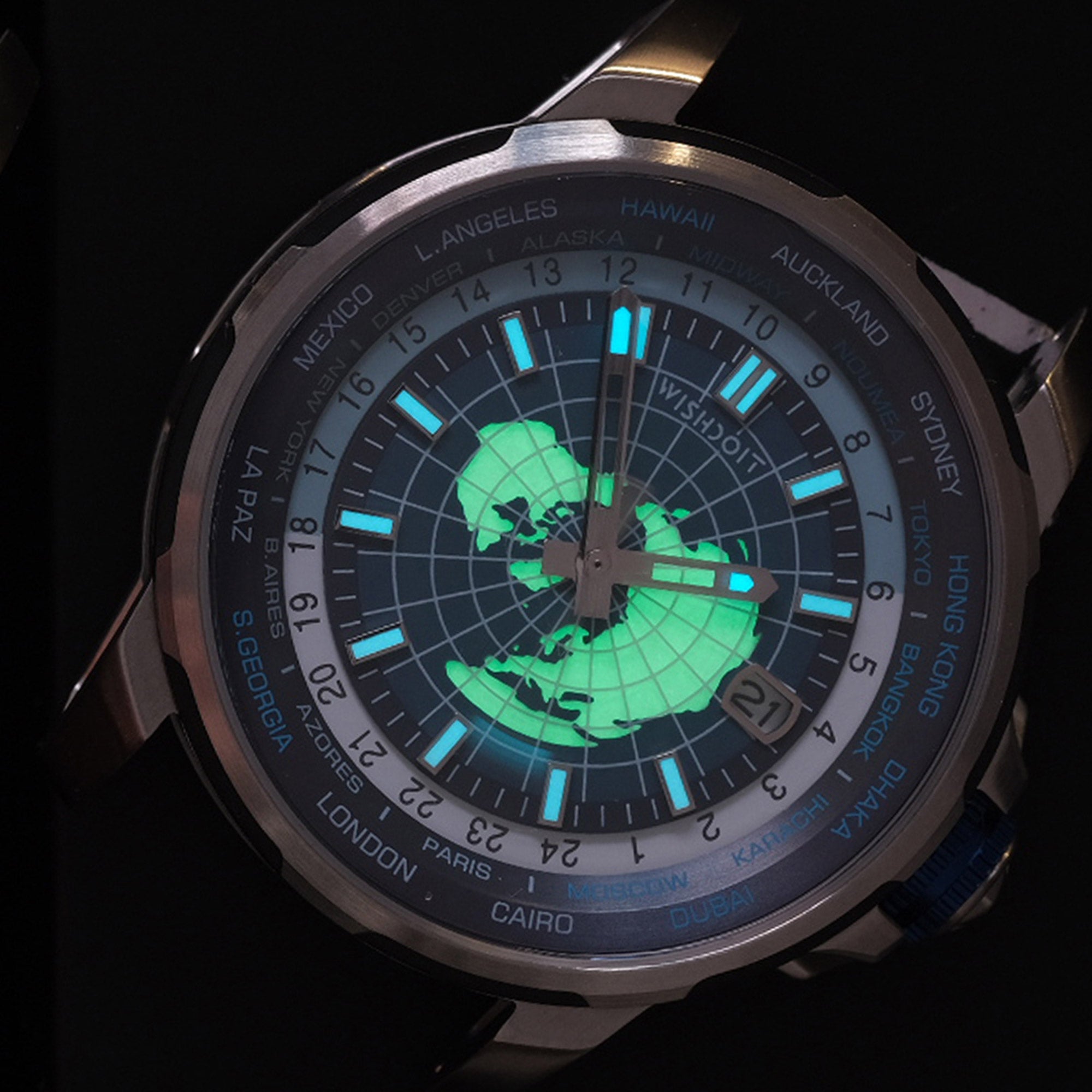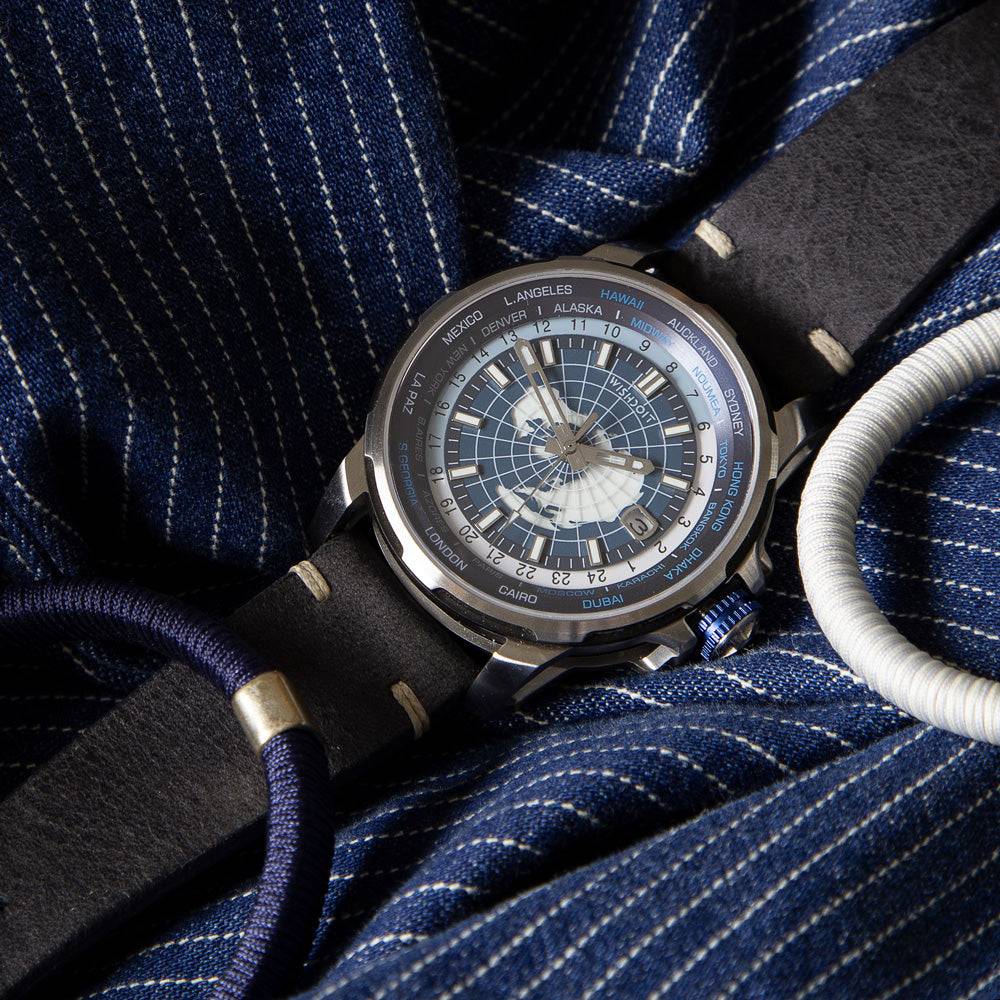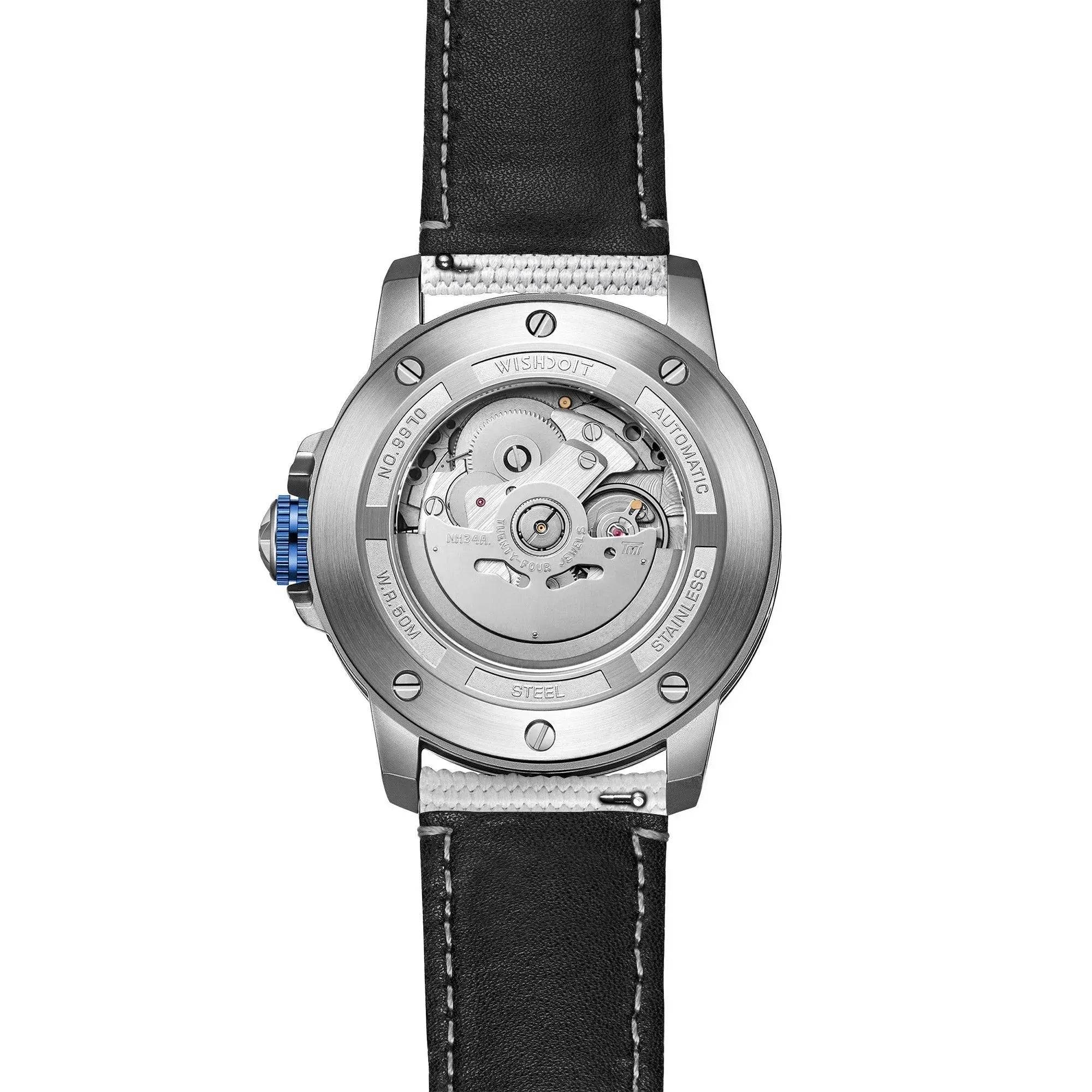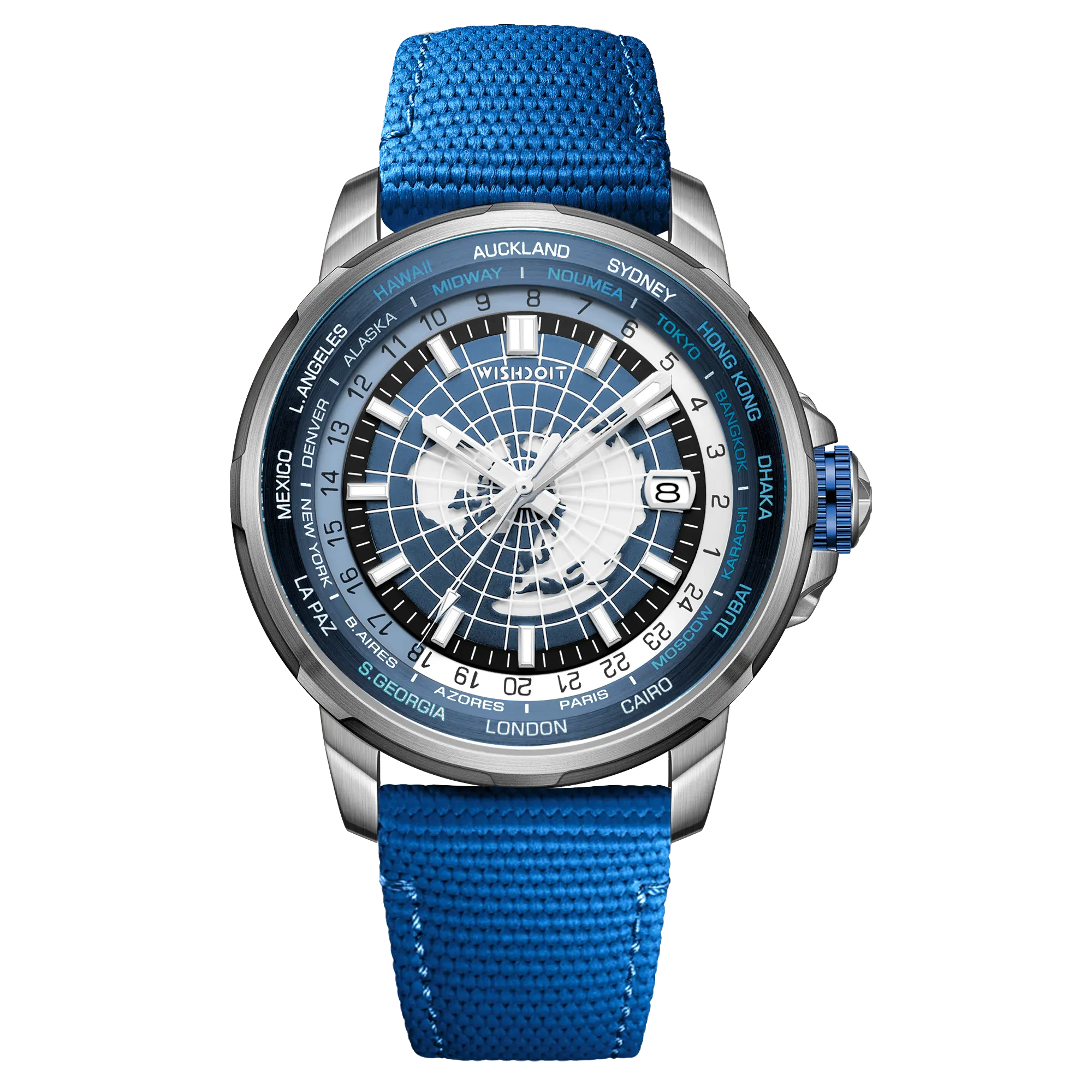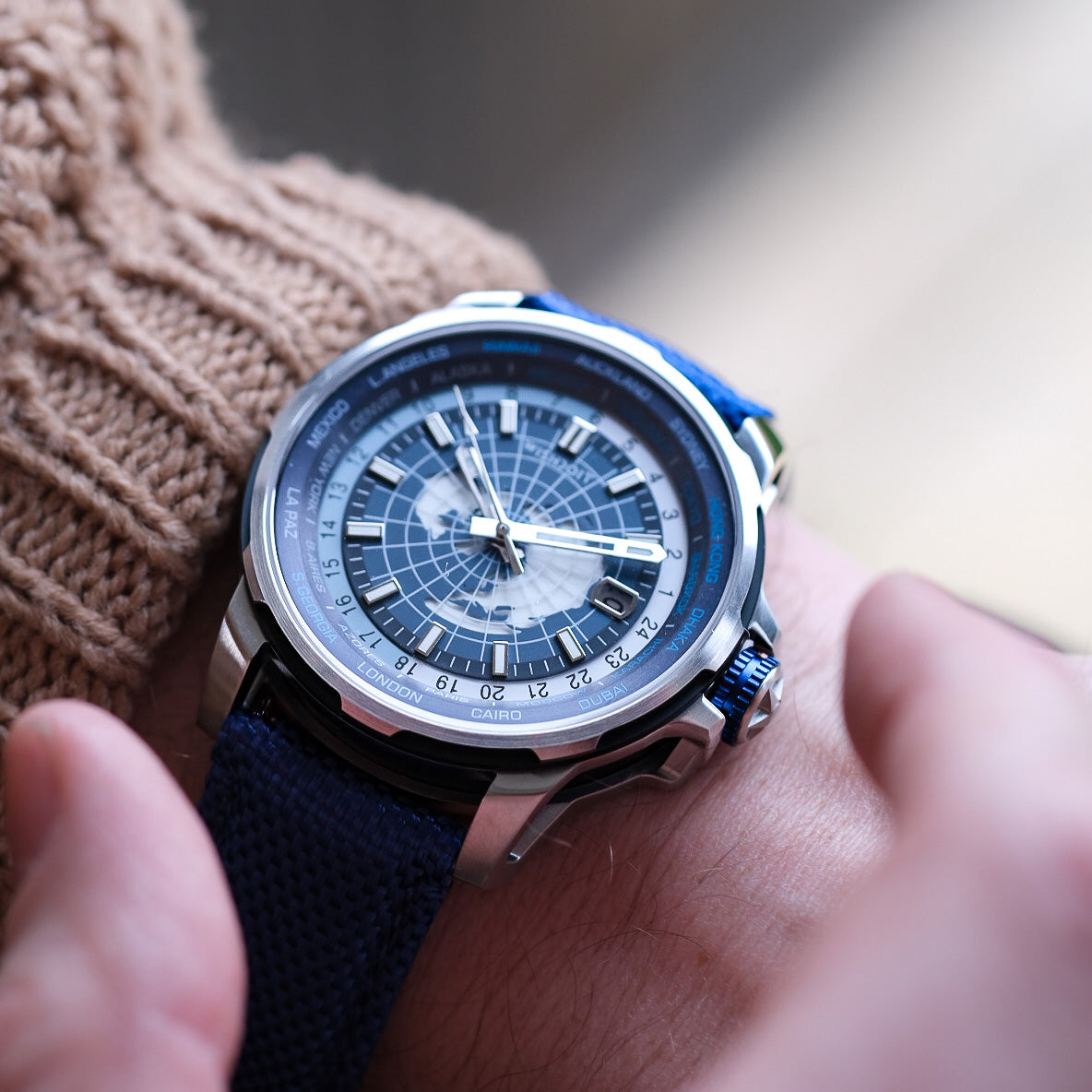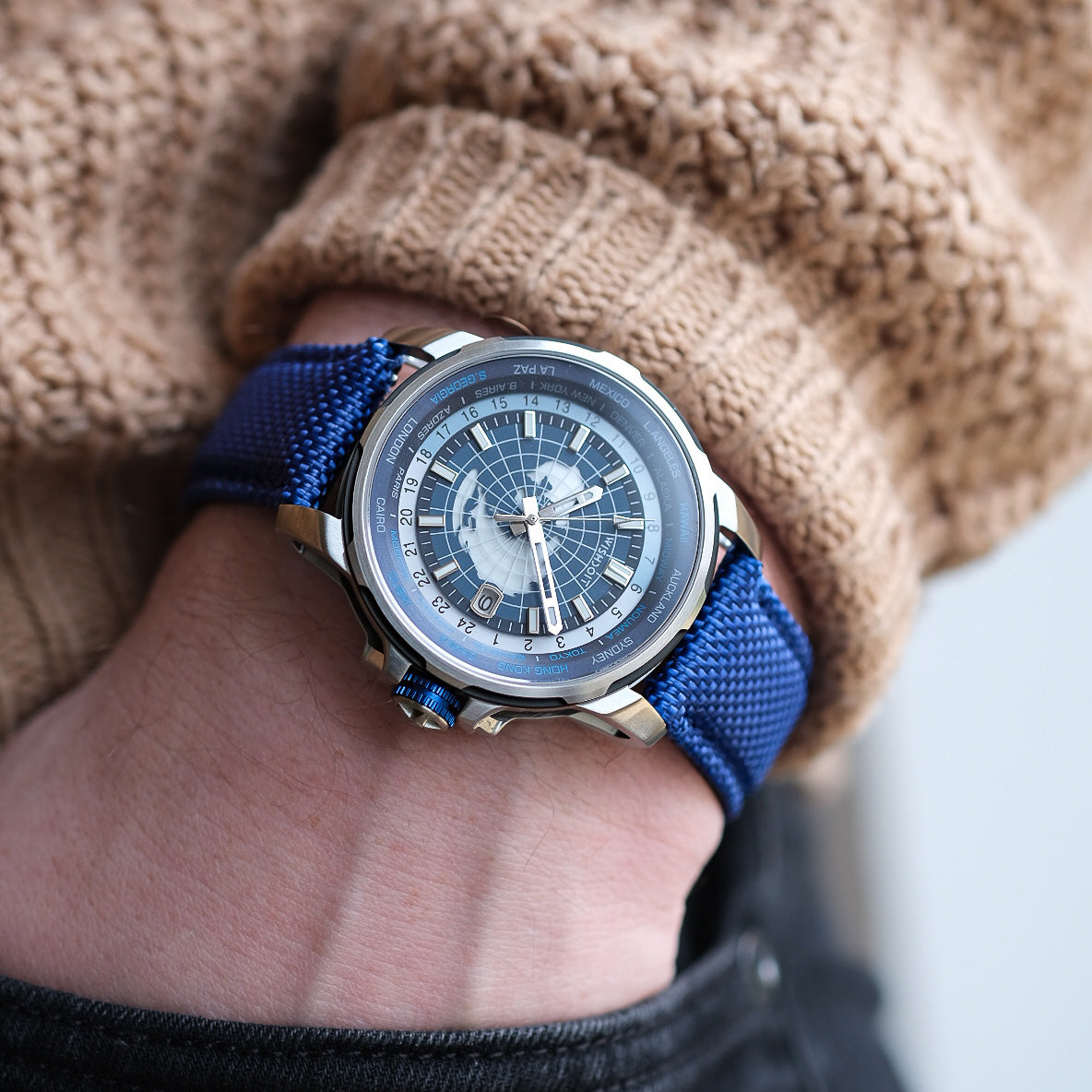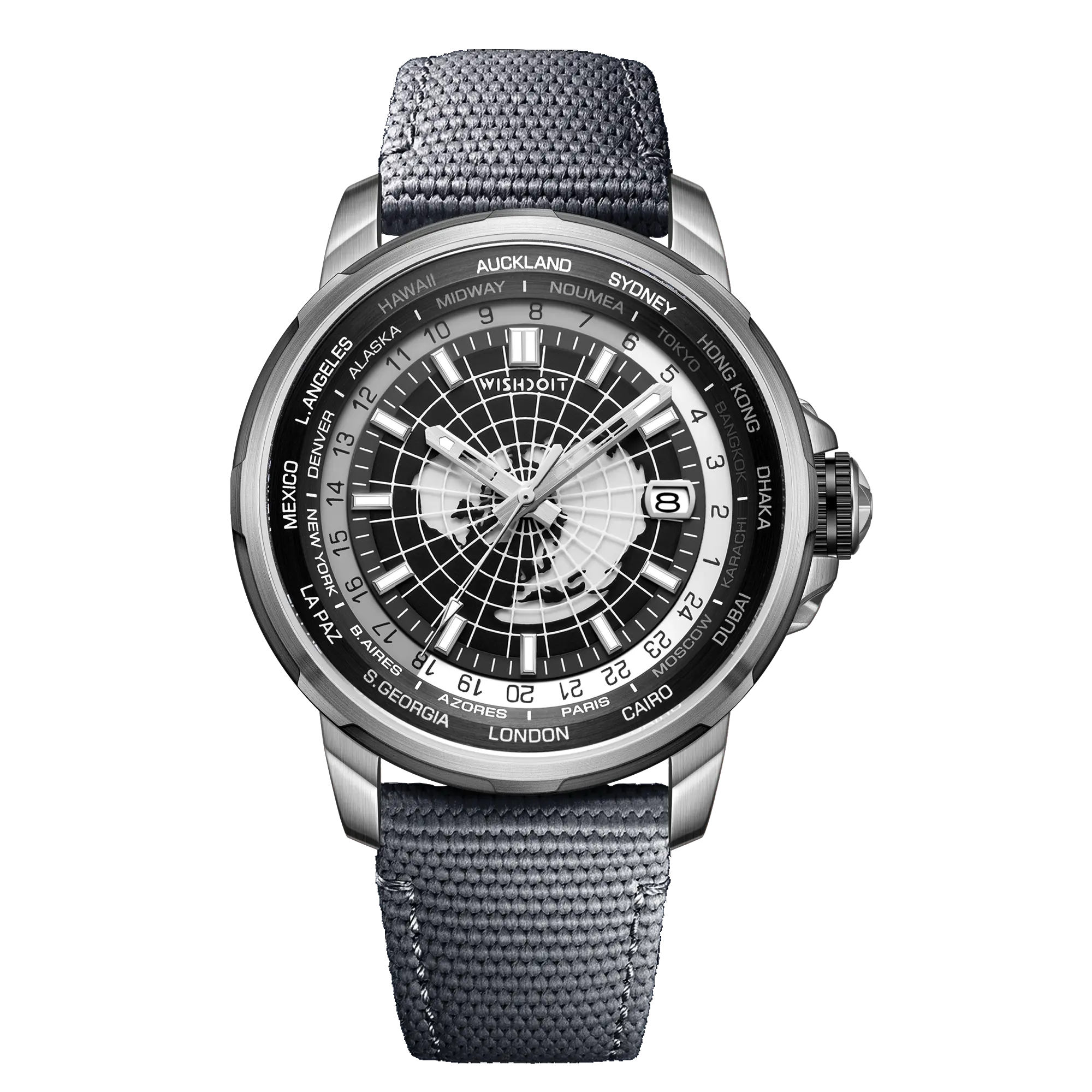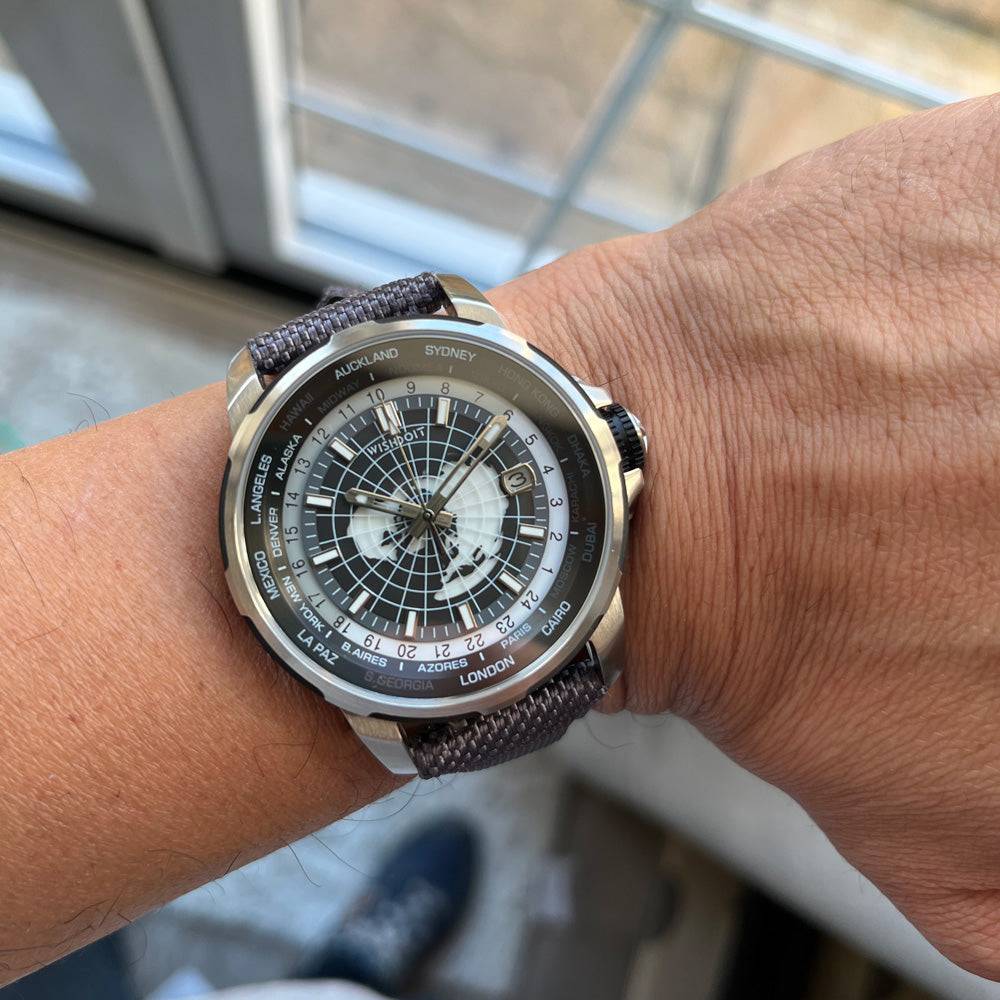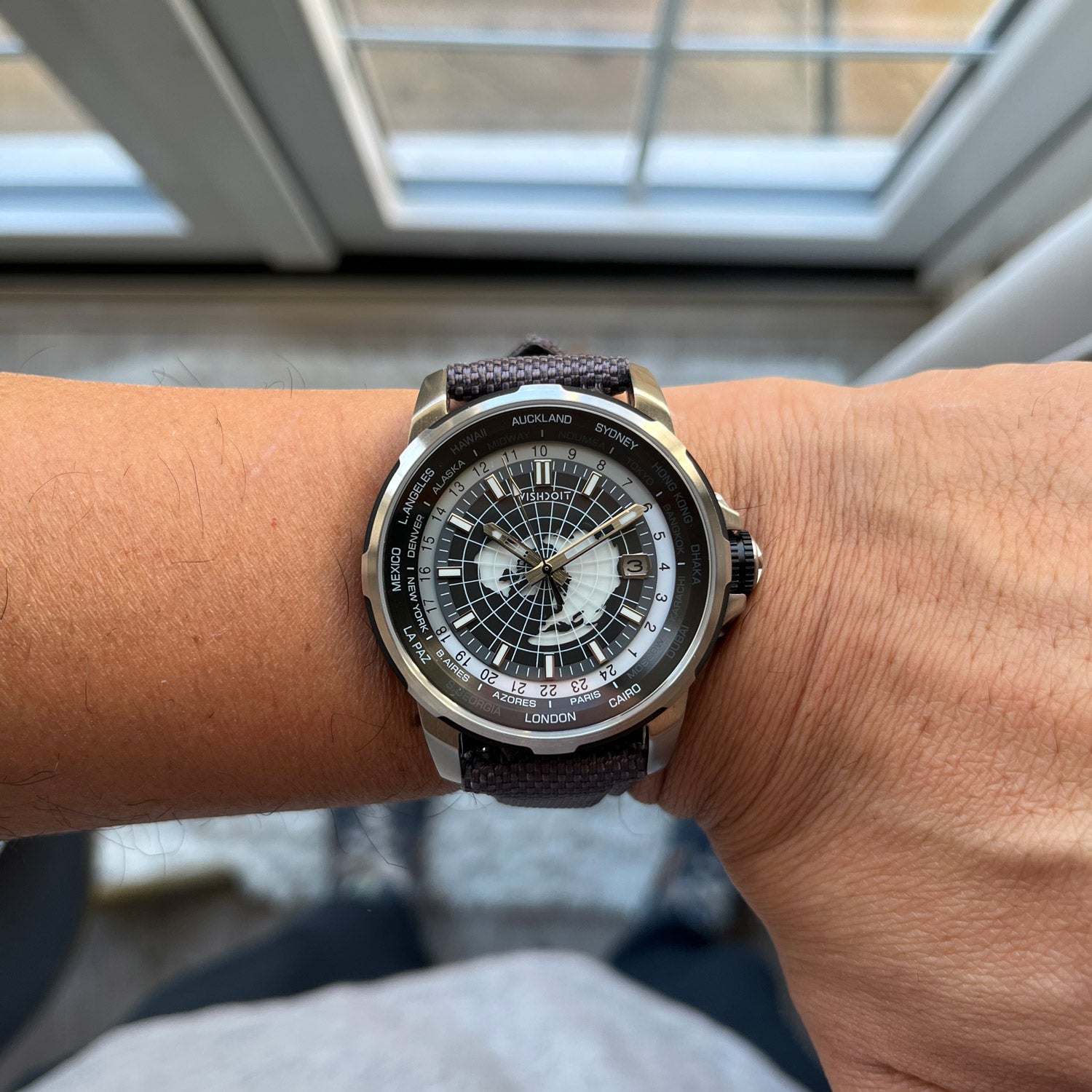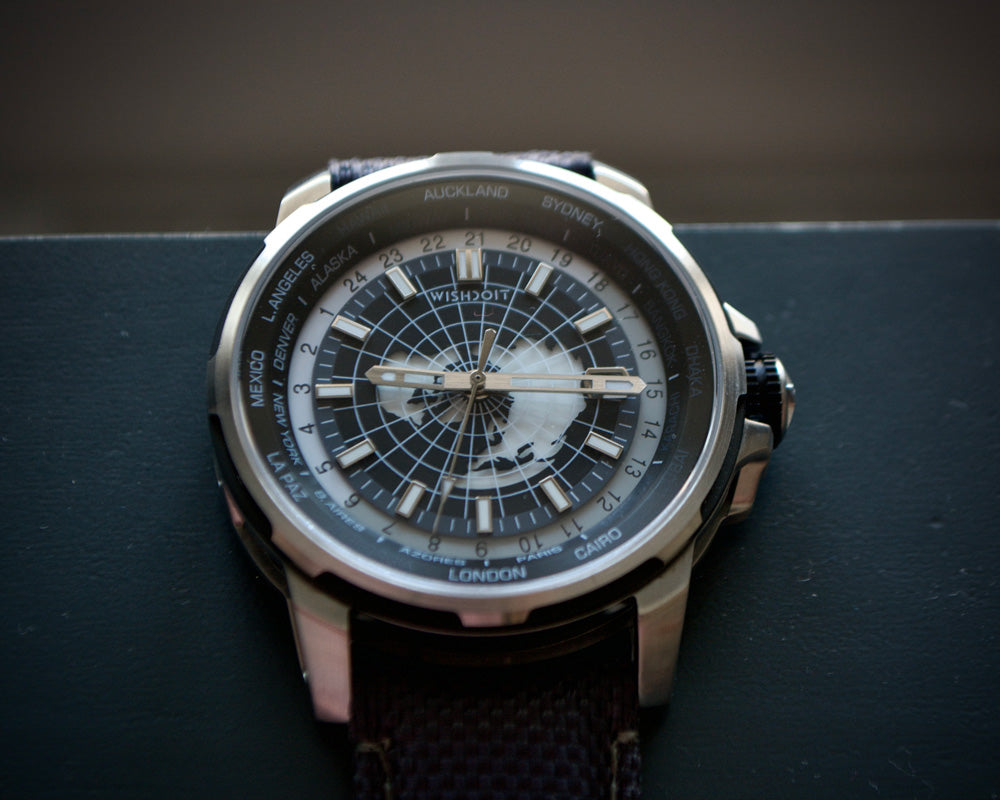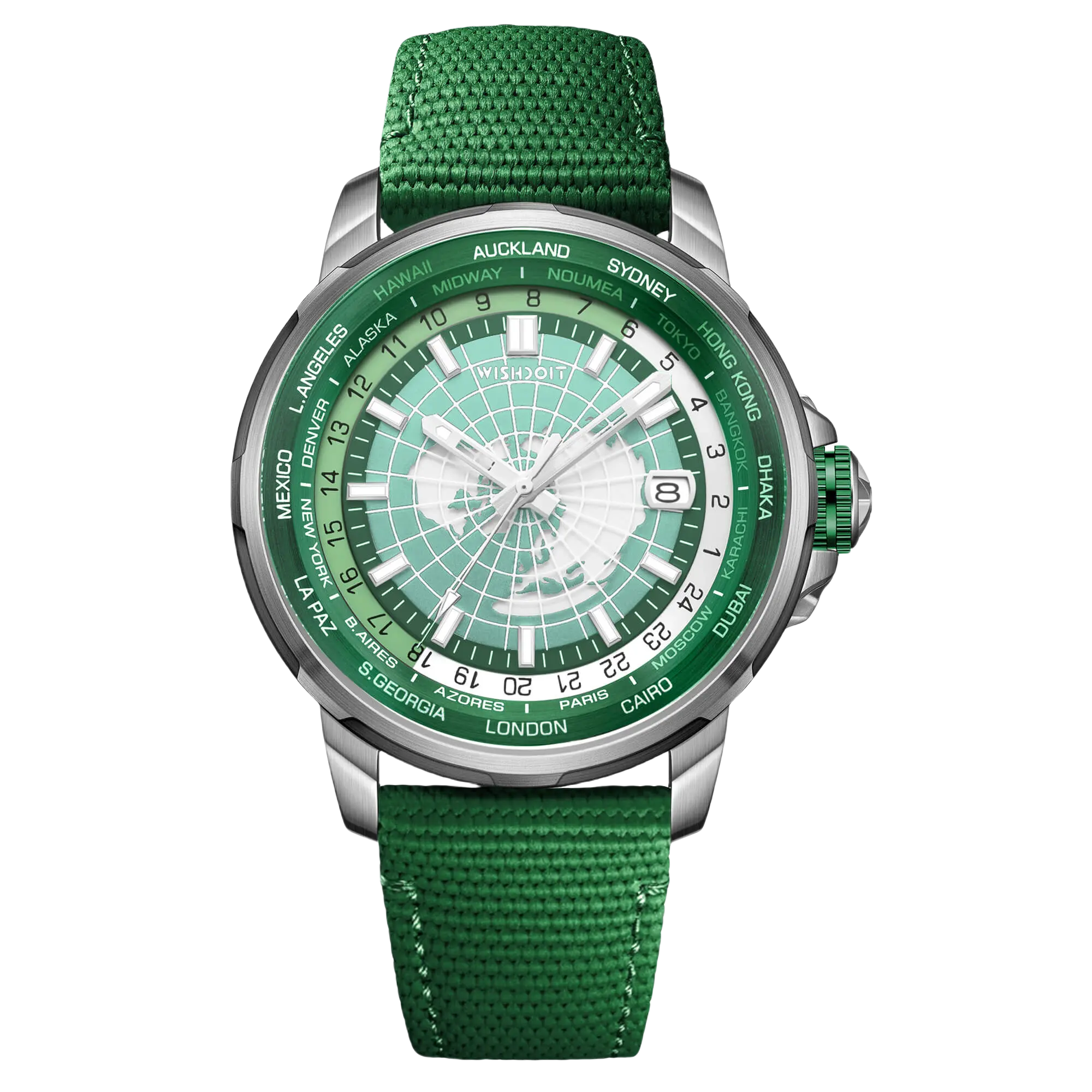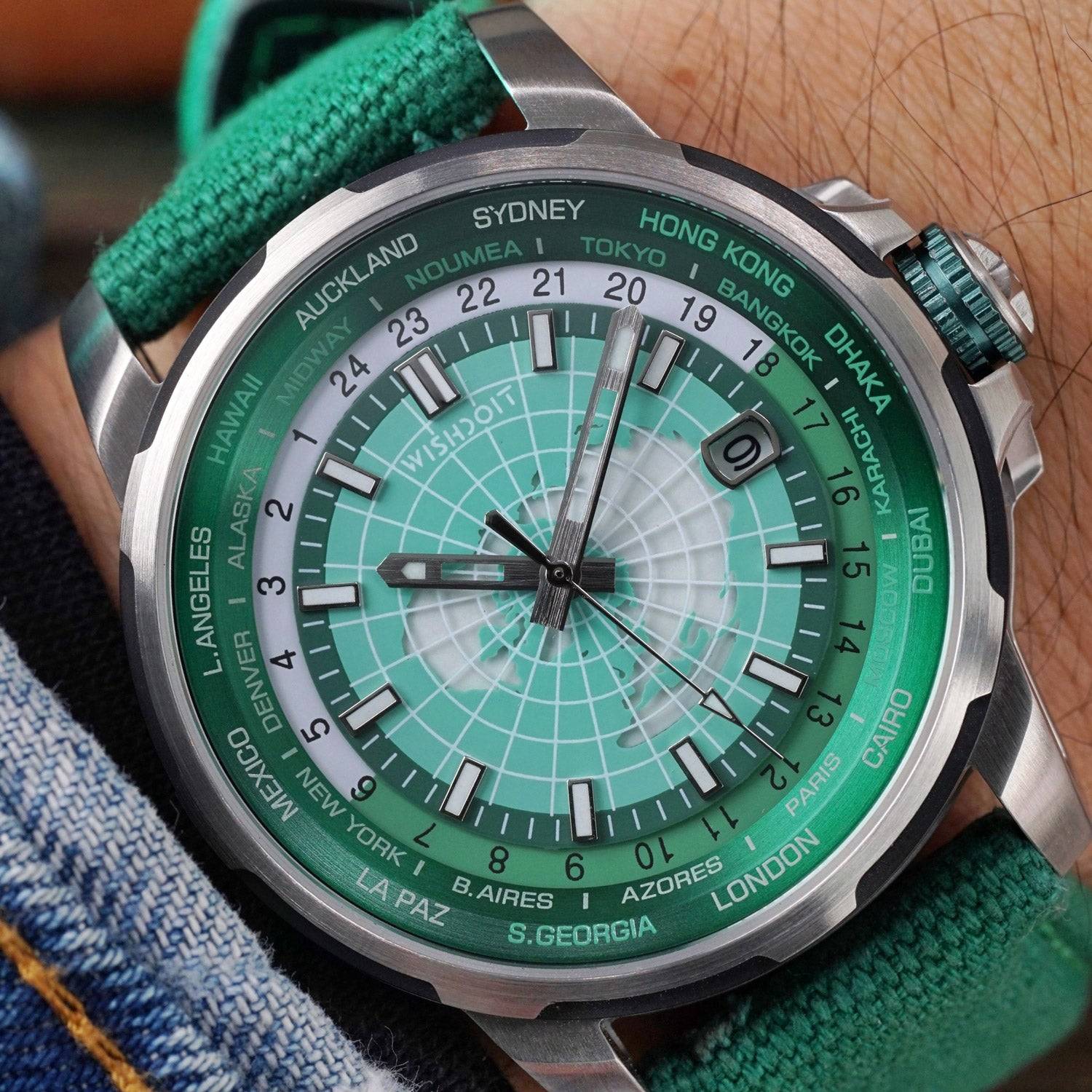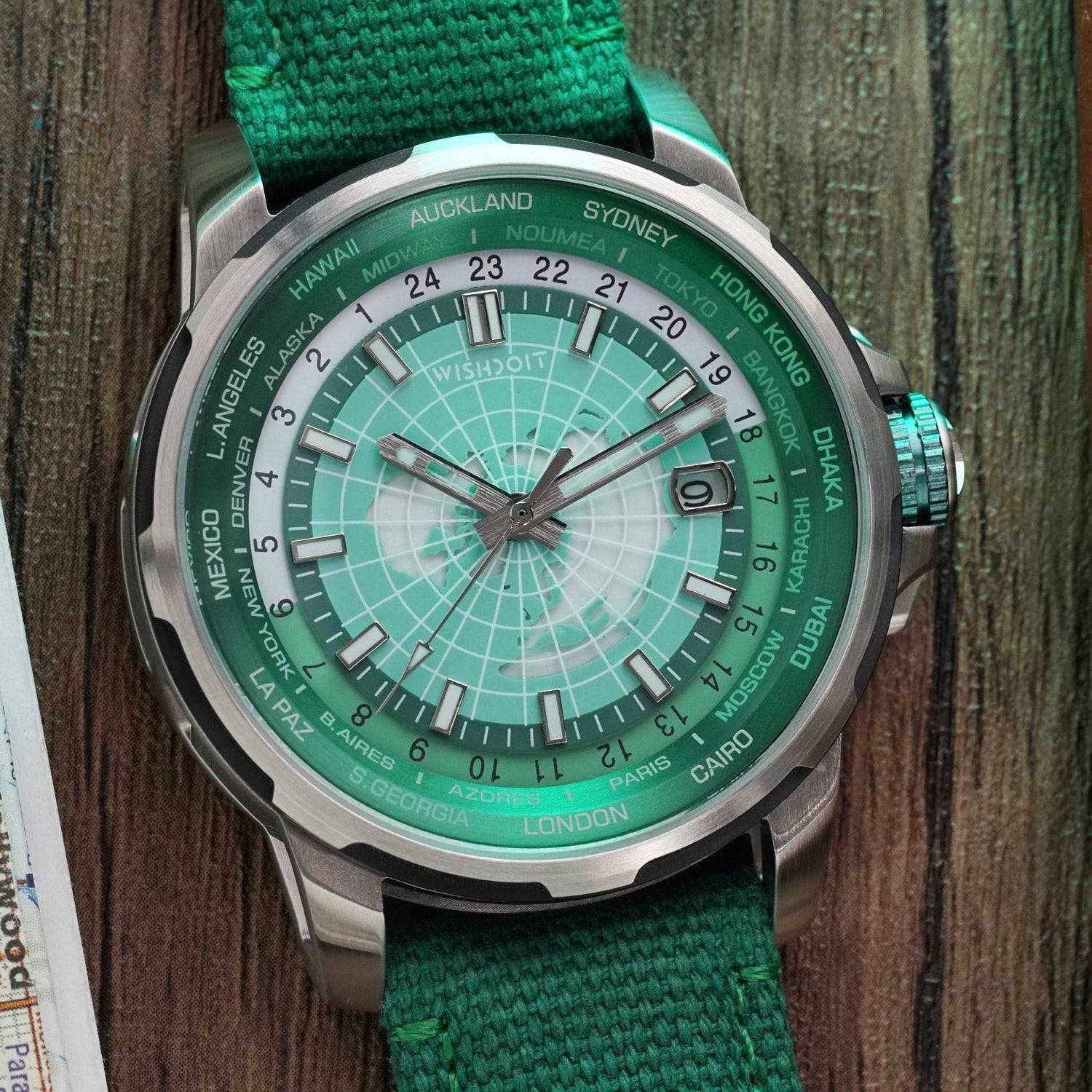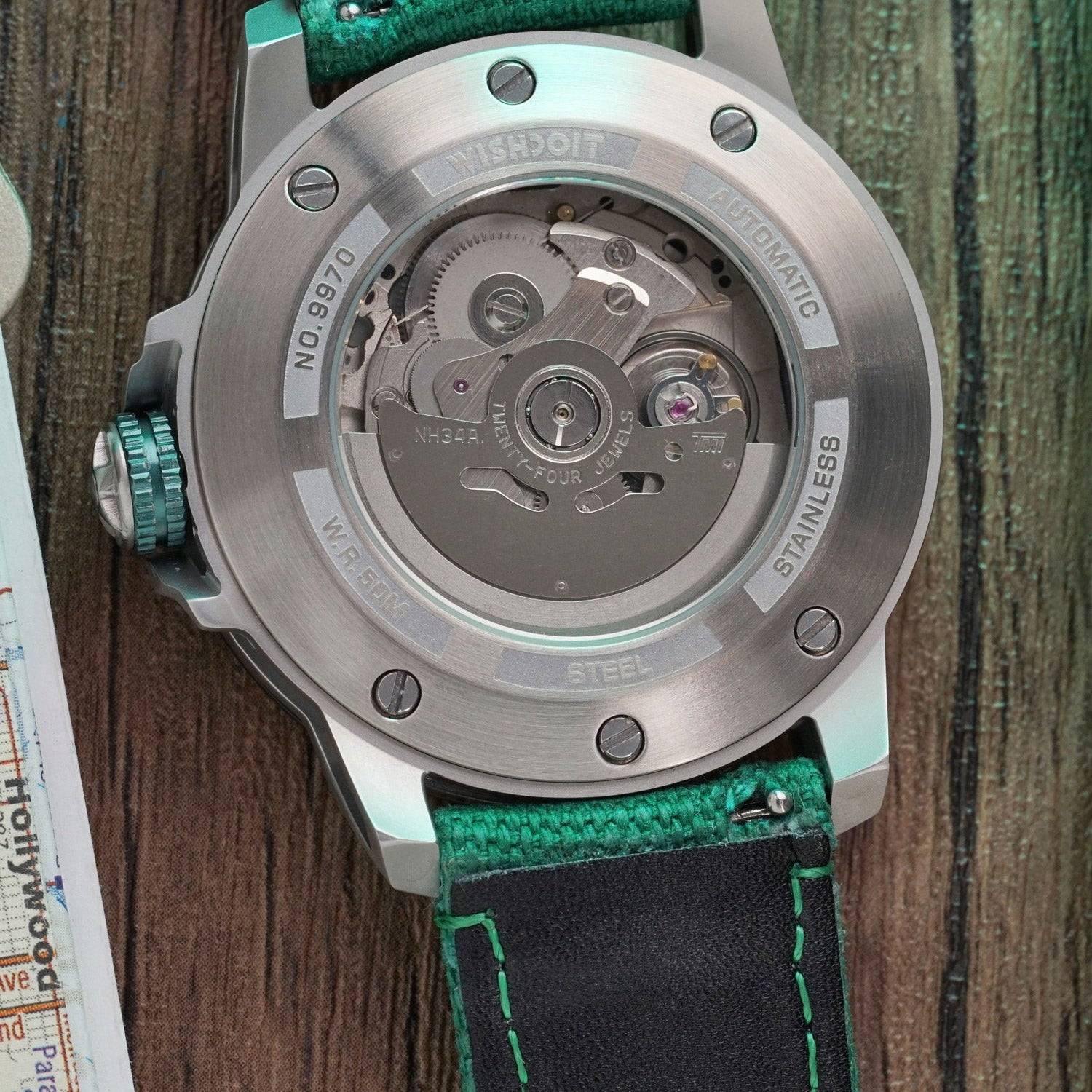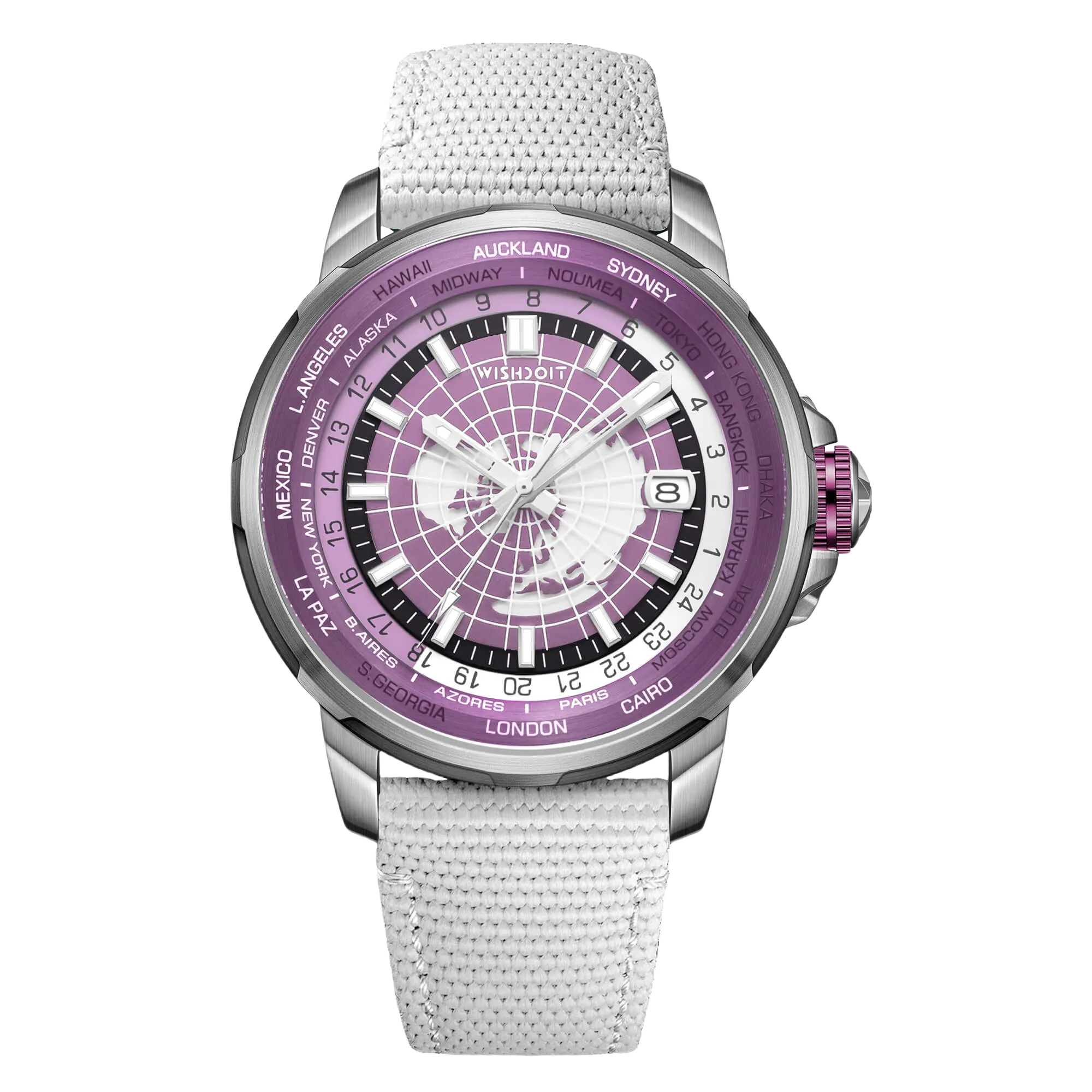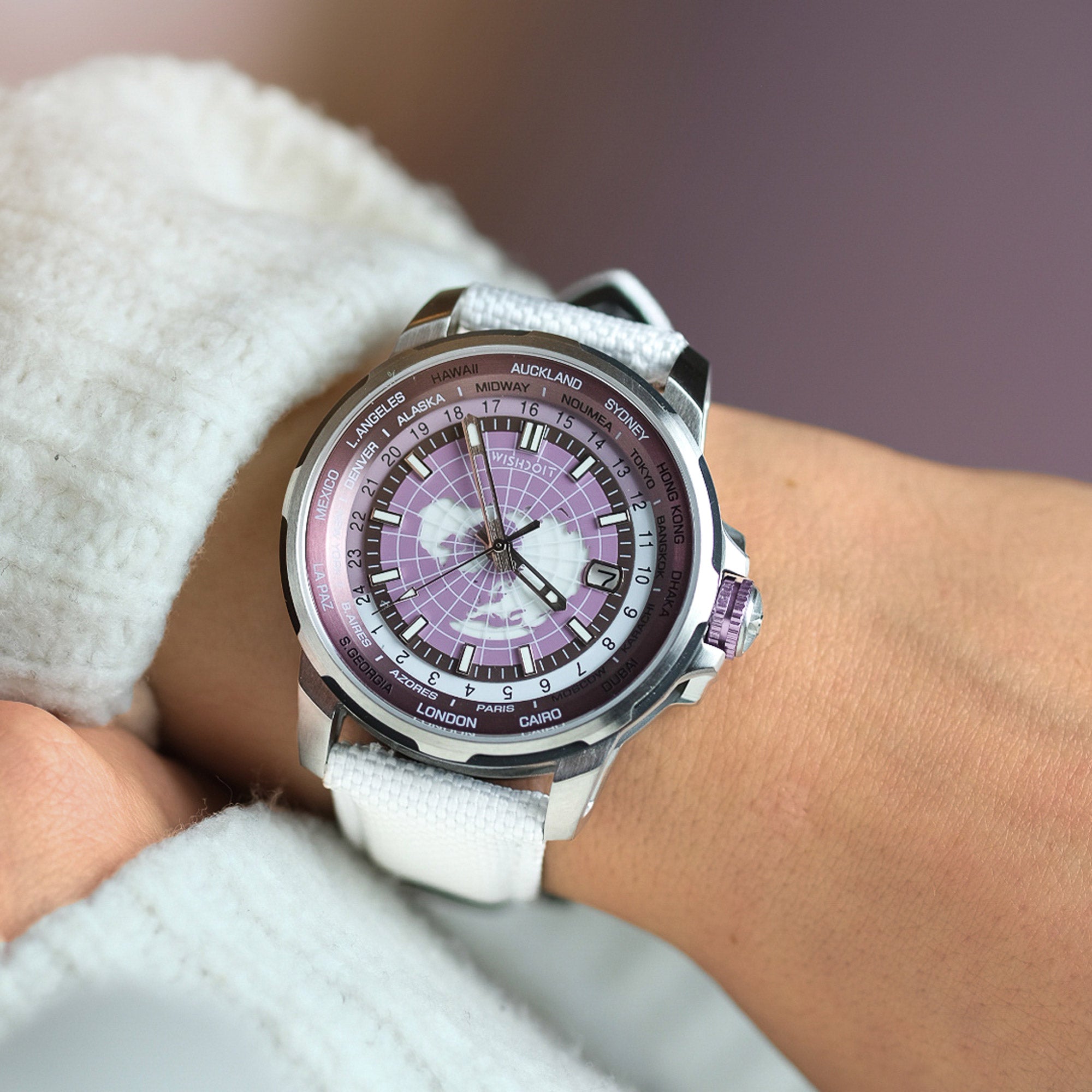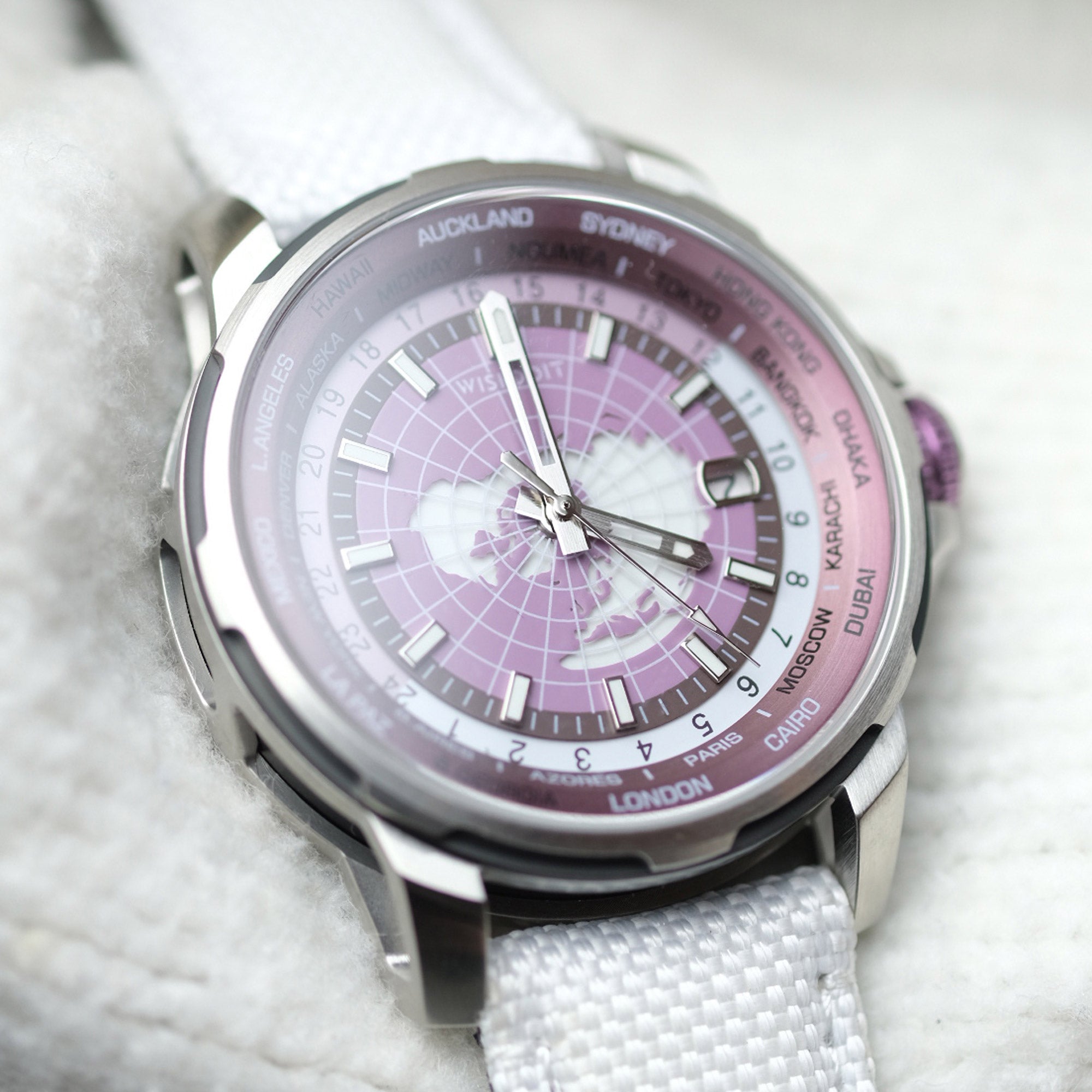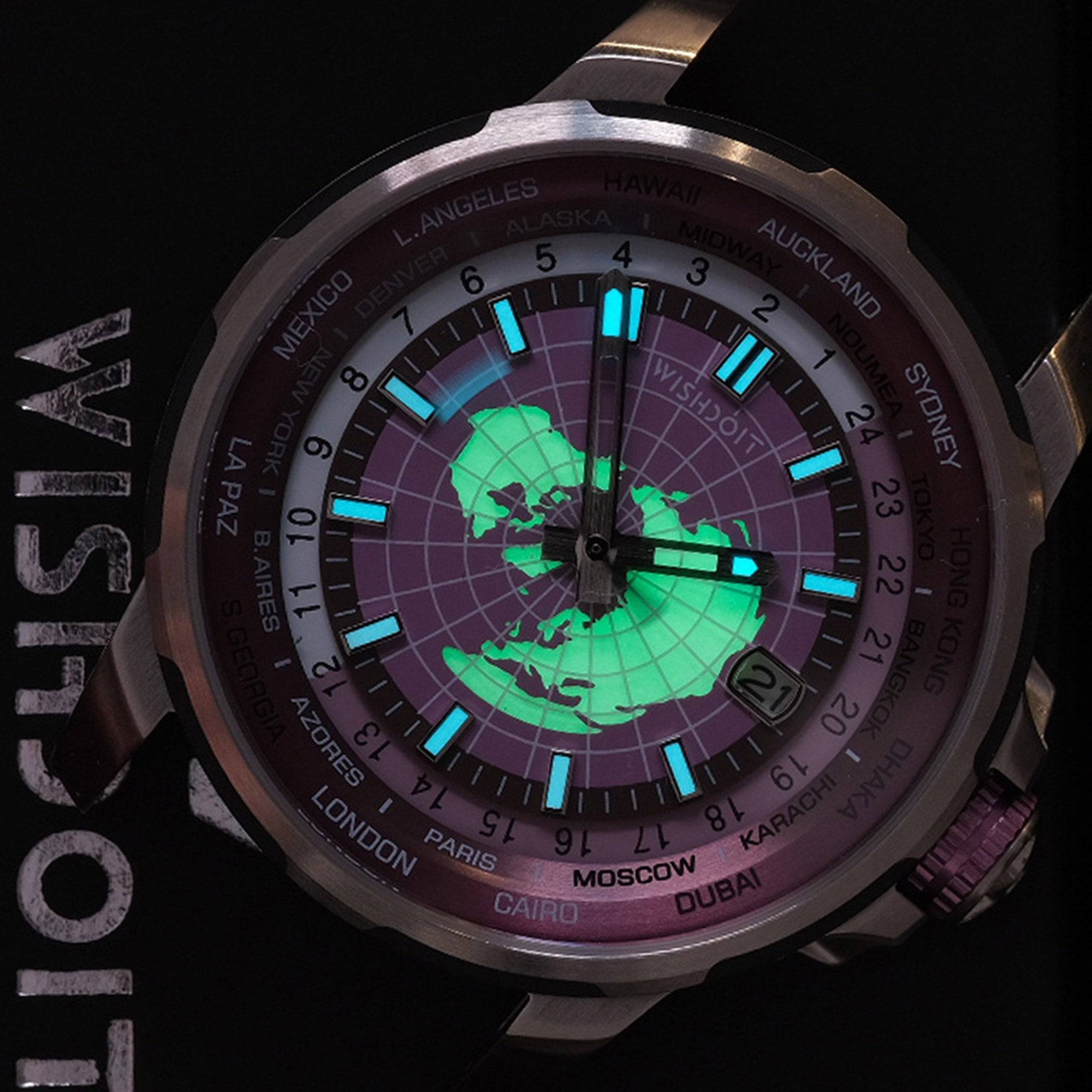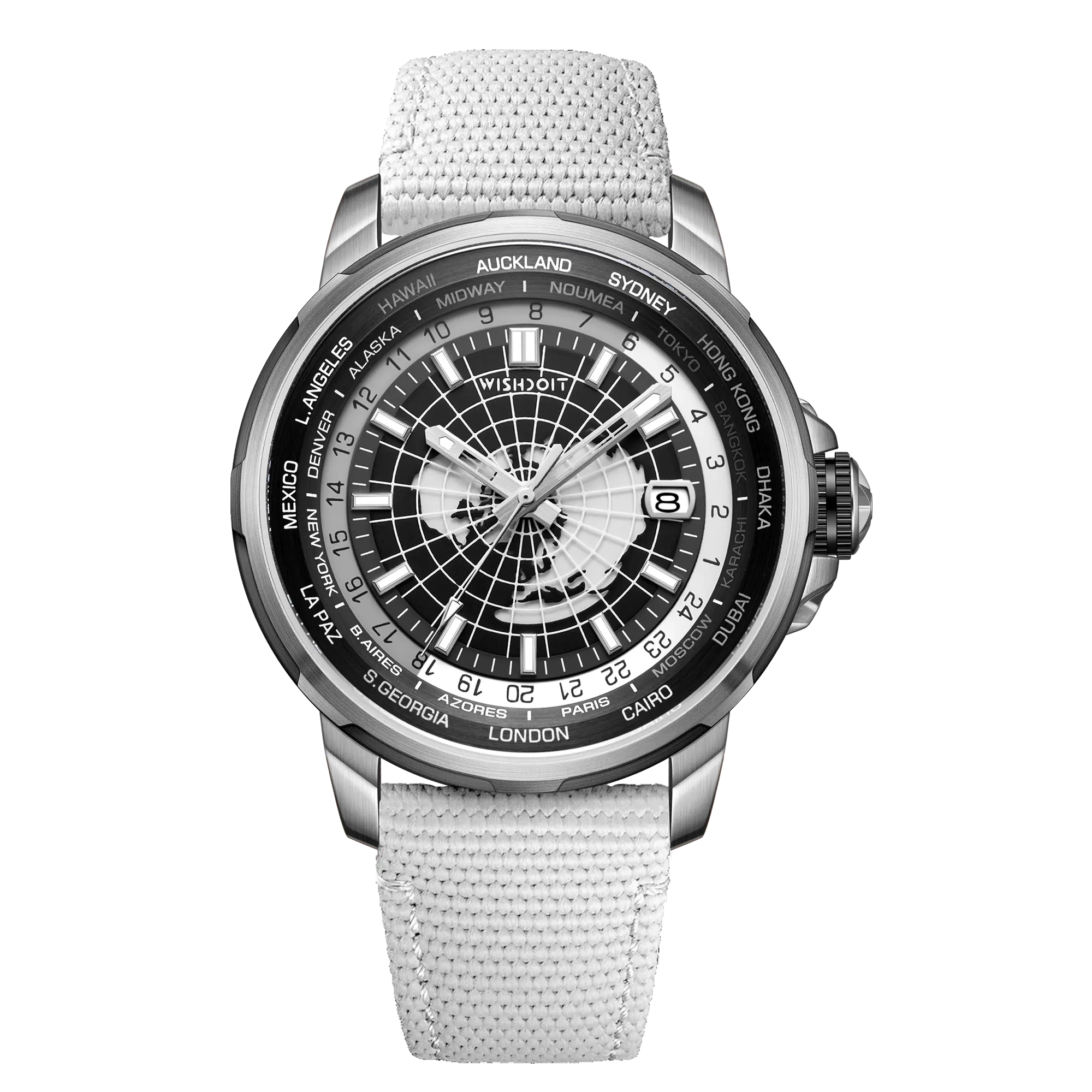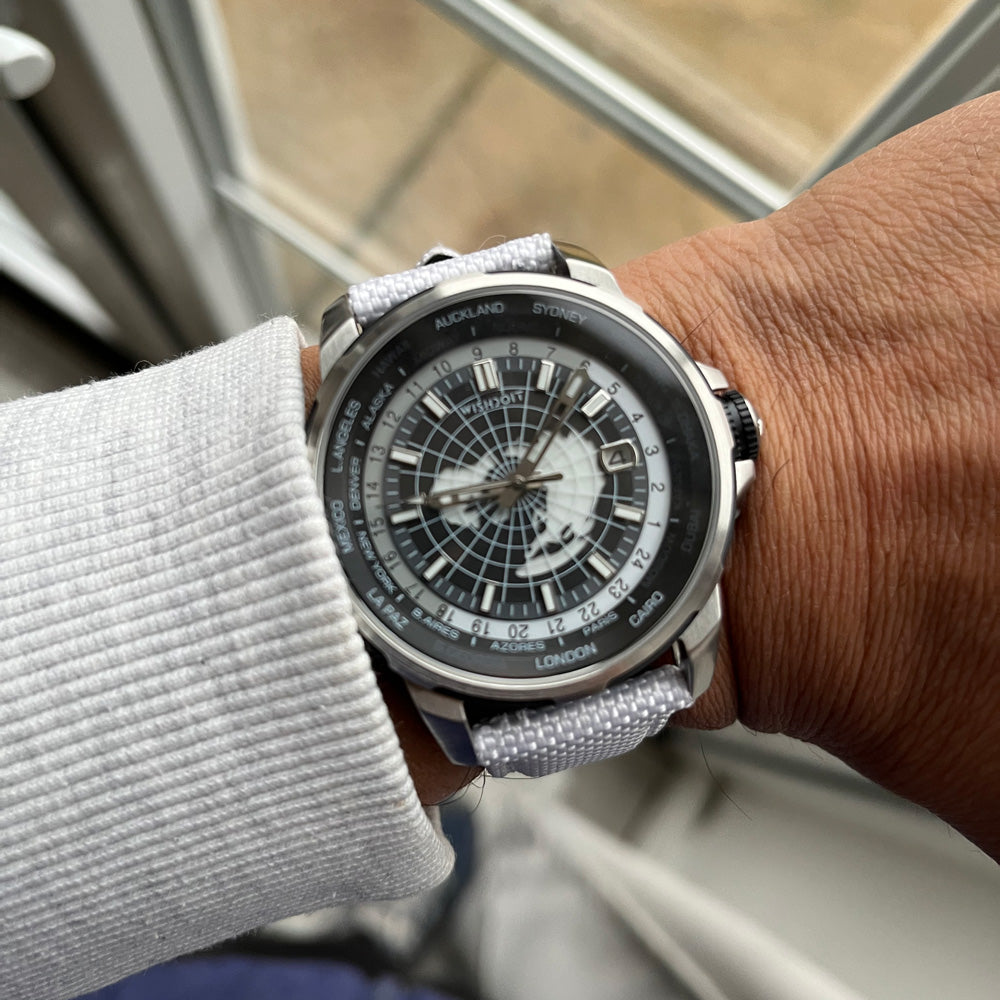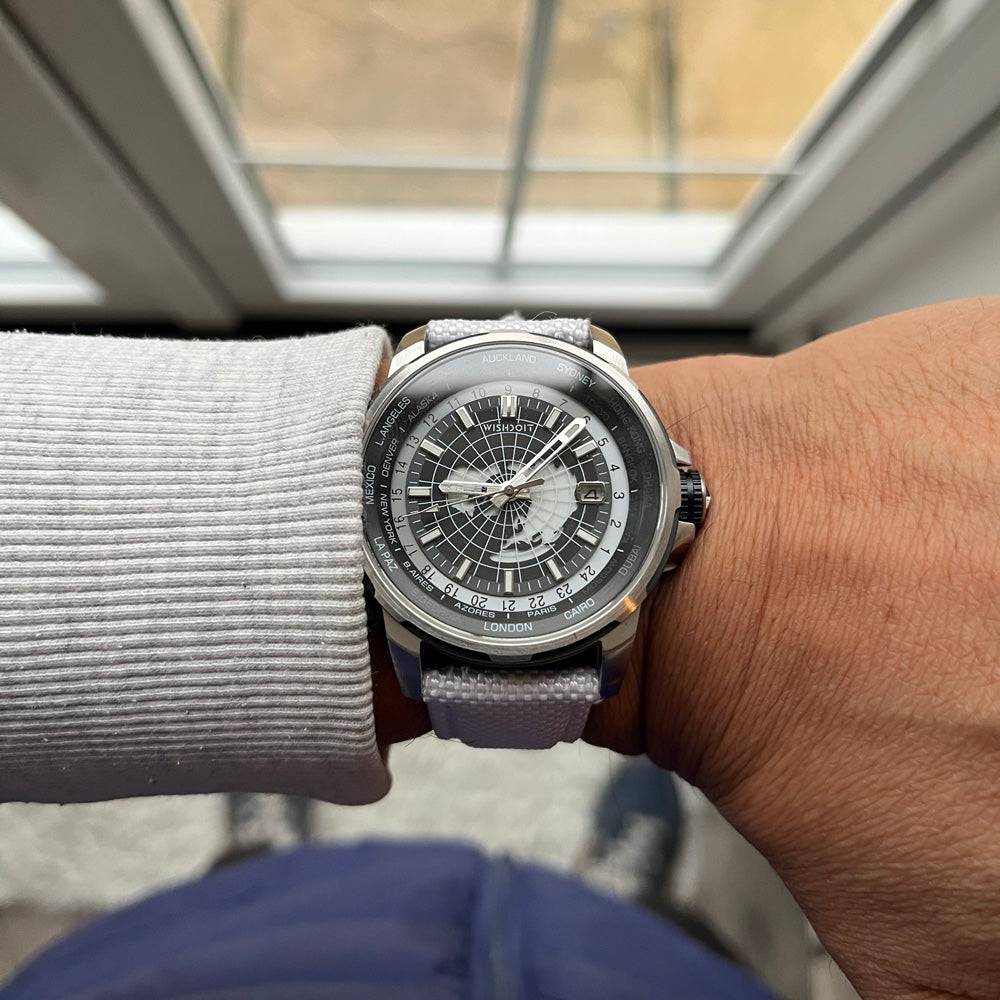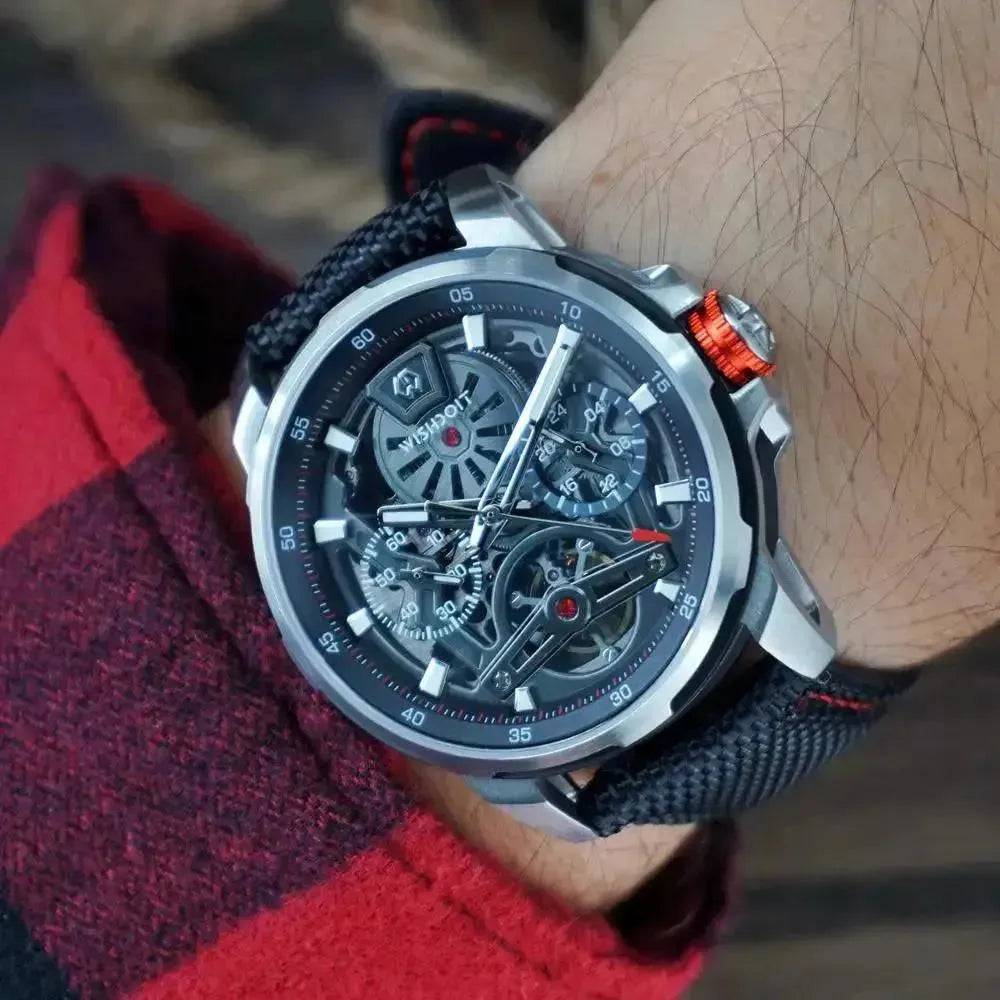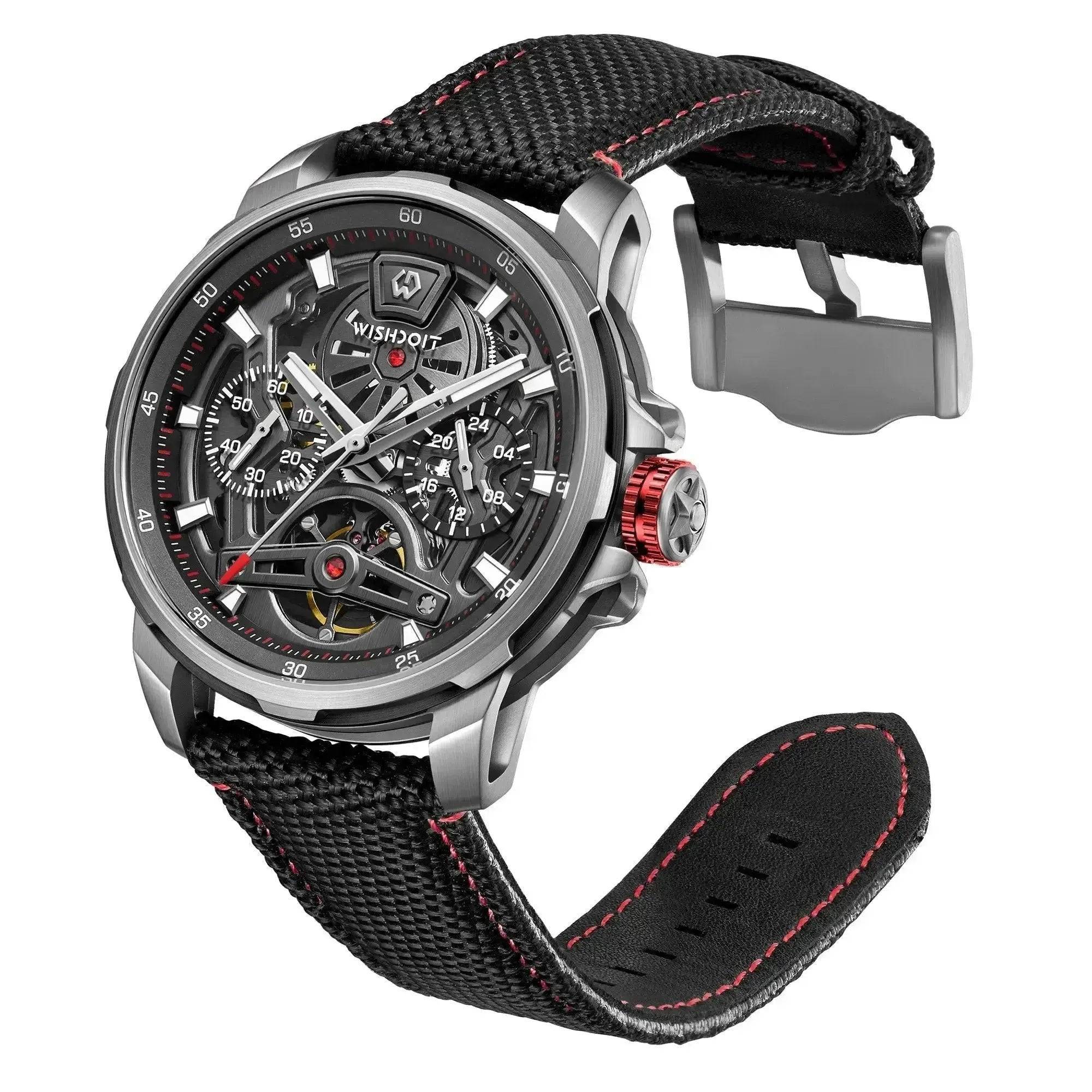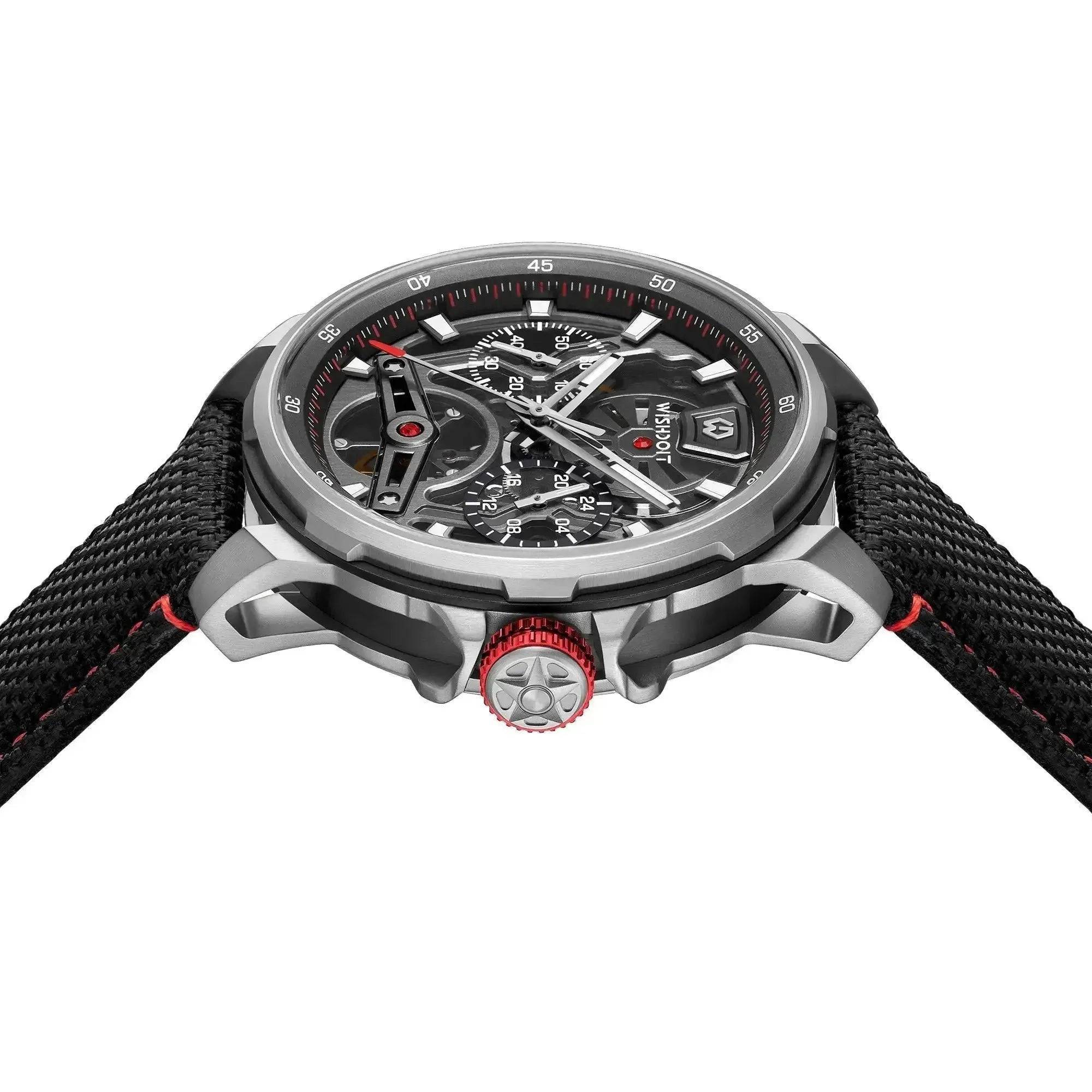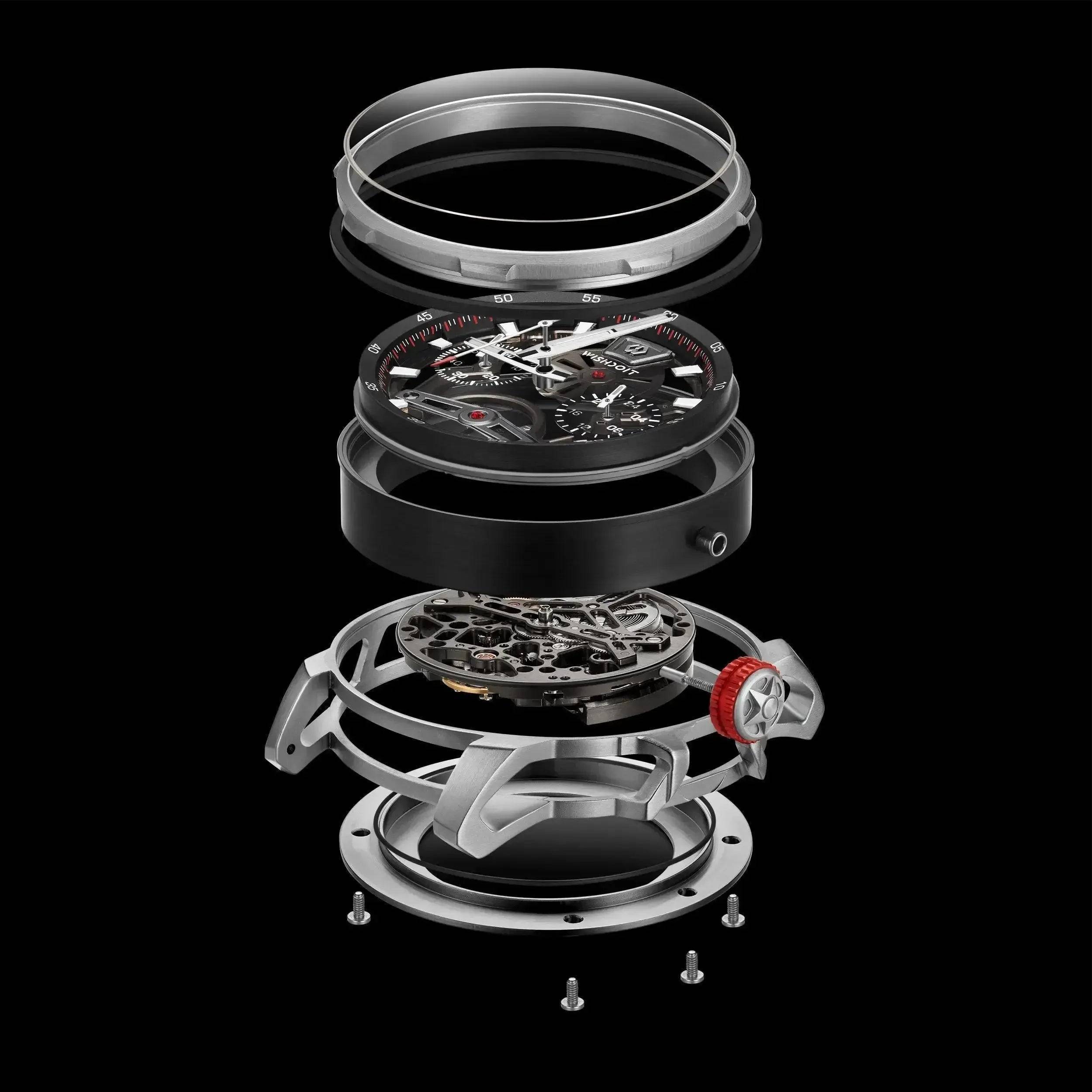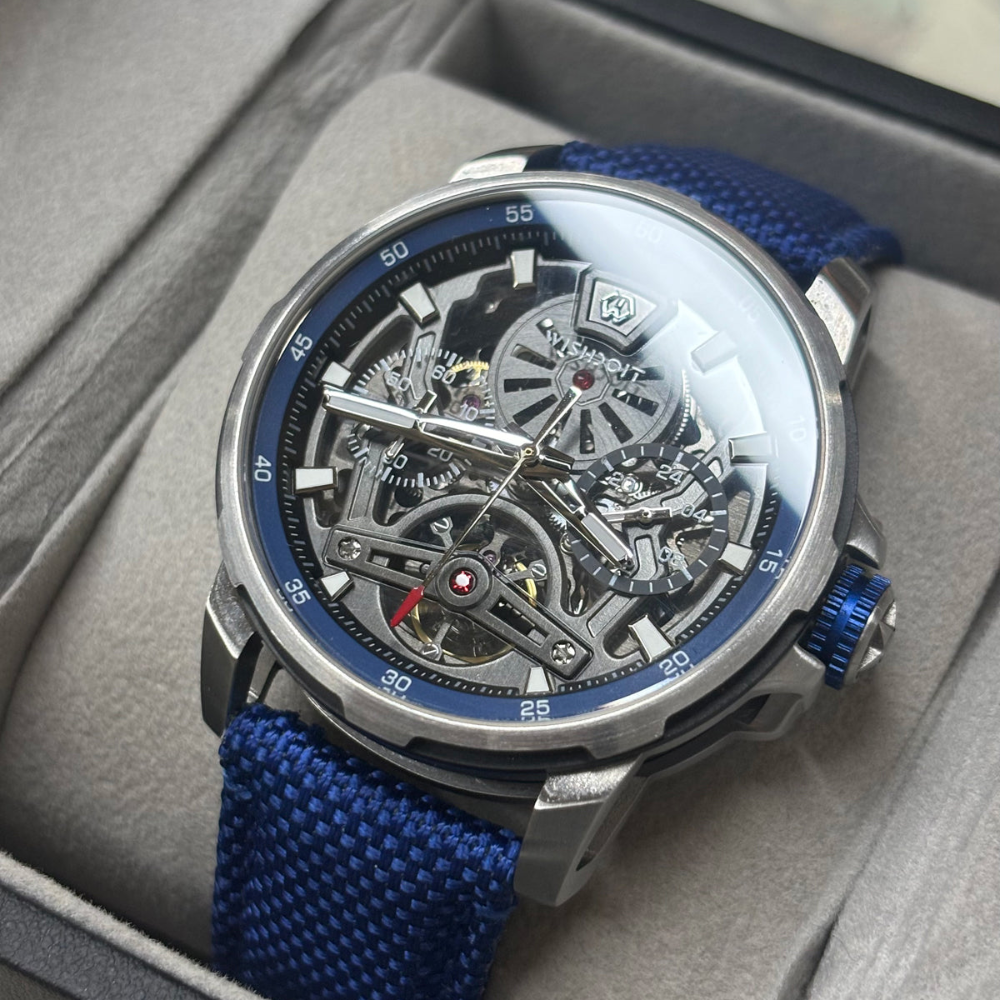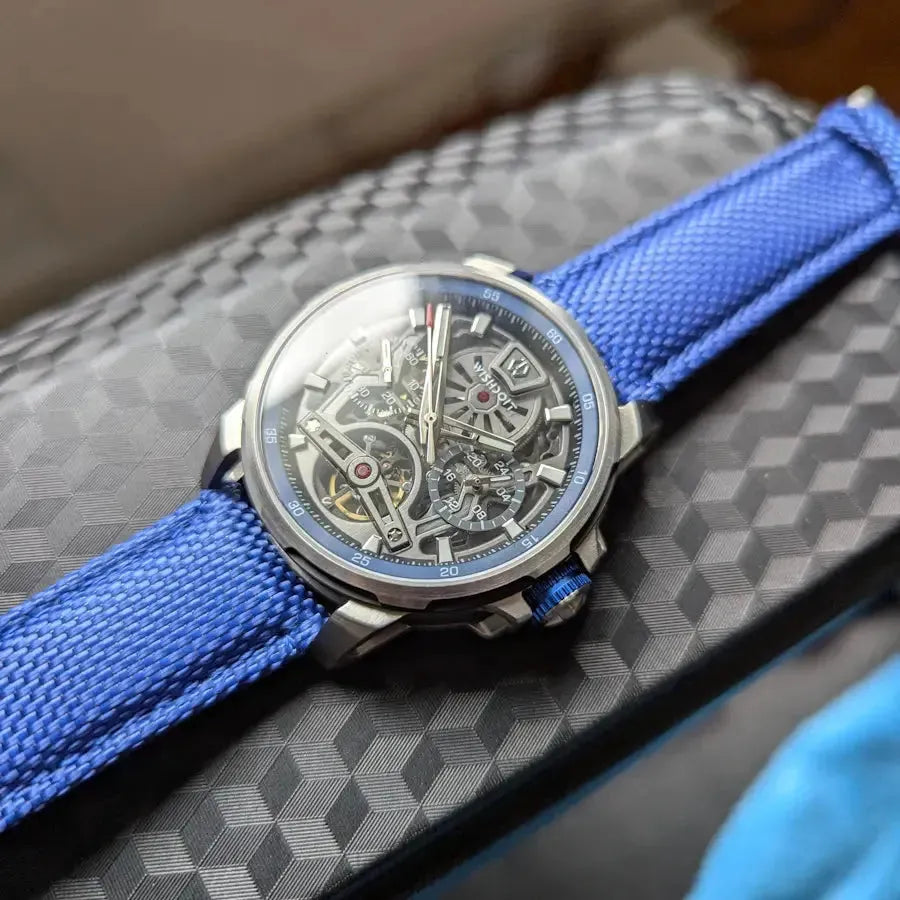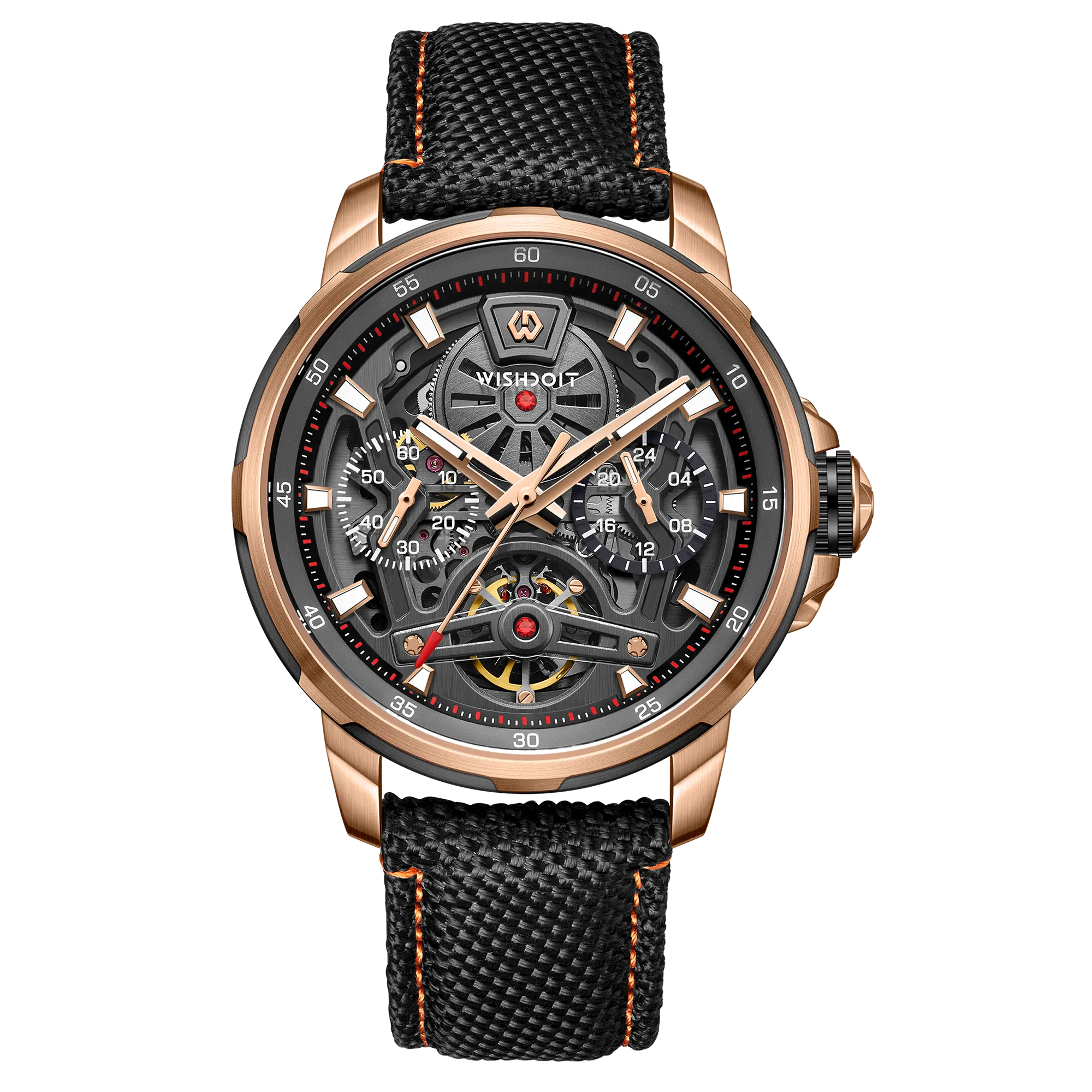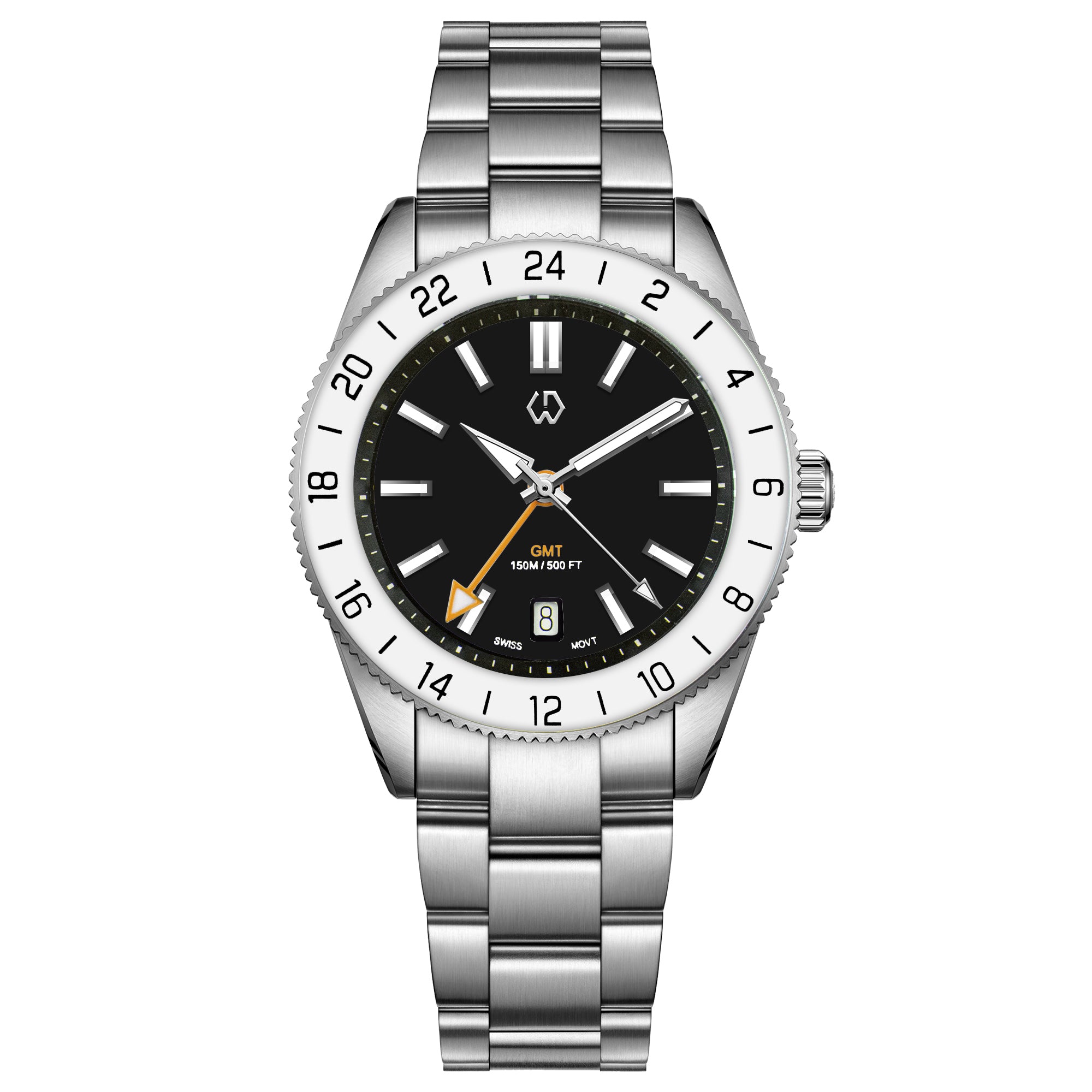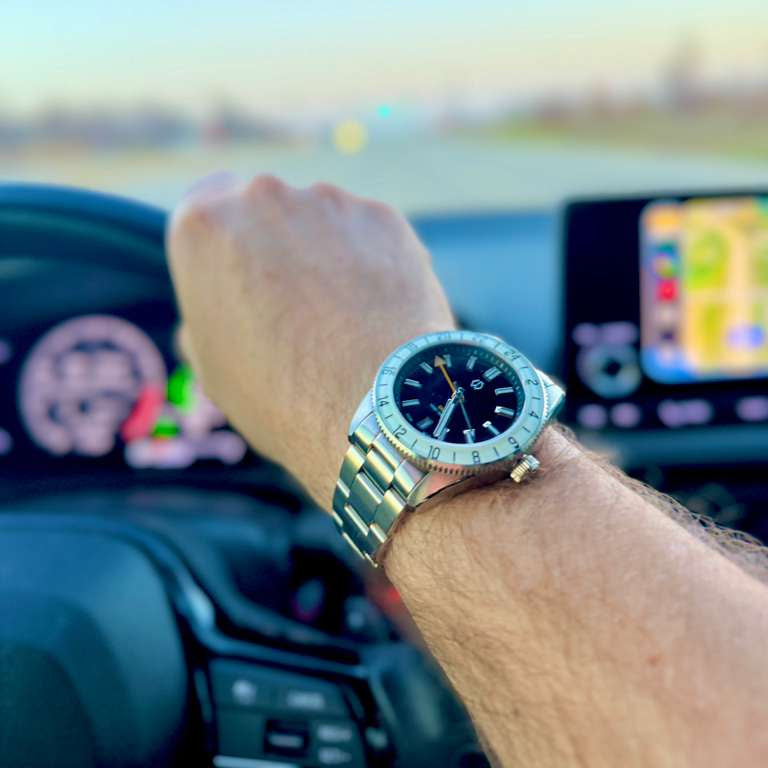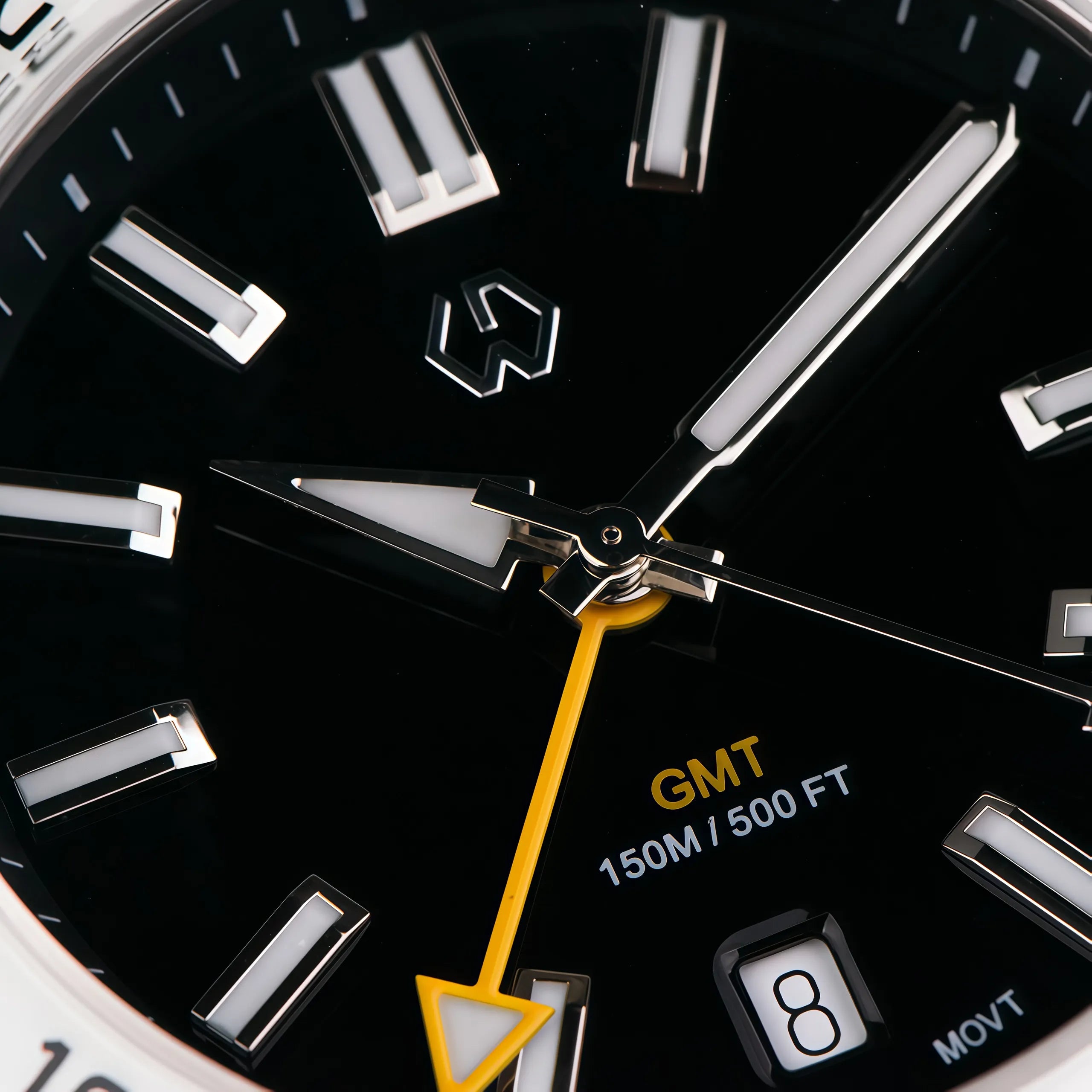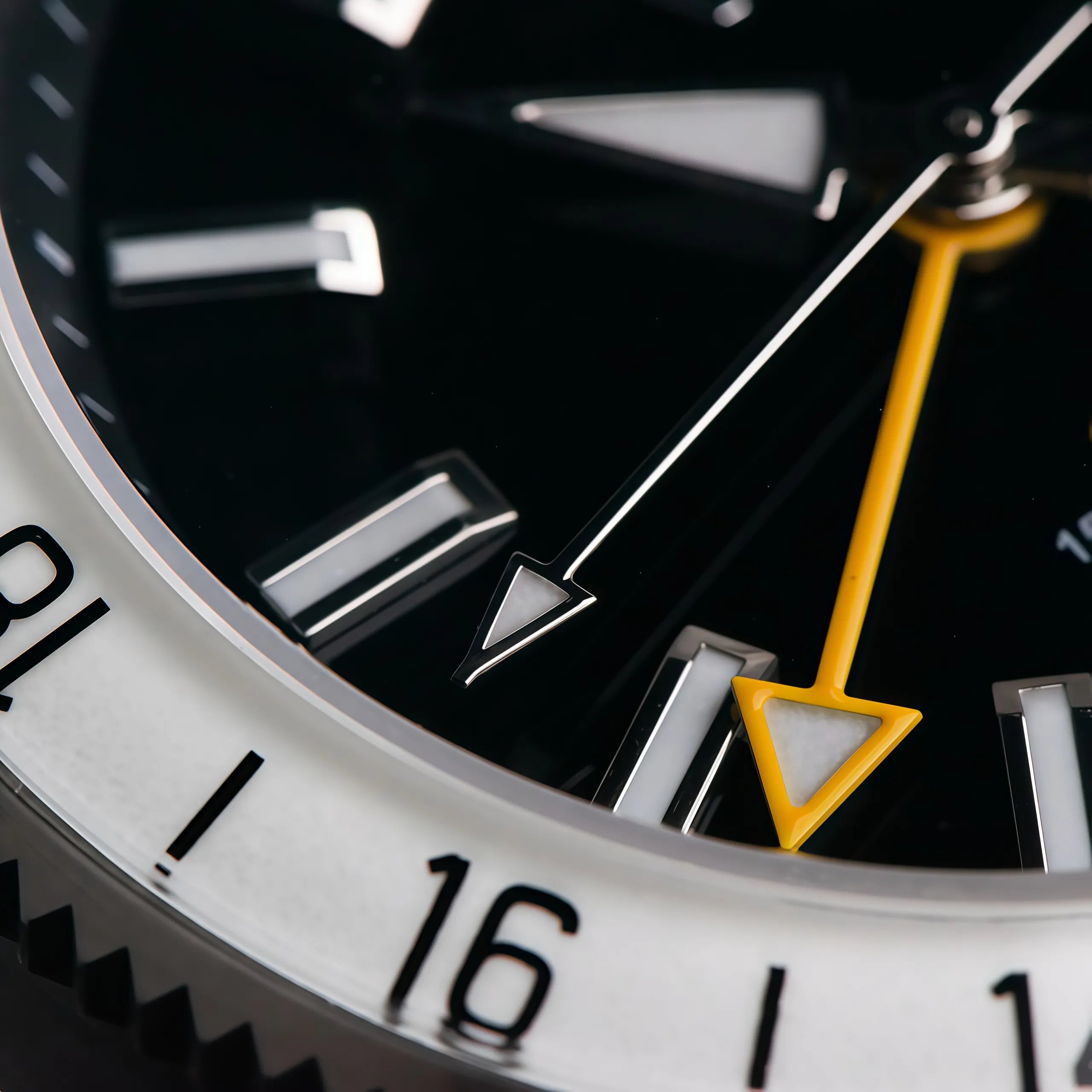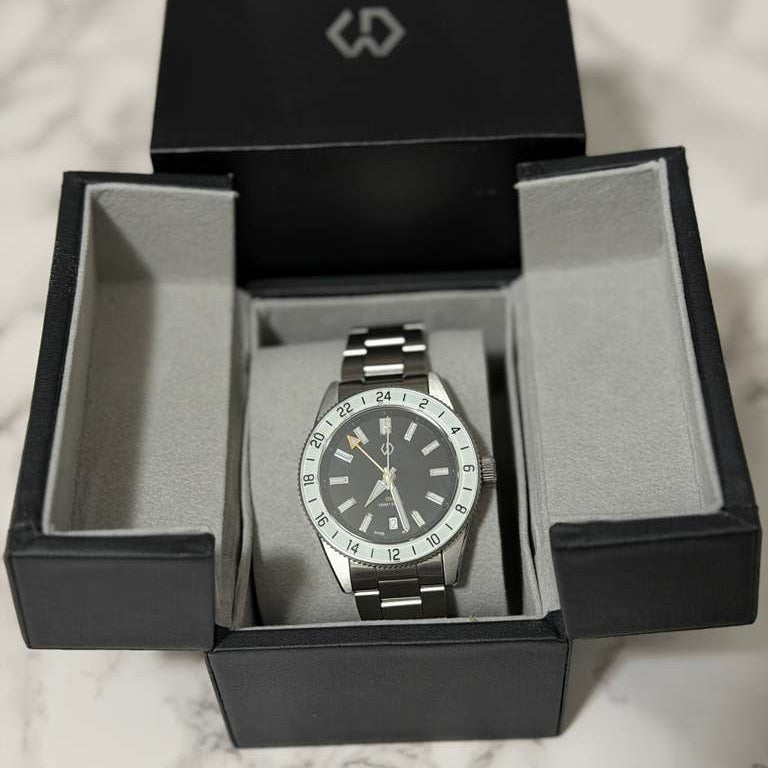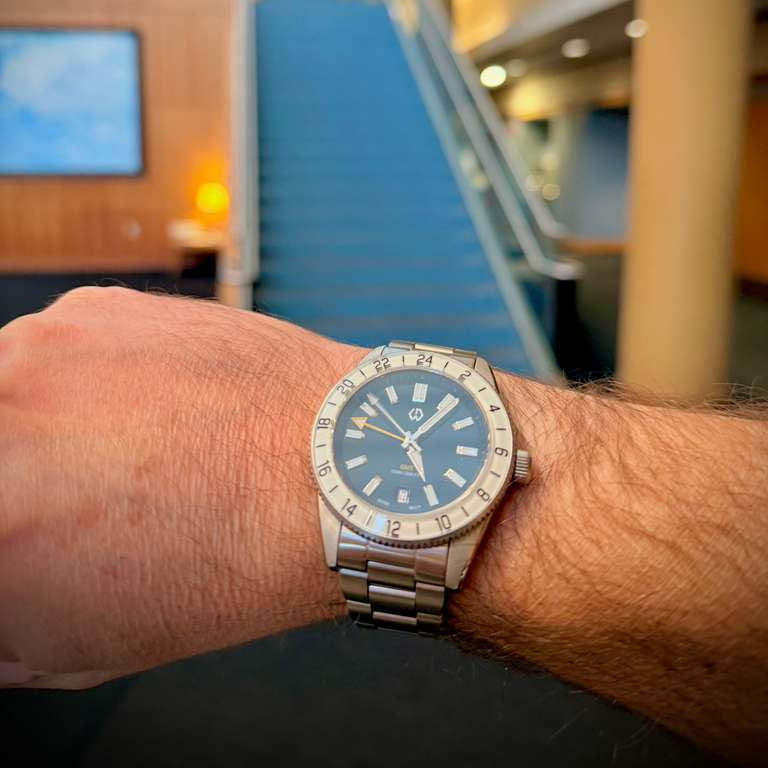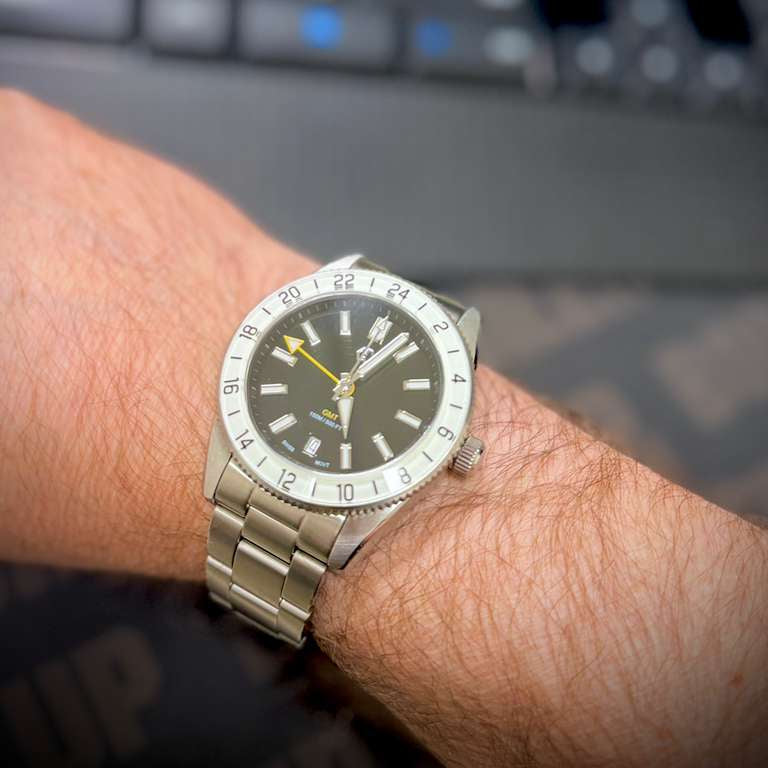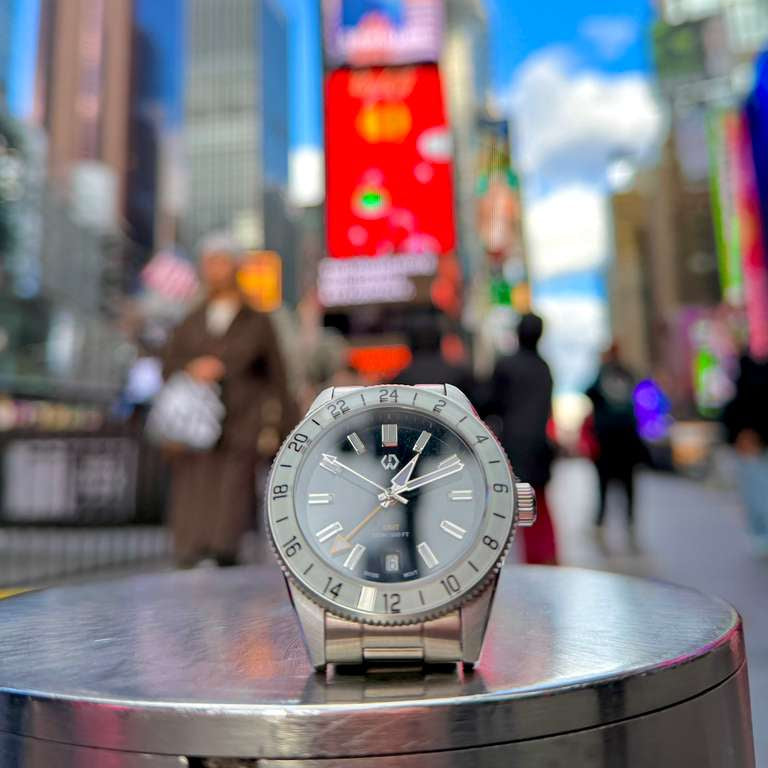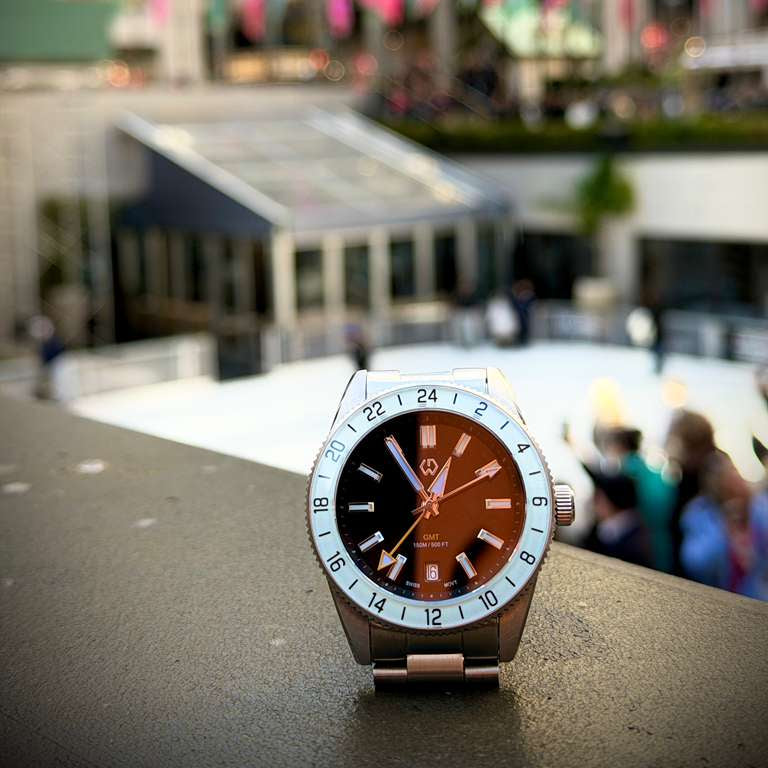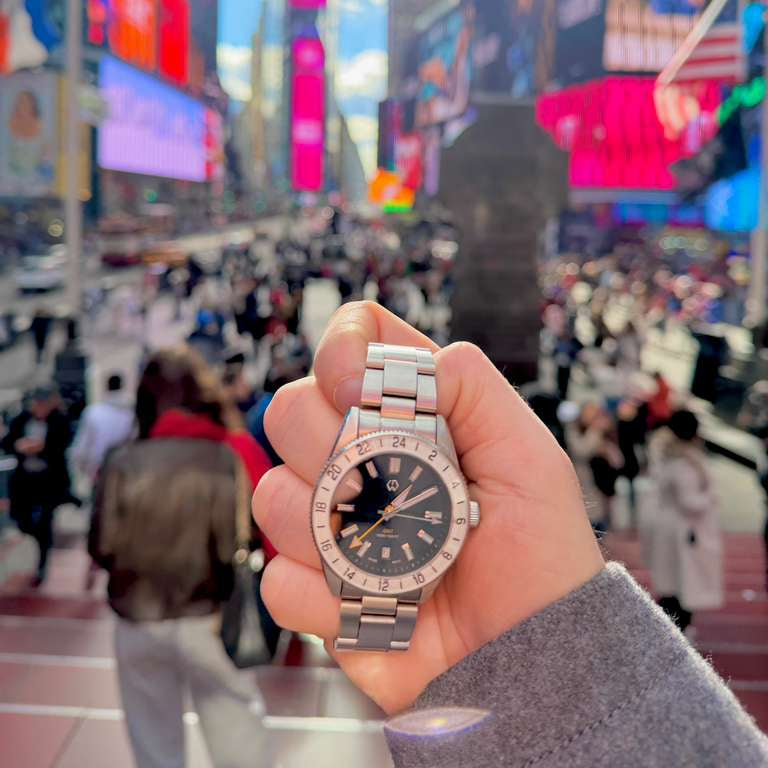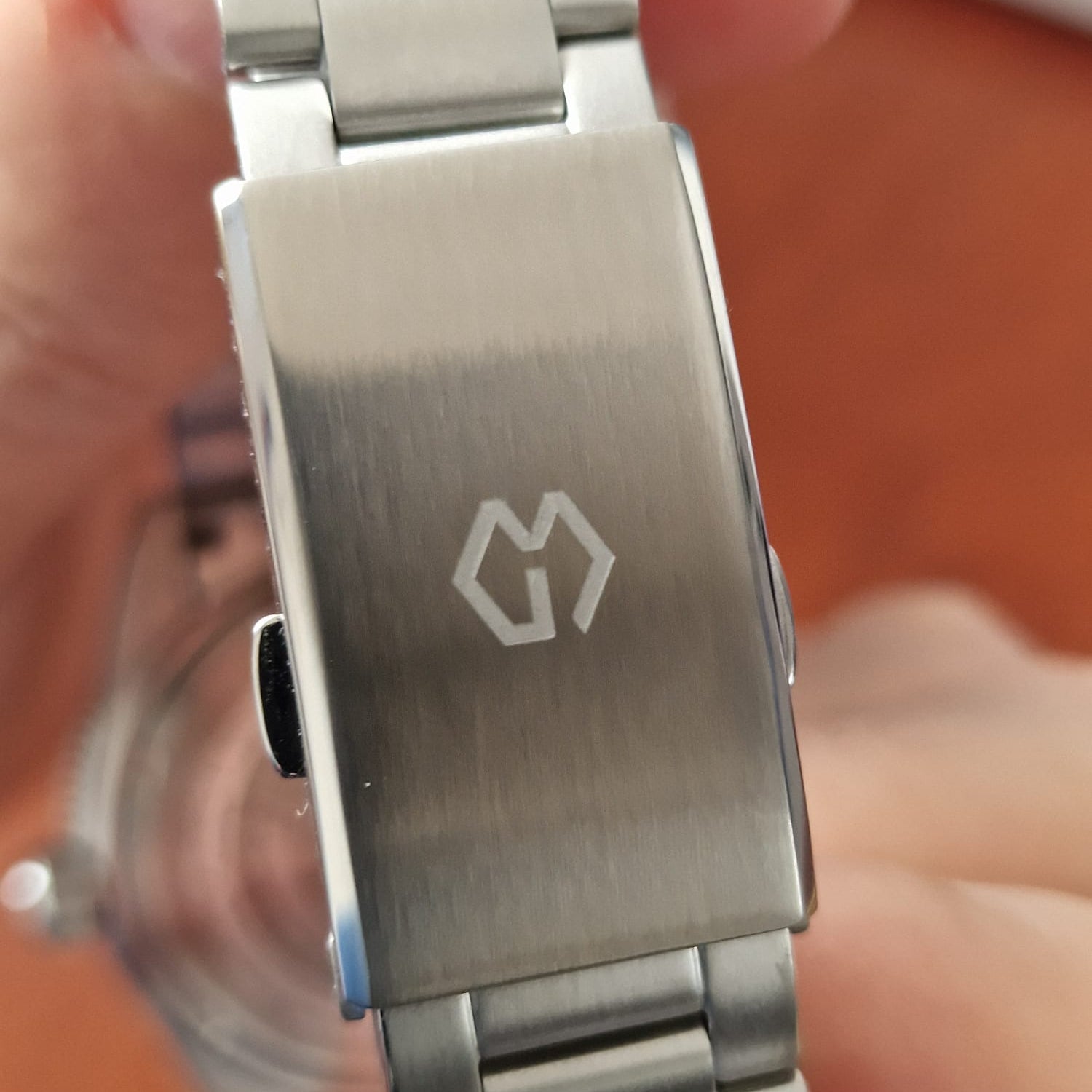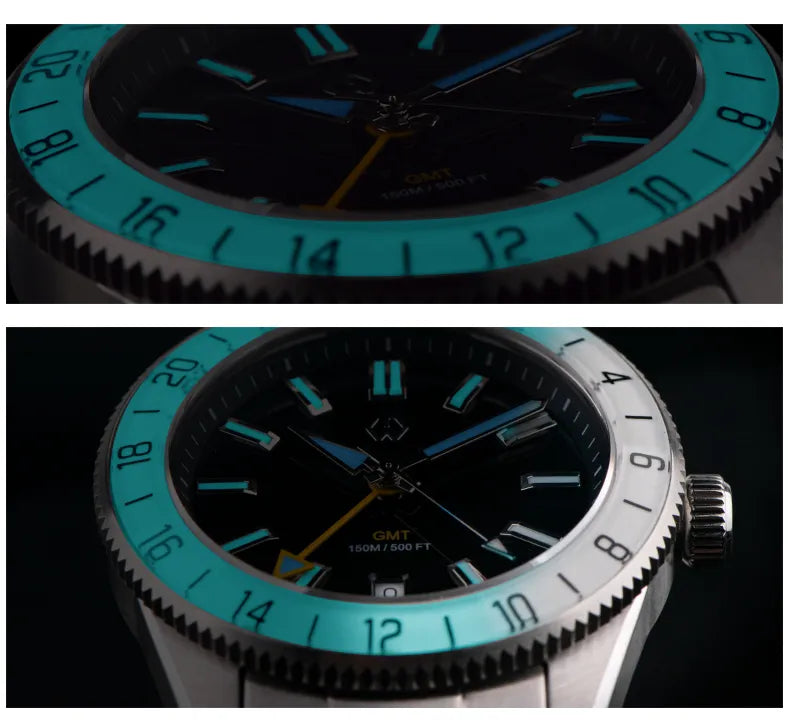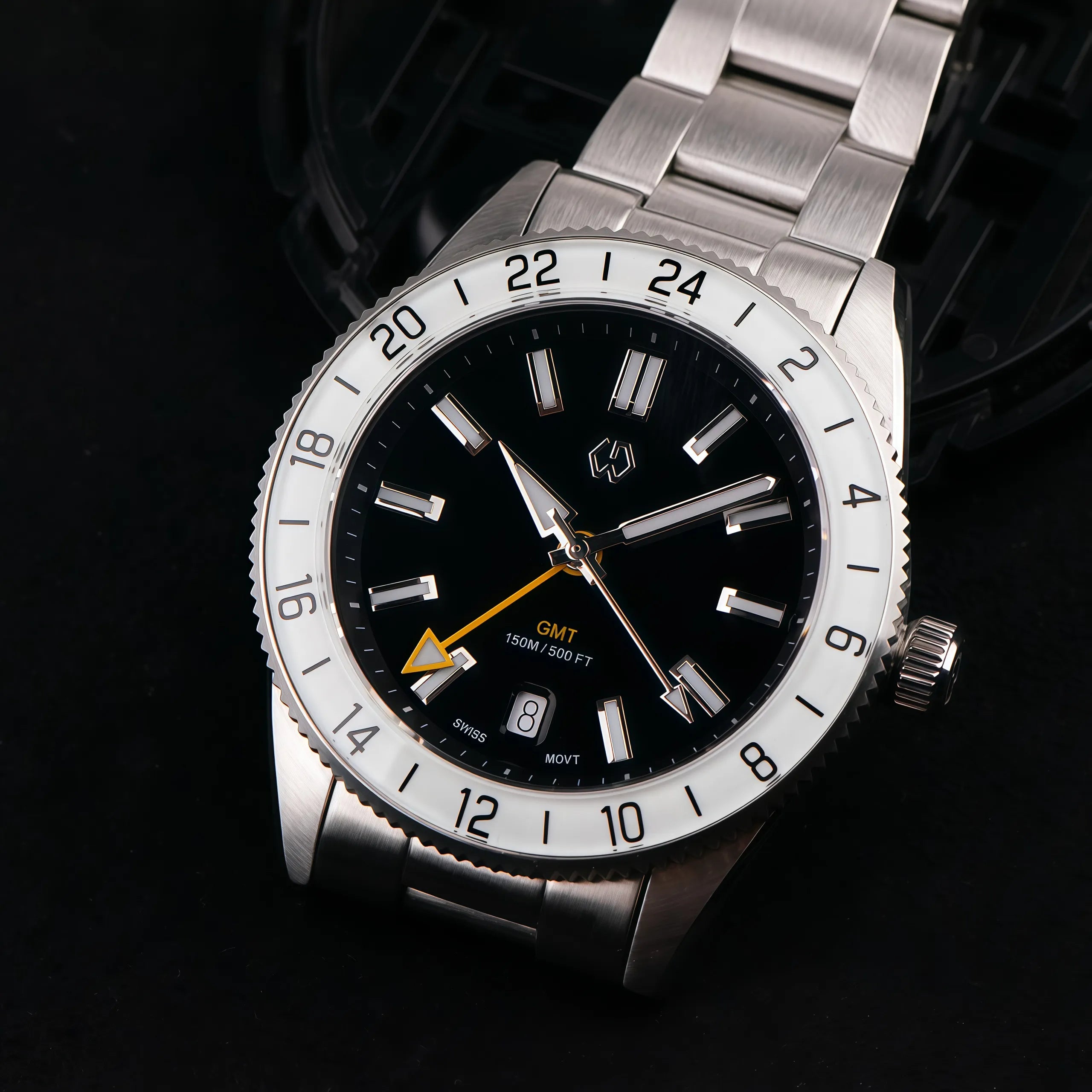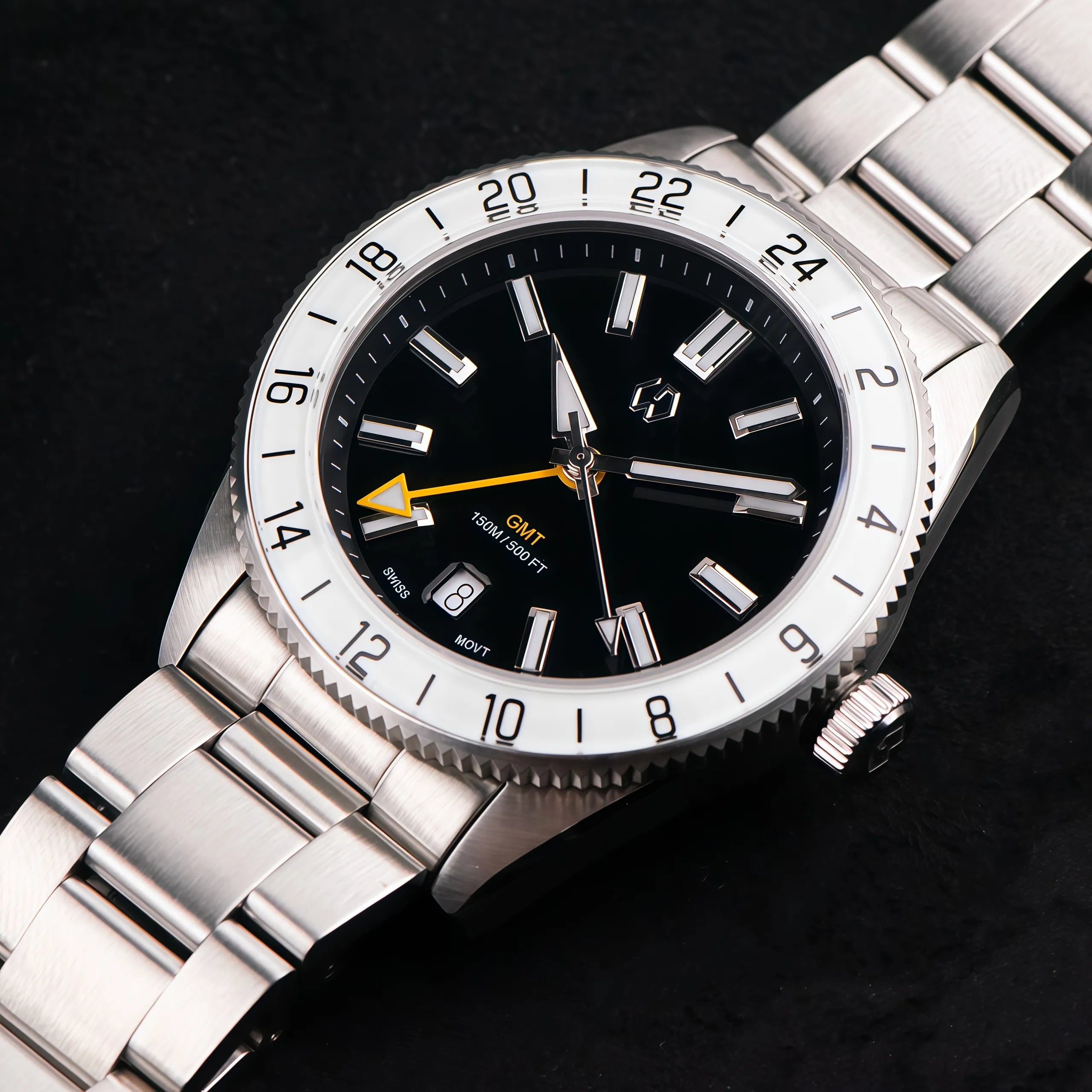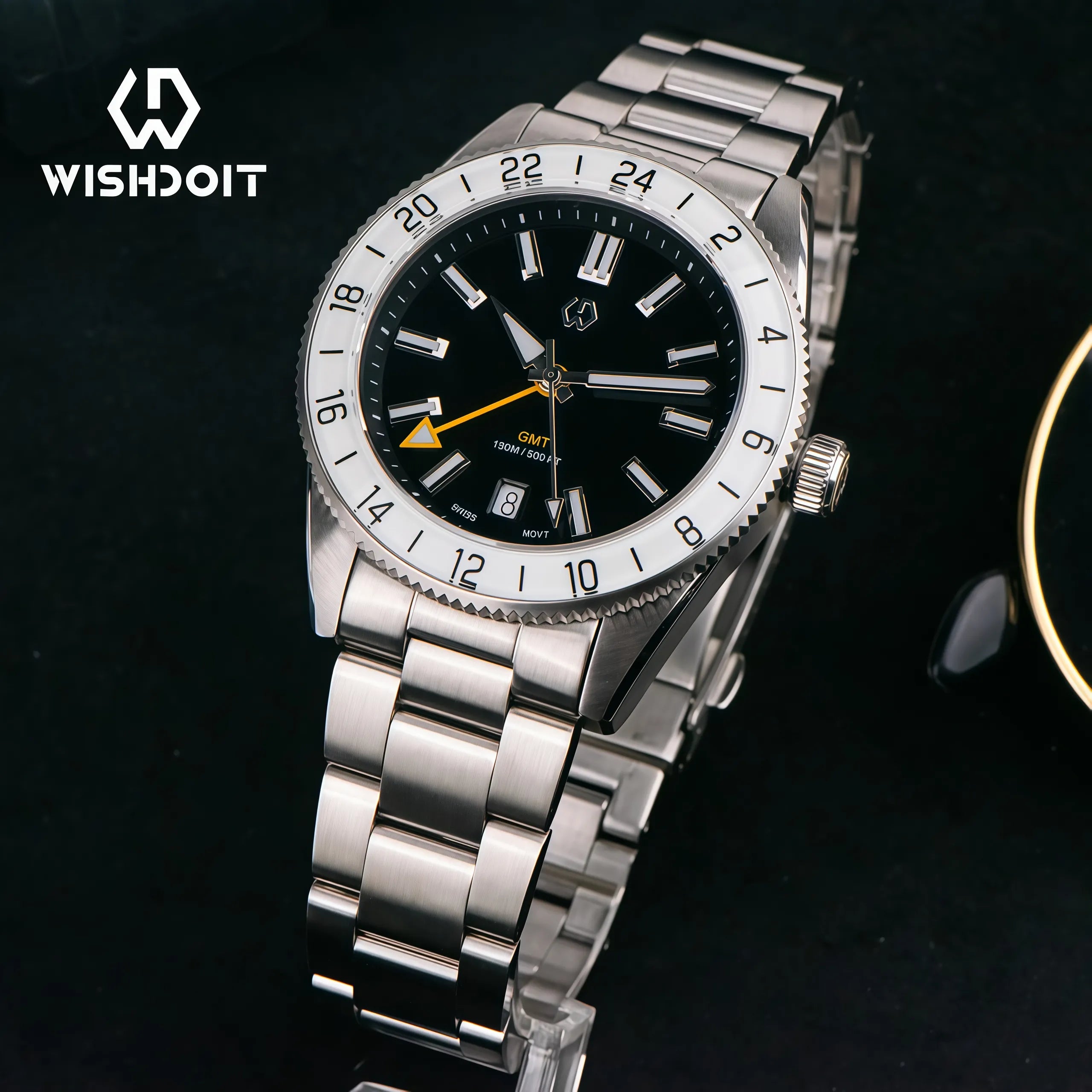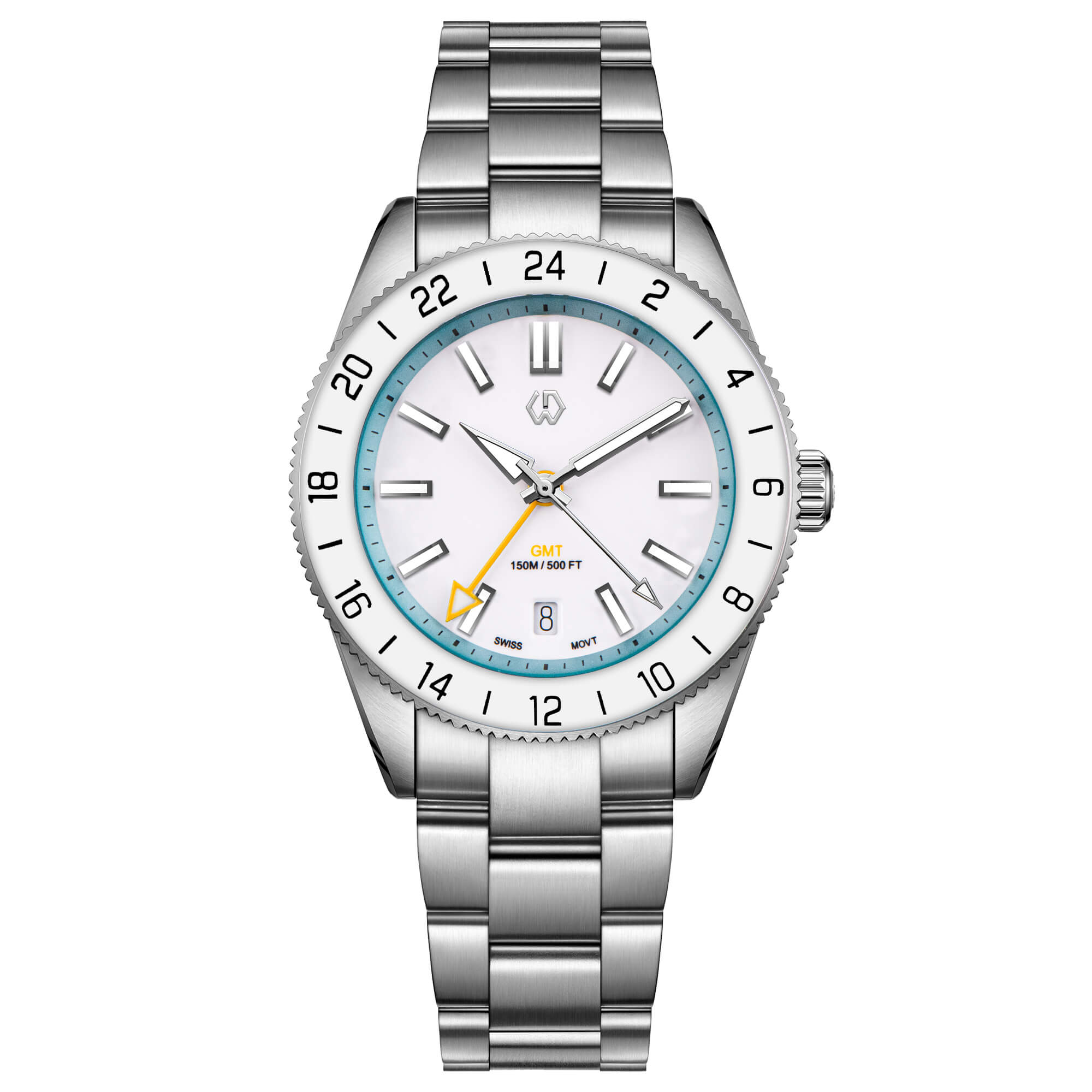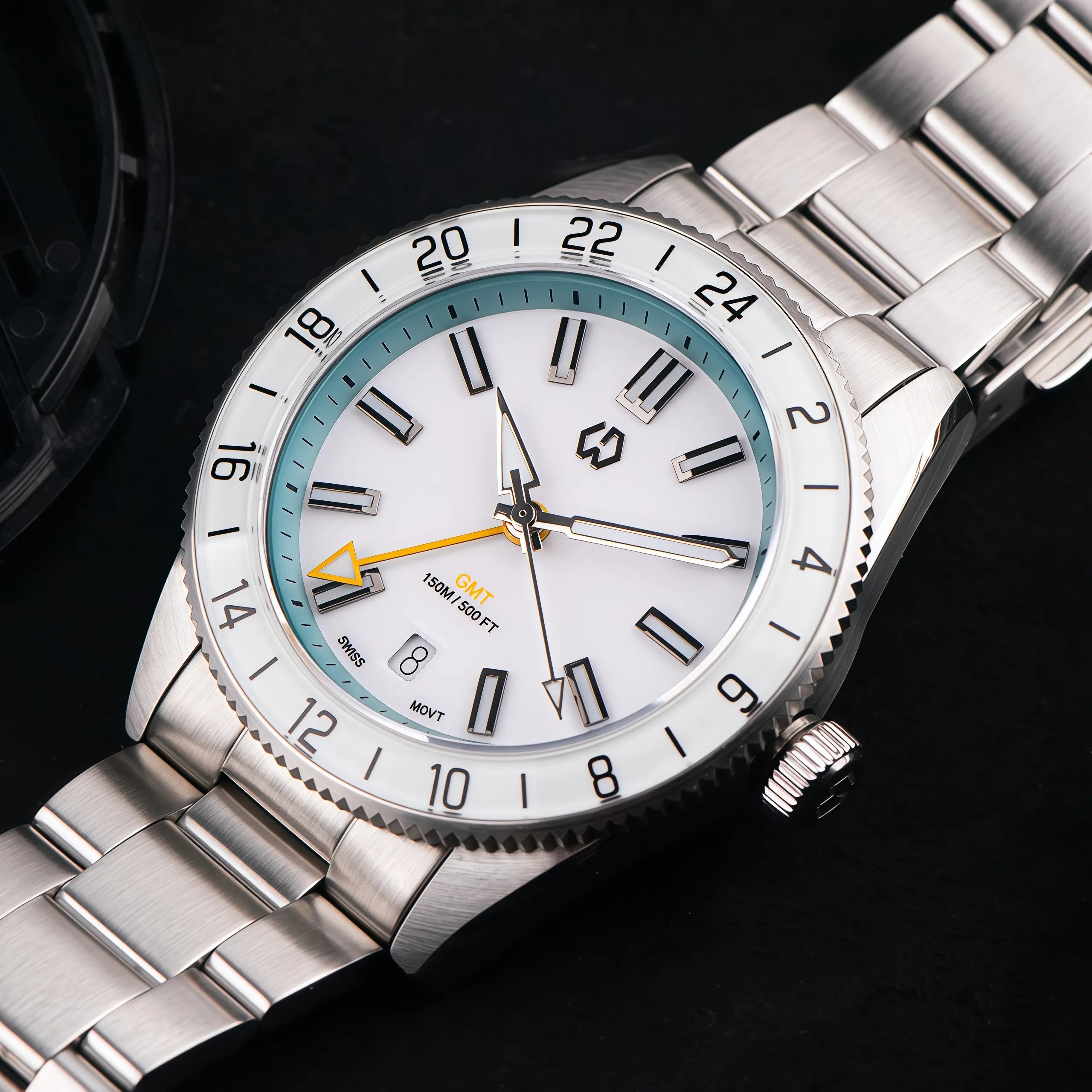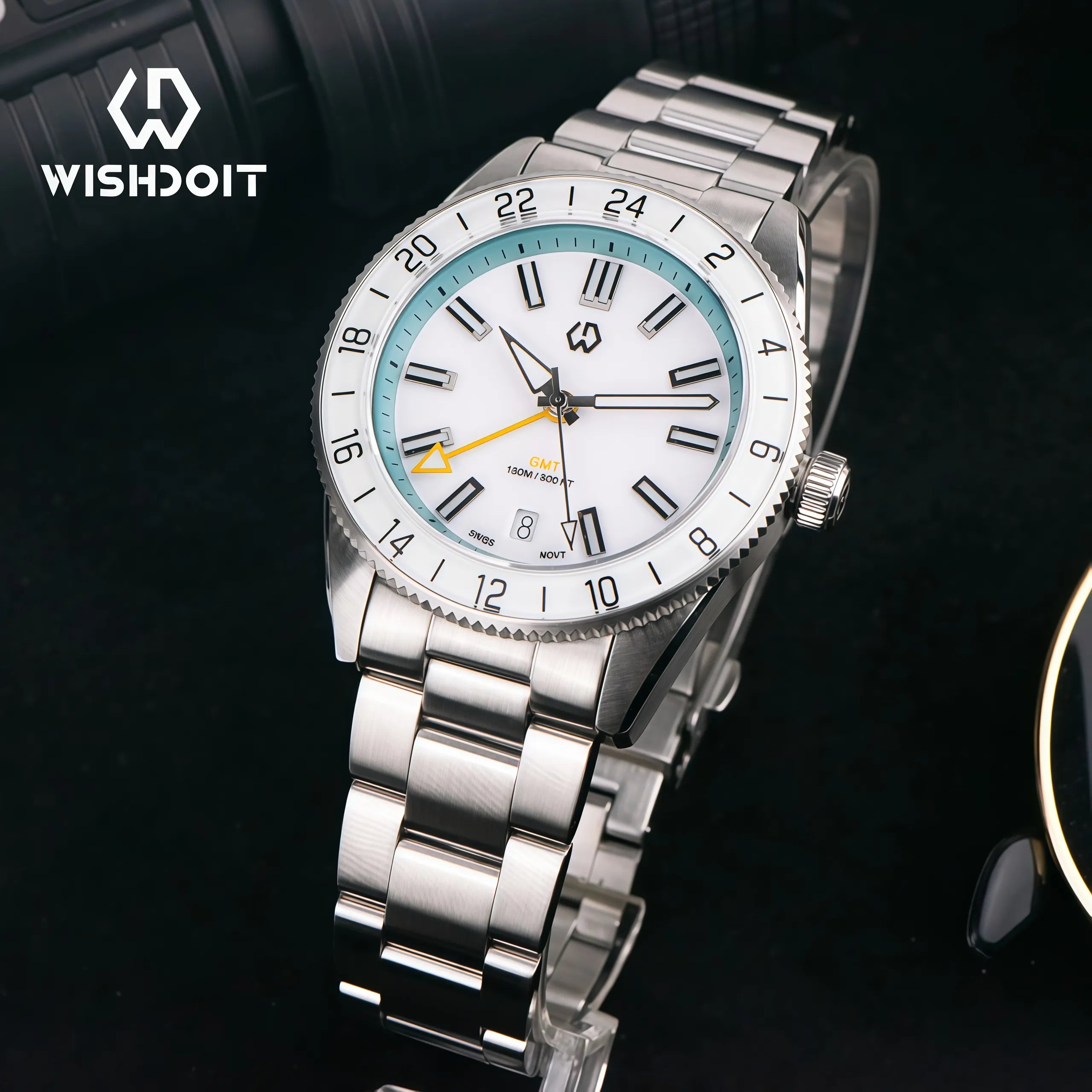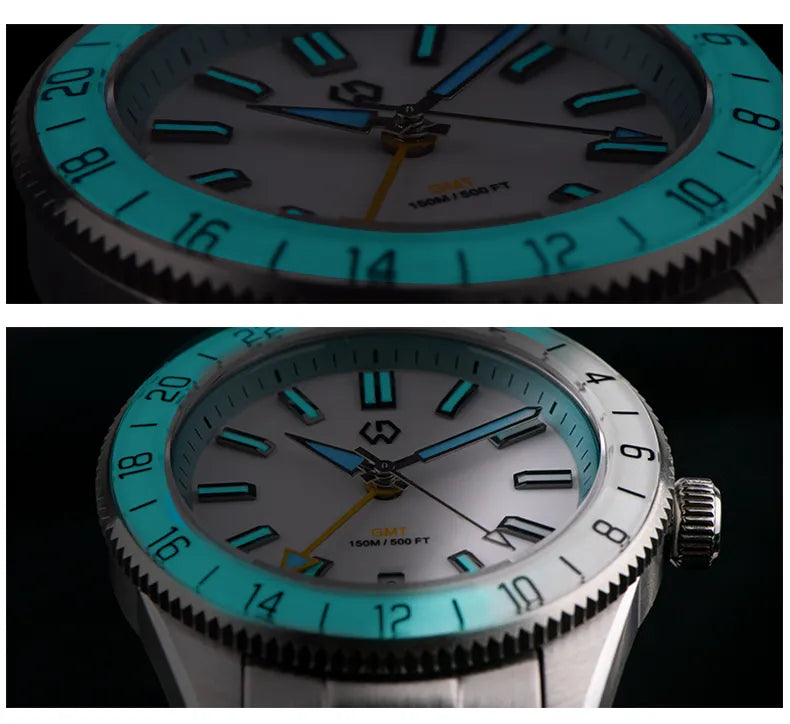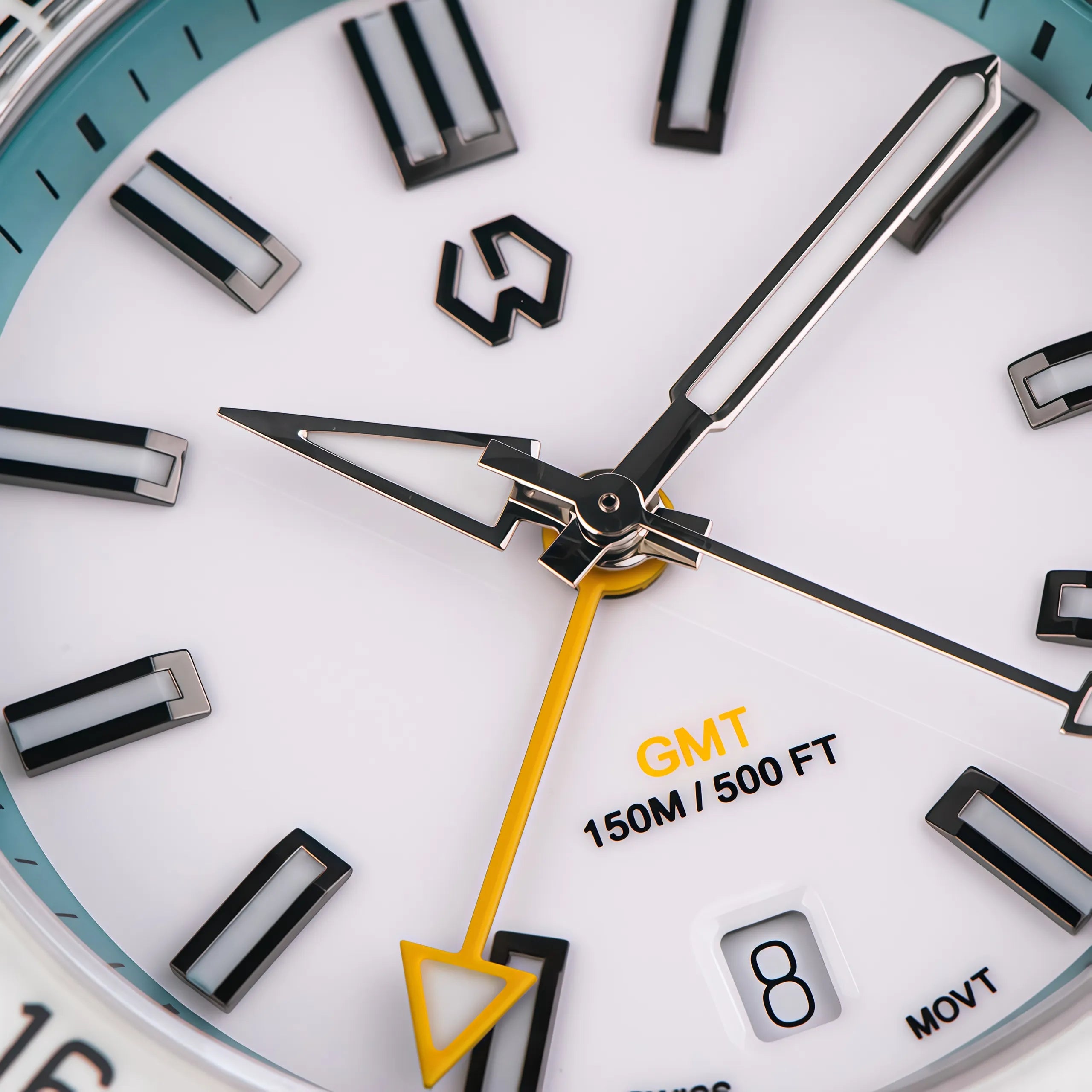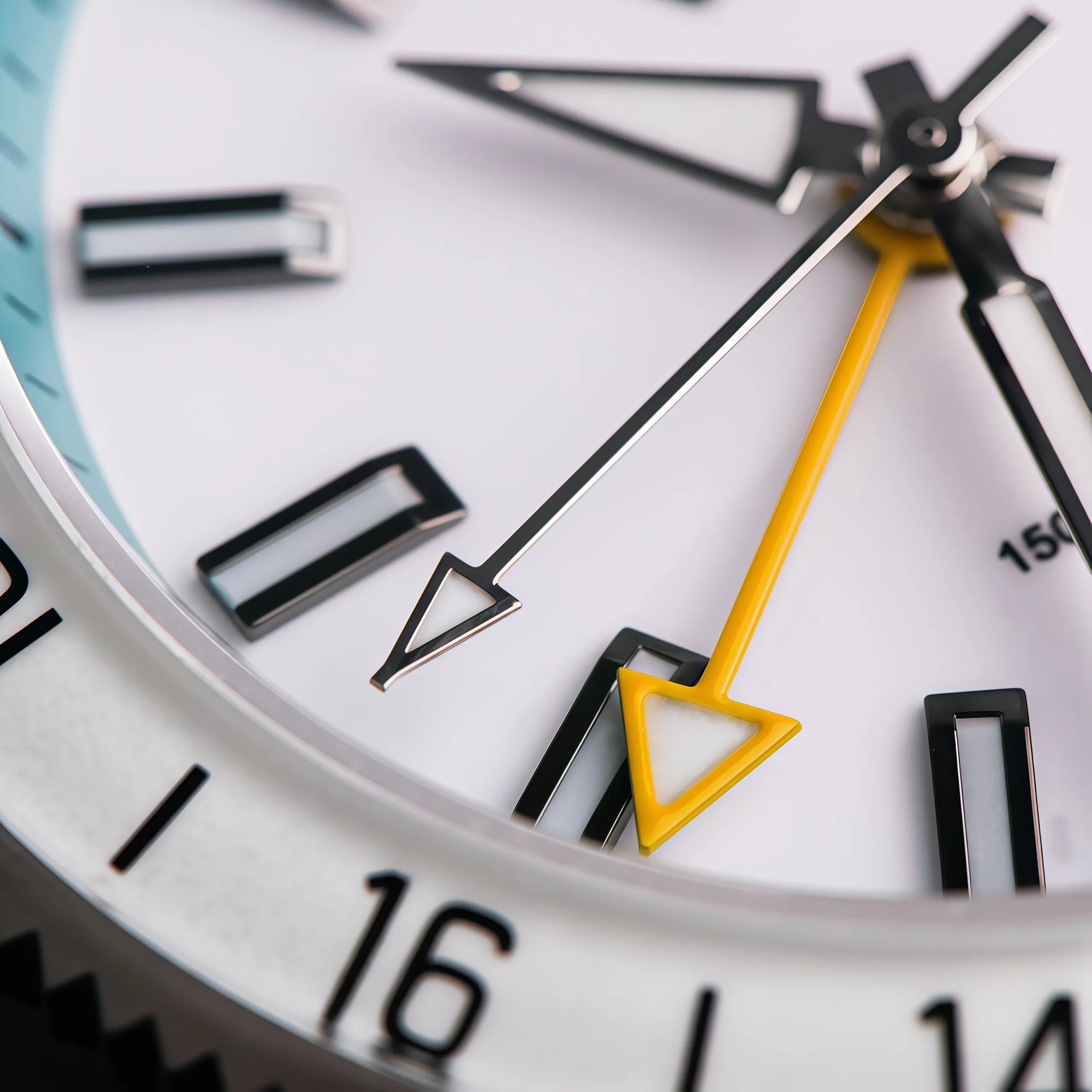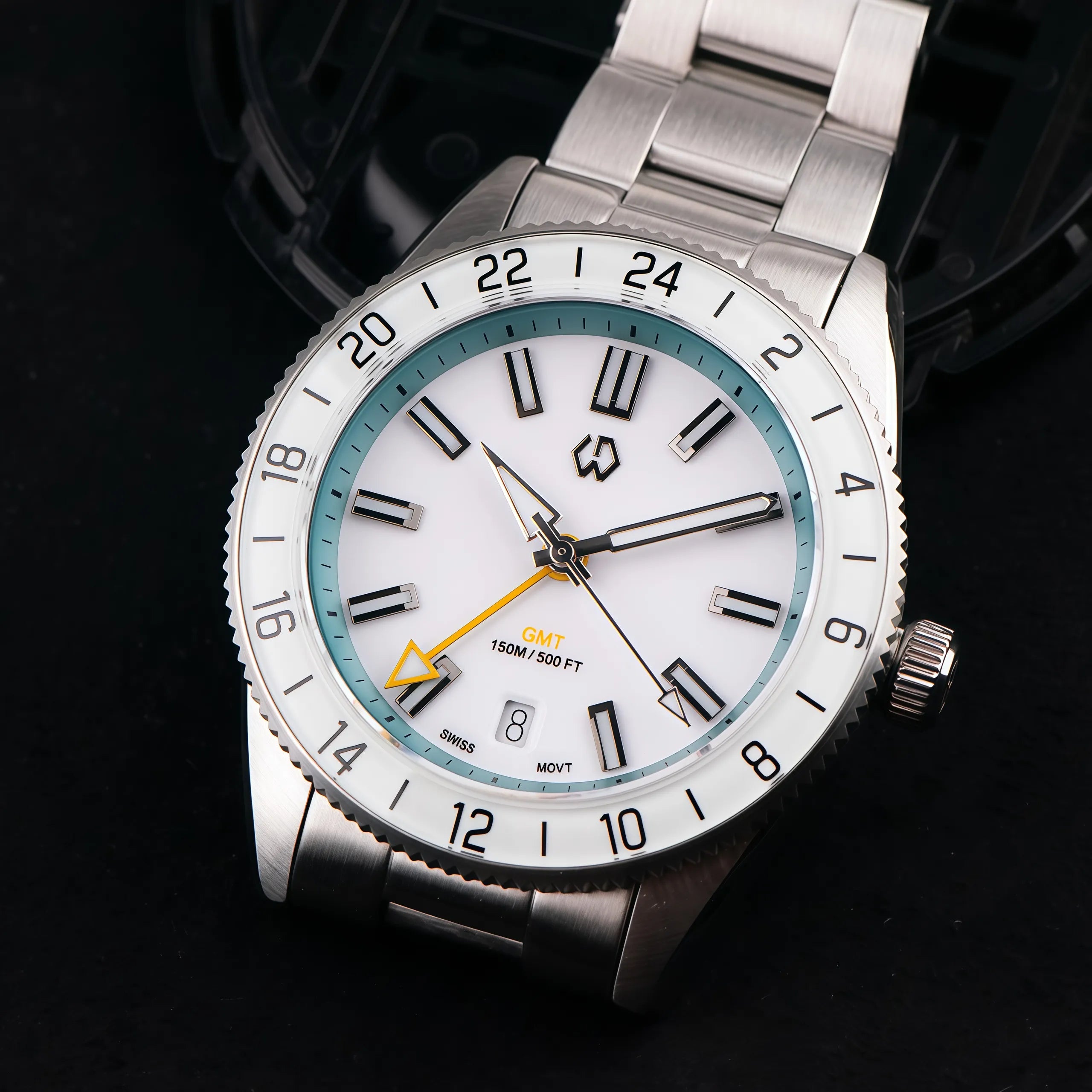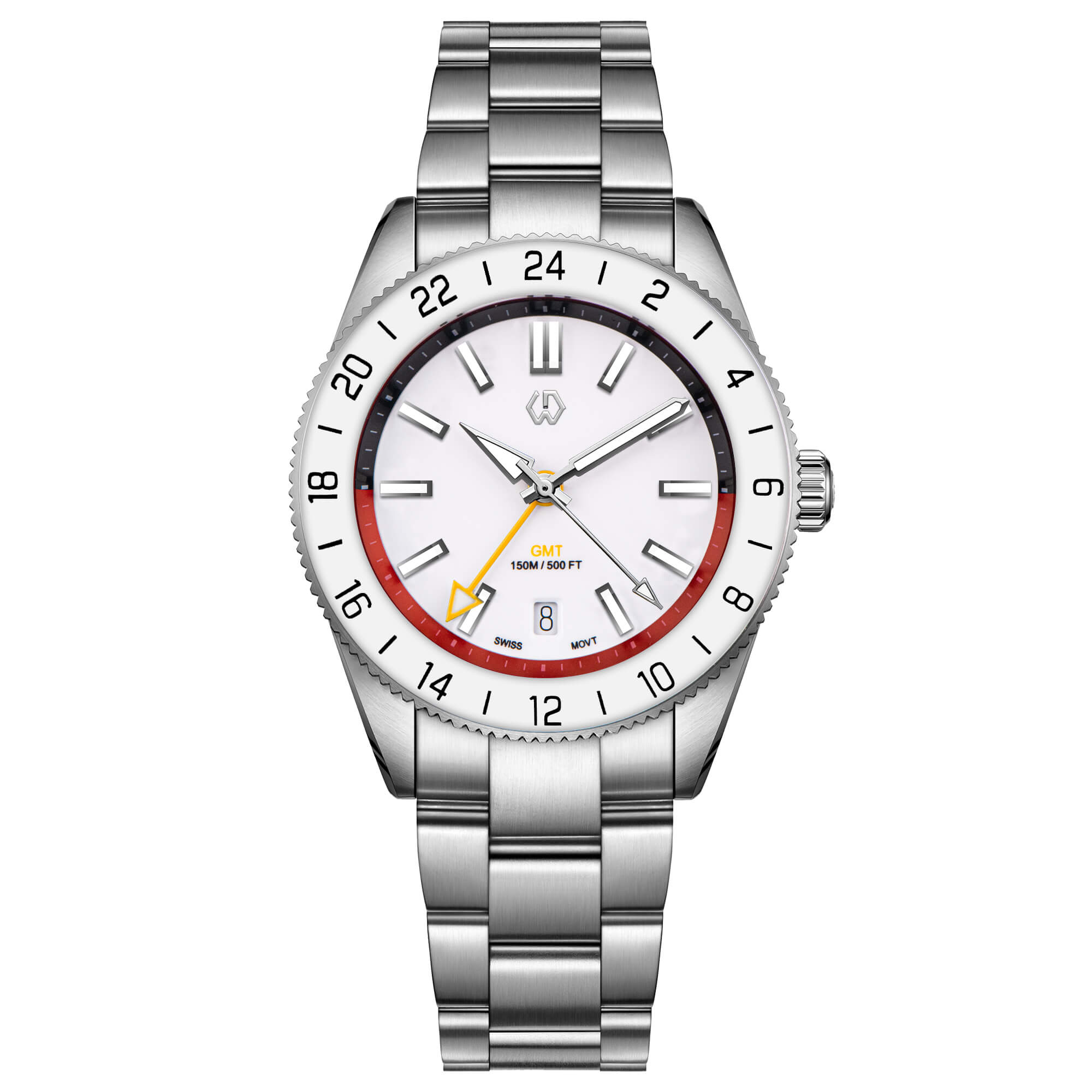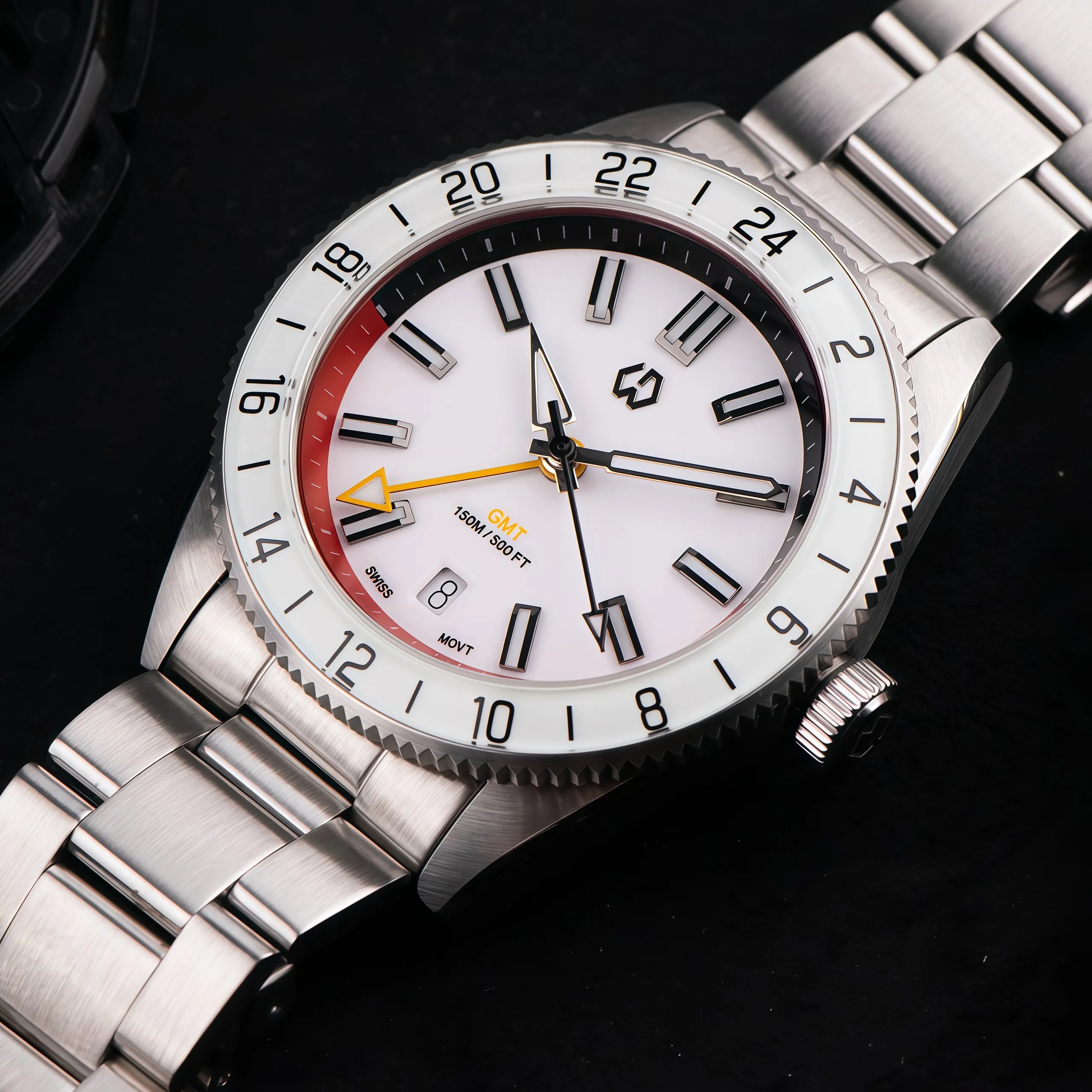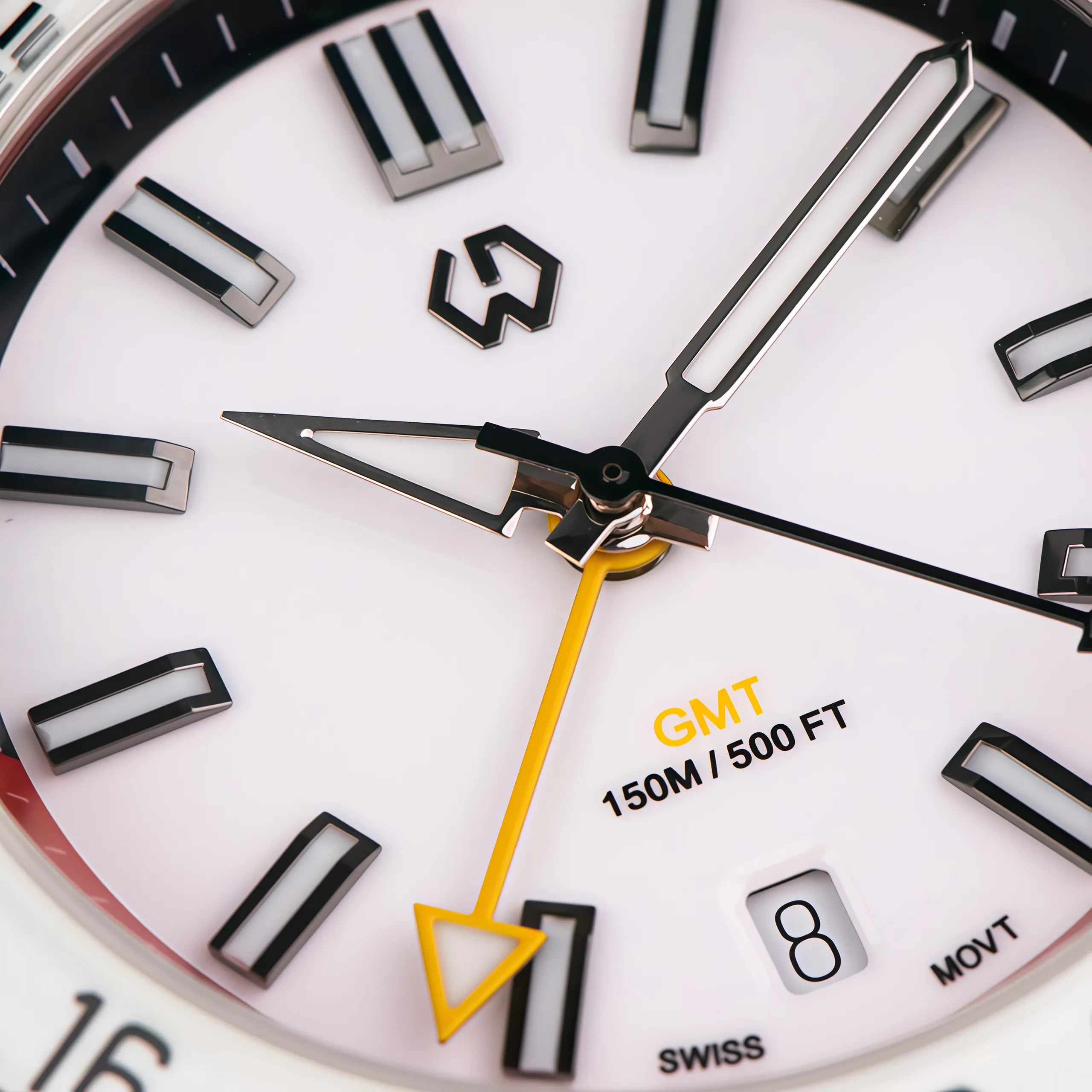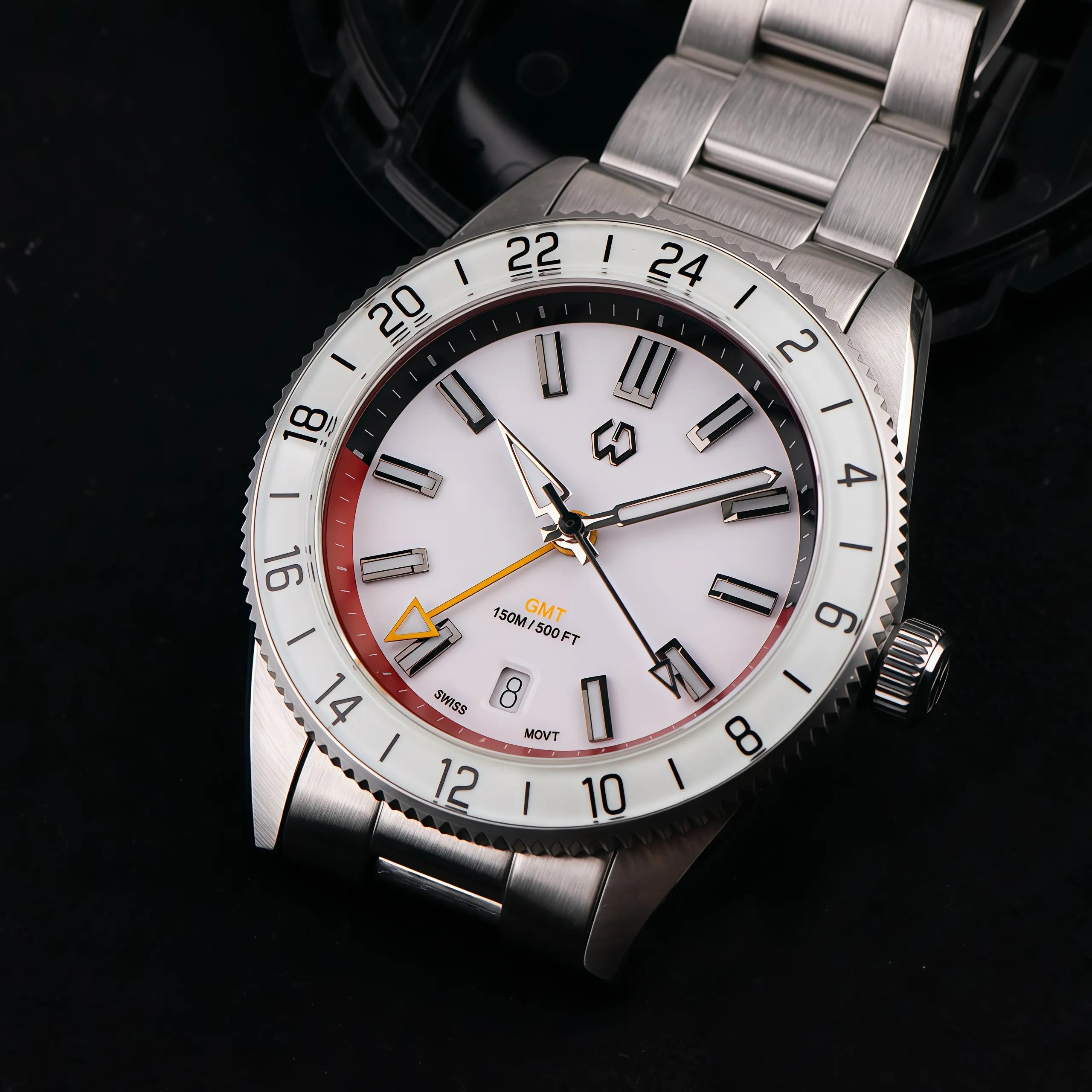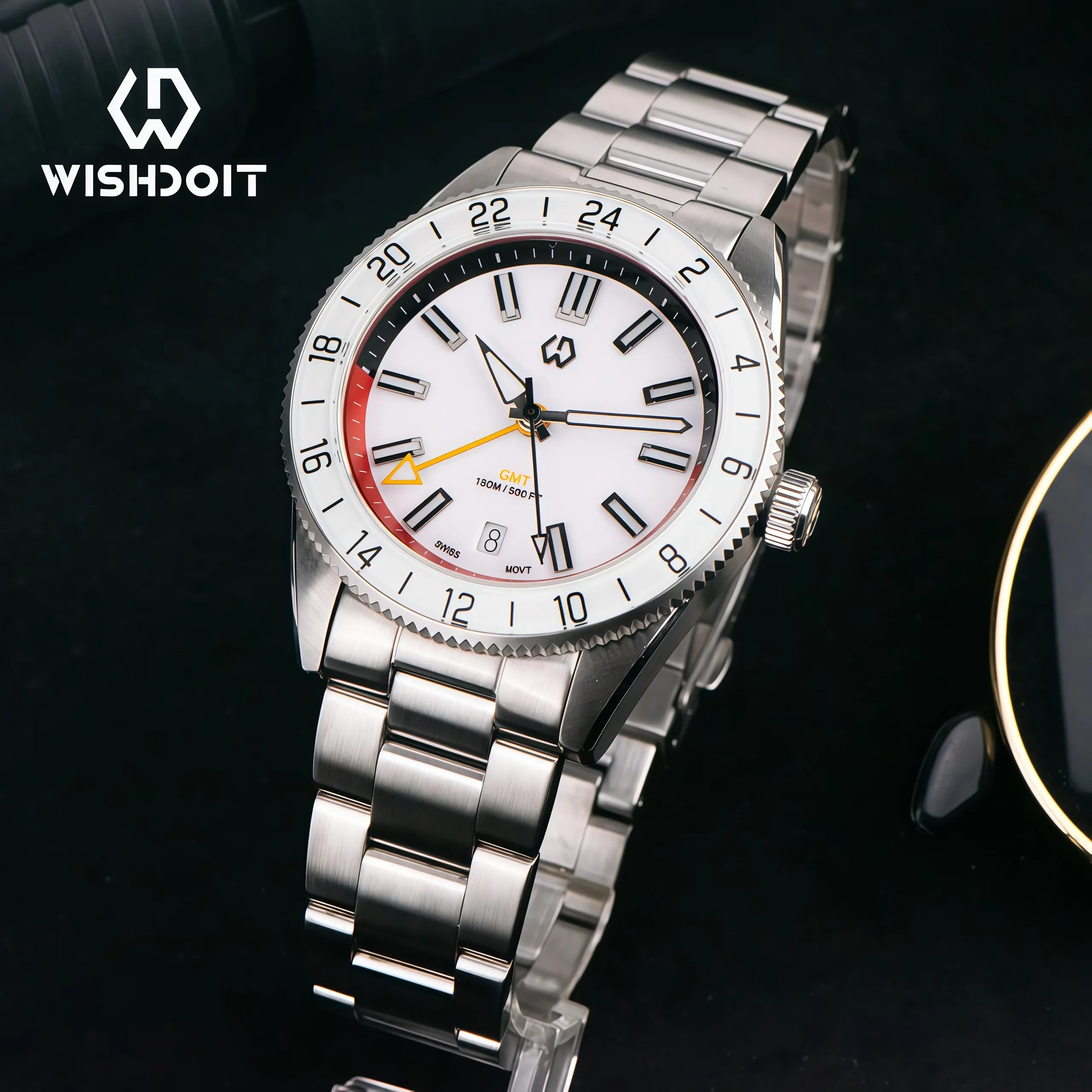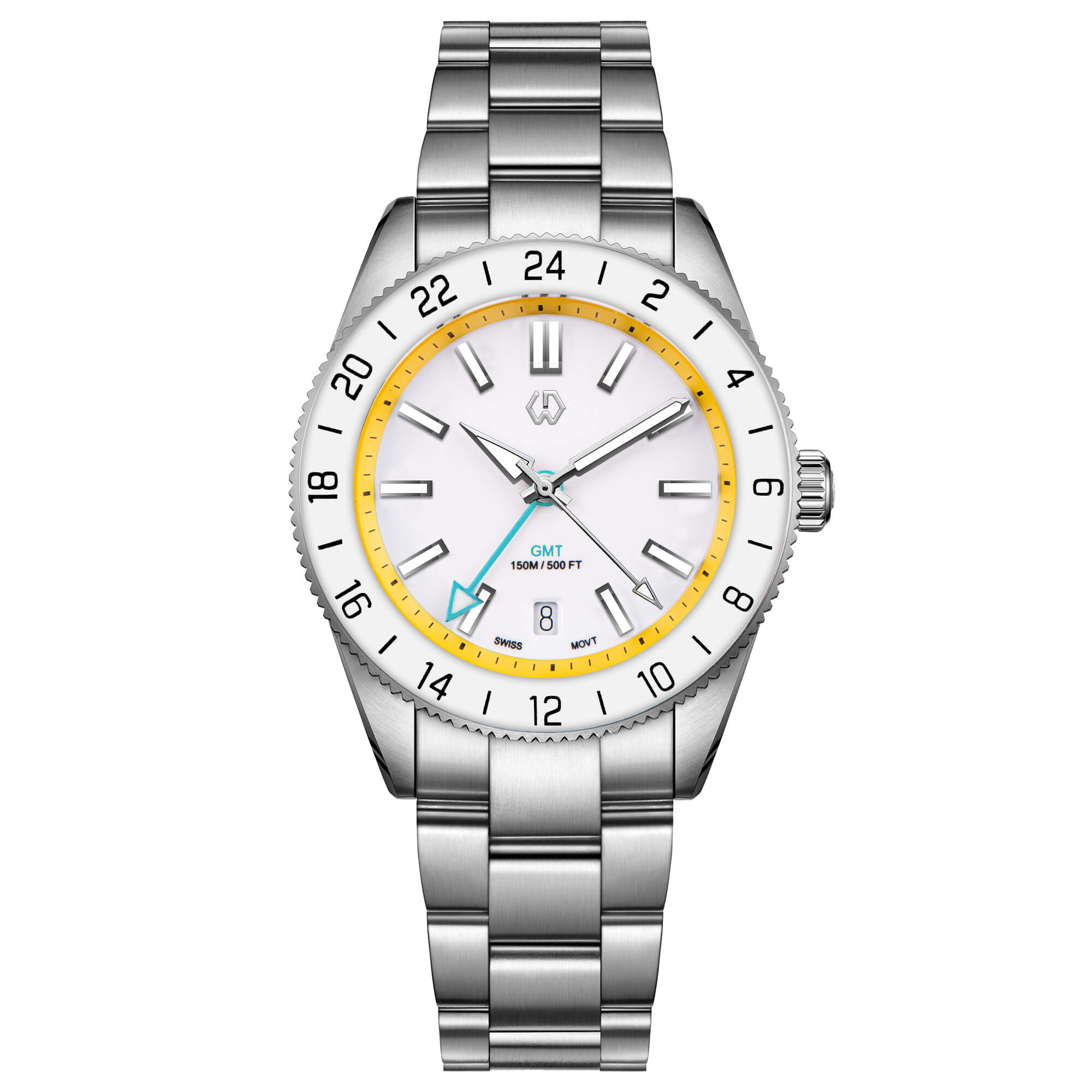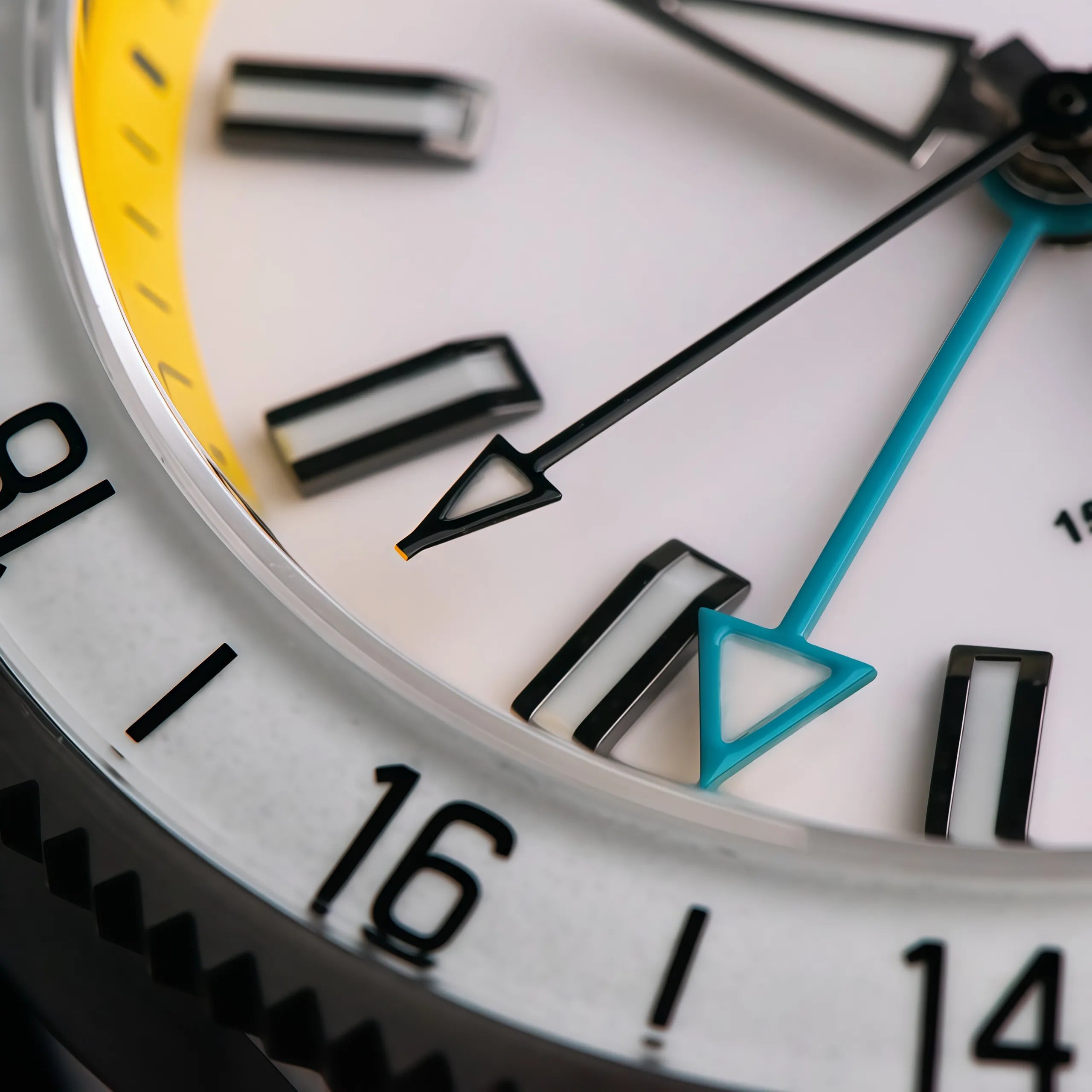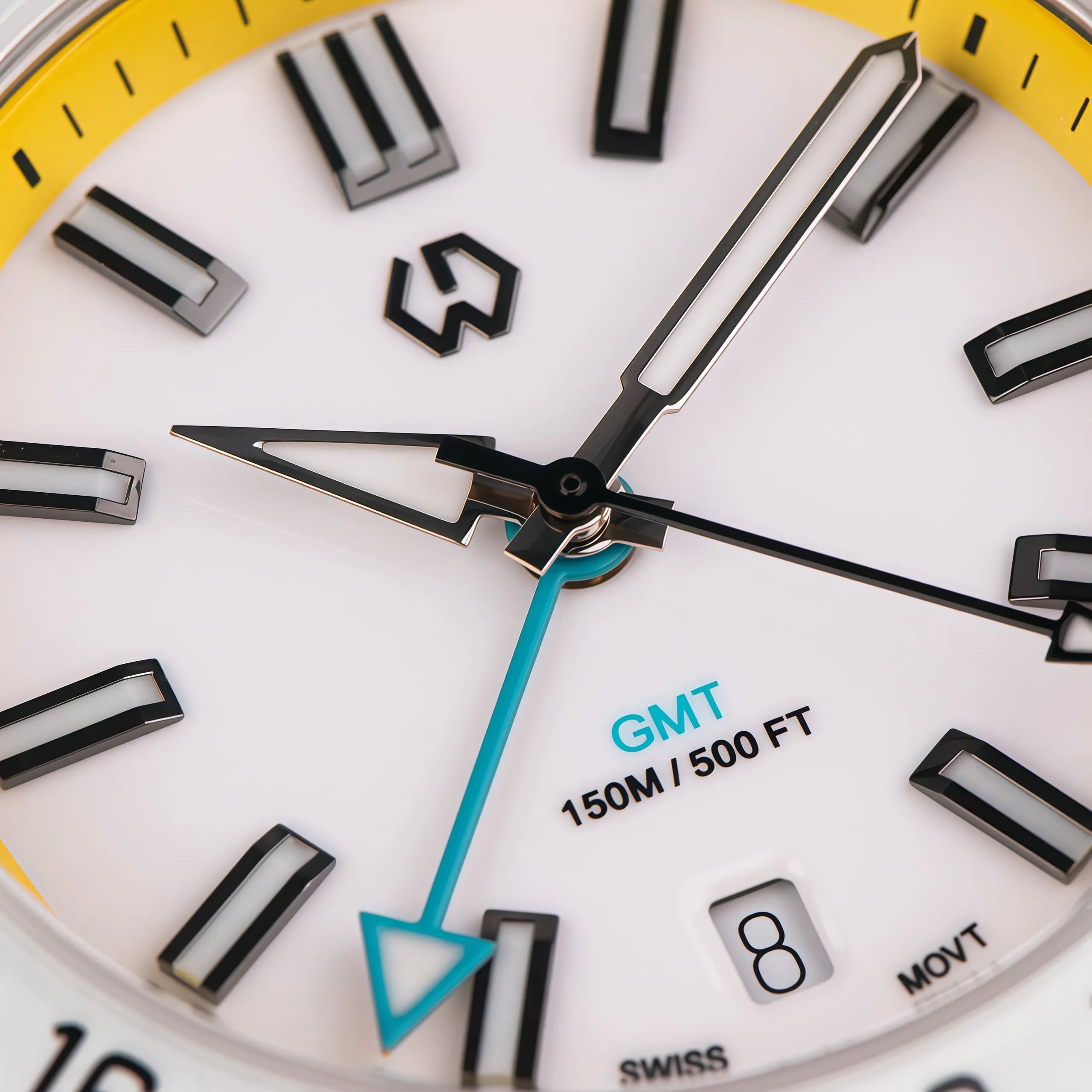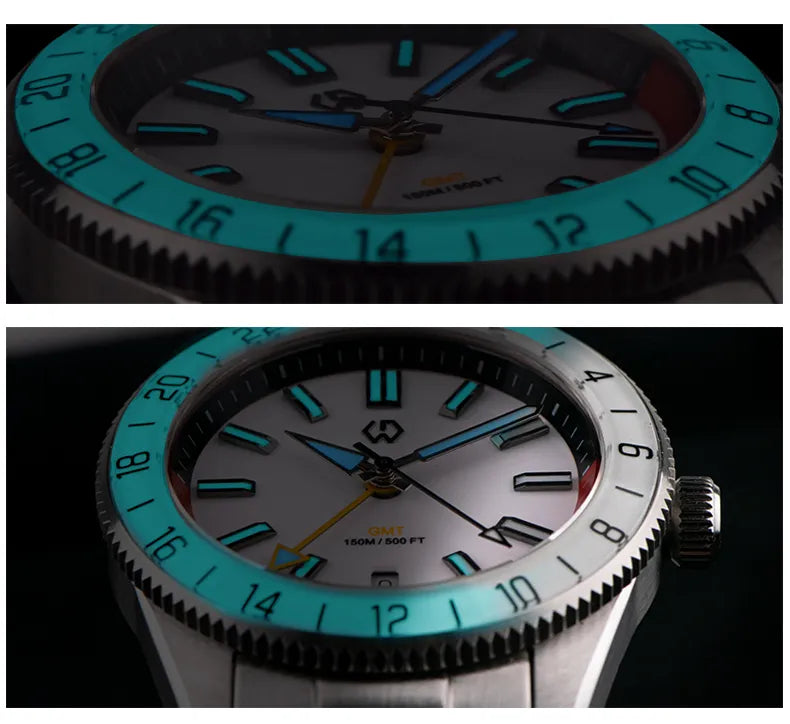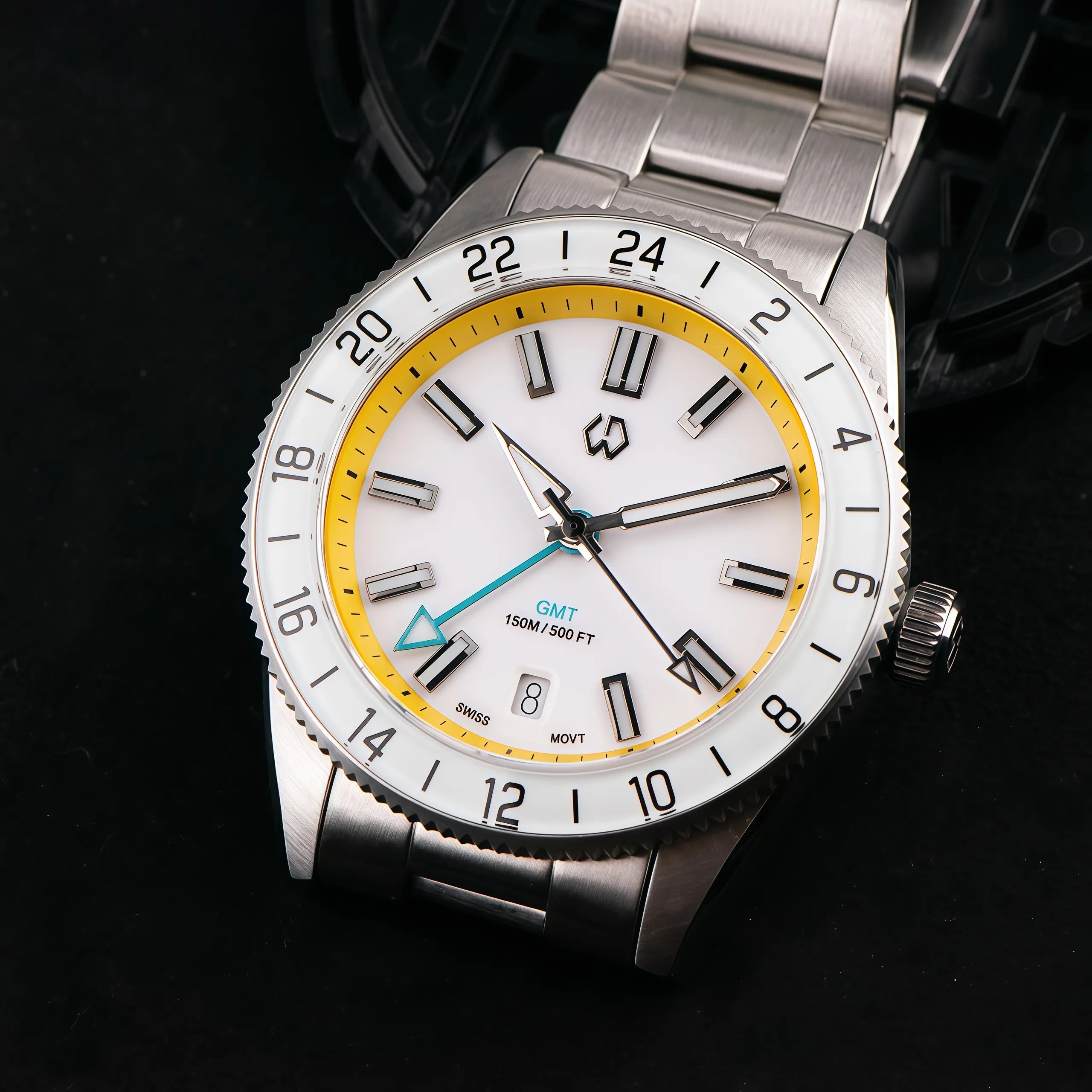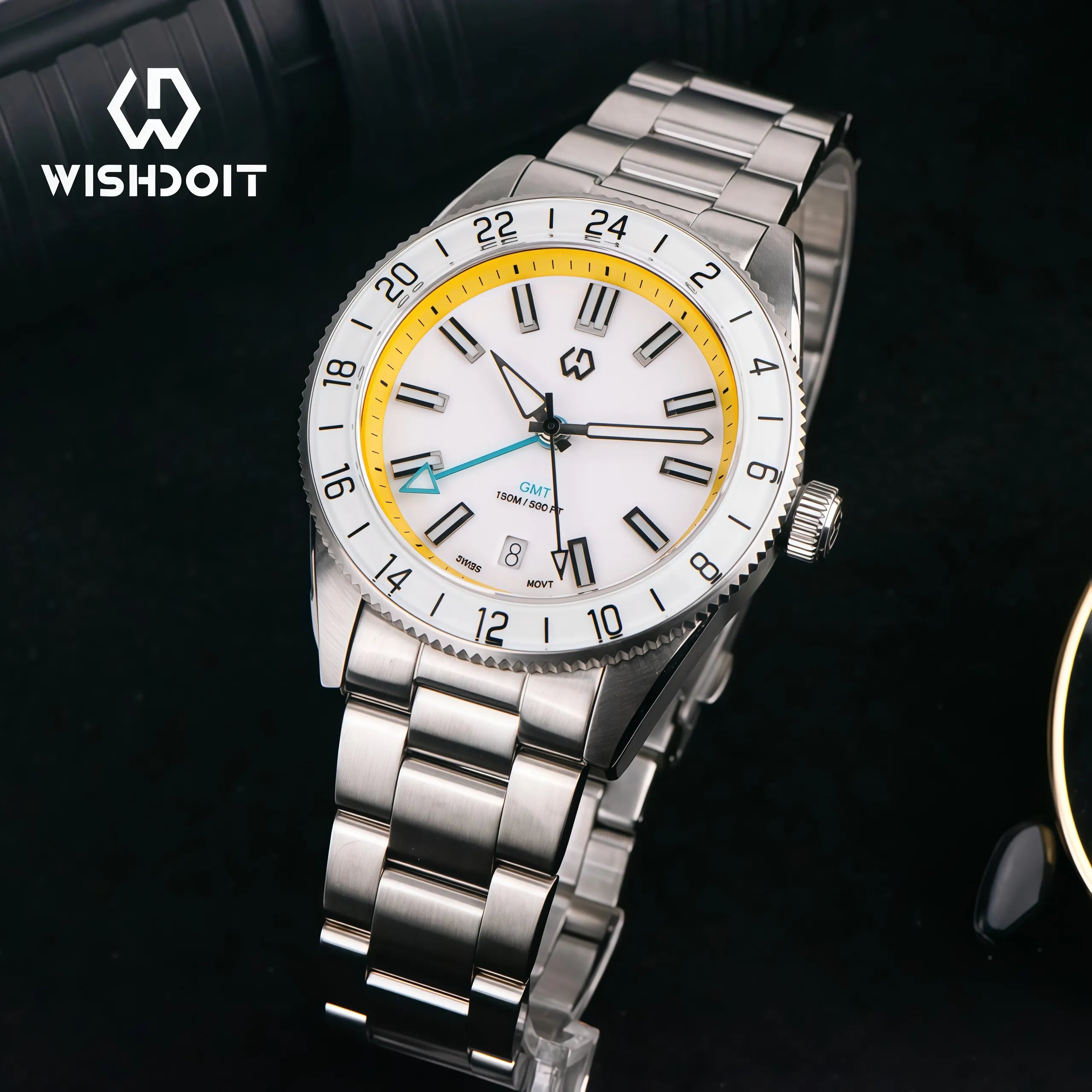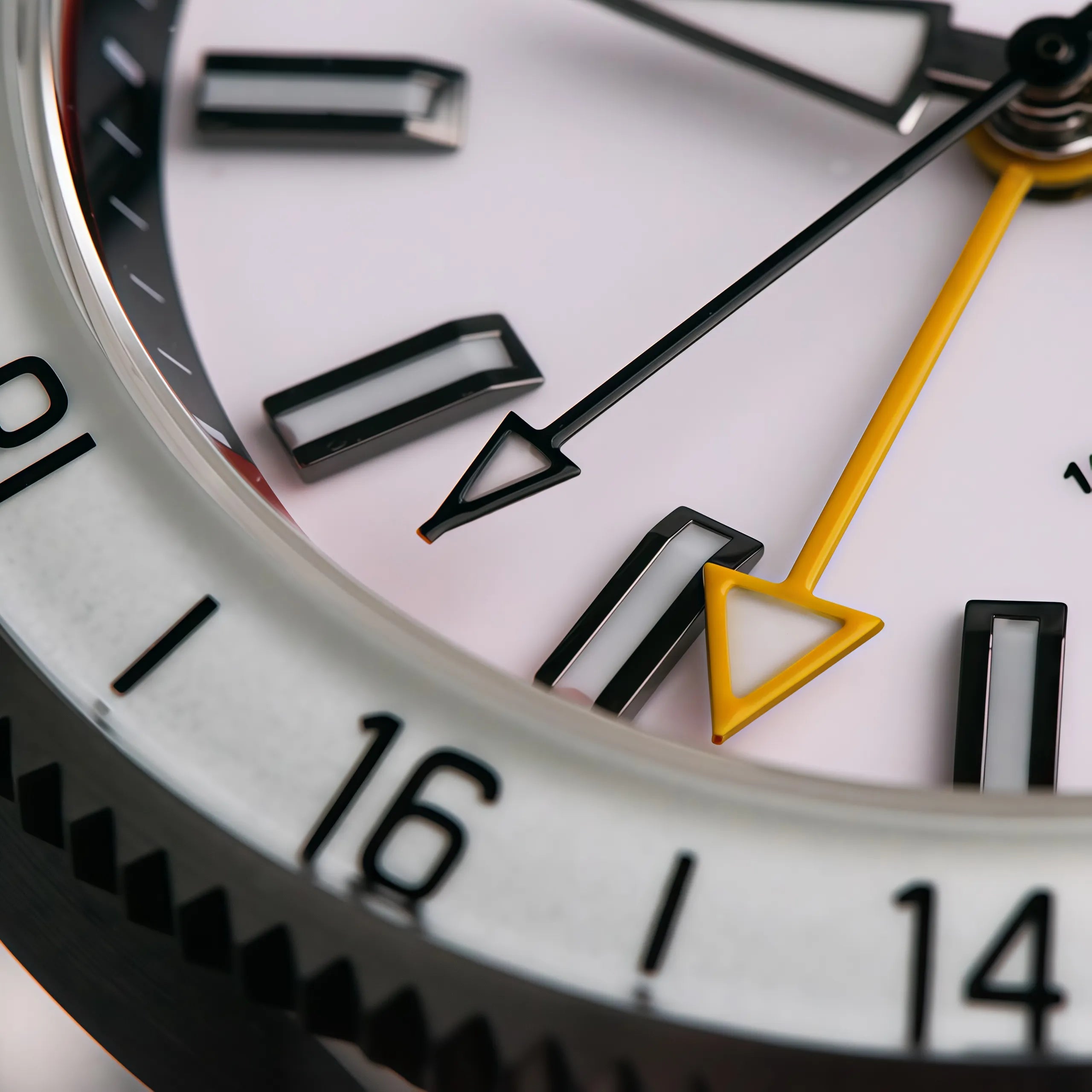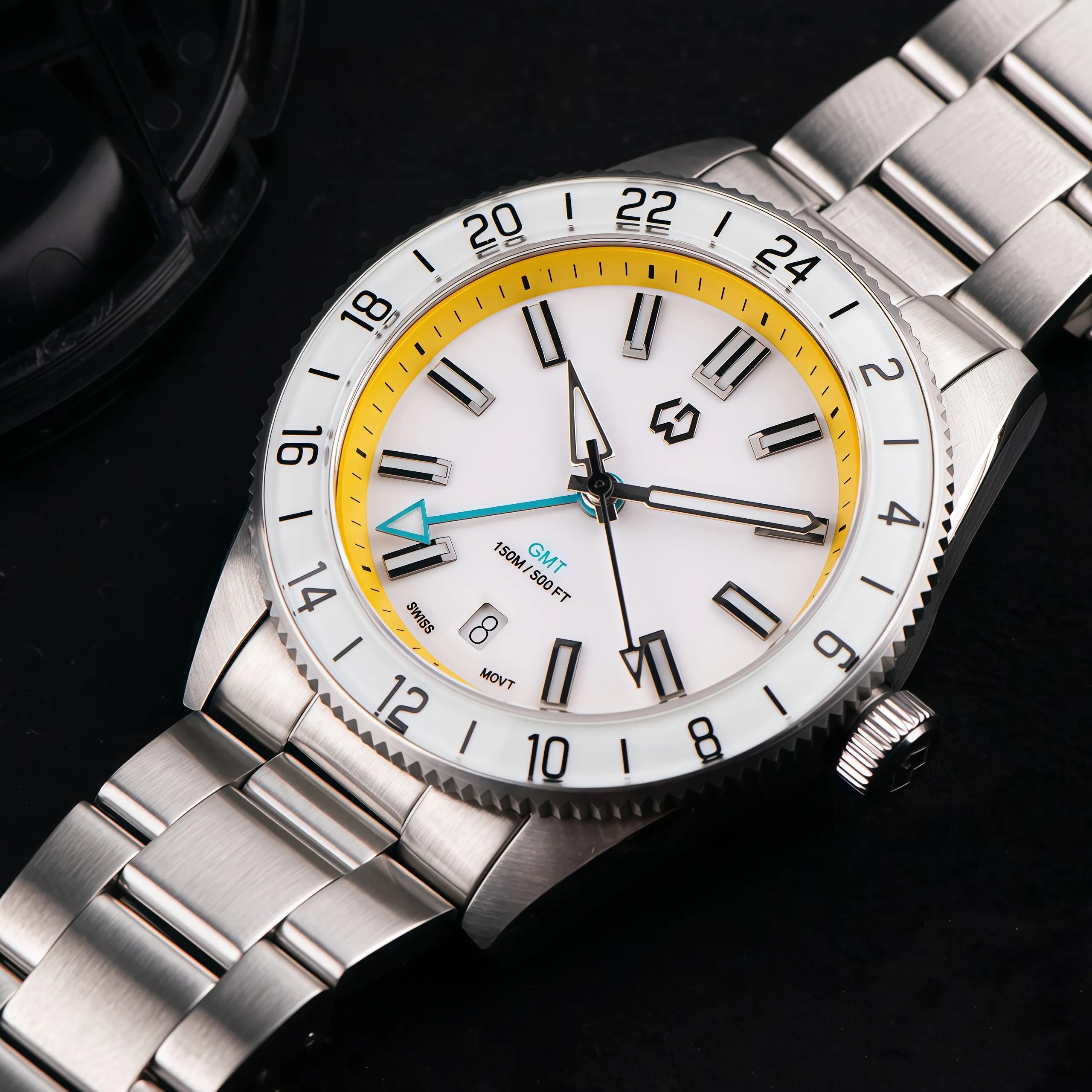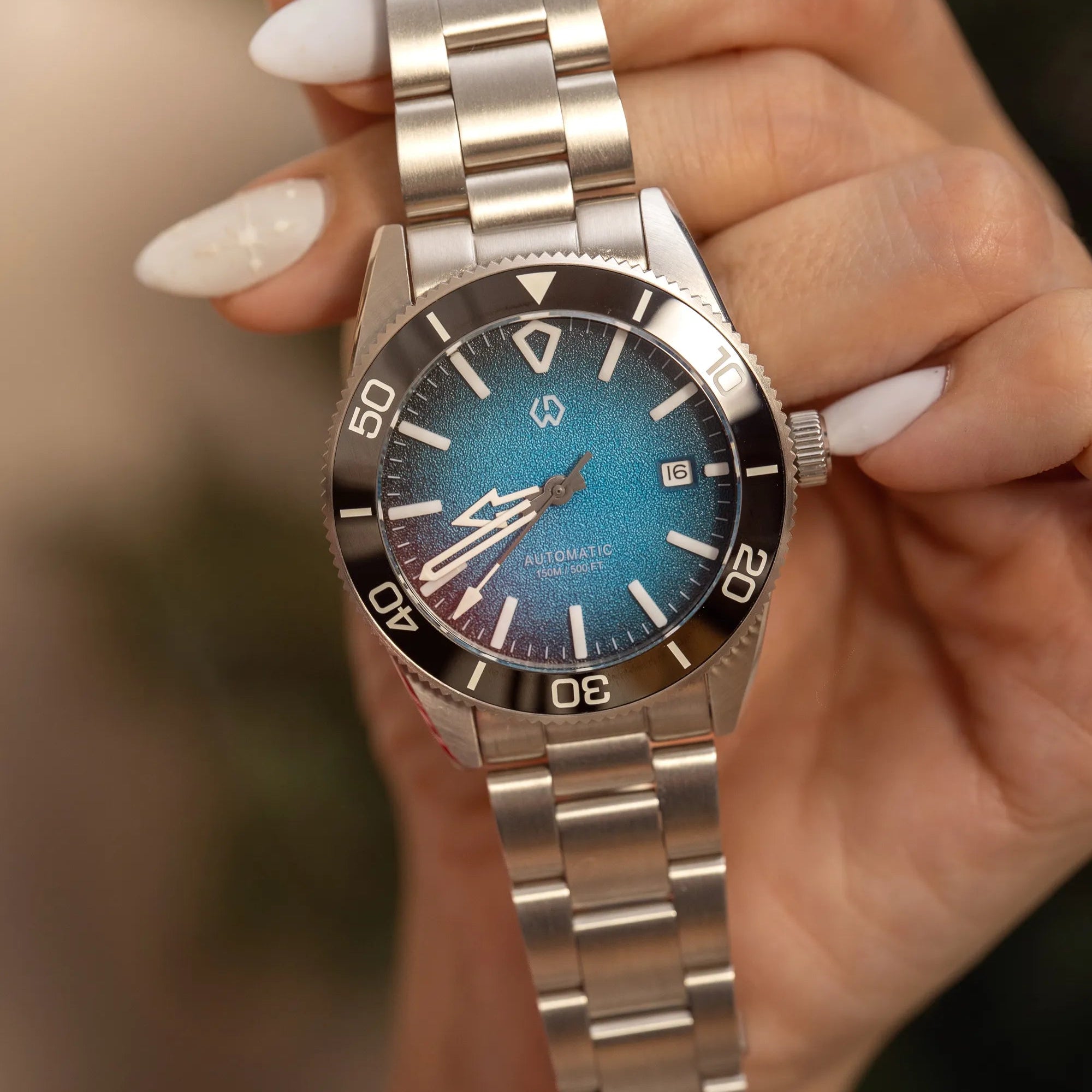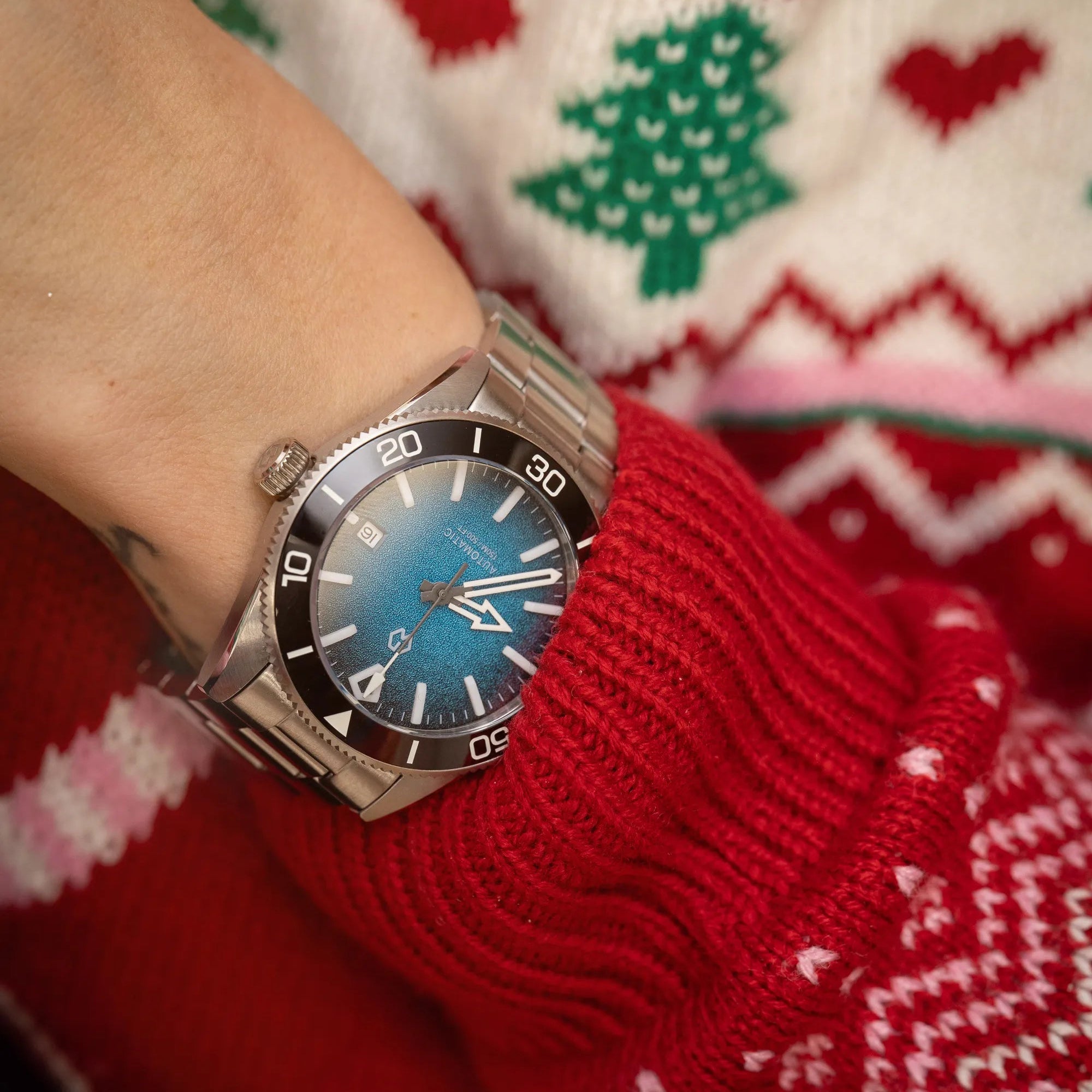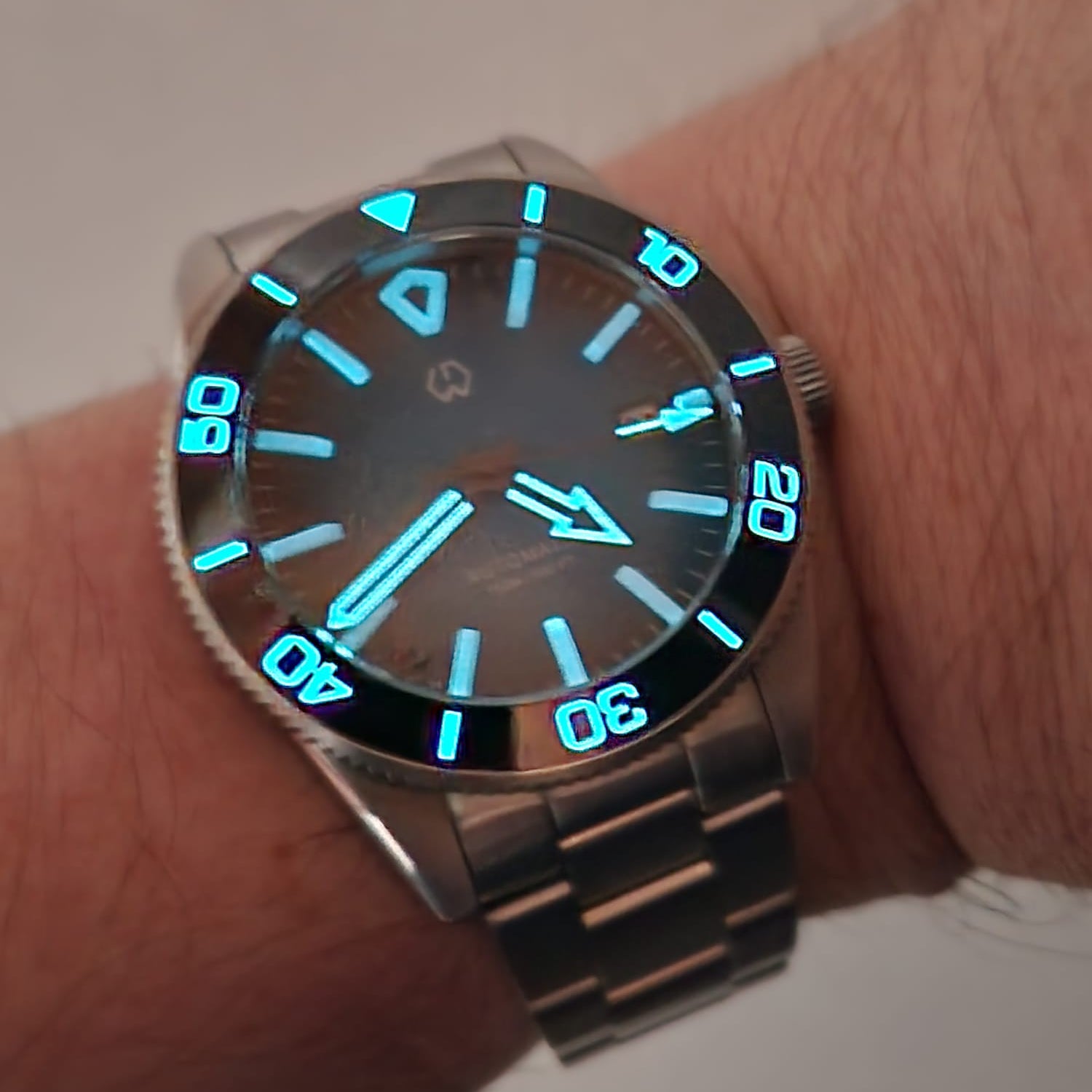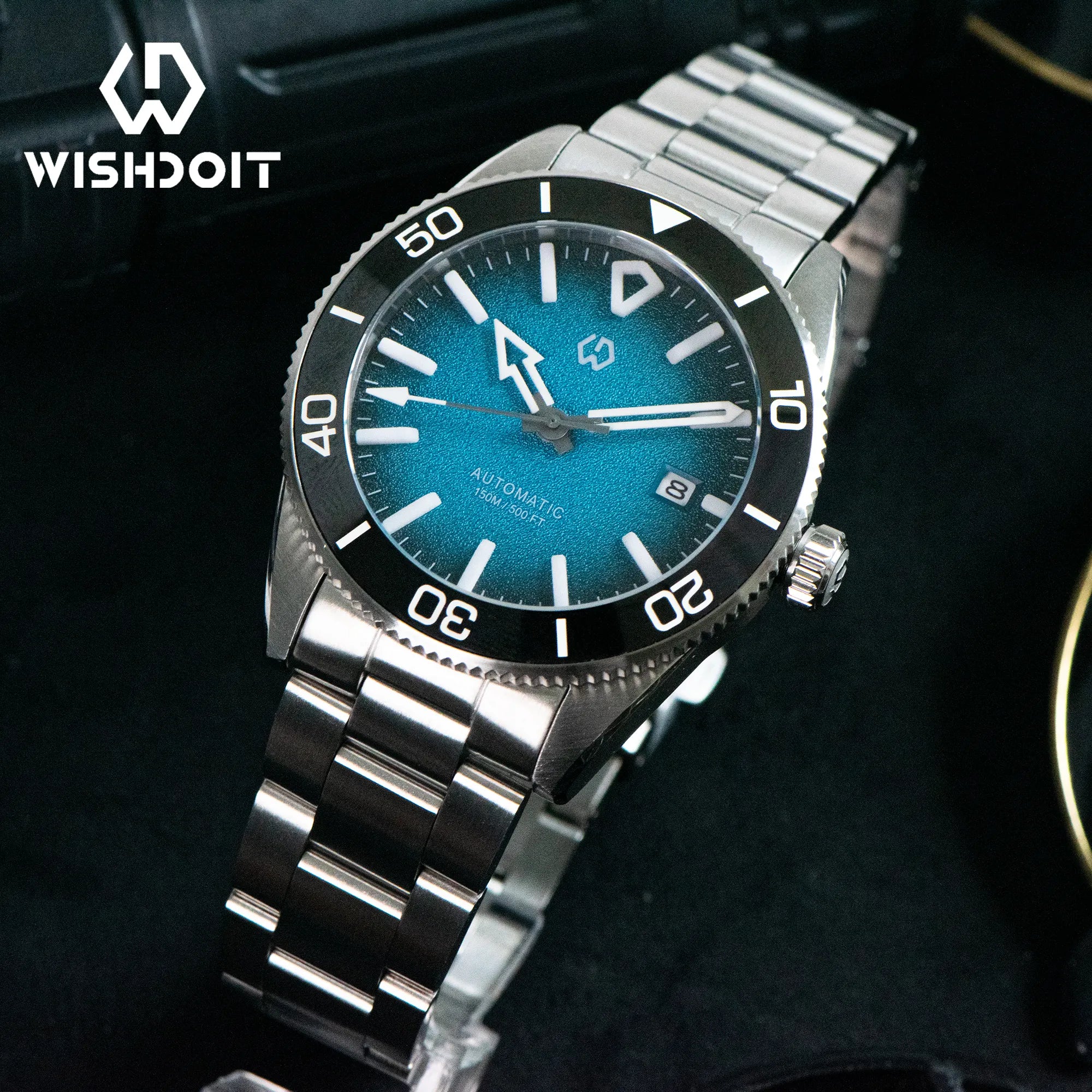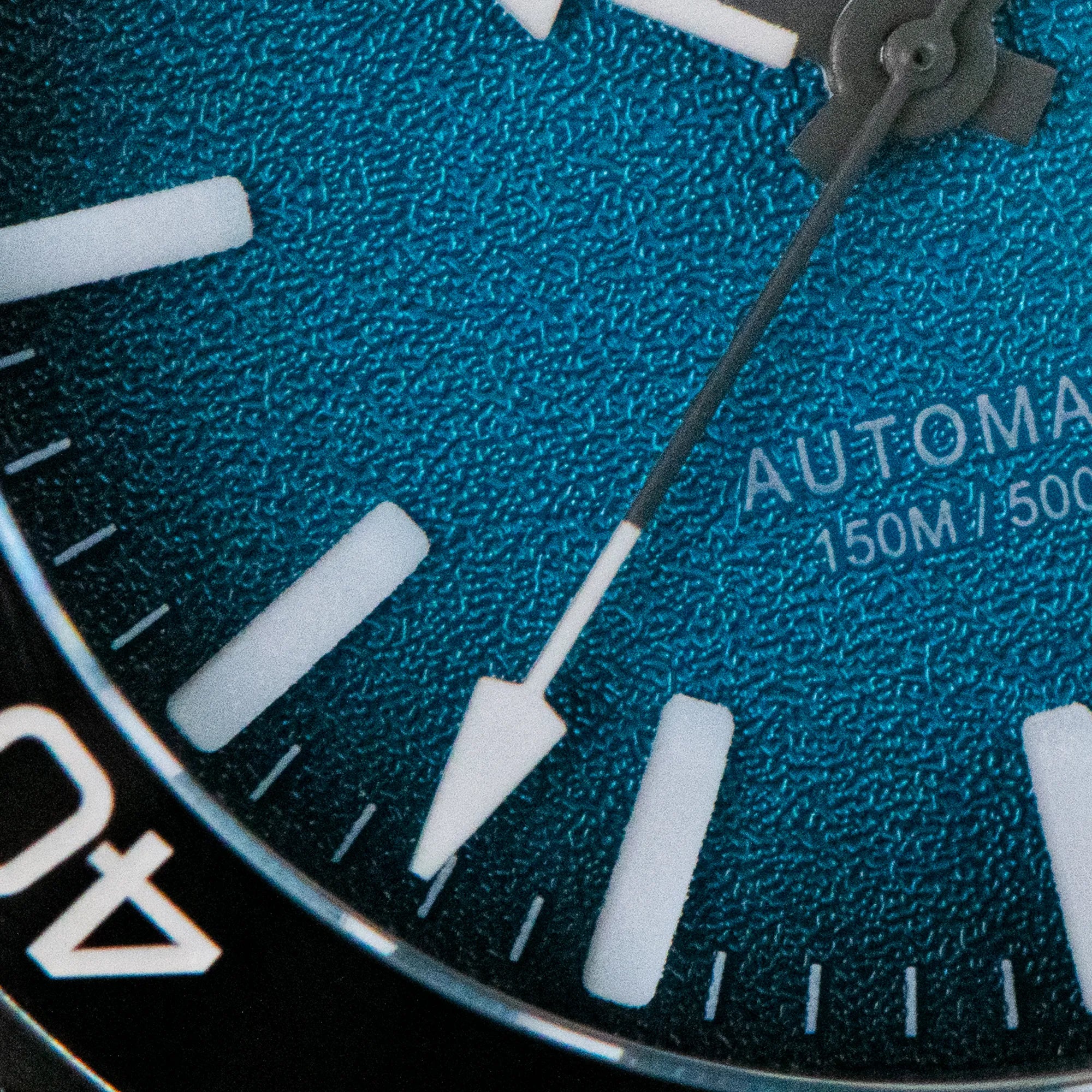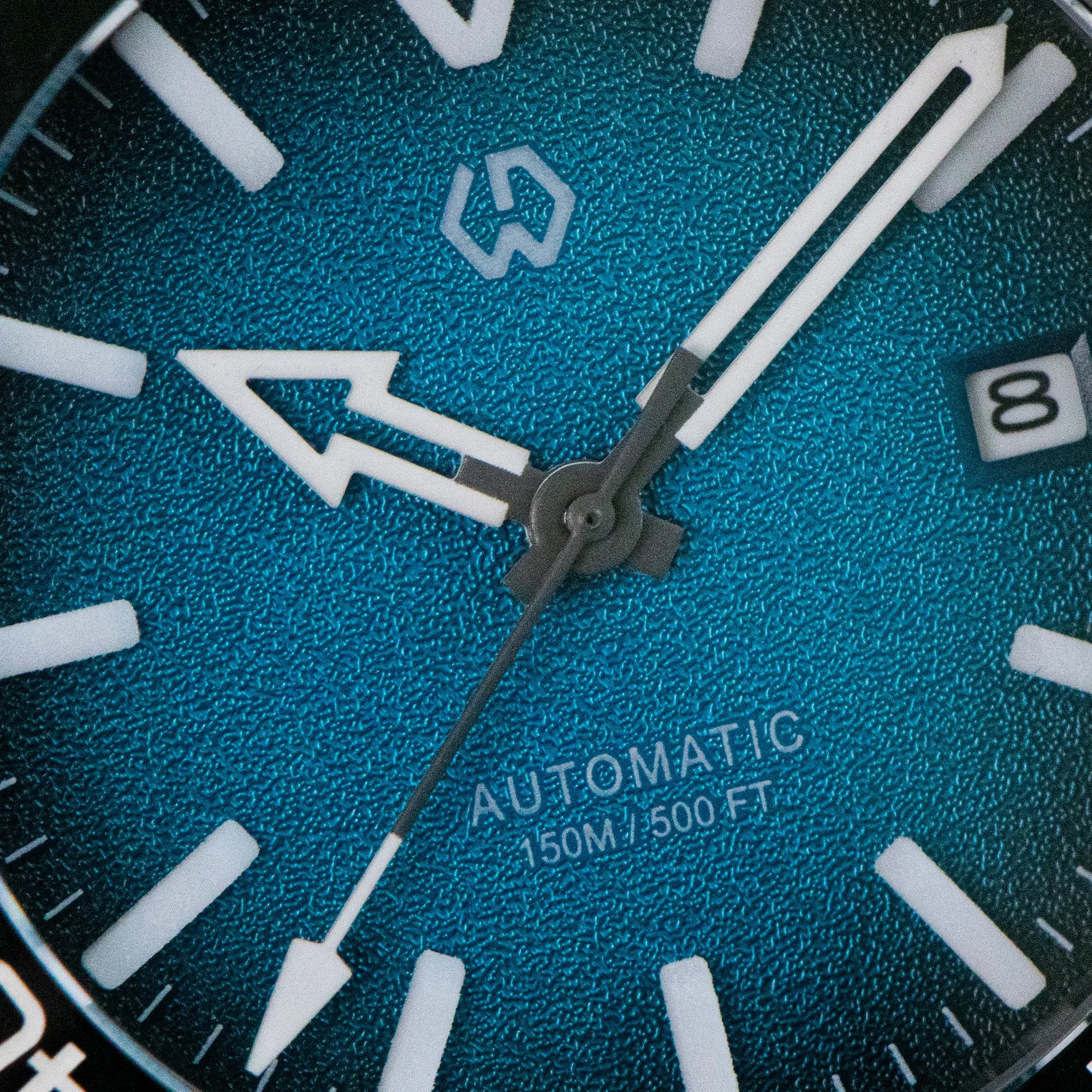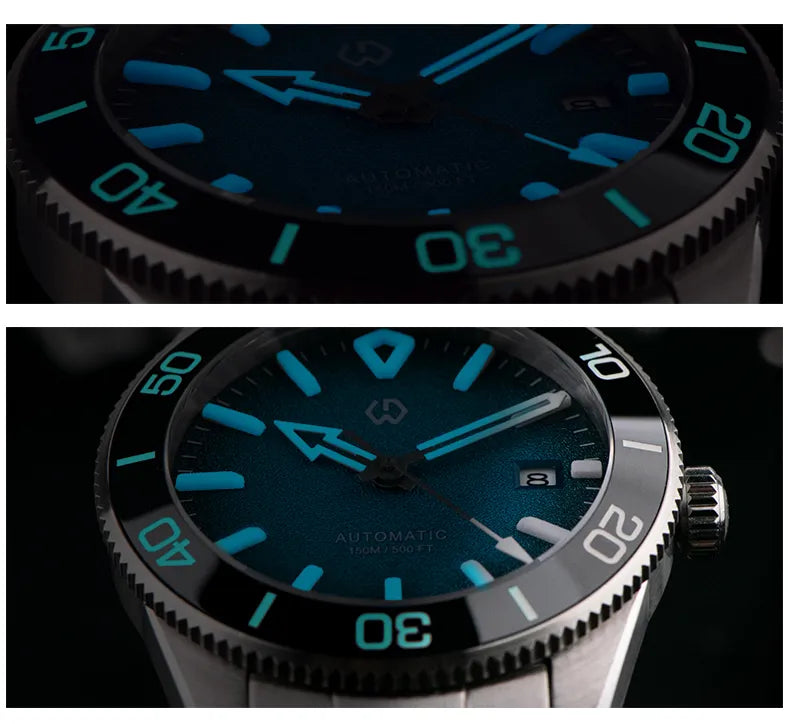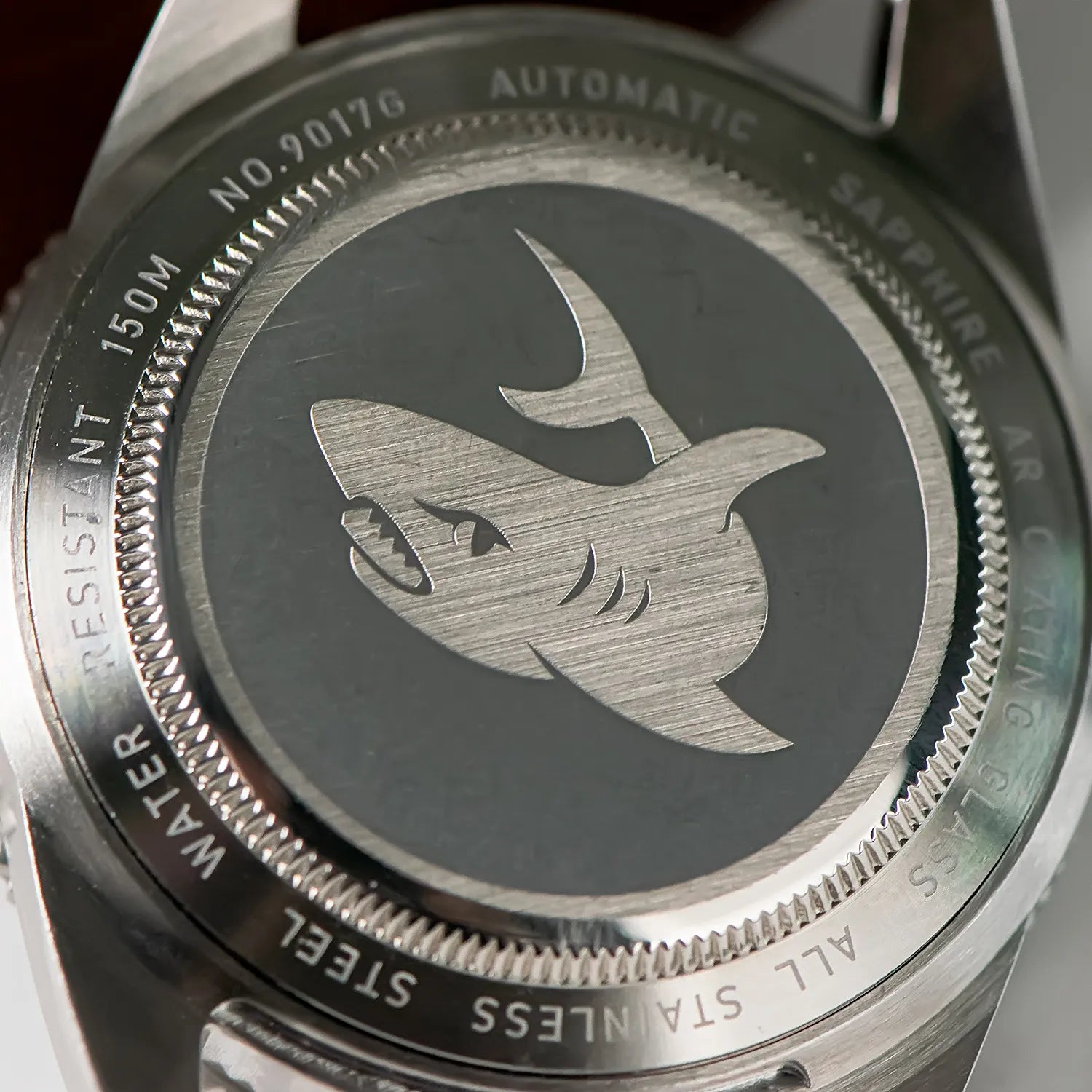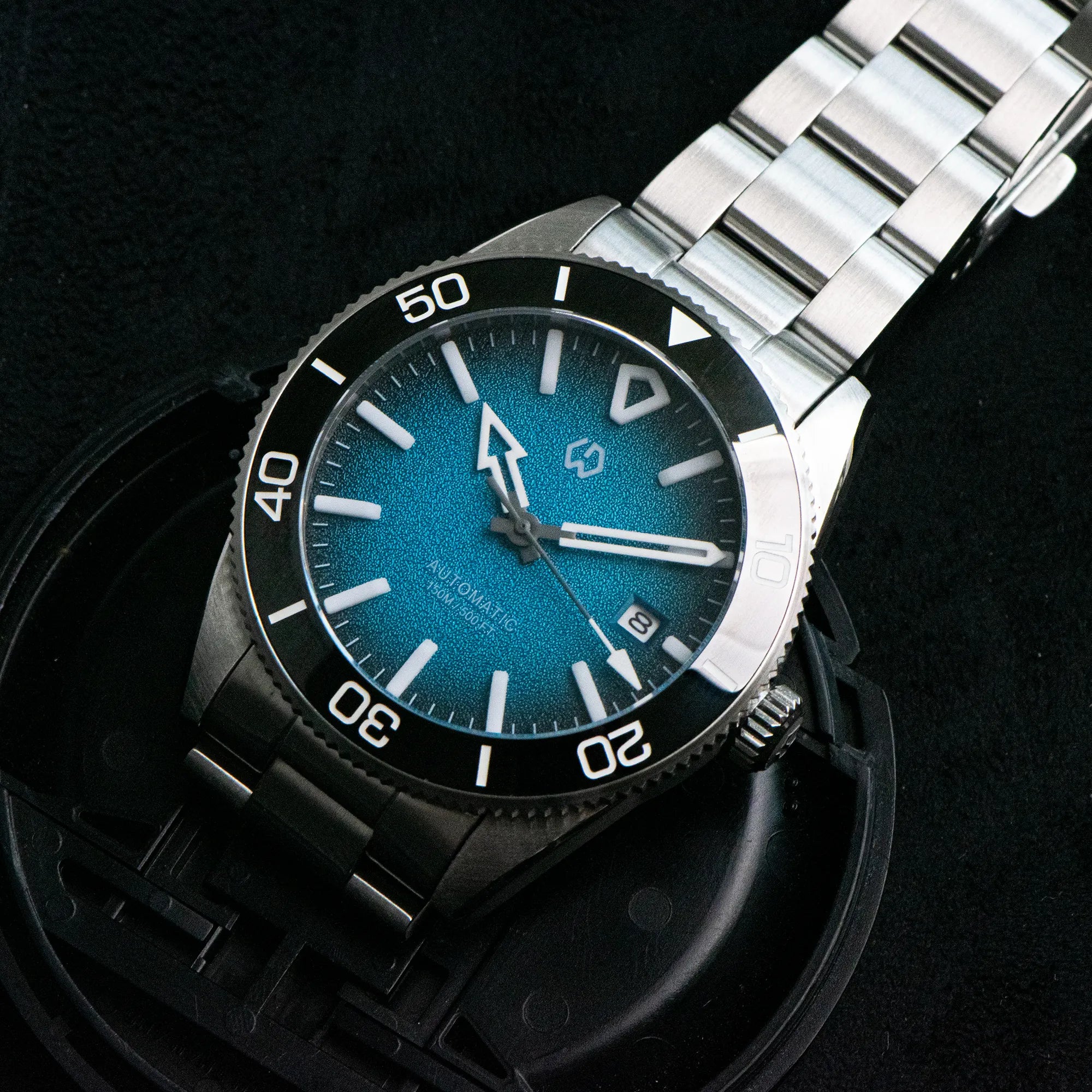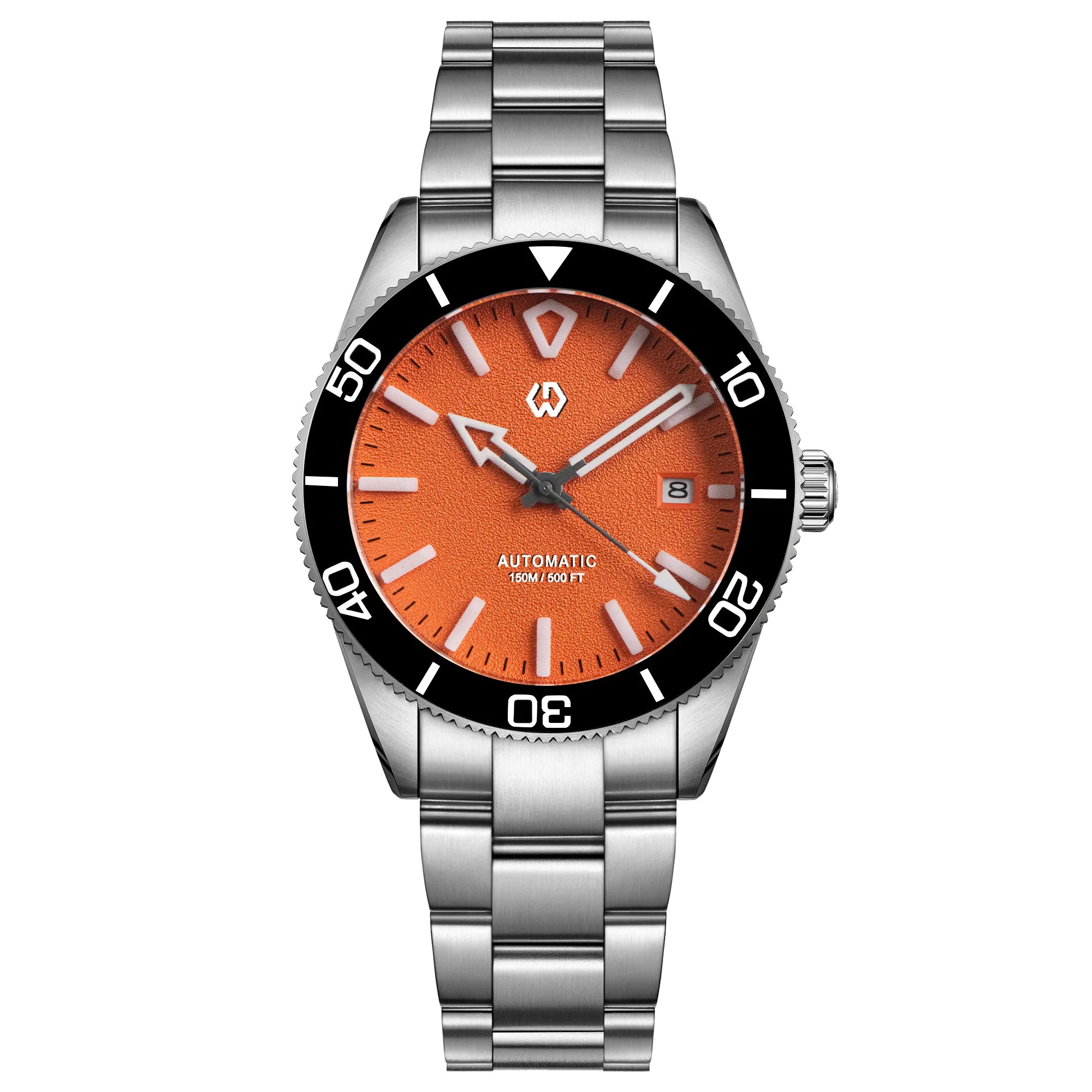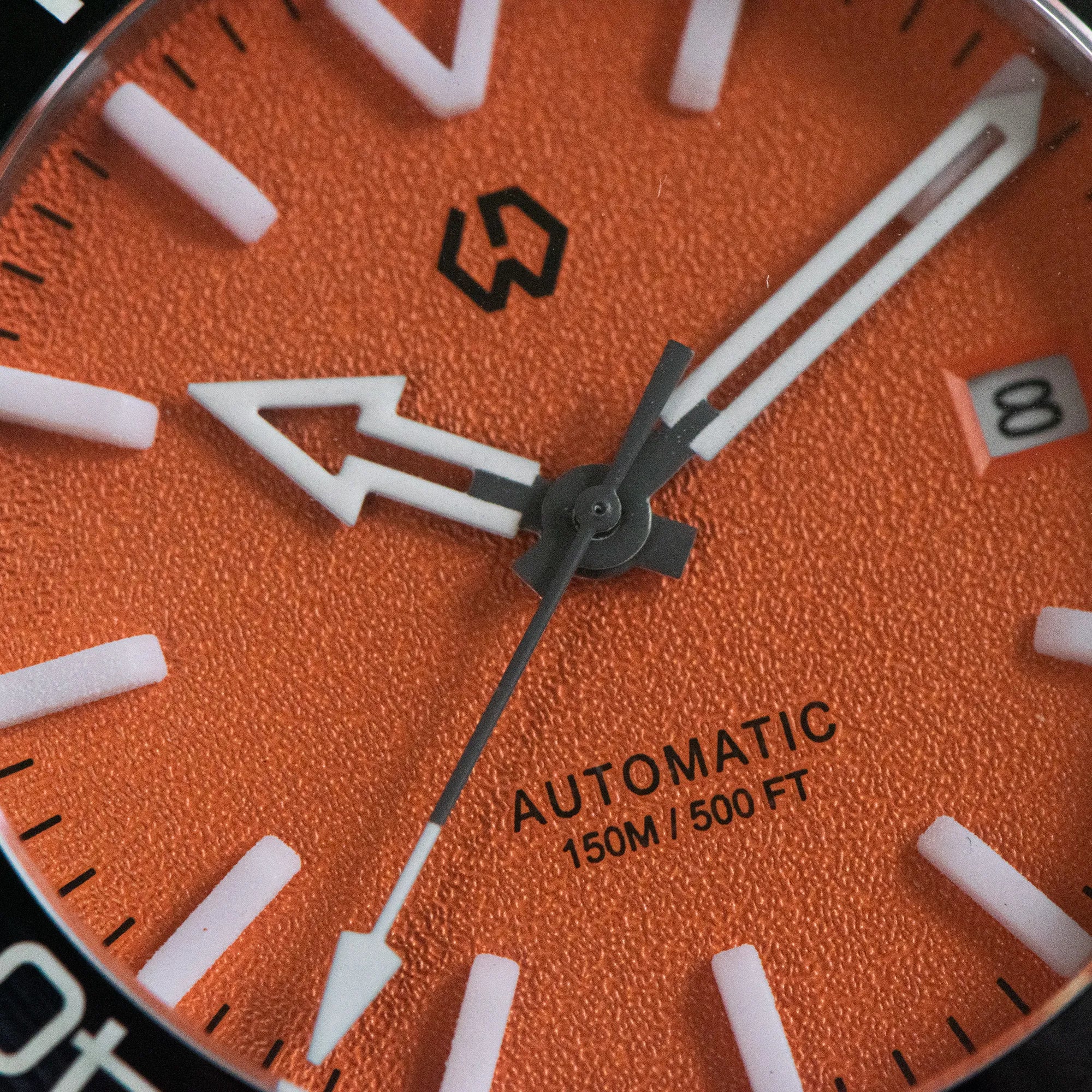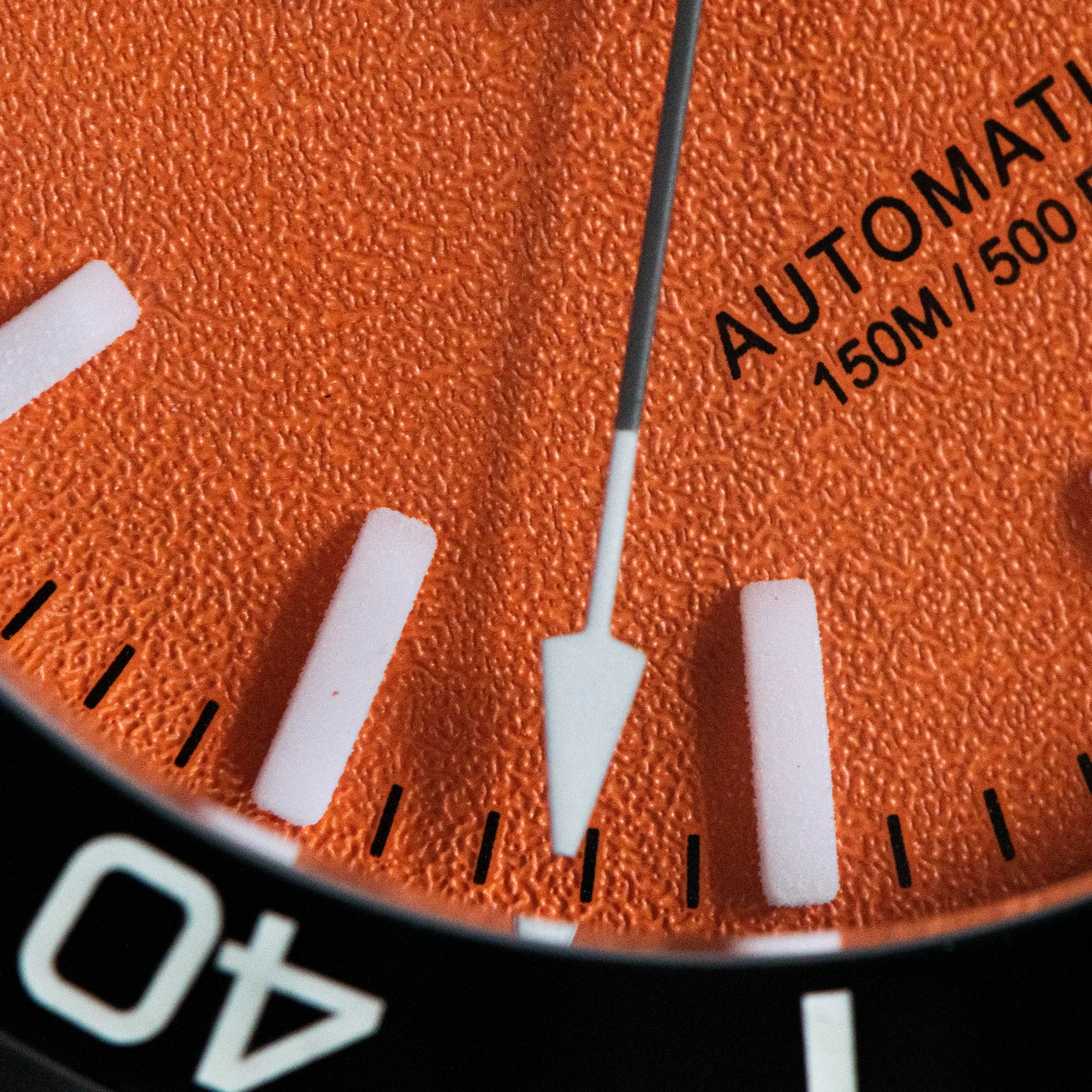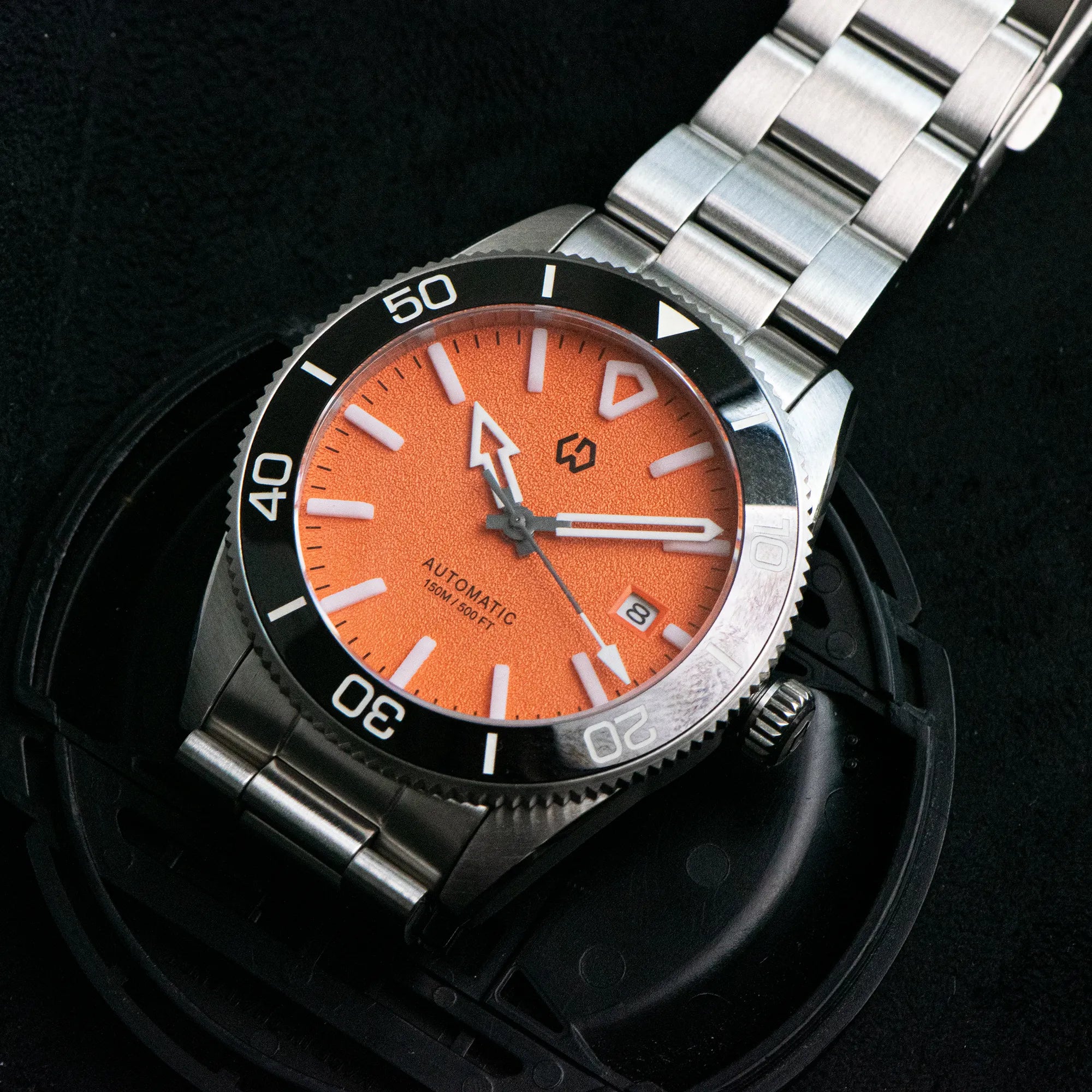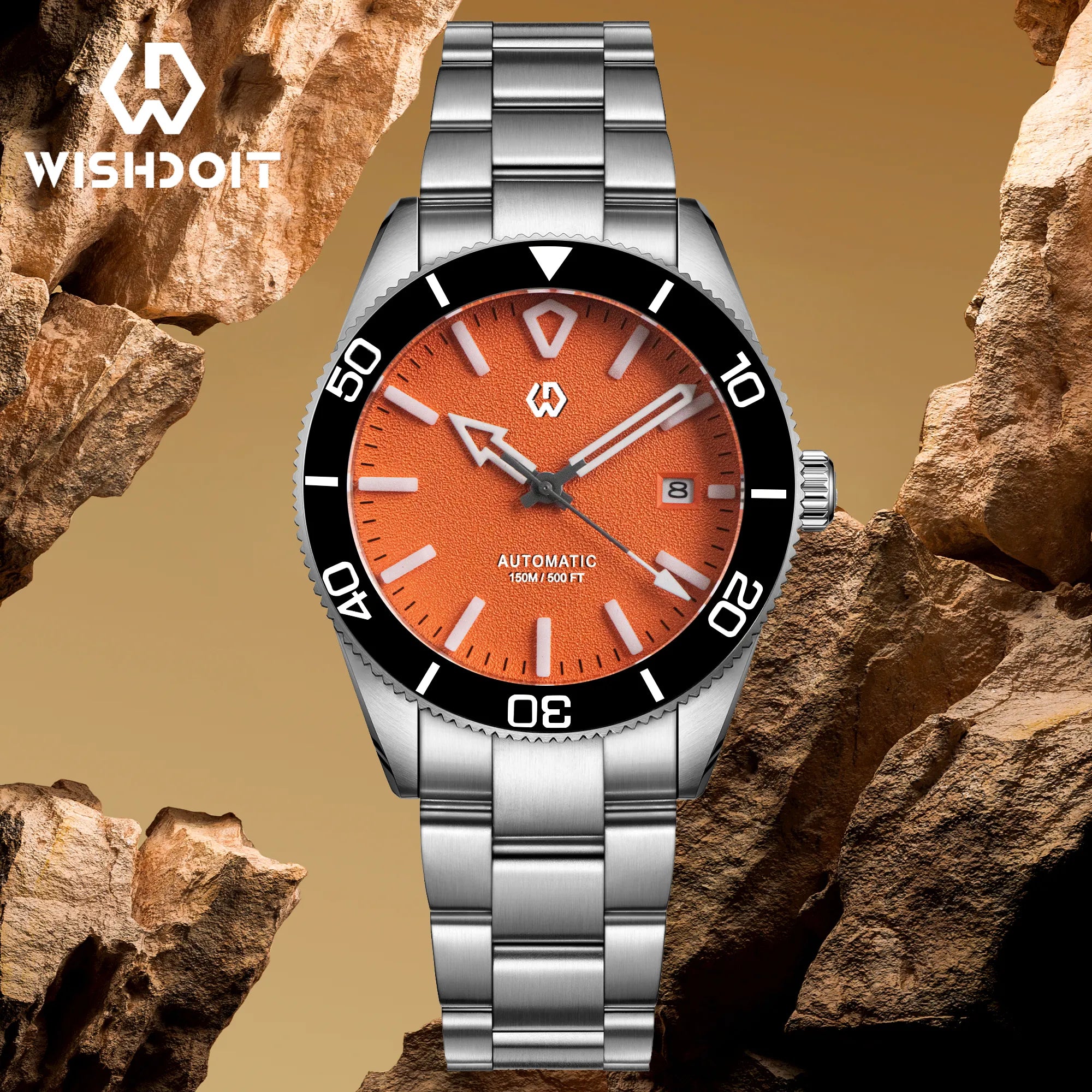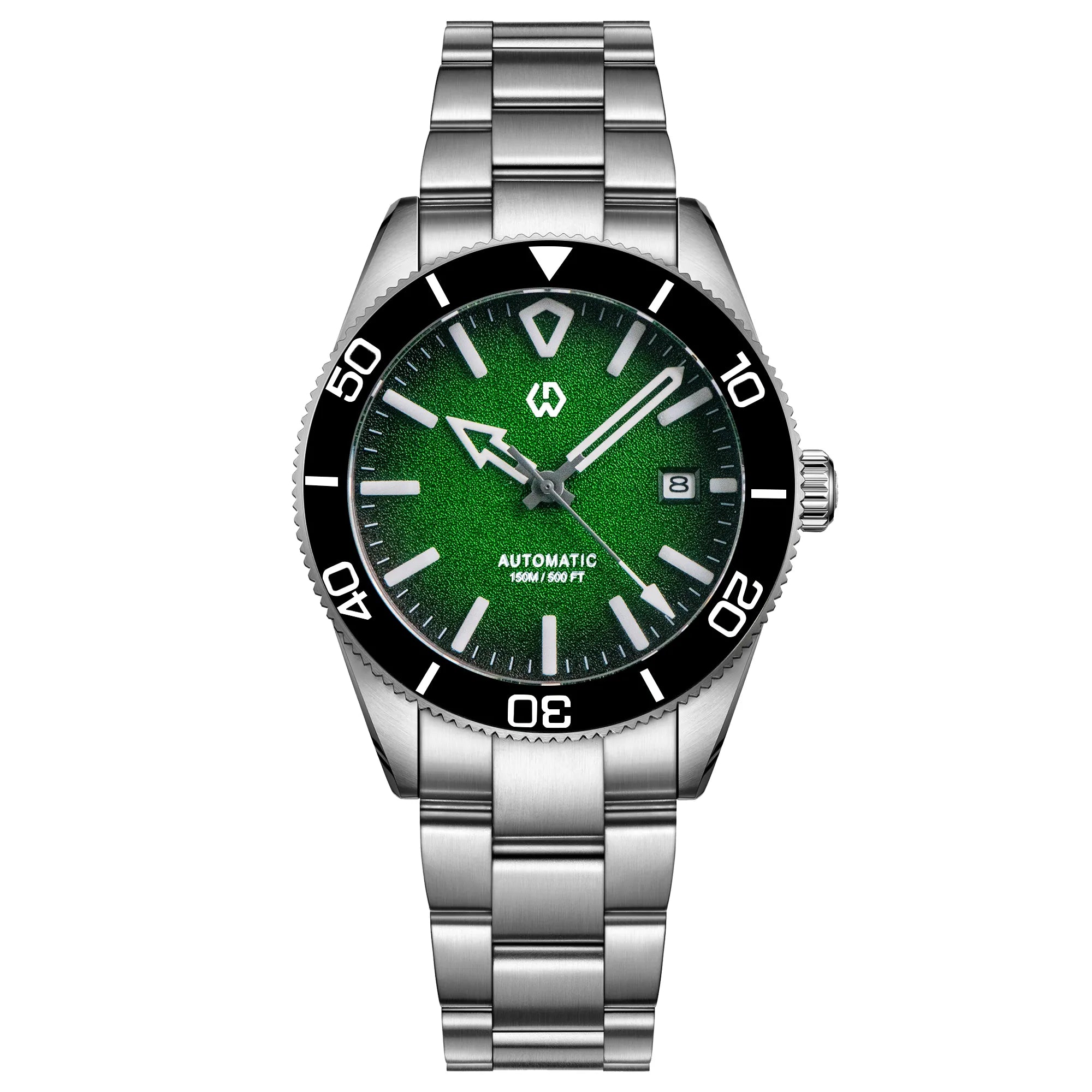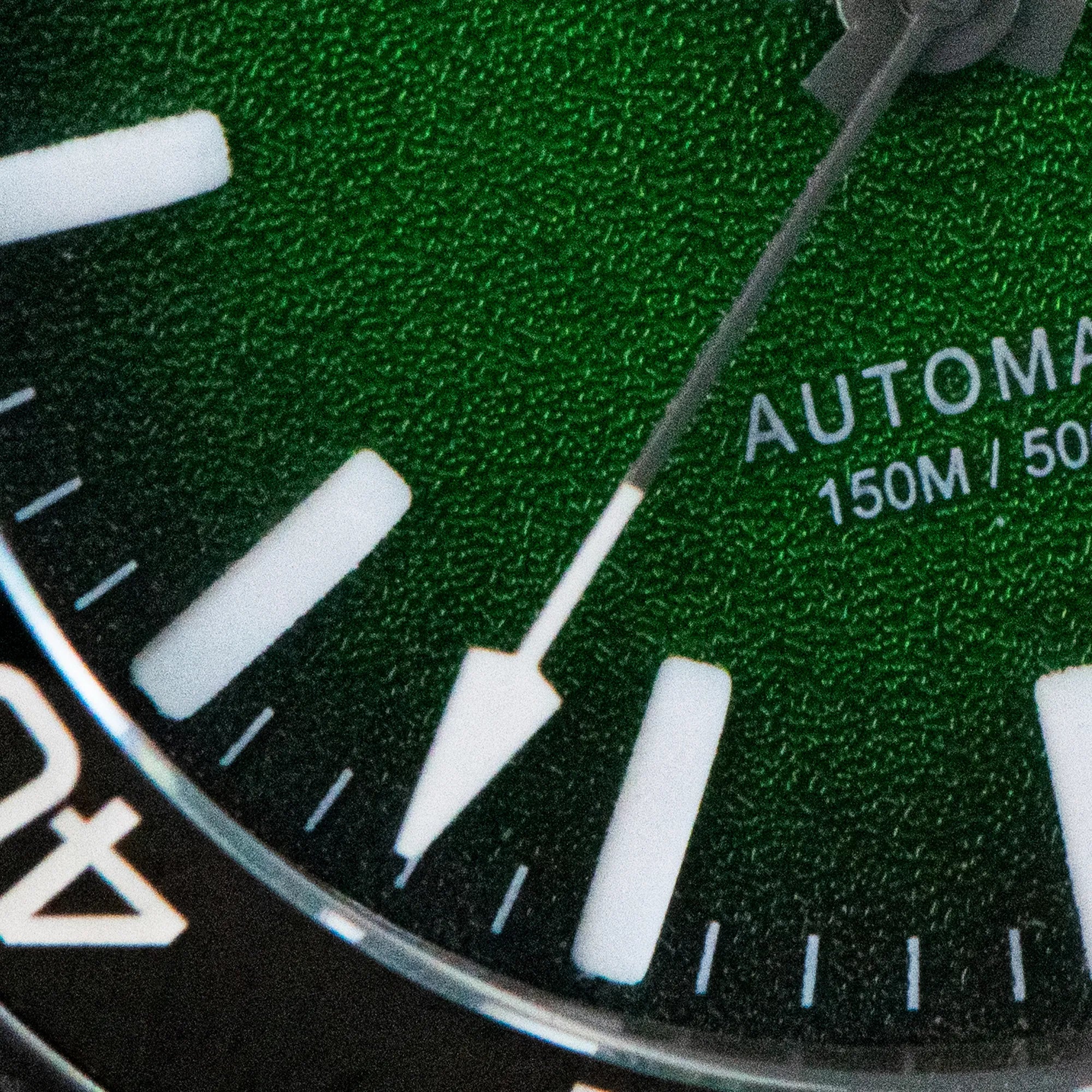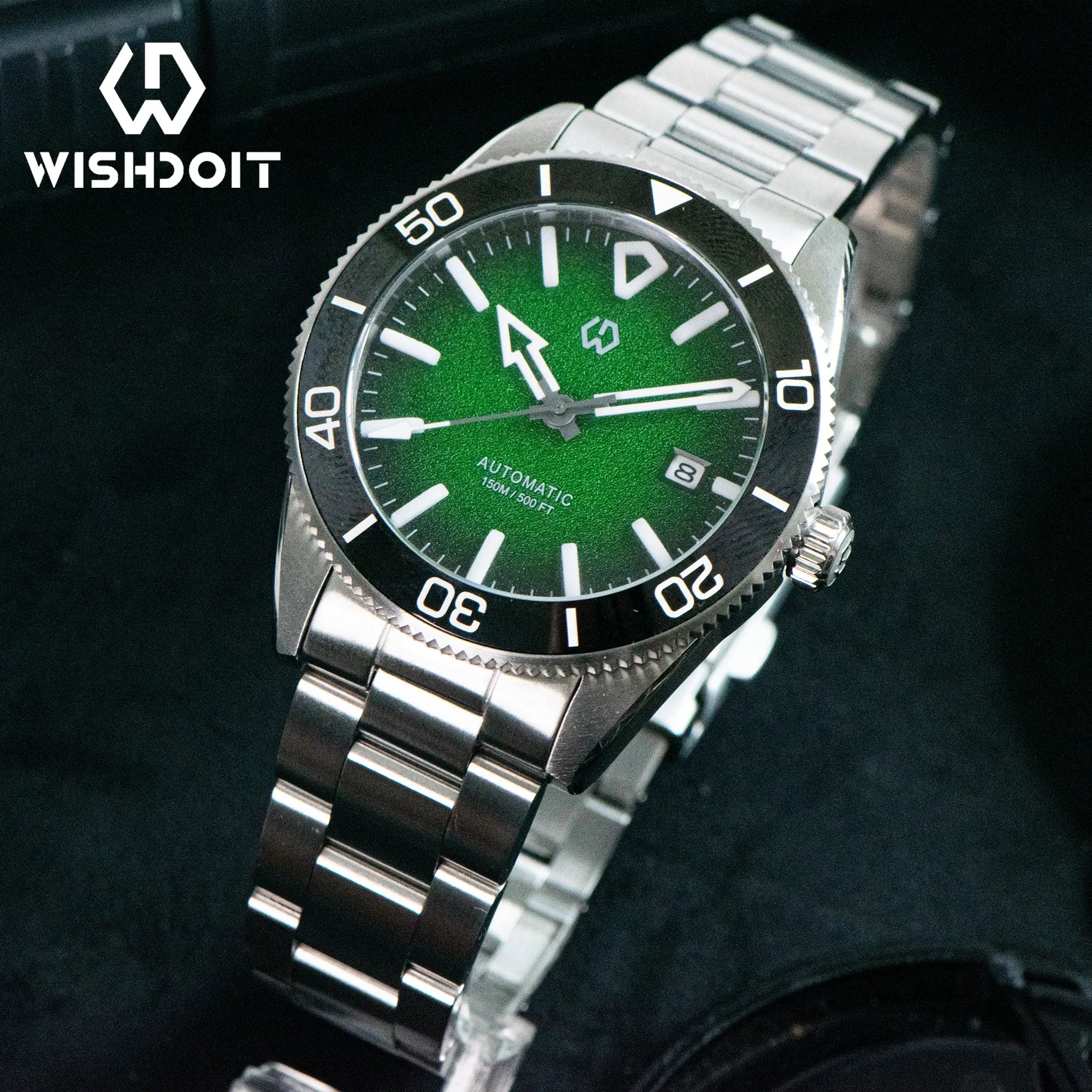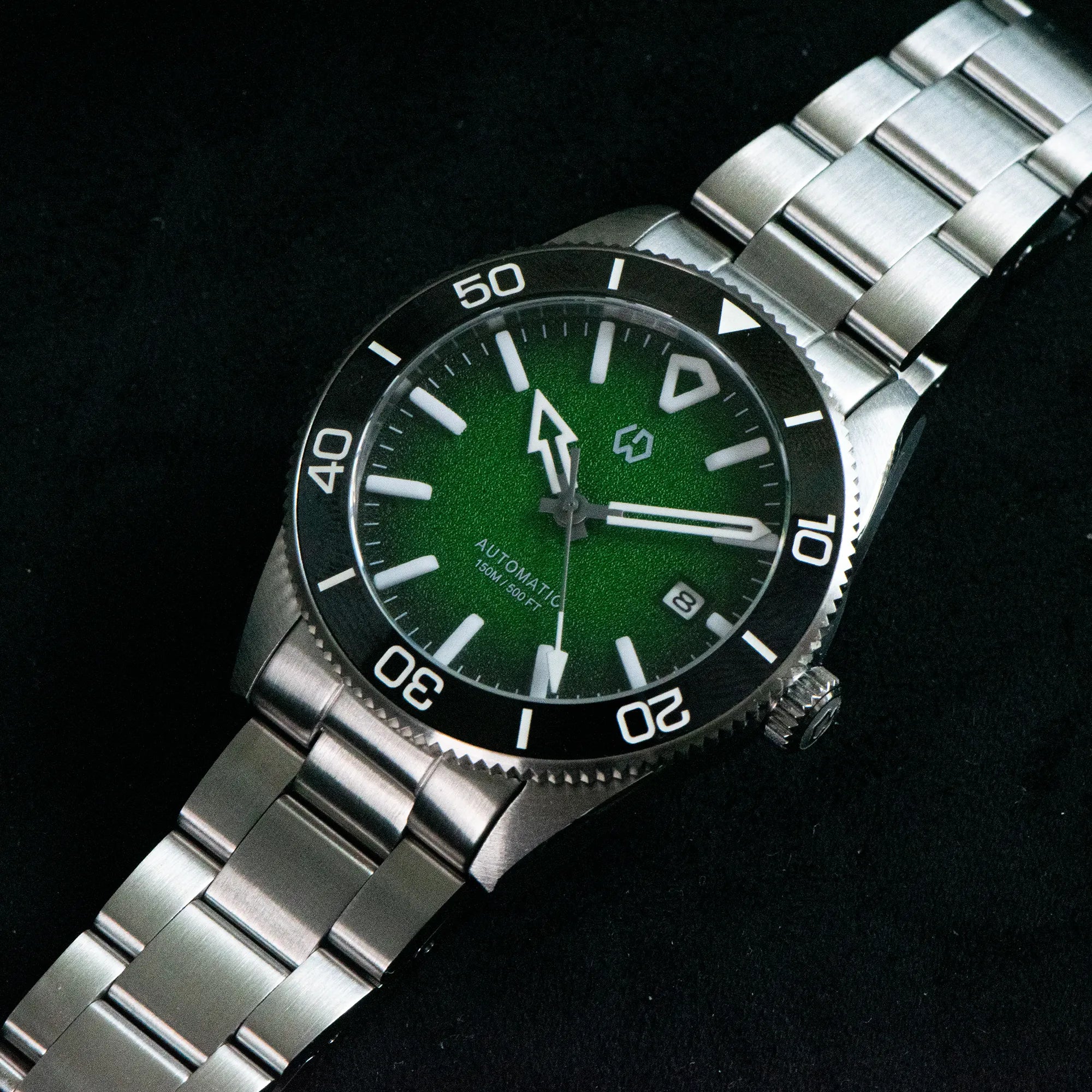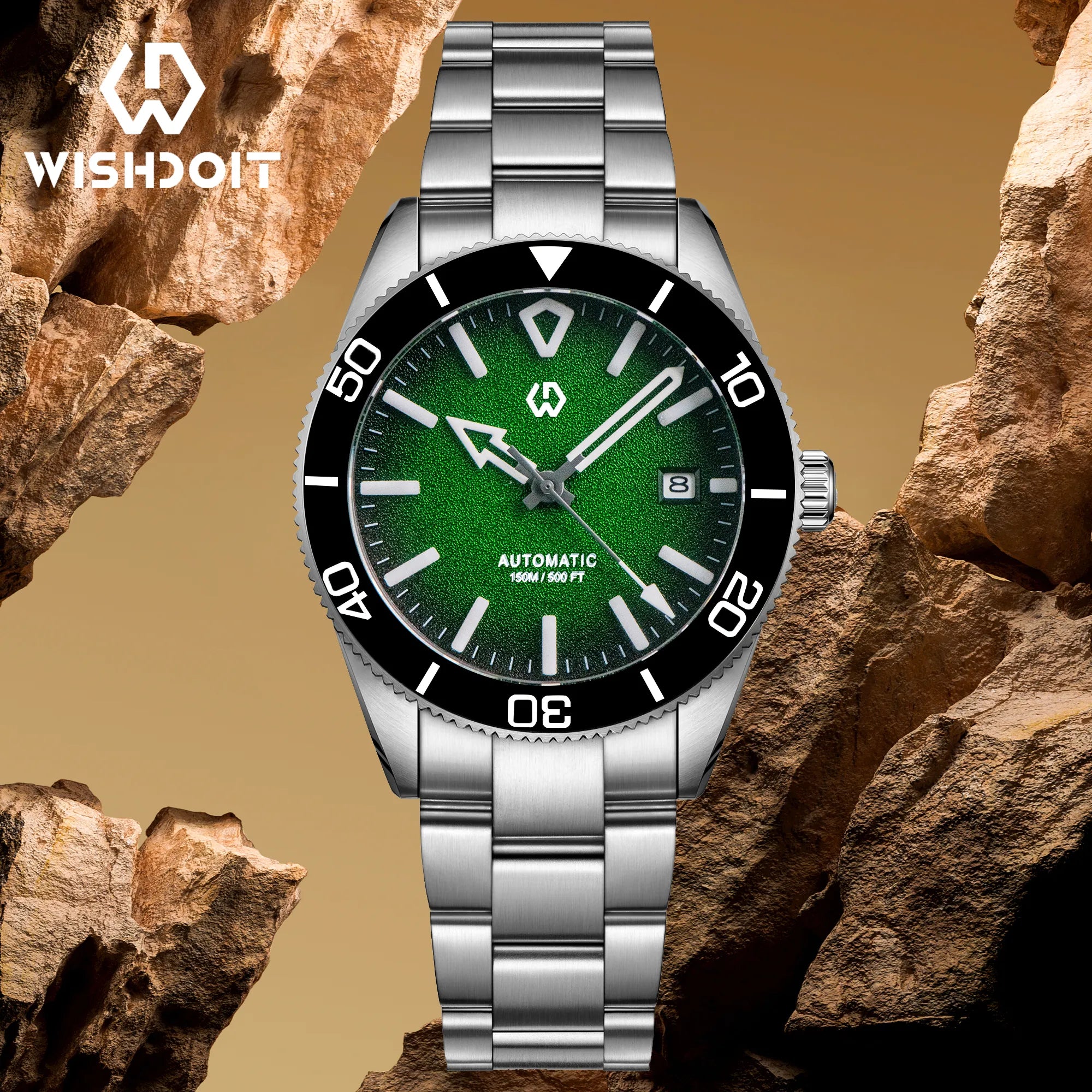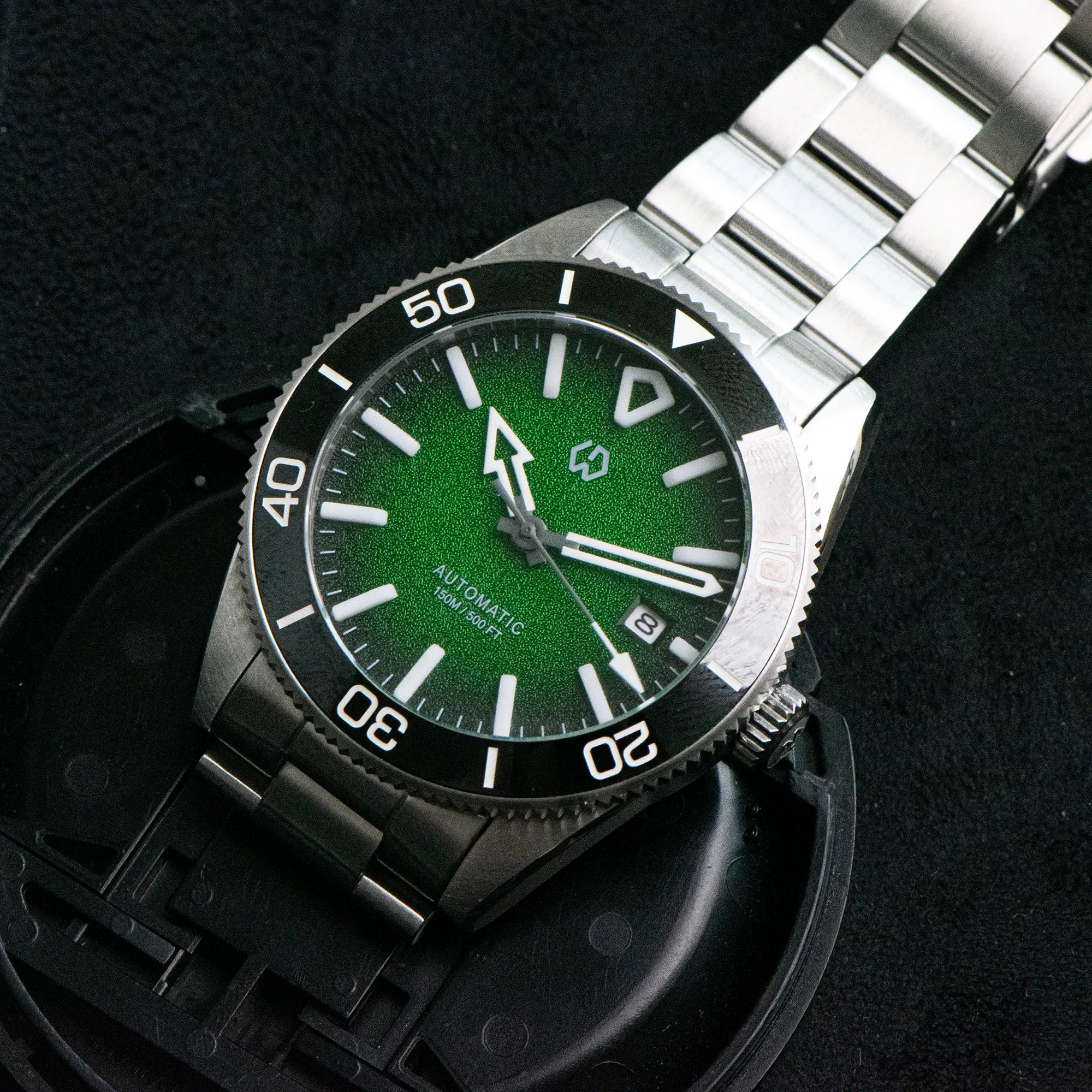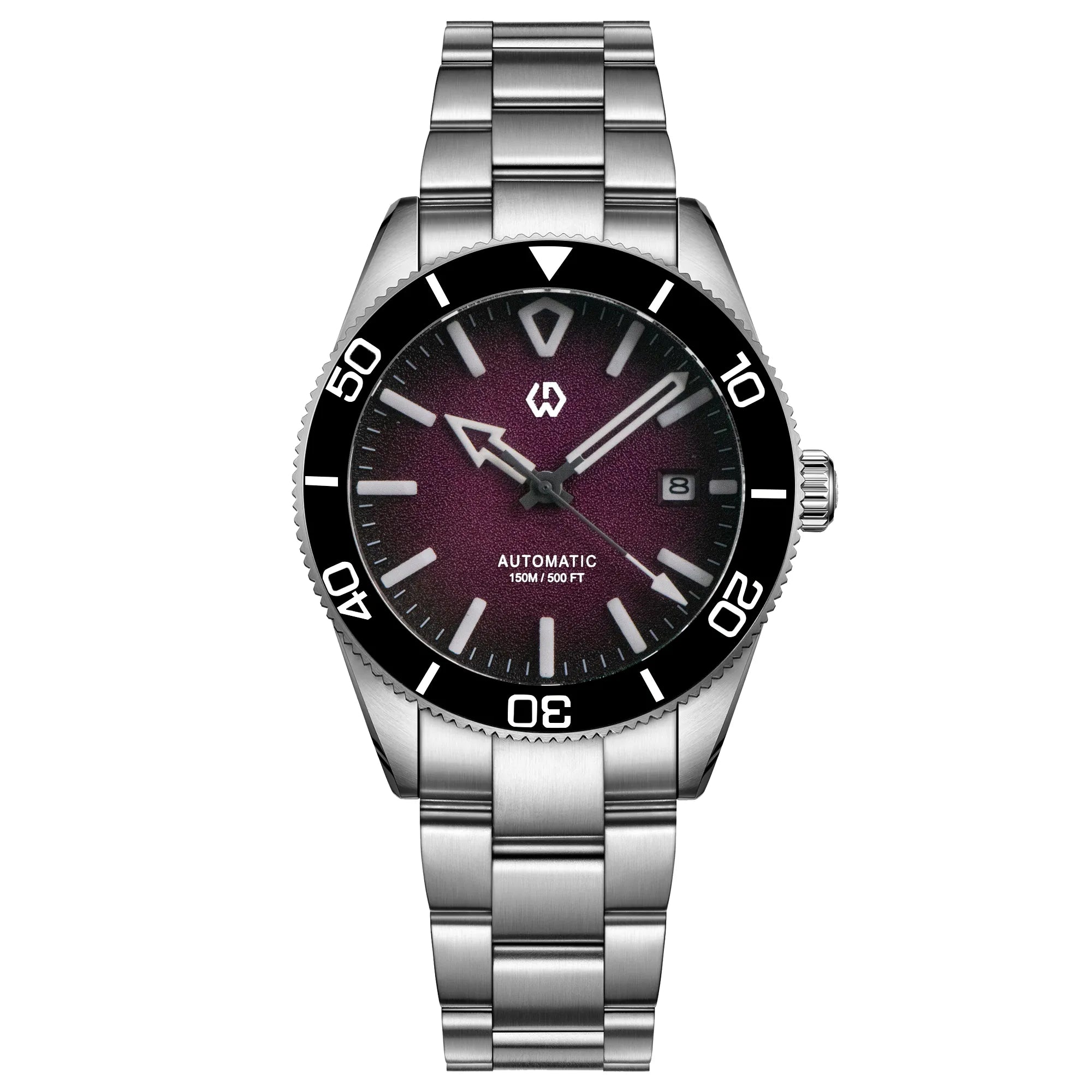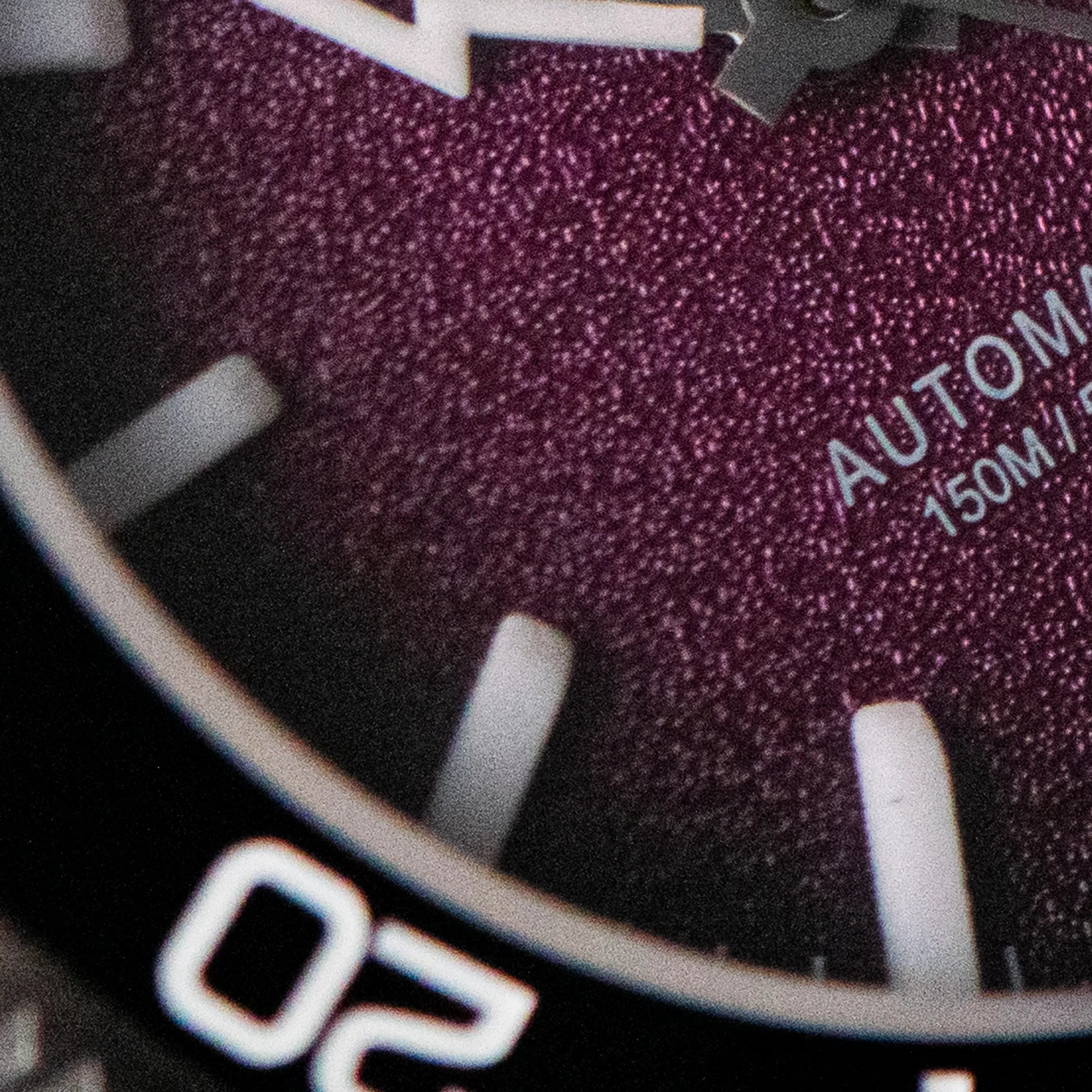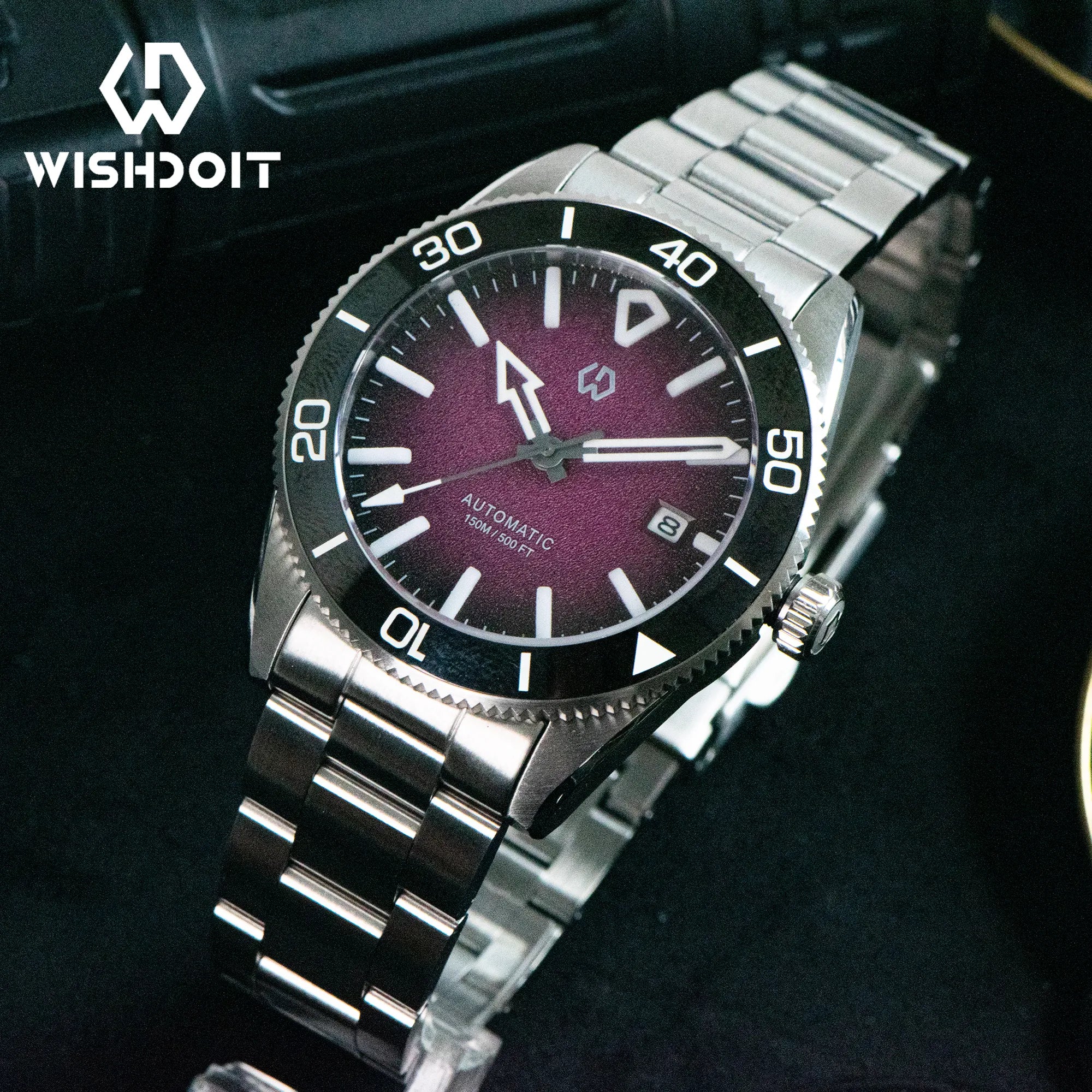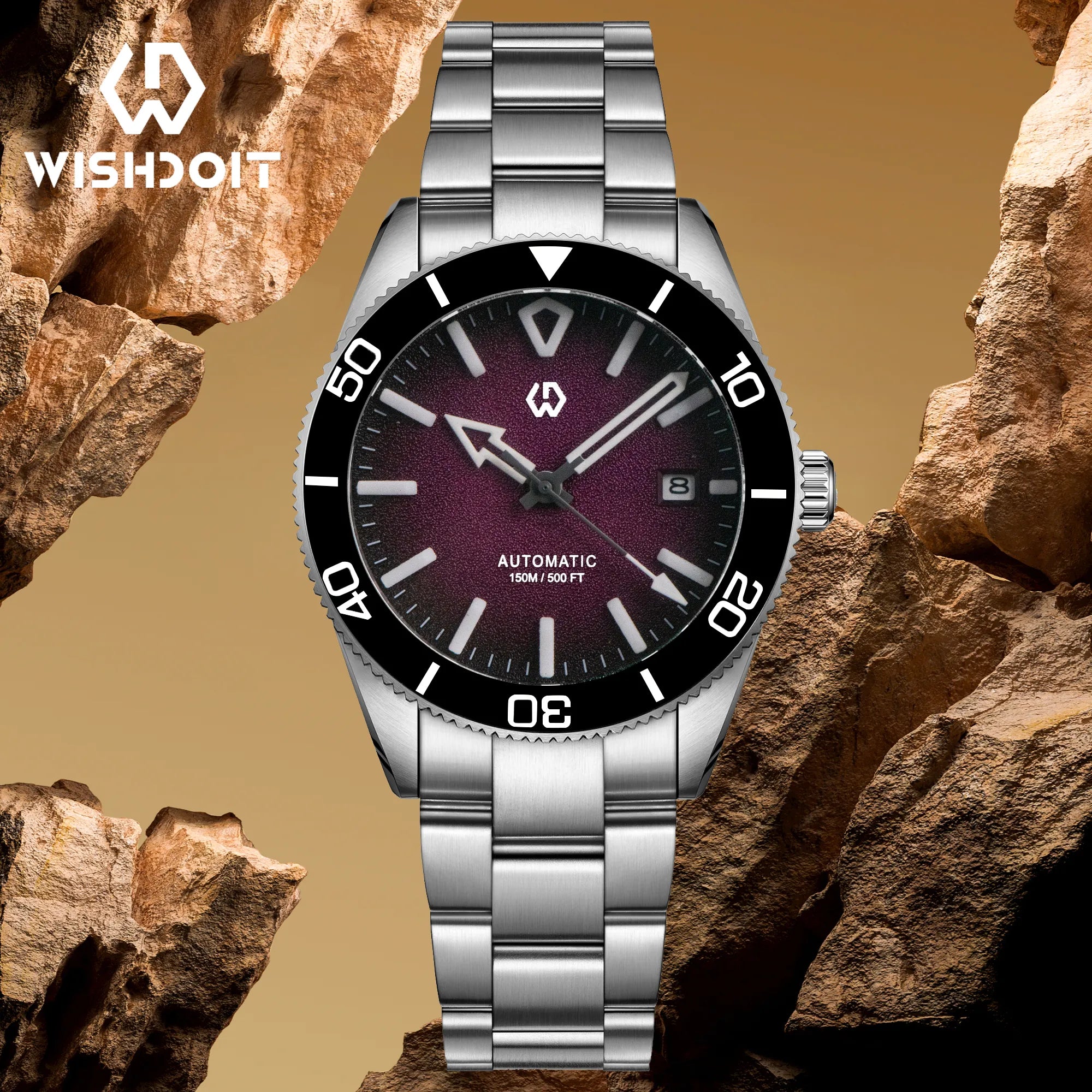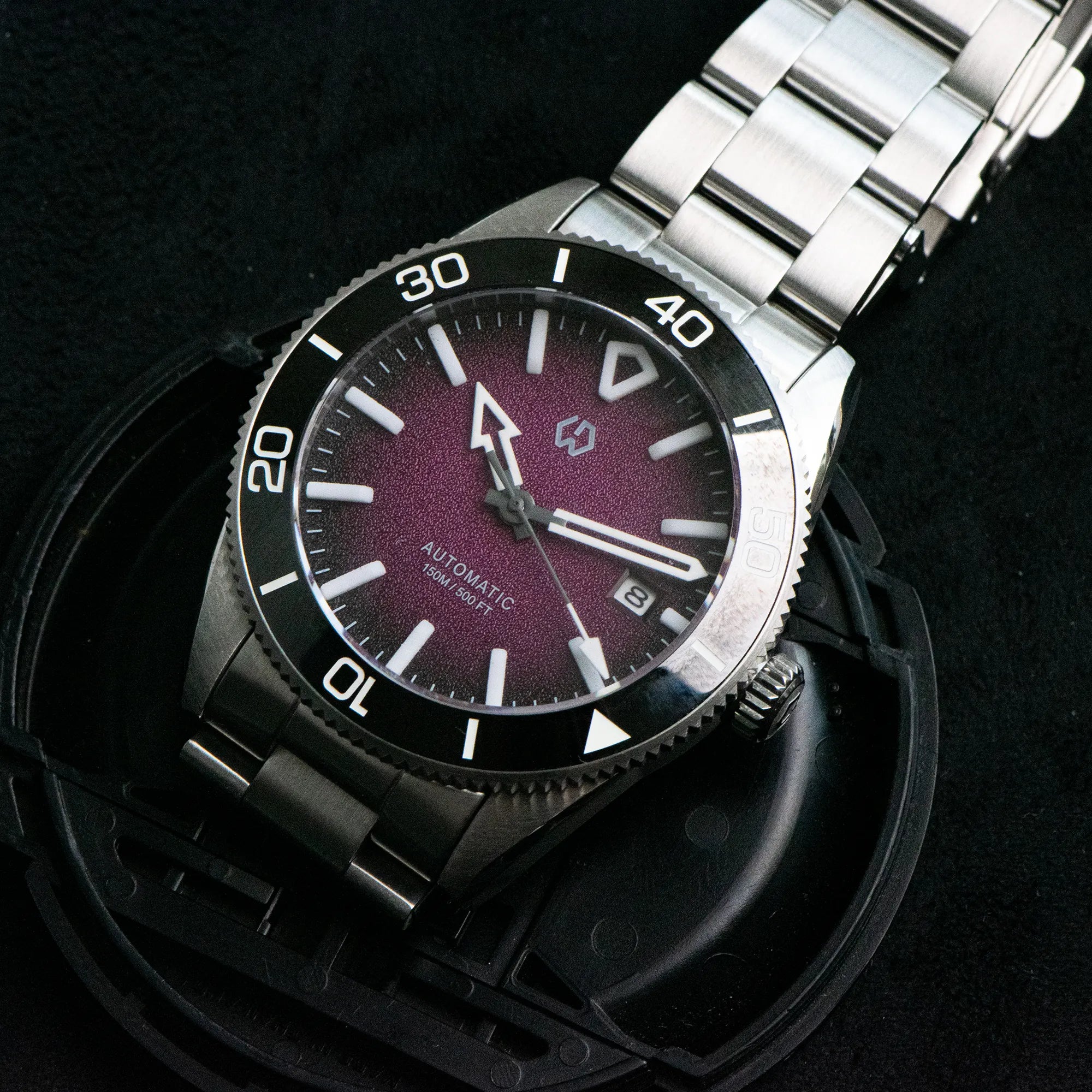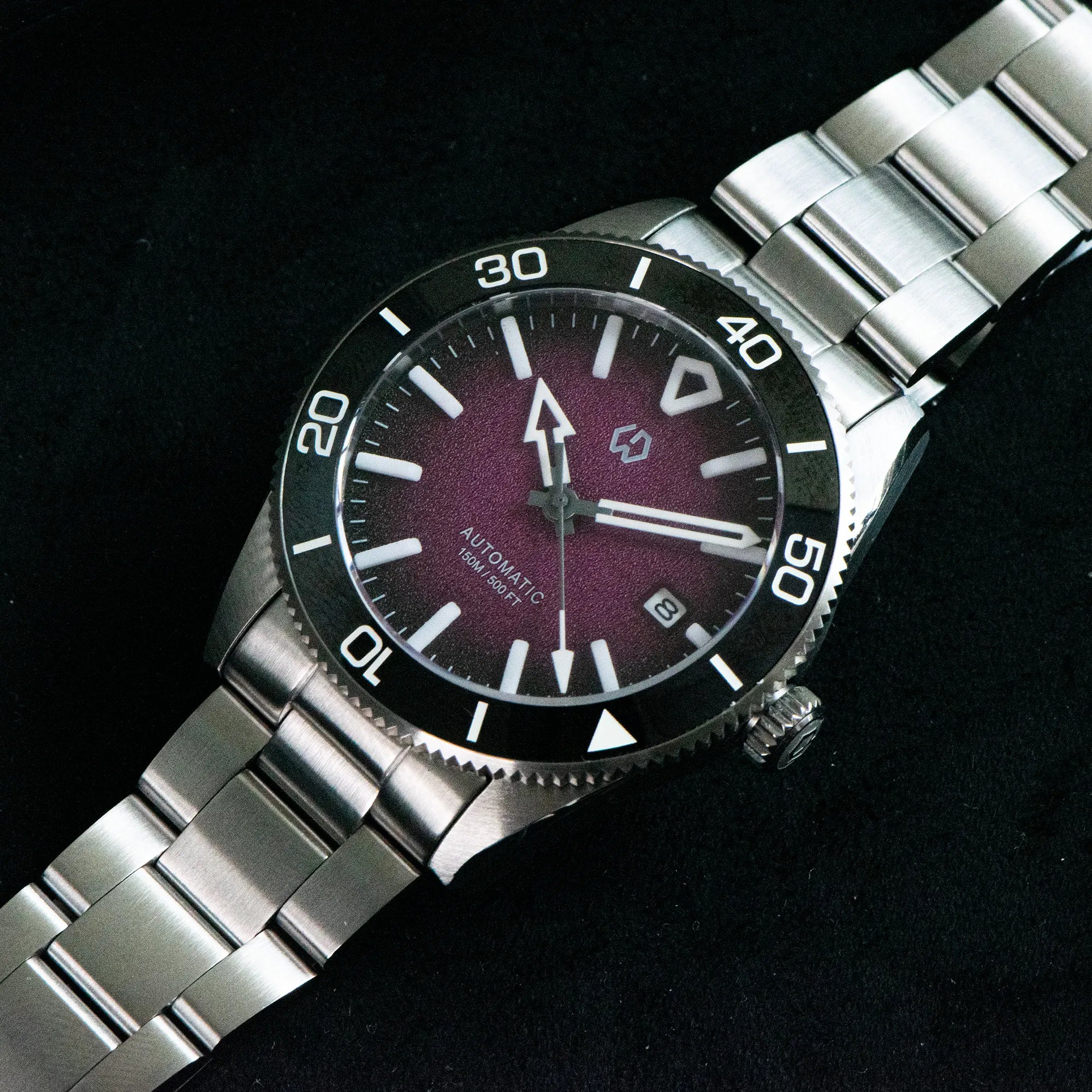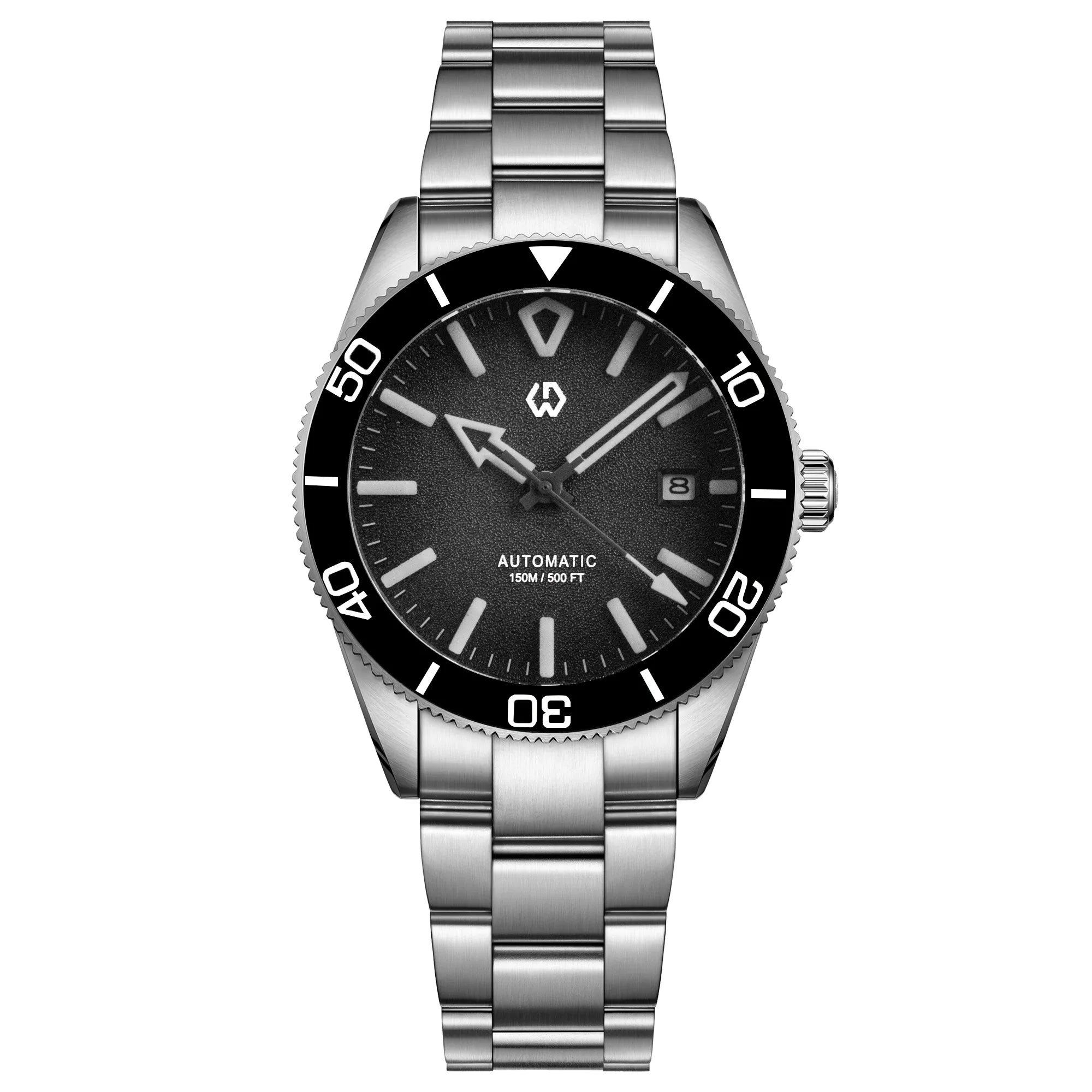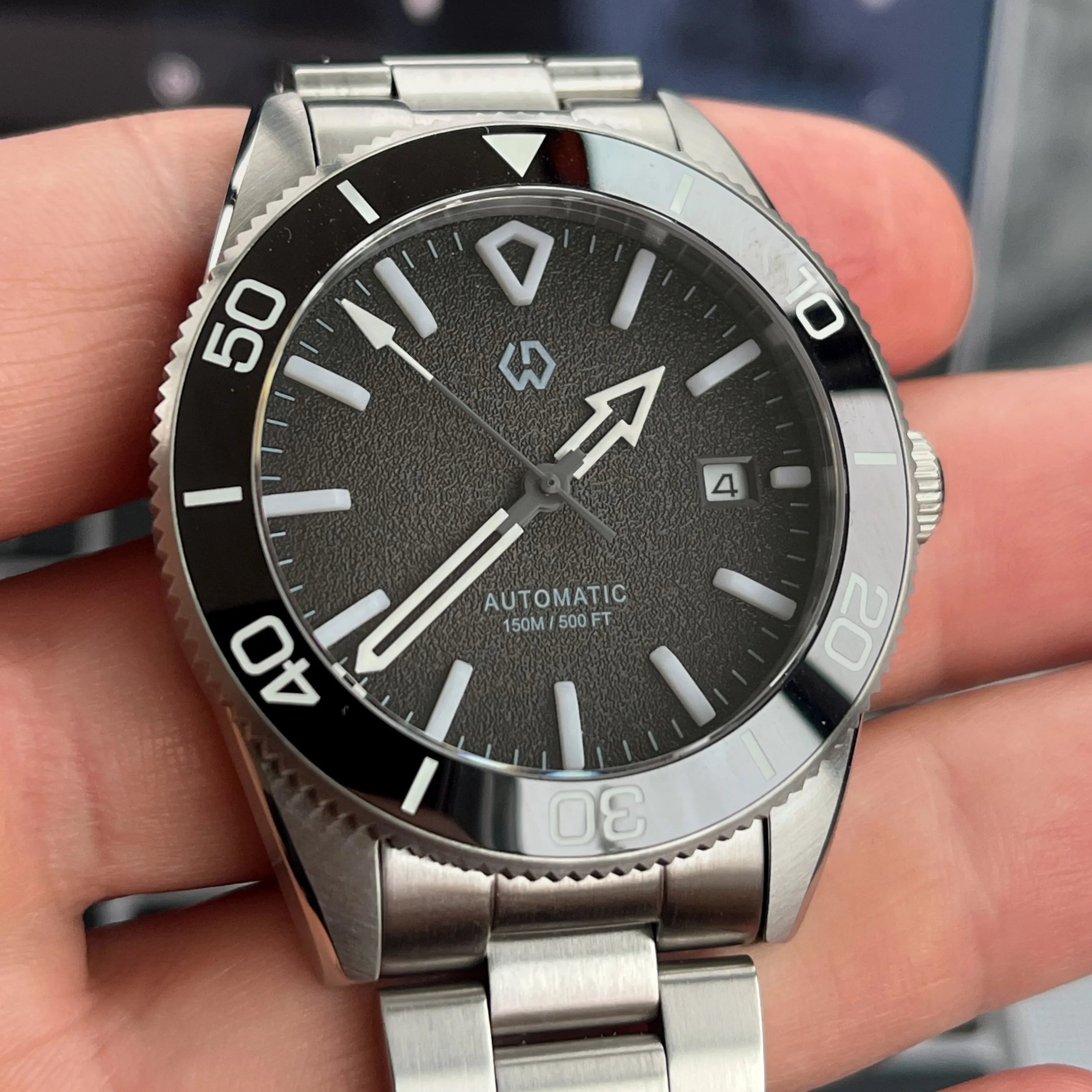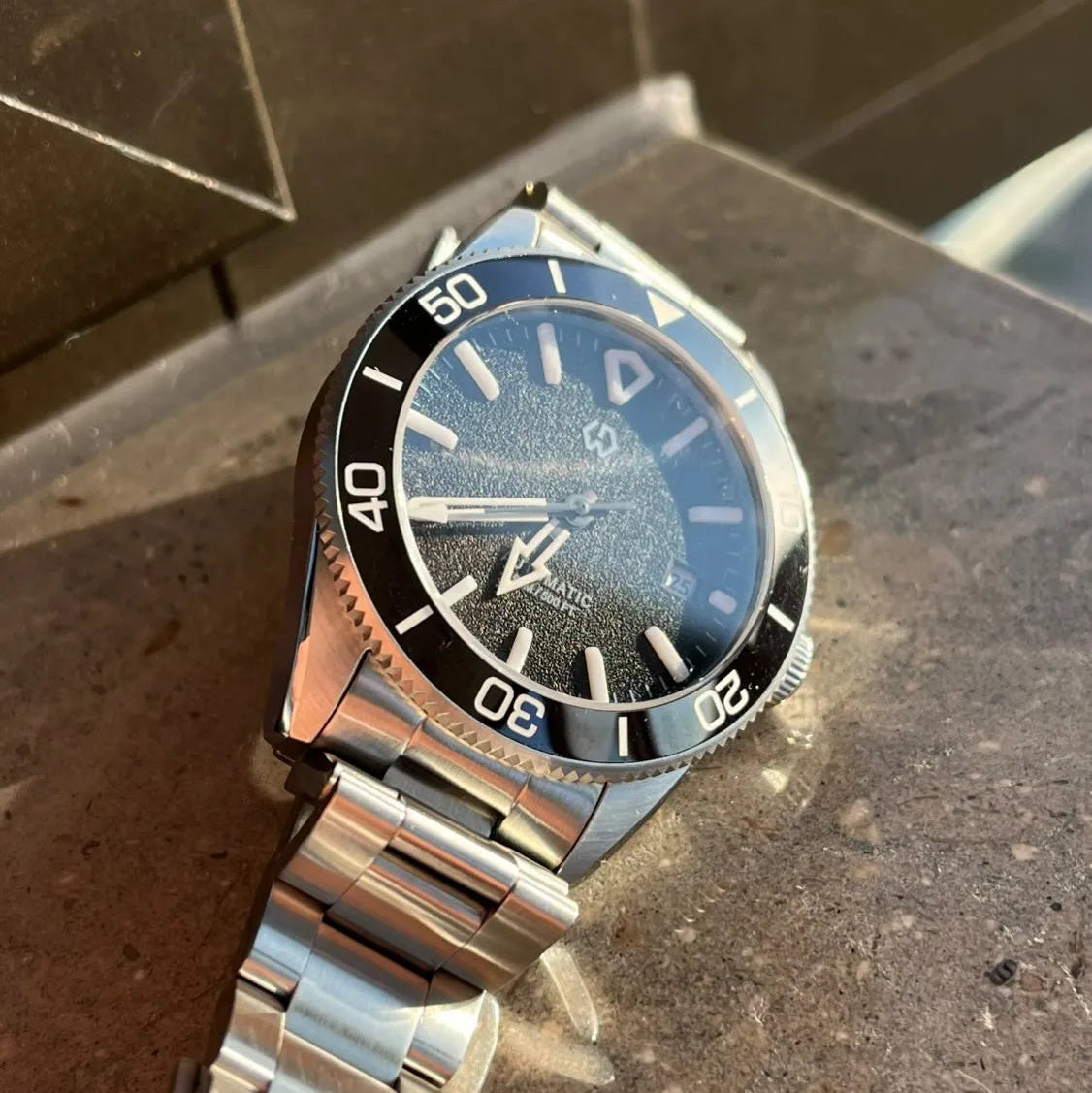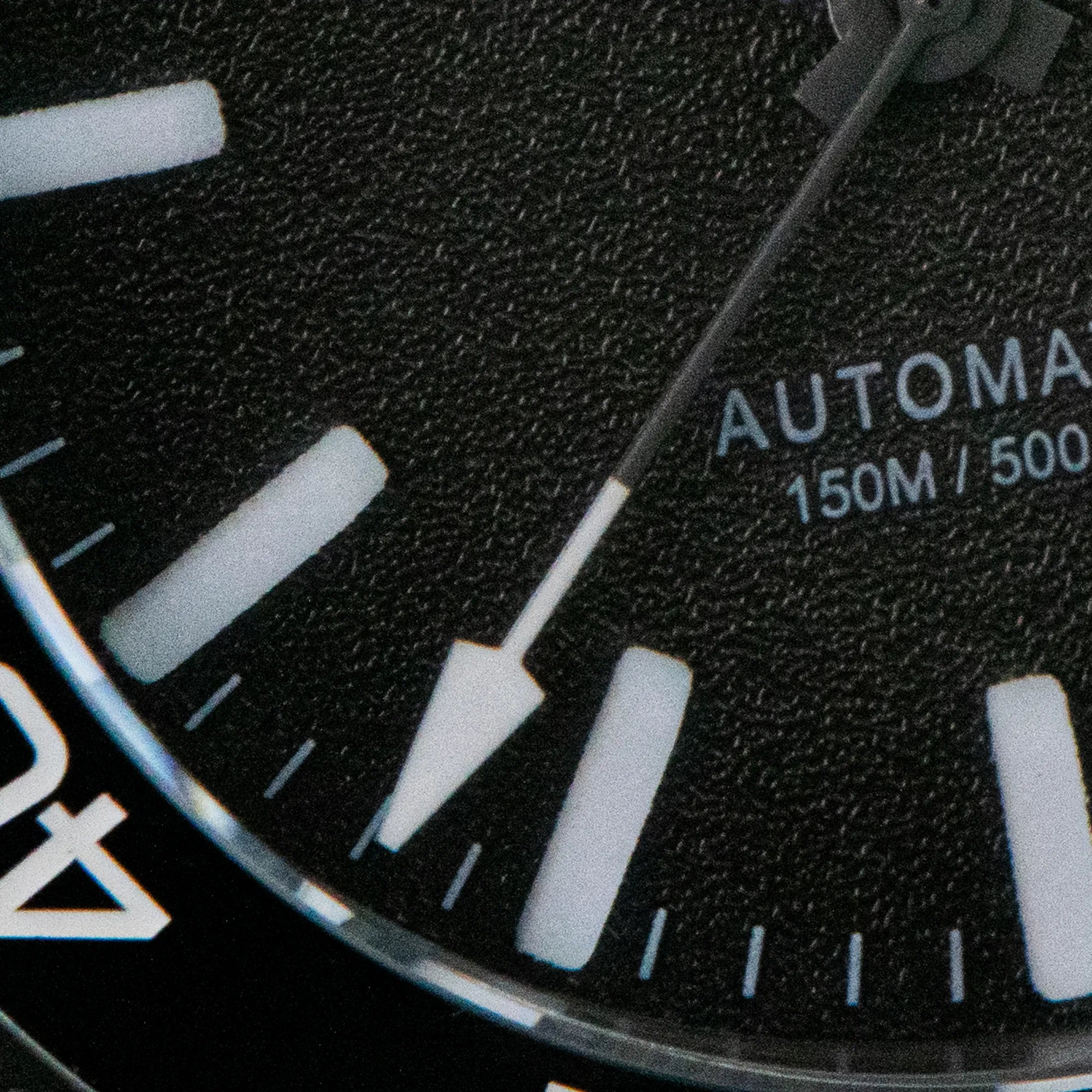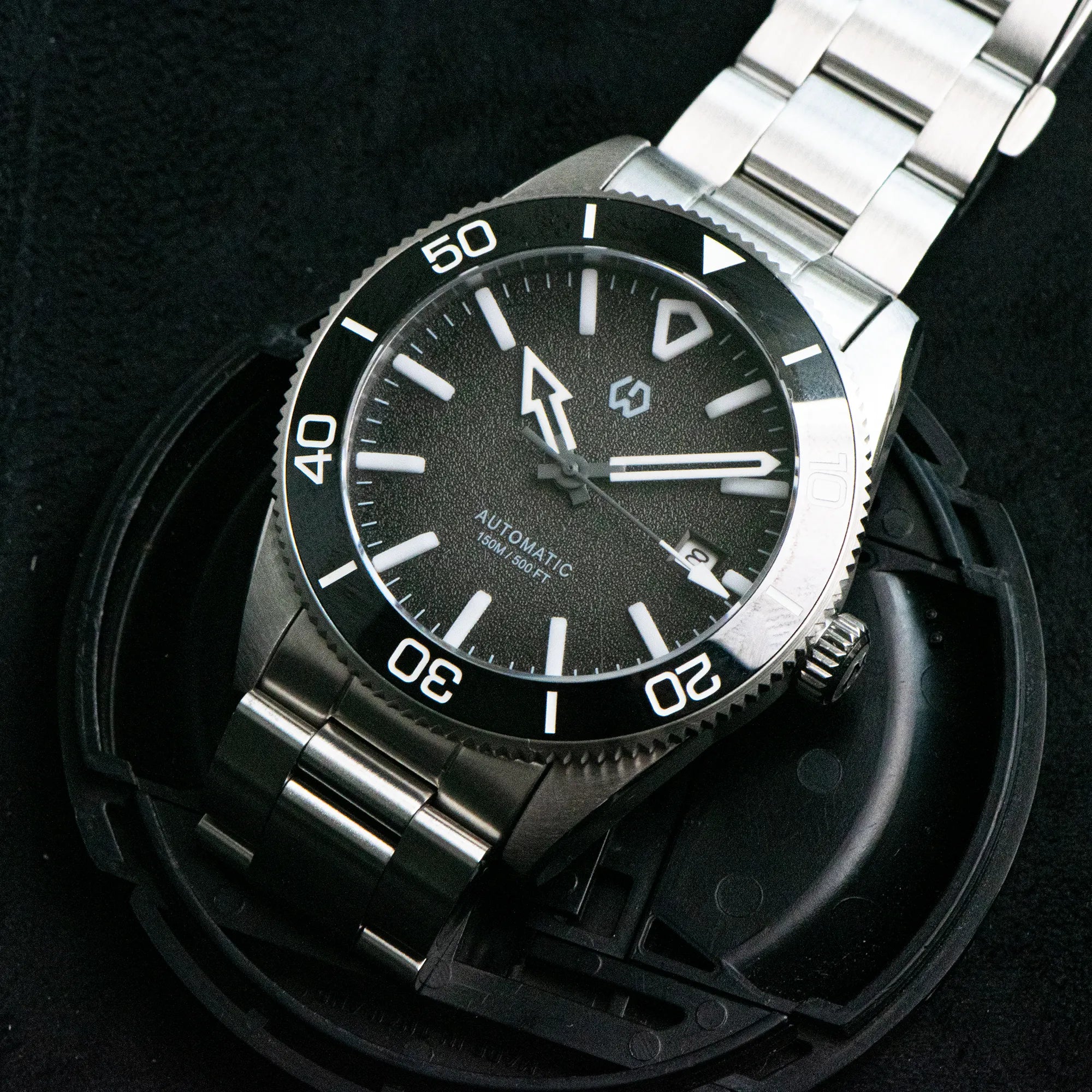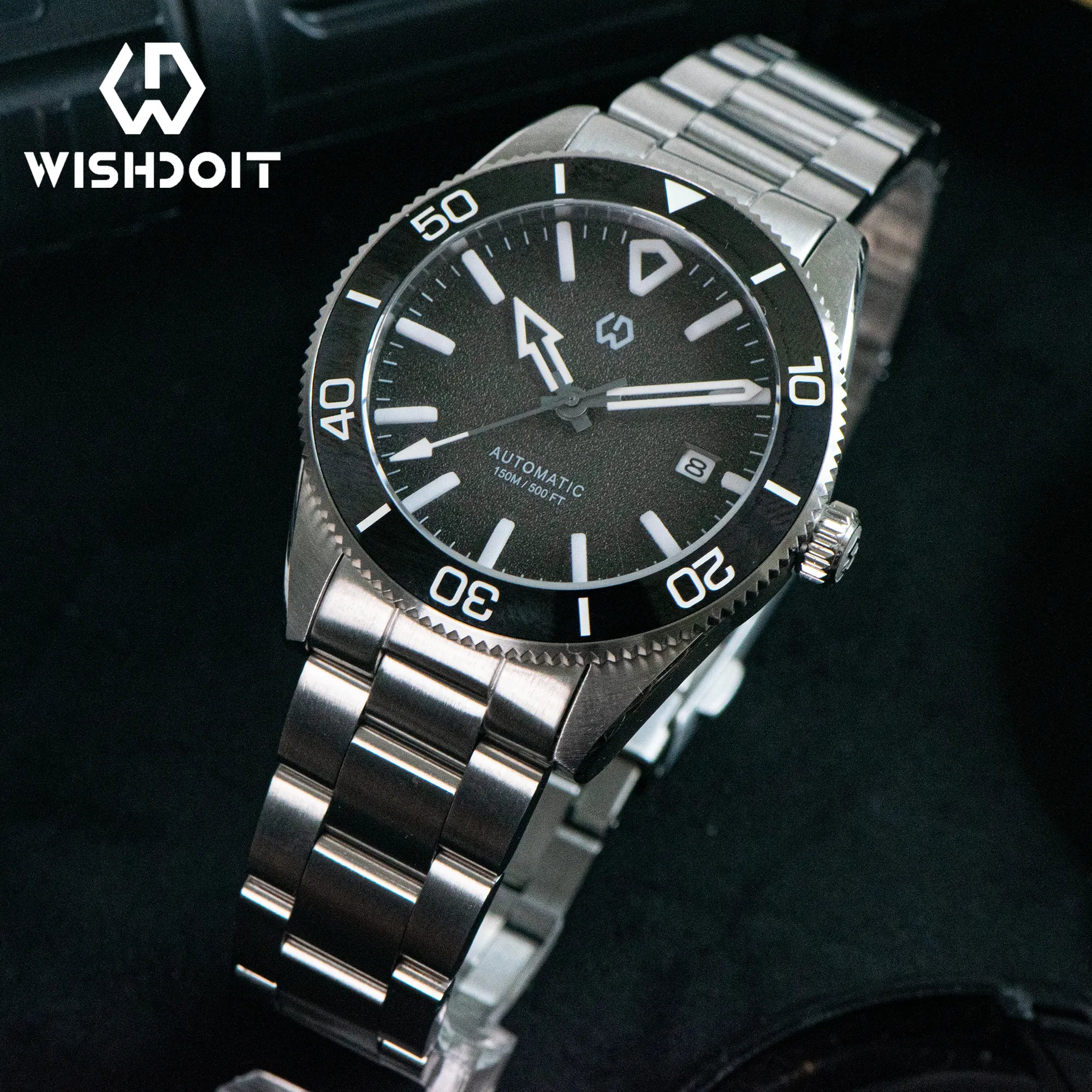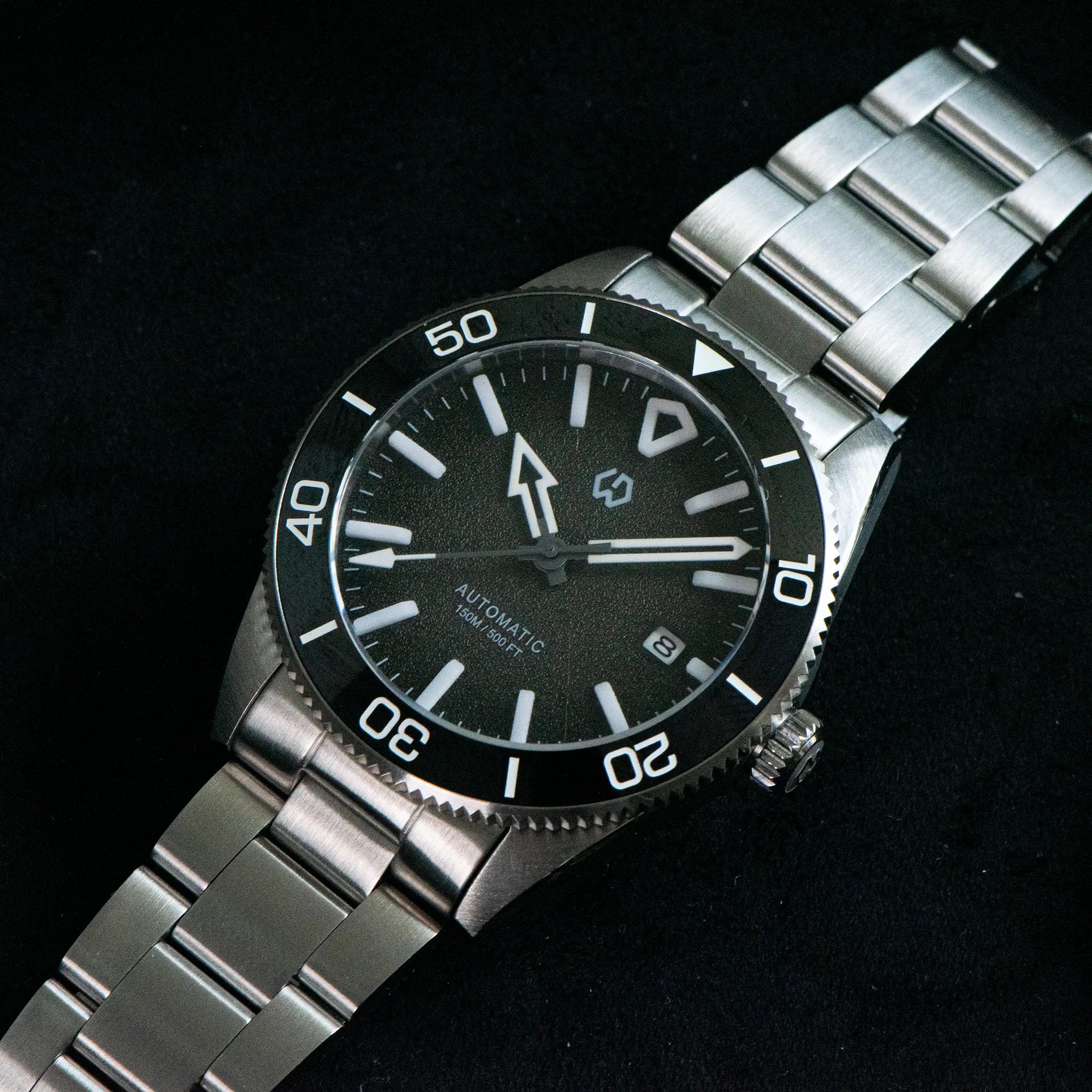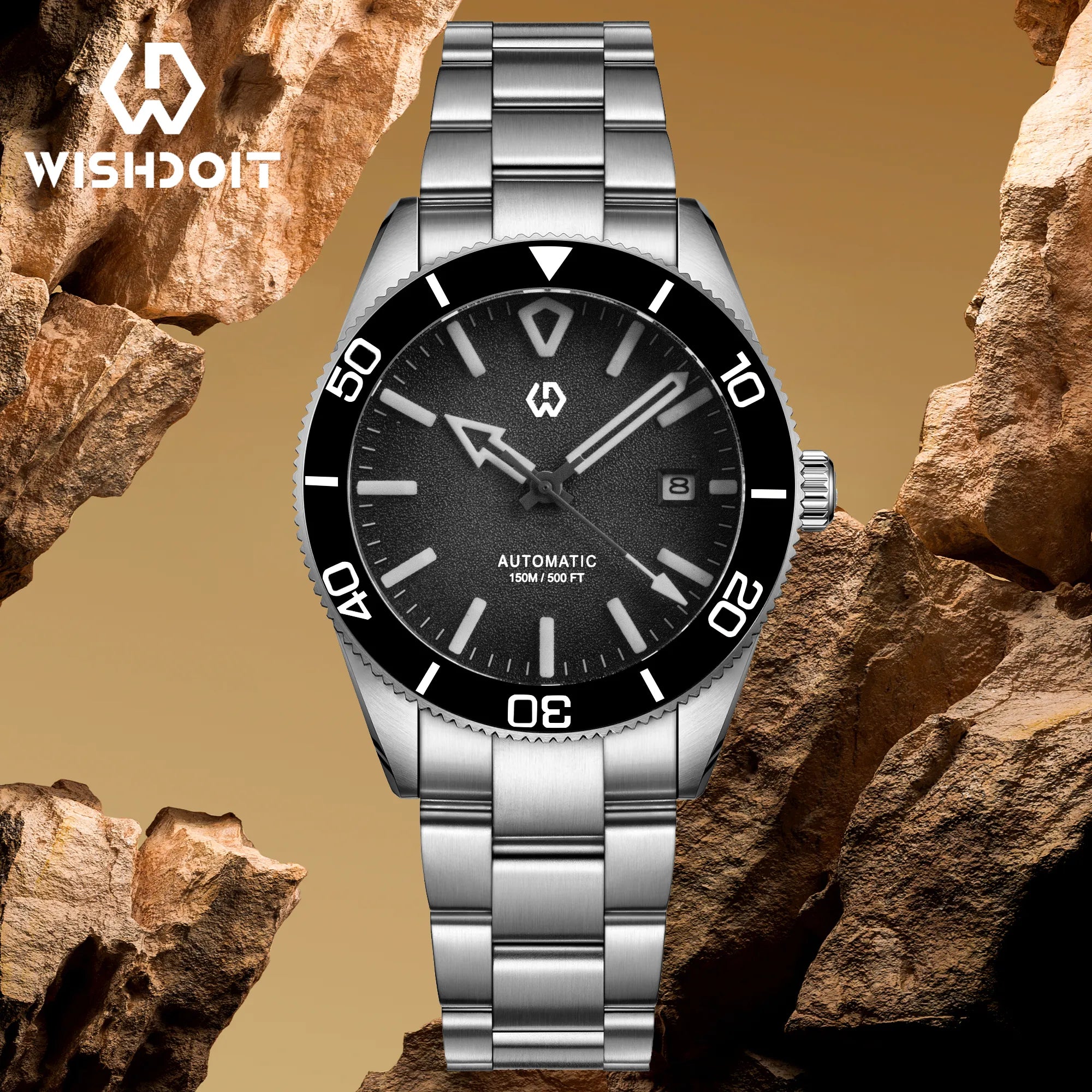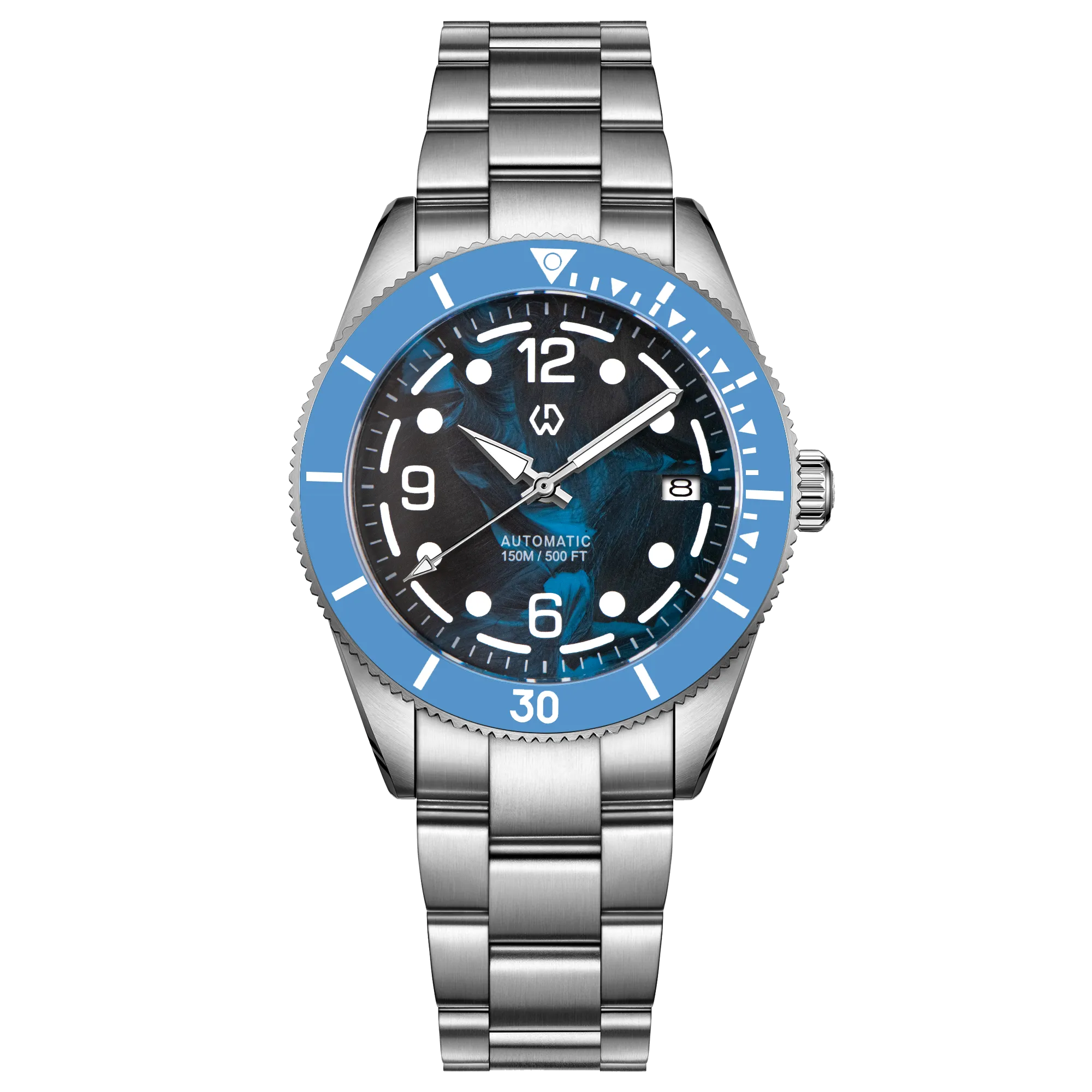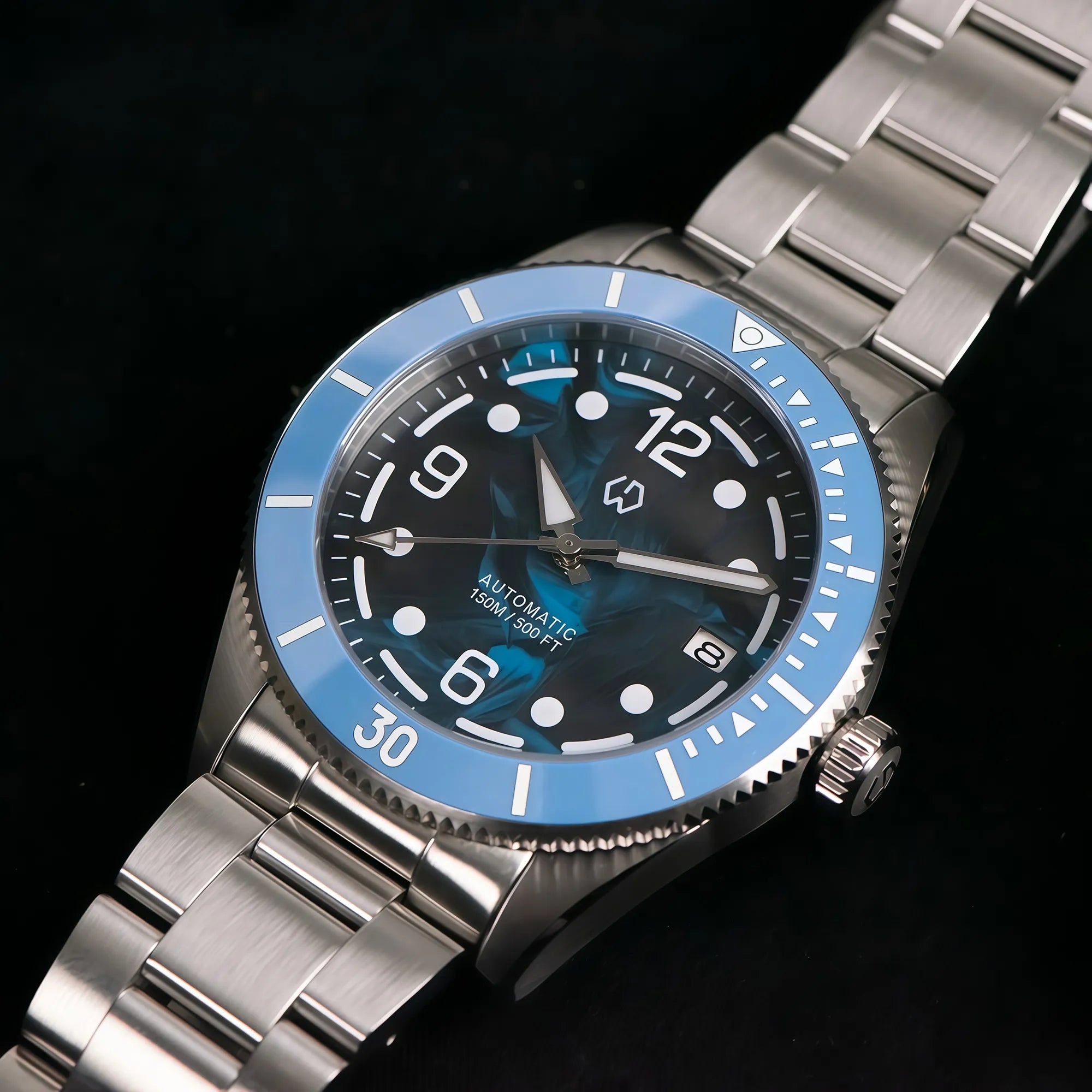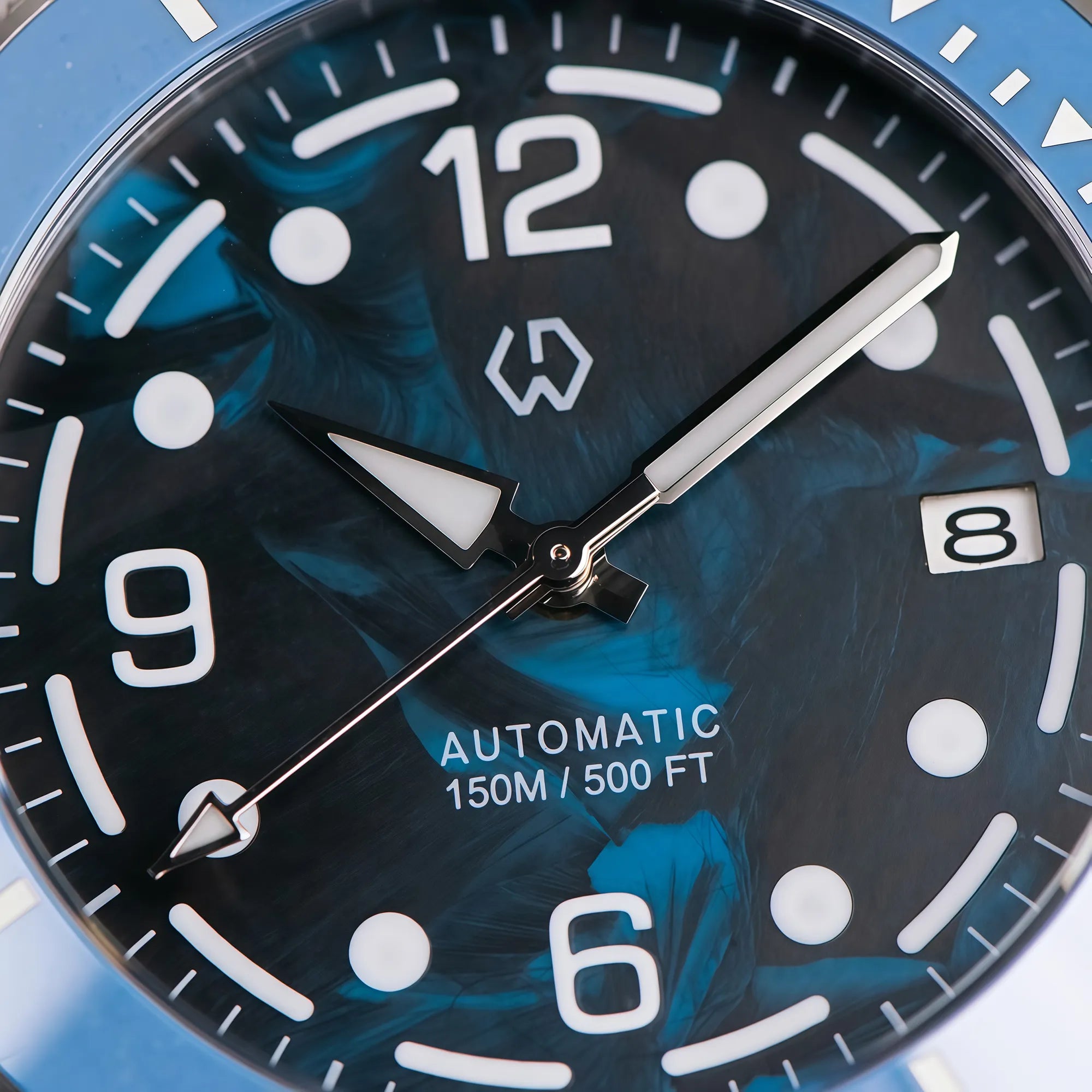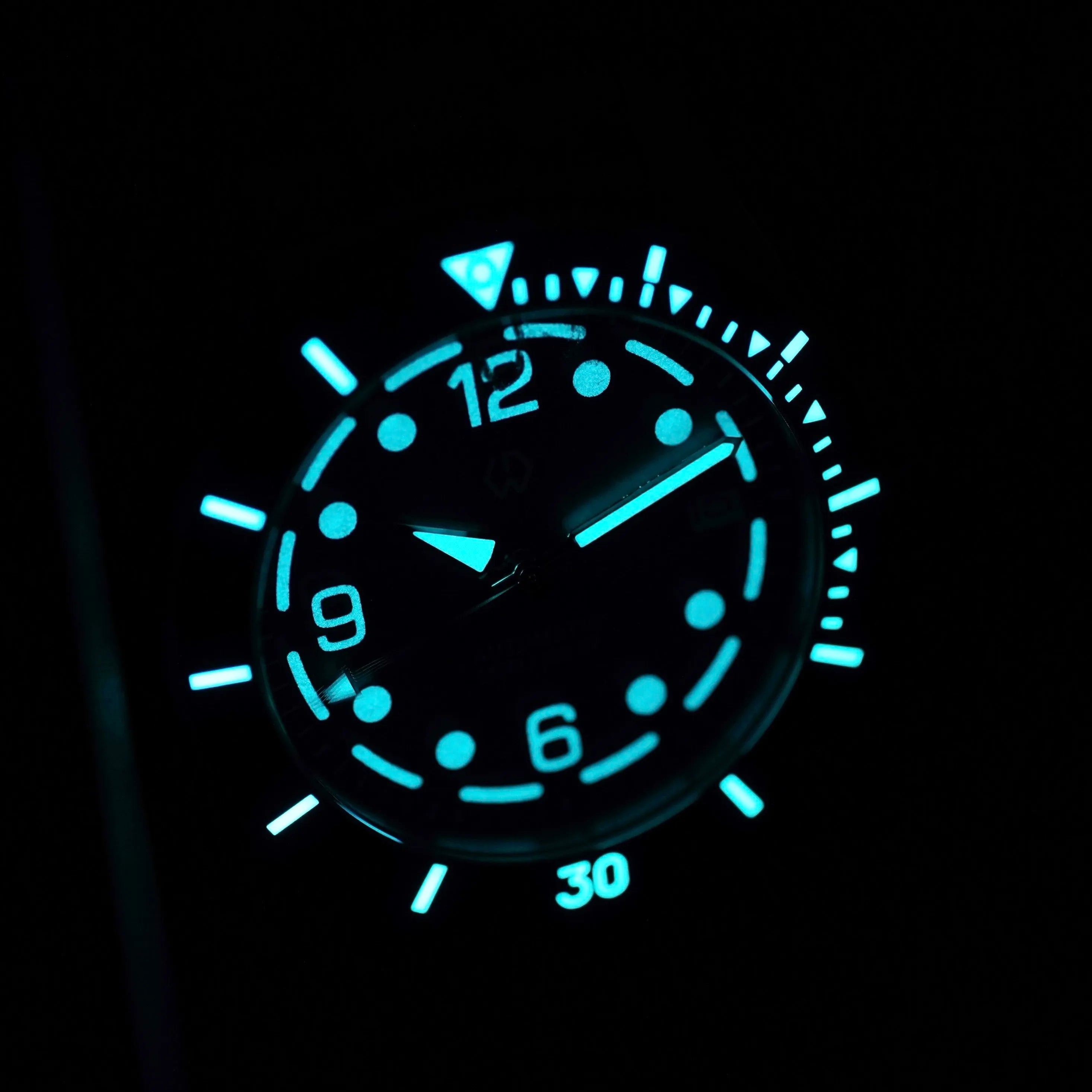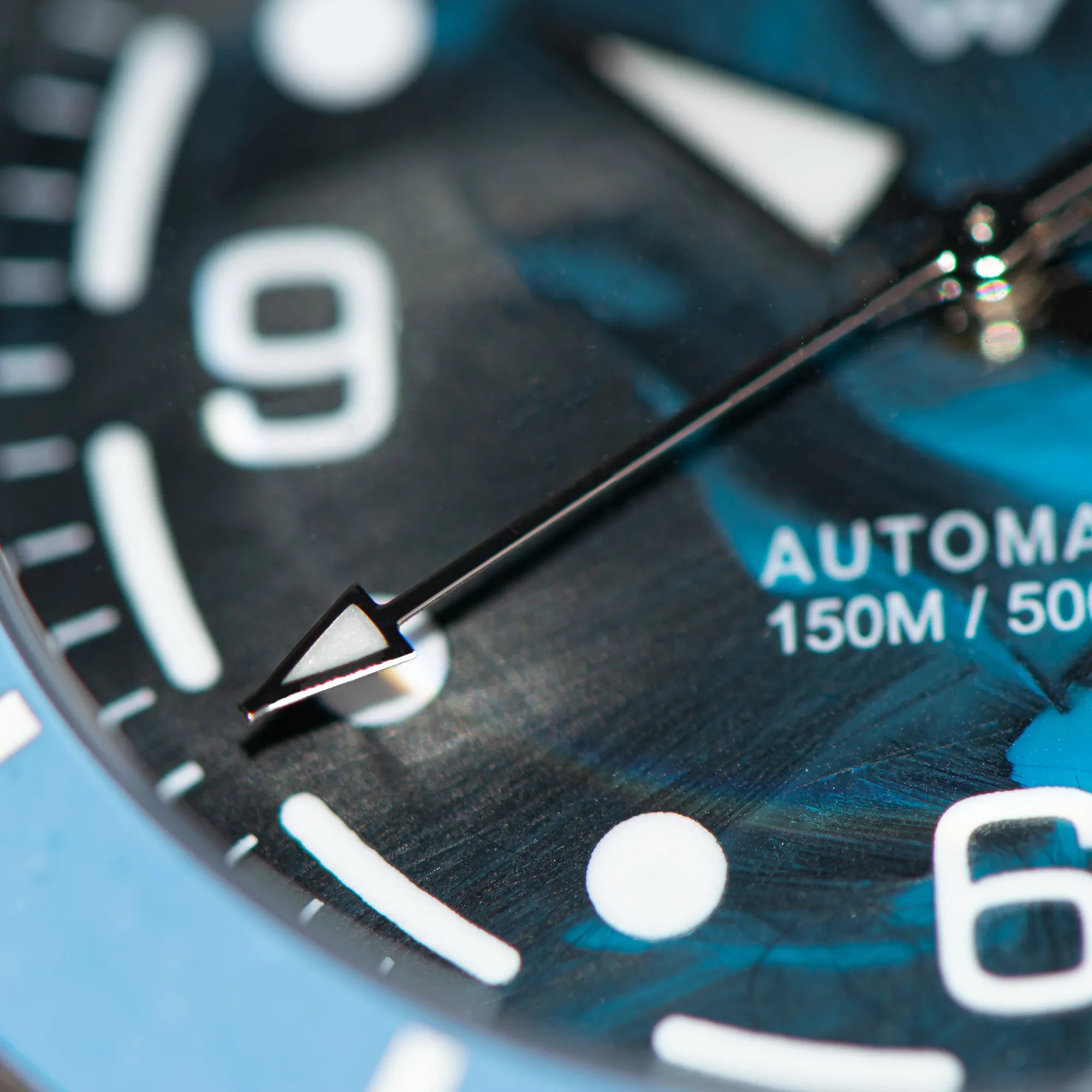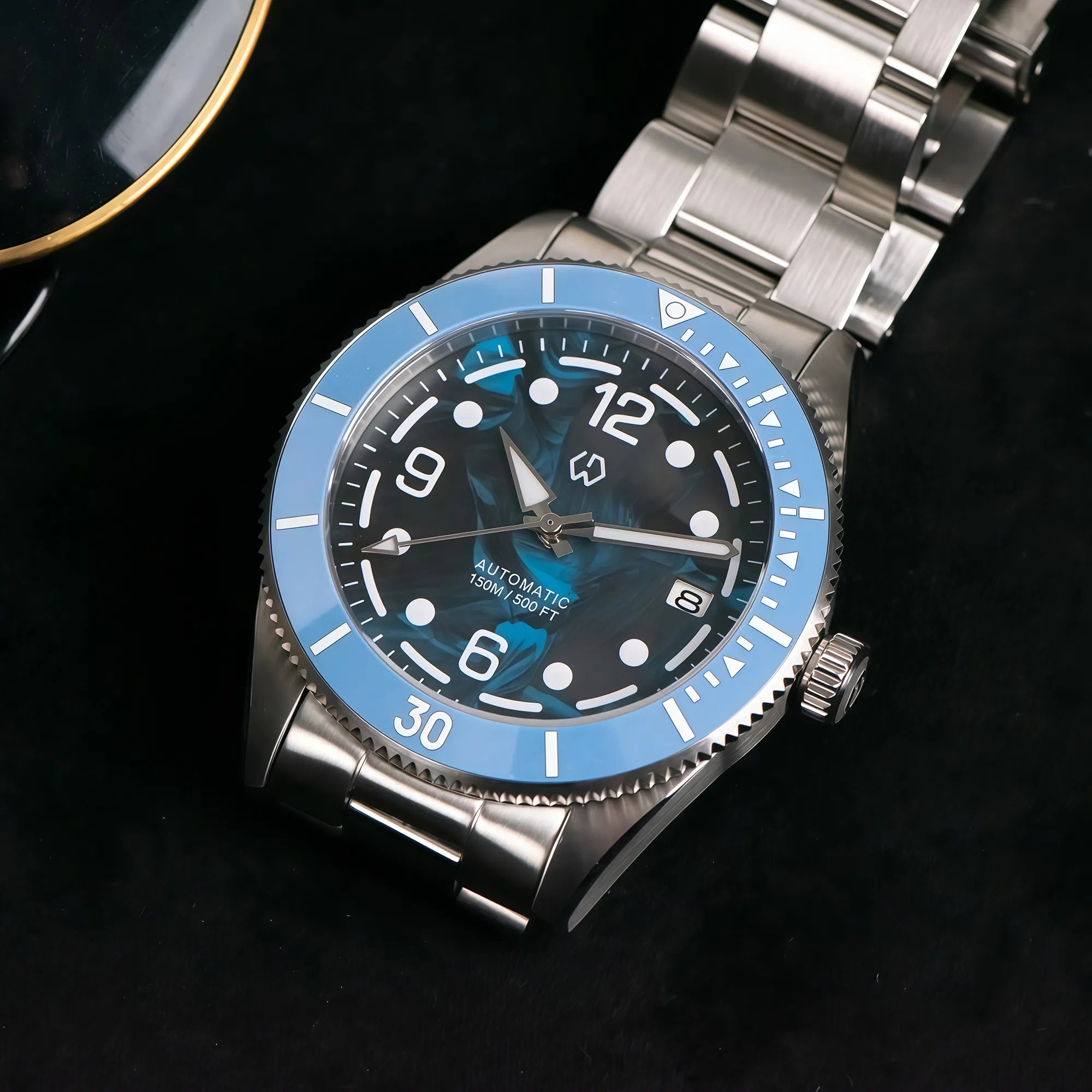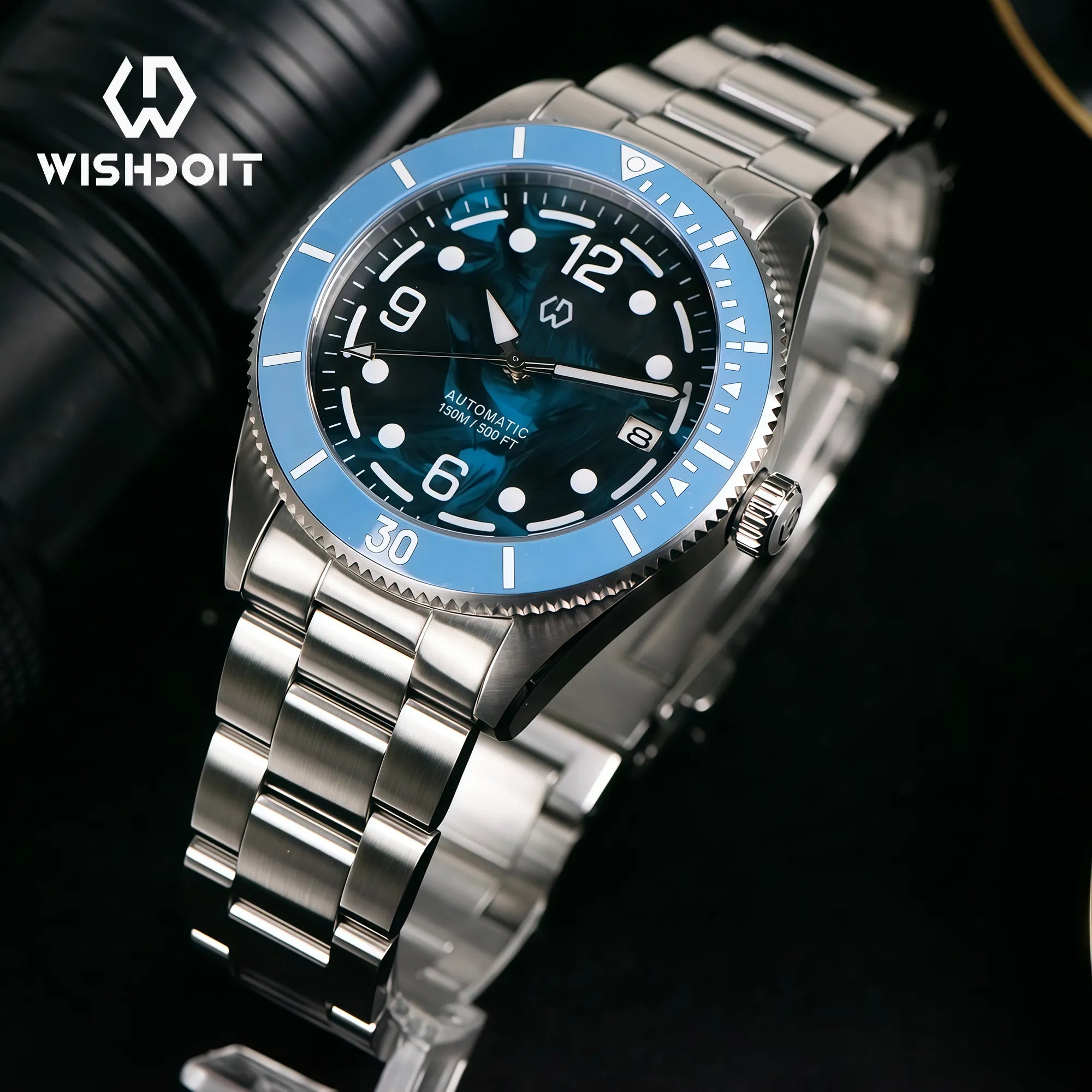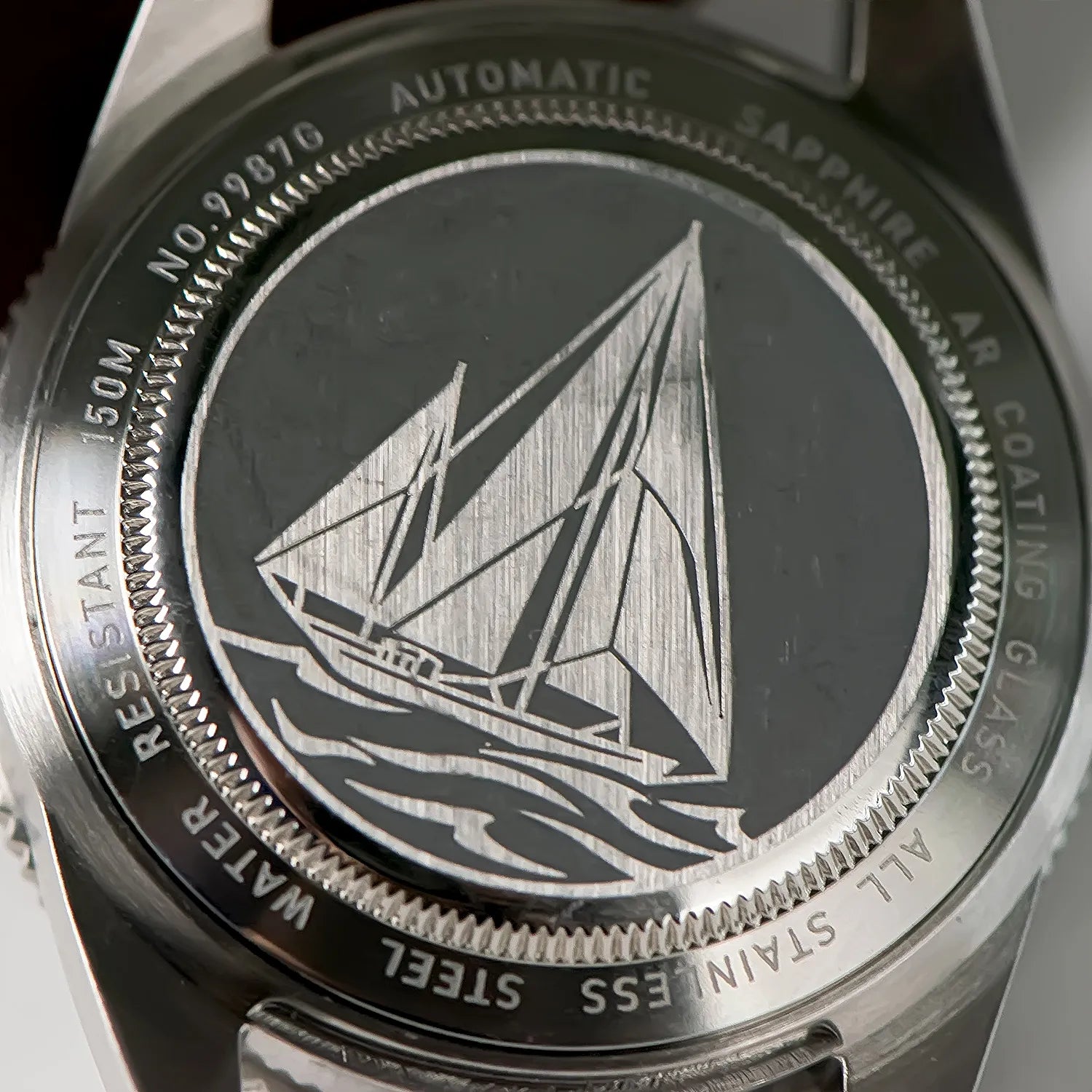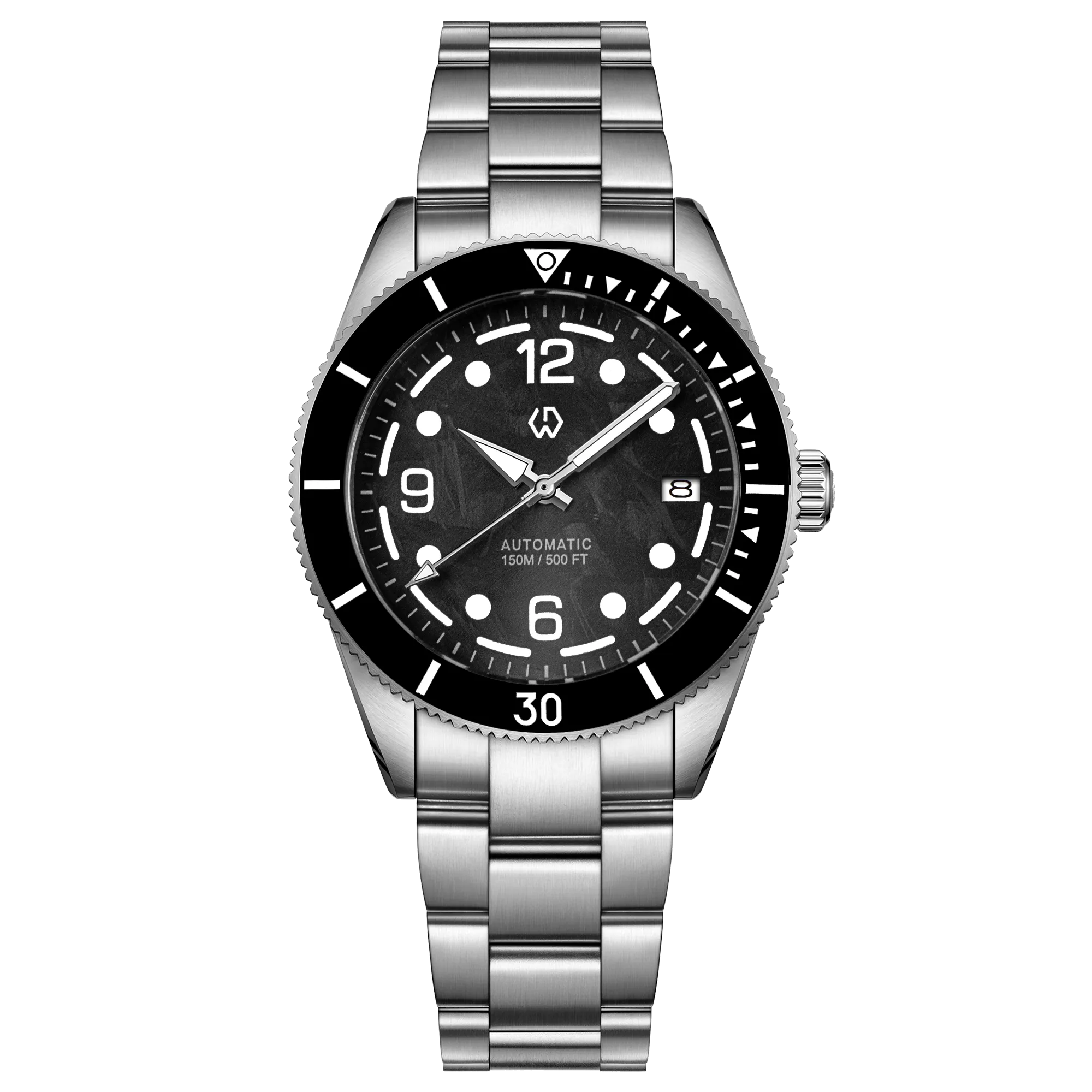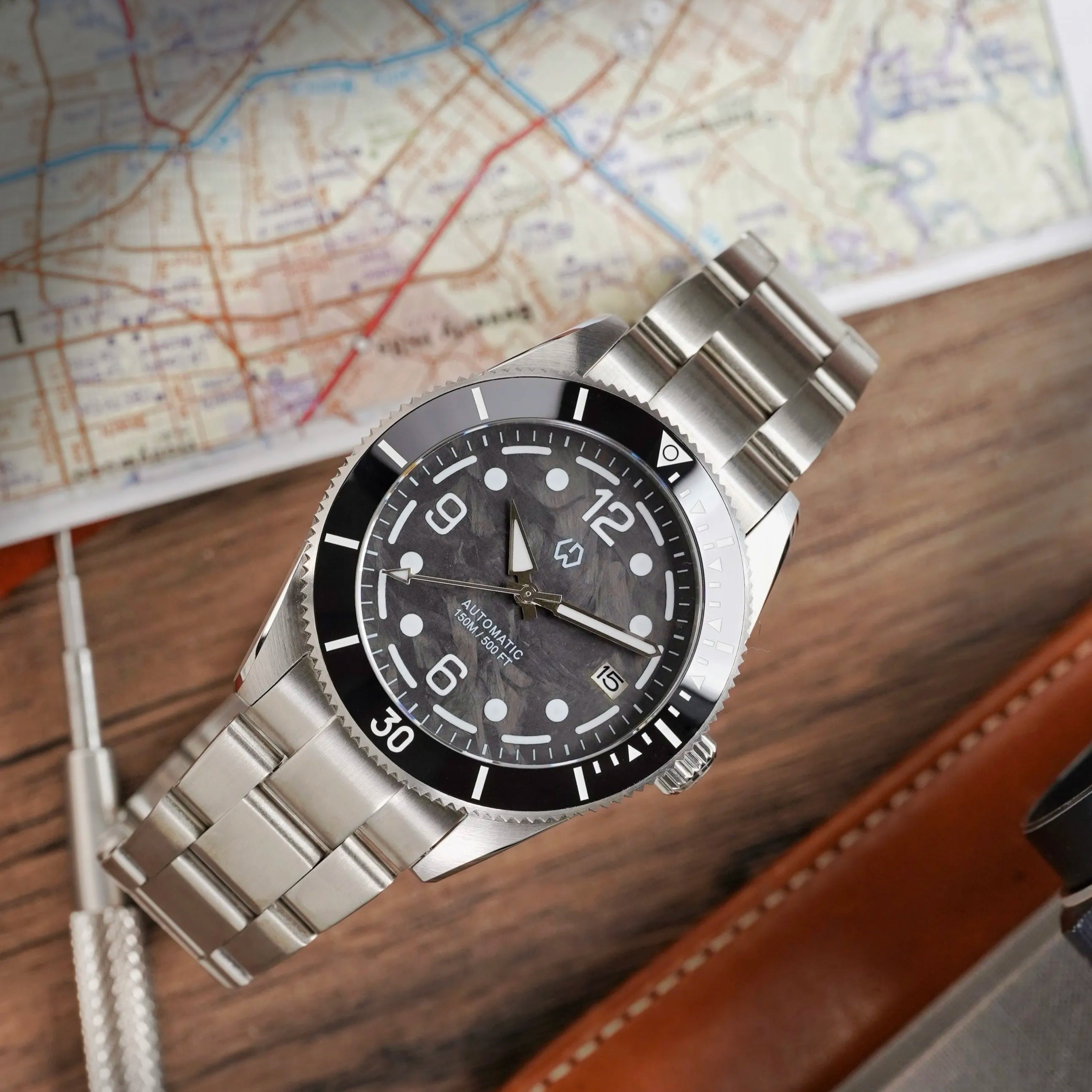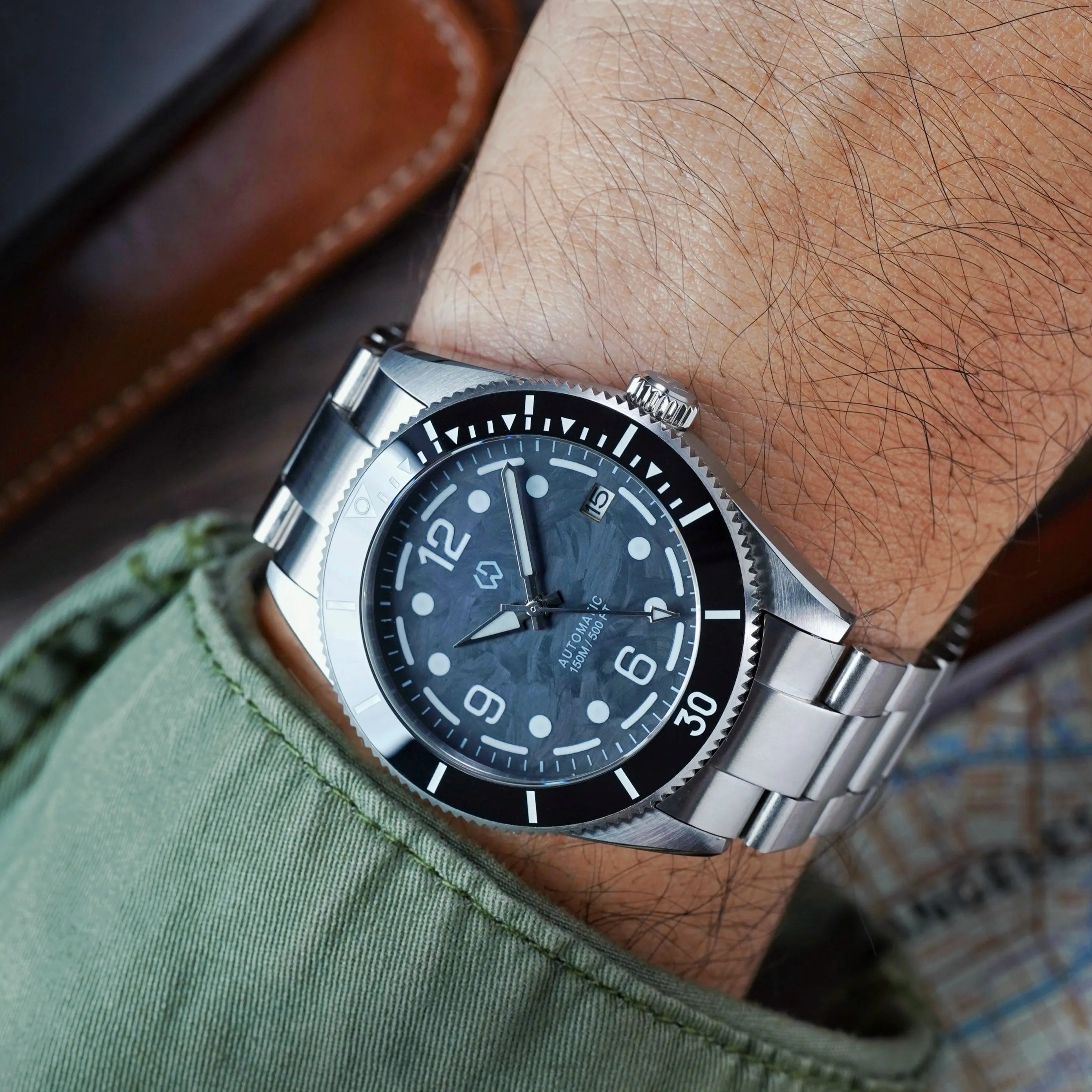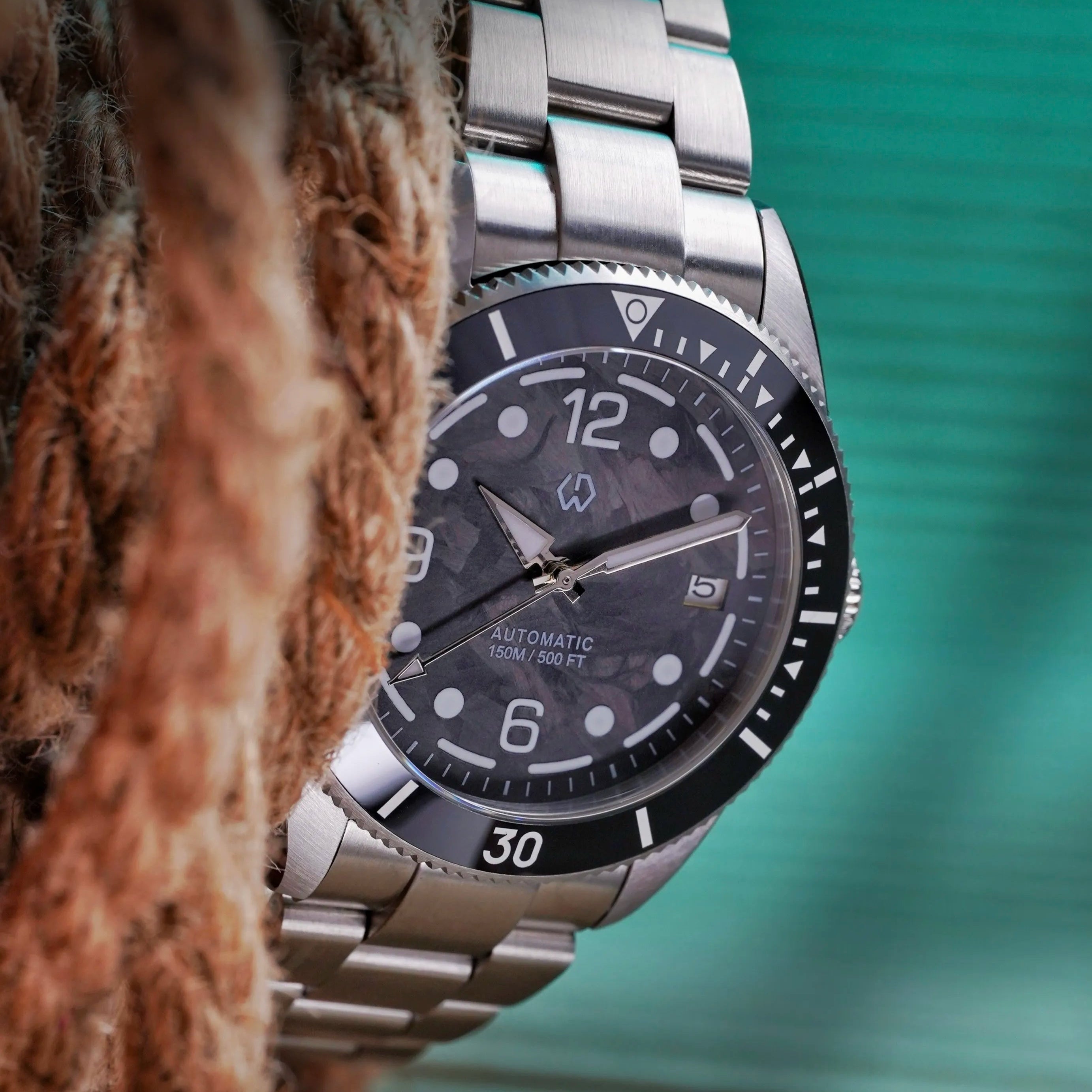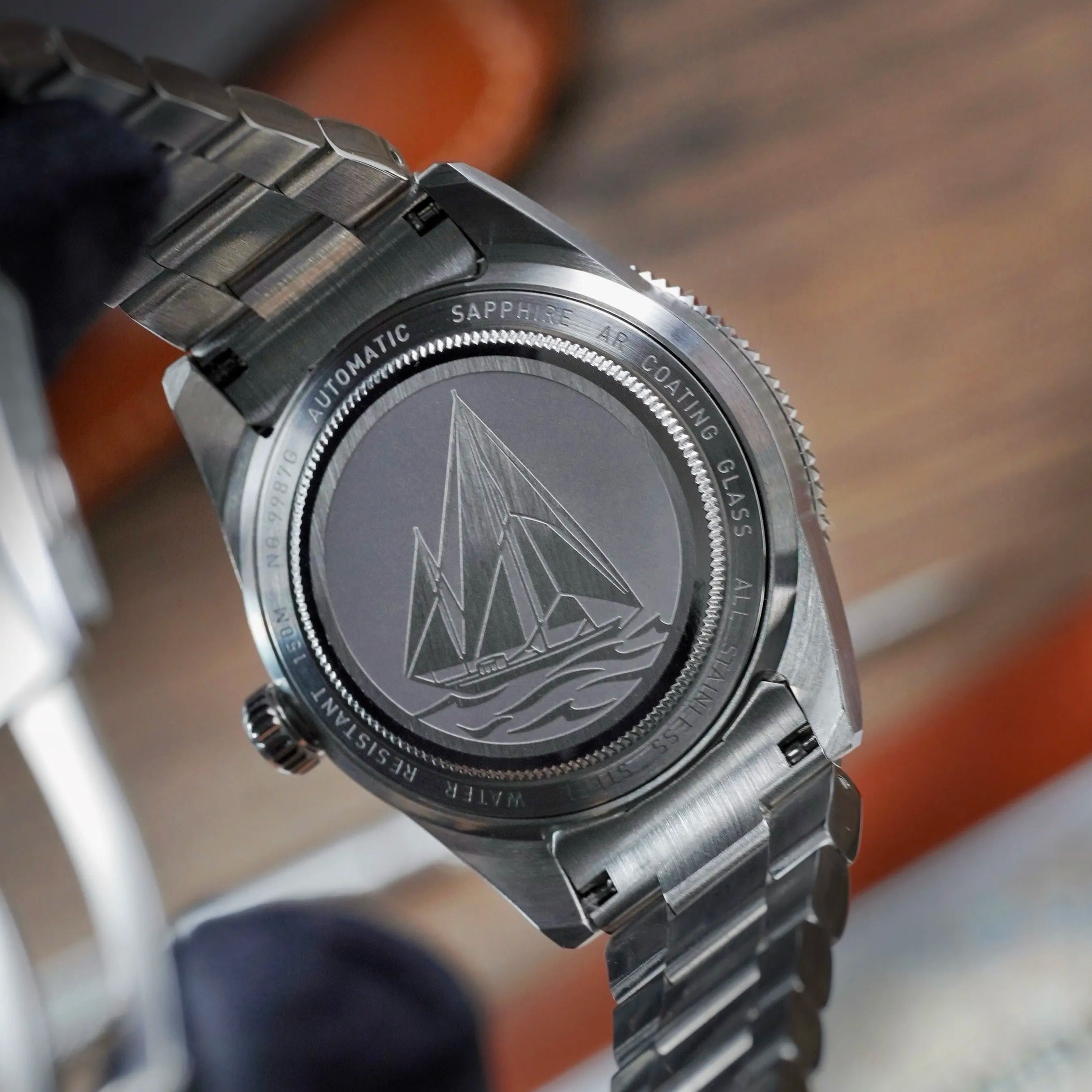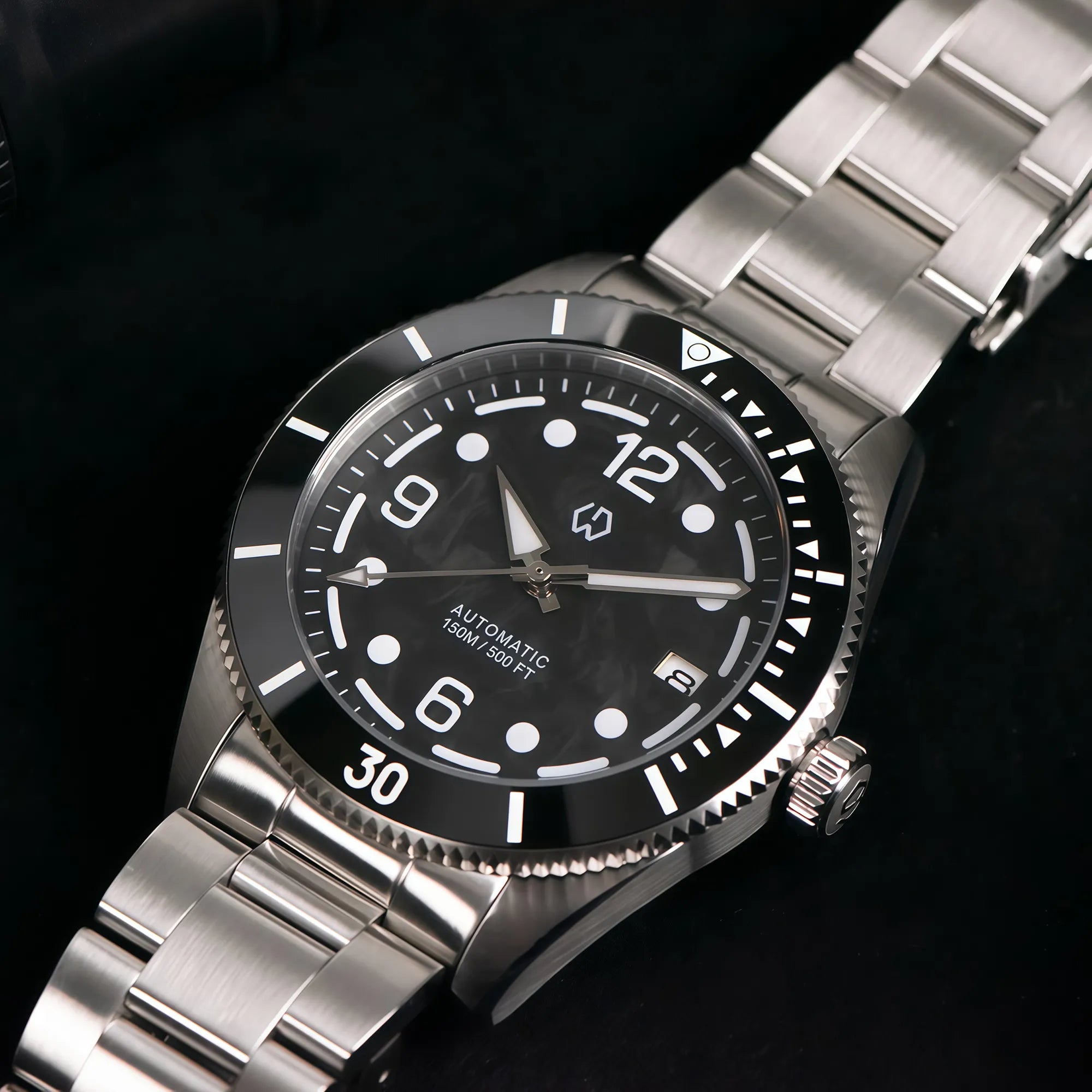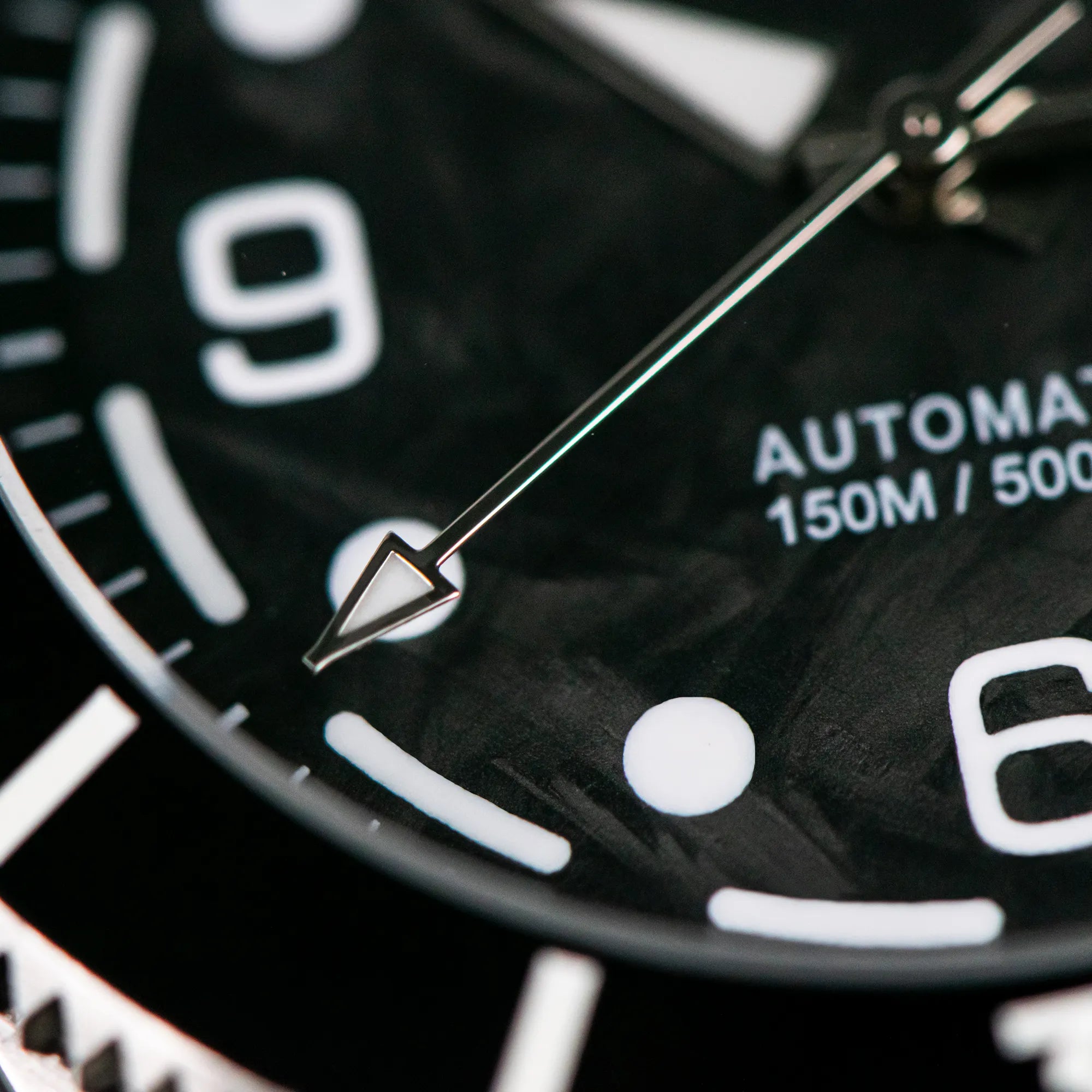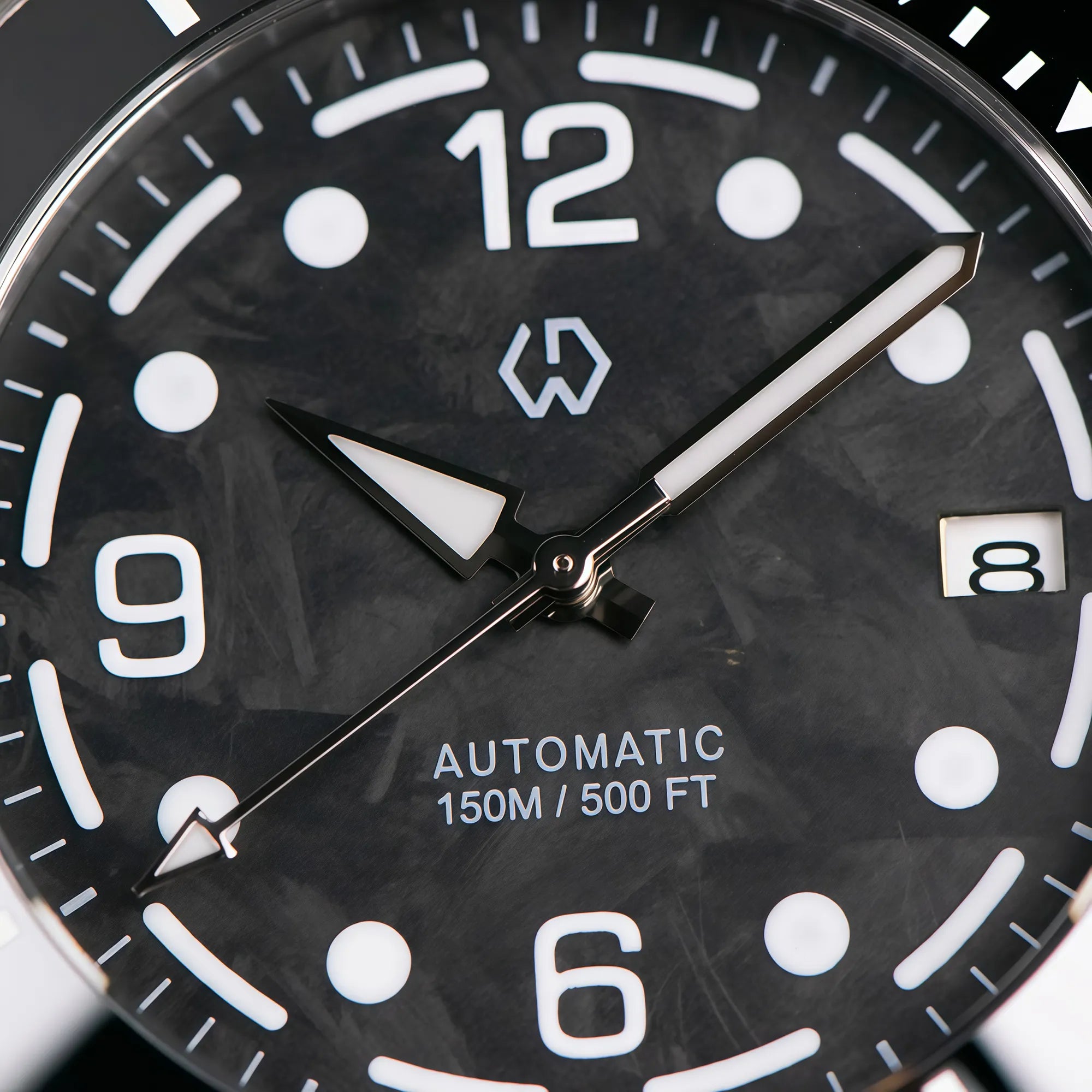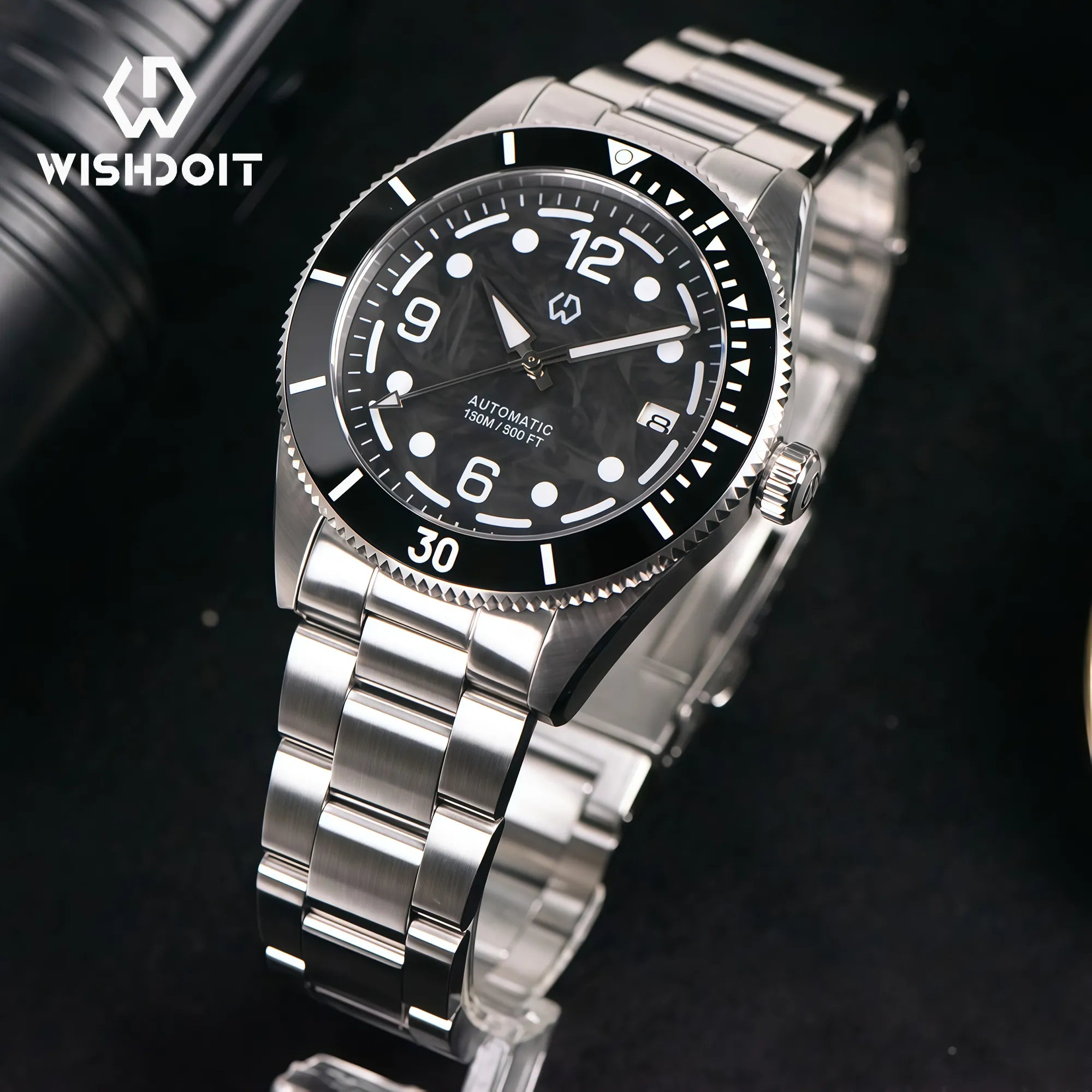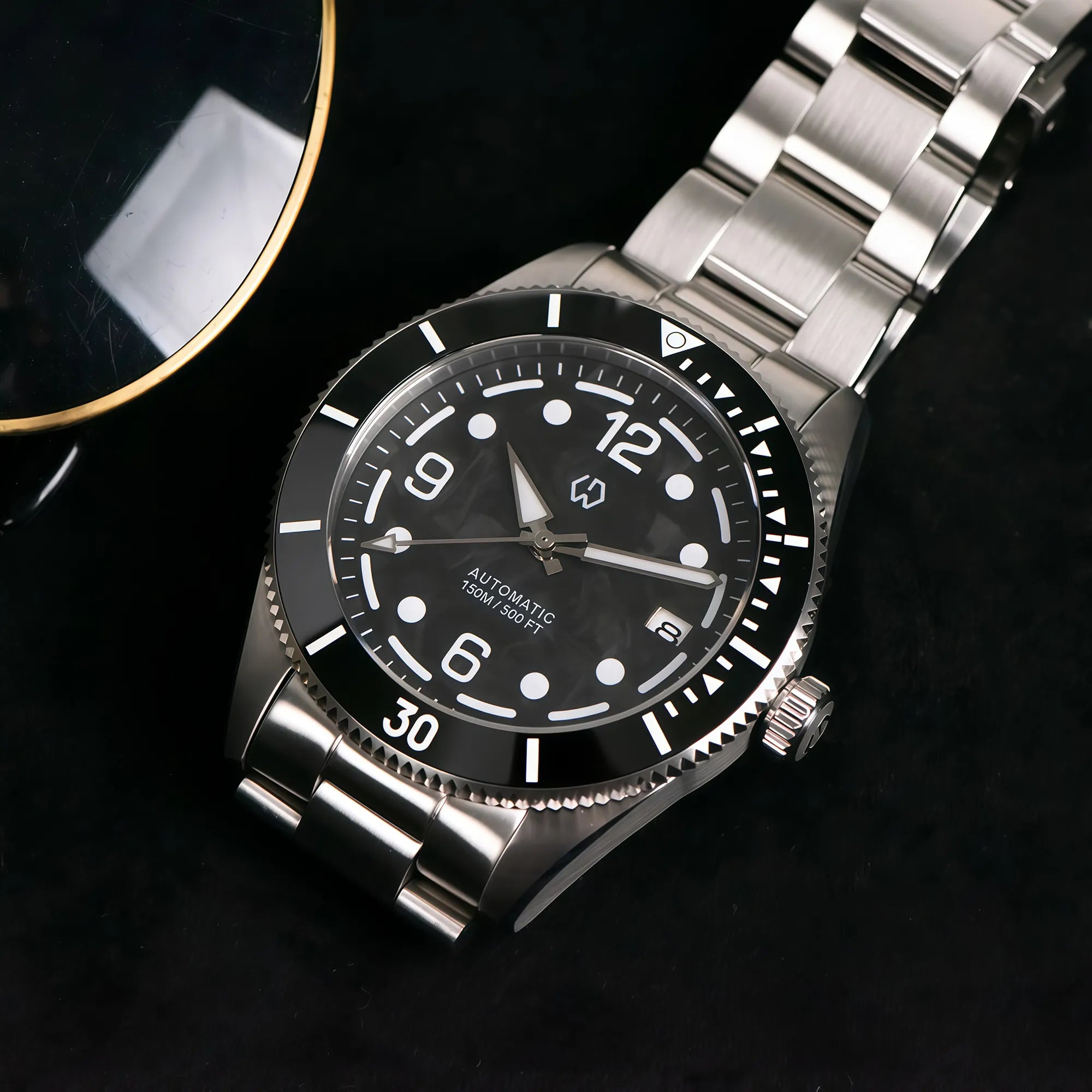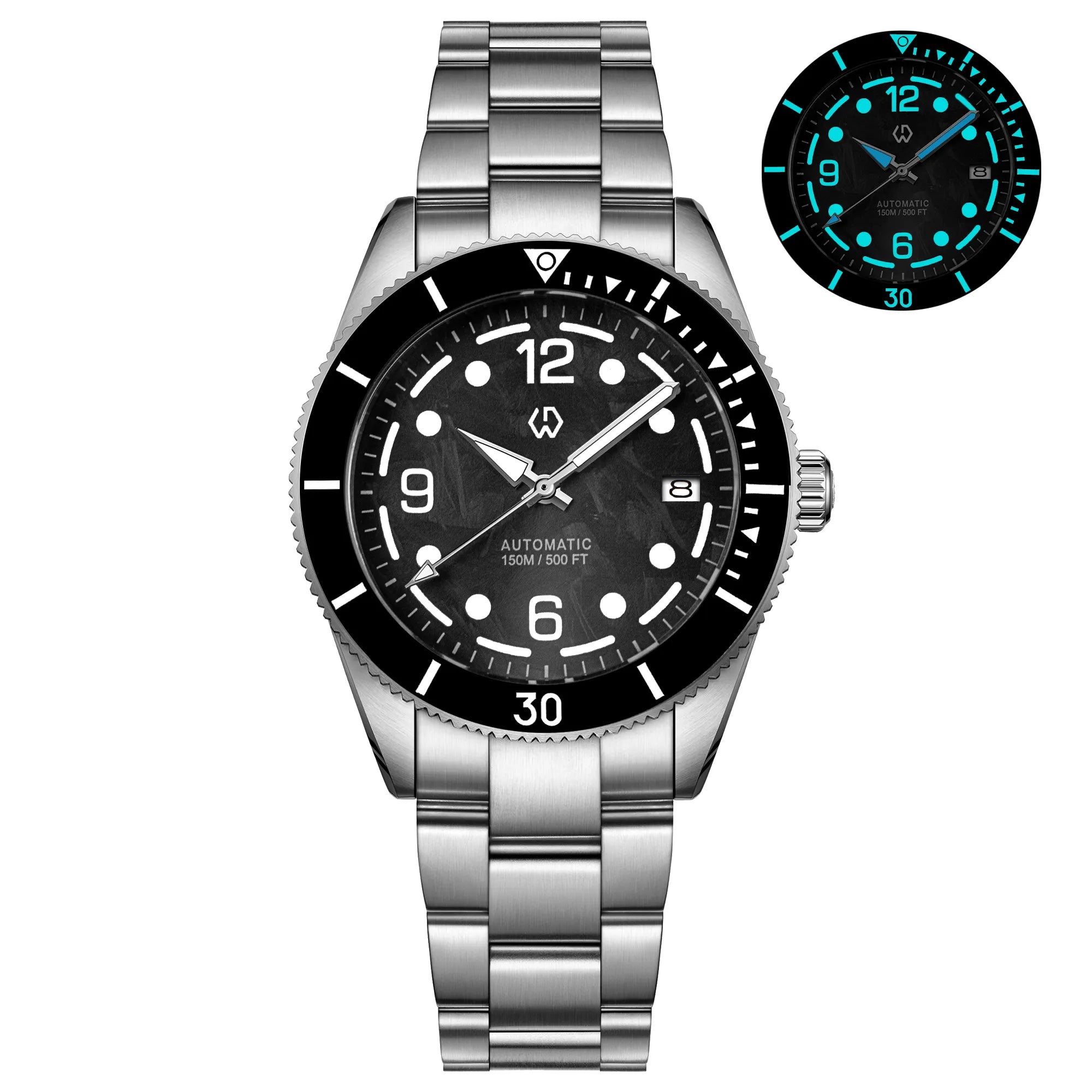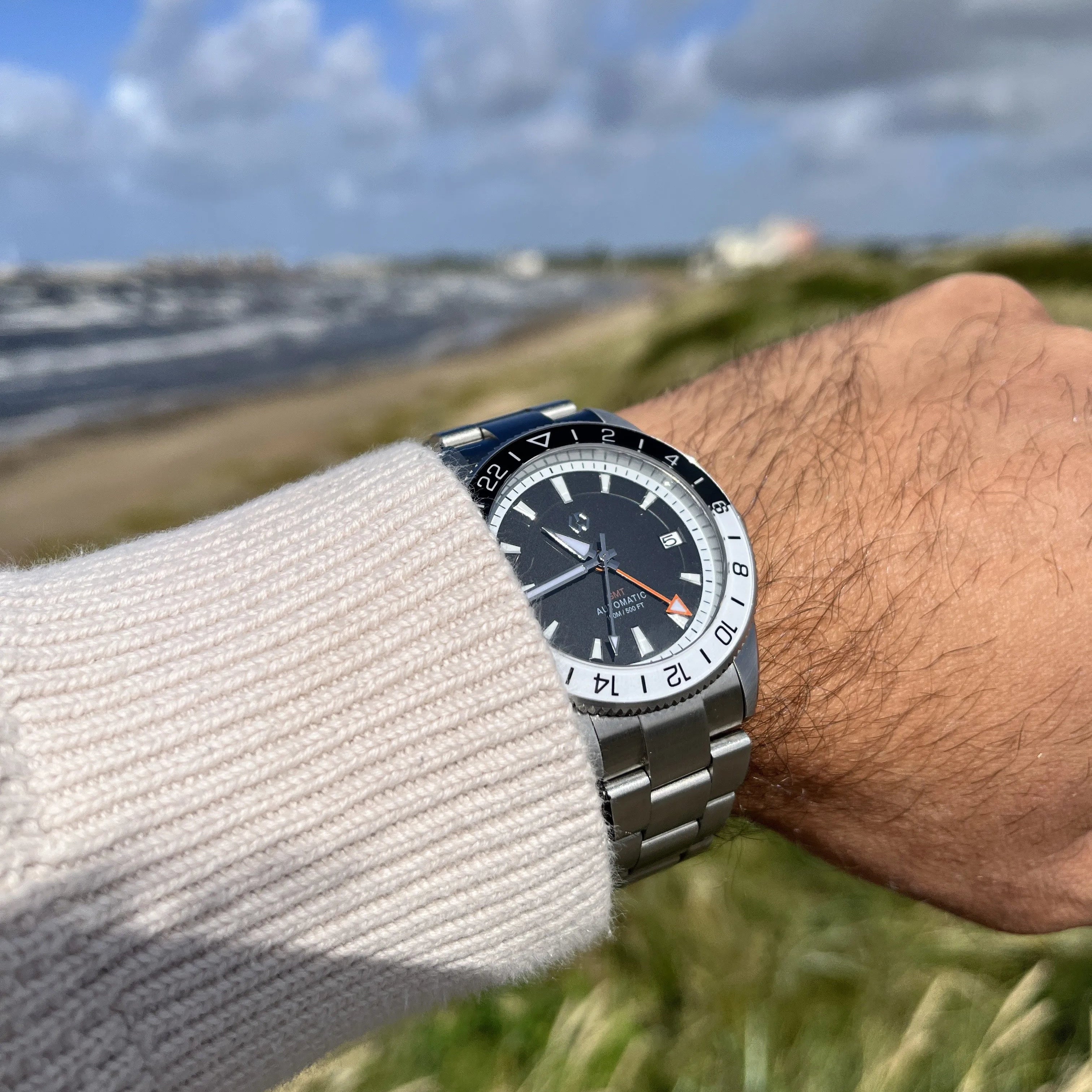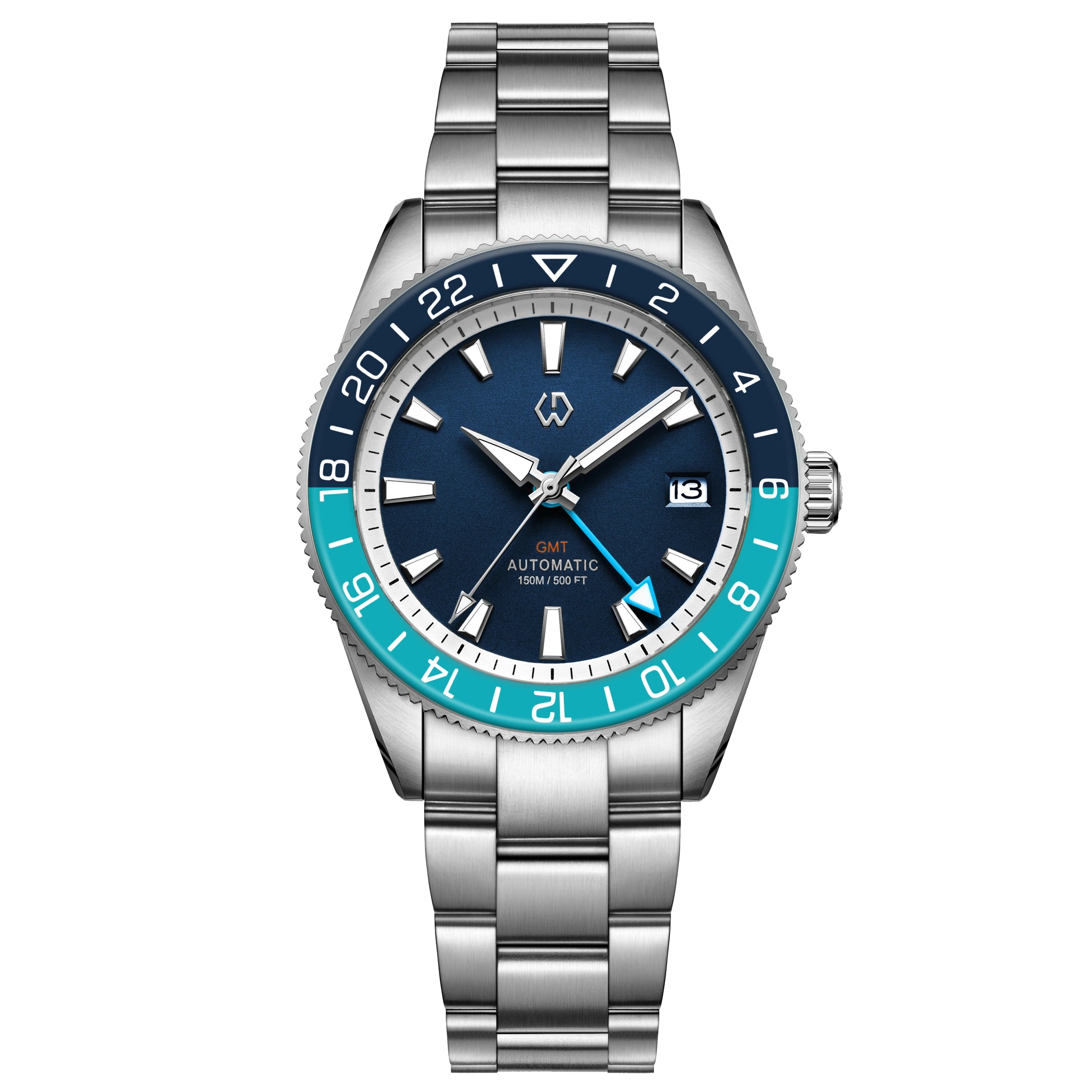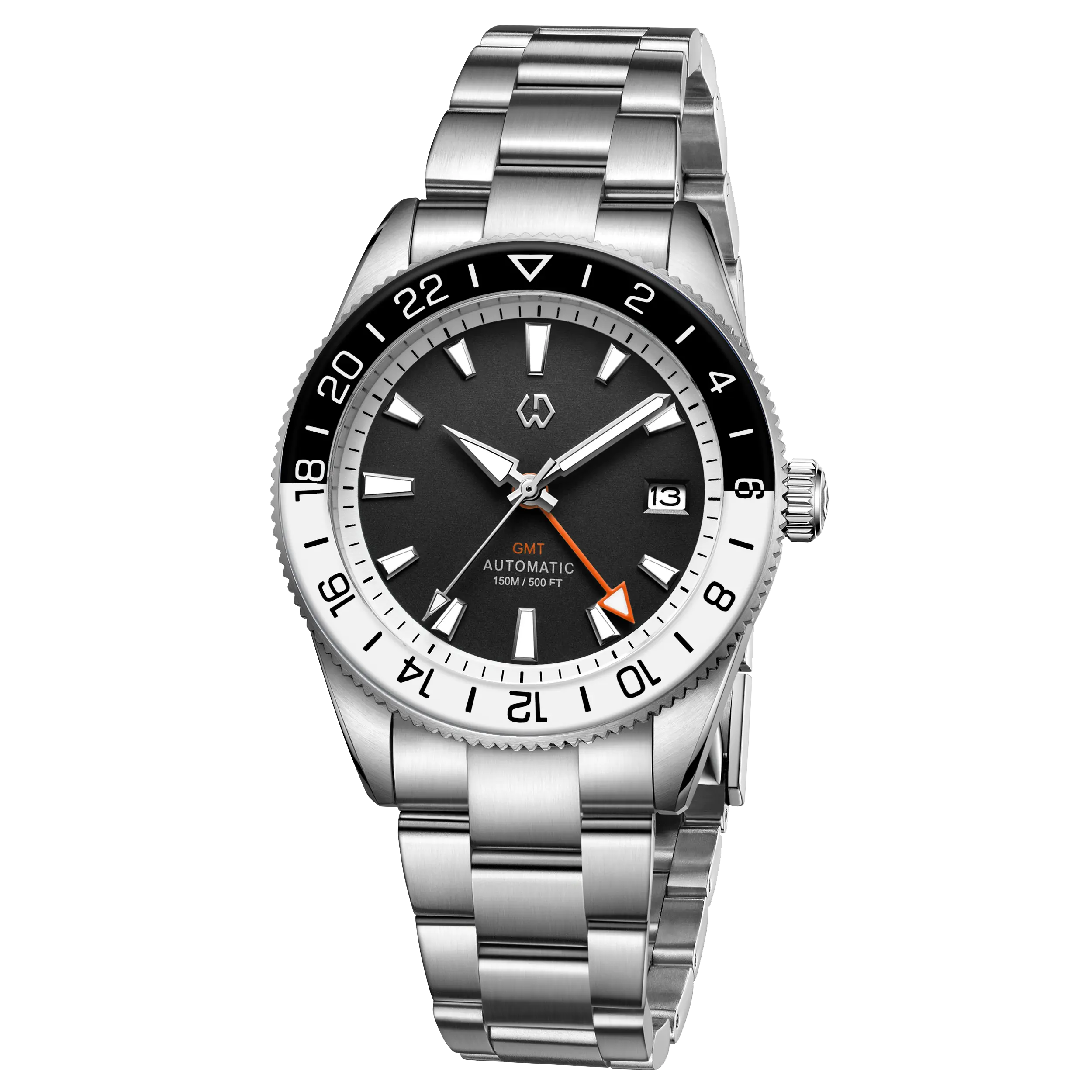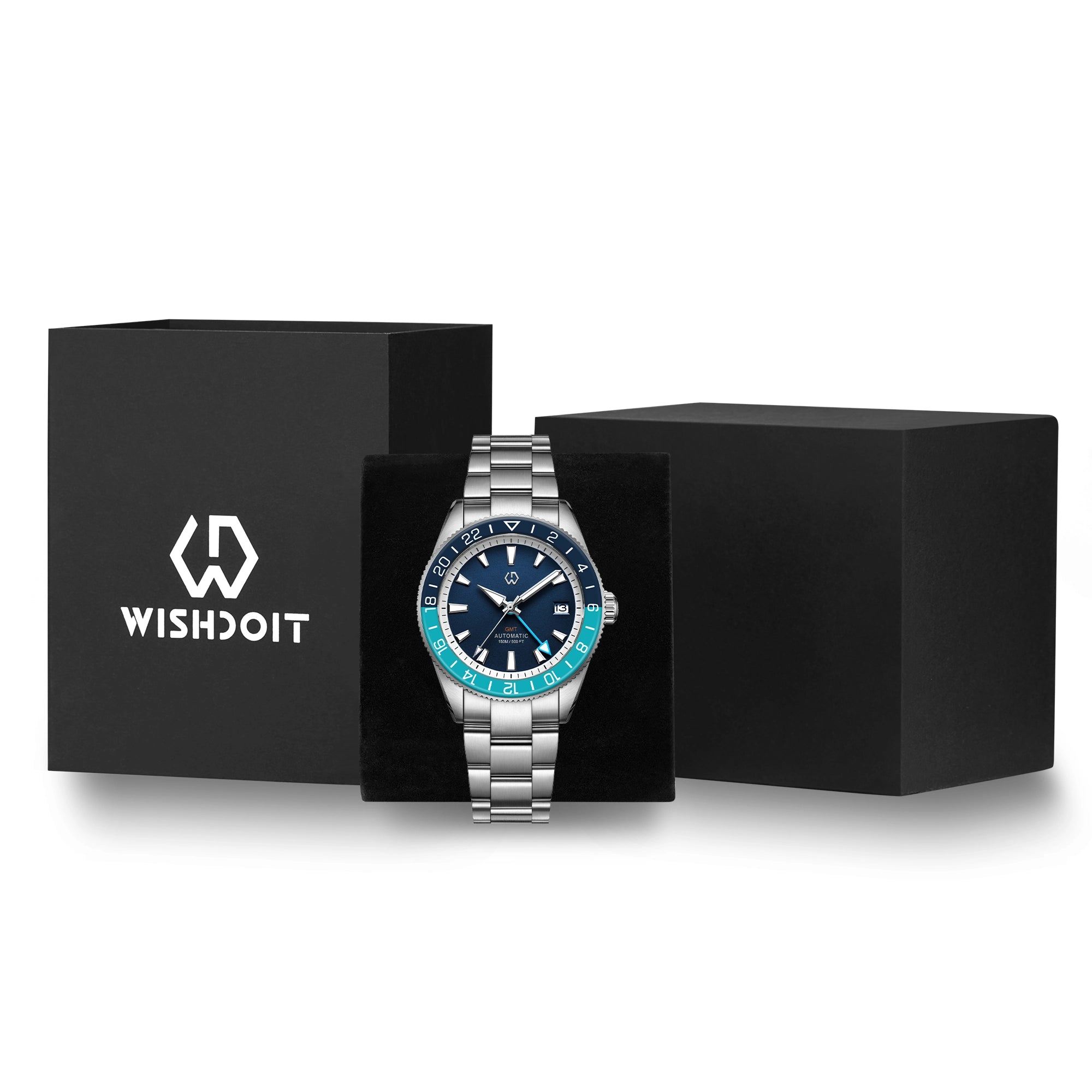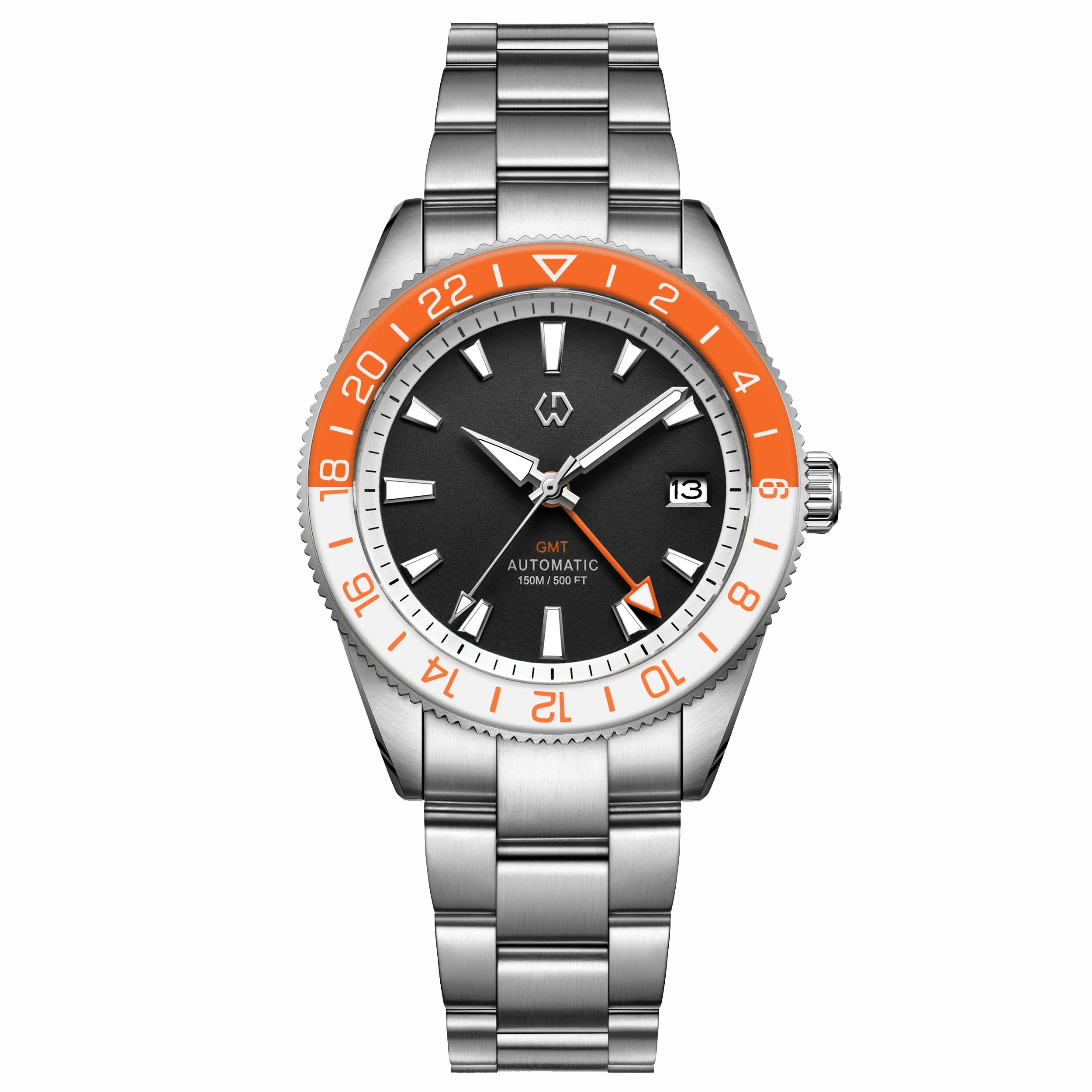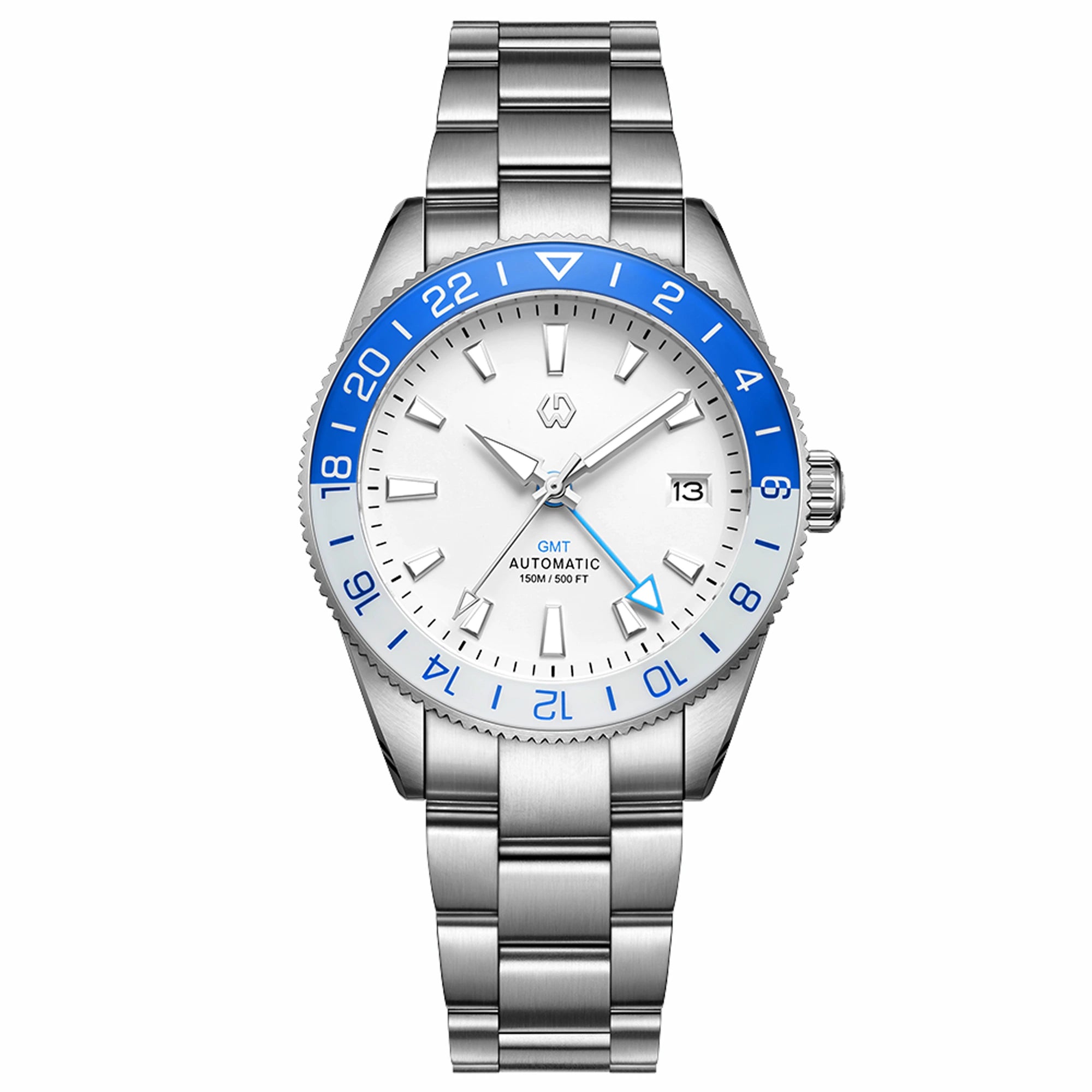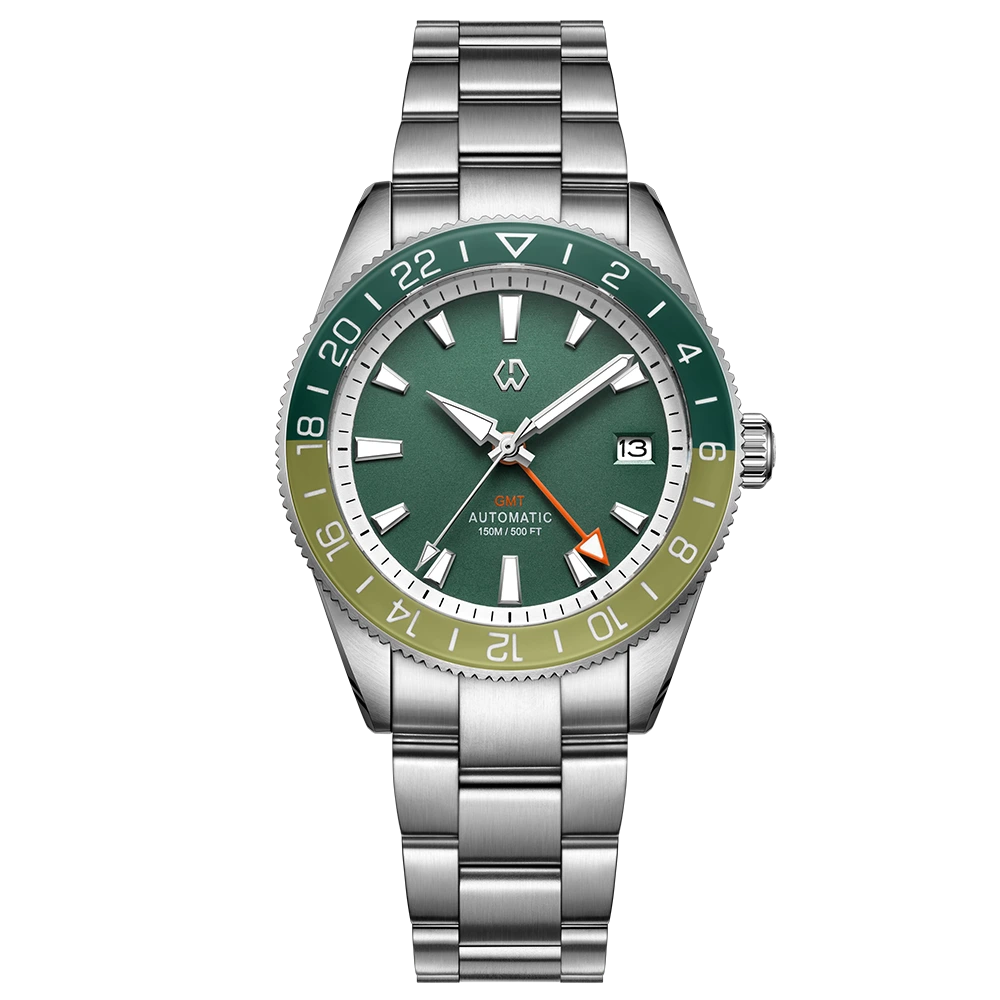How To Choose A Classic Watch?
How do you choose a classic watch?
On the off chance that you've been hoping to turn into a watch wearer yourself, or as of now are, yet know practically nothing about the watch you tote around on your wrist, this article is for you. From gauging the upsides and downsides of various kinds of systems to offering dossiers on the different styles of men's watches, we'll spread the rudiments of all that you've for a long while been itching to think about picking and wearing this exemplary embellishment.
BENEATH YOU'LL LOCATE A DEFINITIVE MANUAL FOR MEN'S WRISTWATCHES — ALL THE BASIC DATA IN A SINGLE SPOT, OFFERED IN AN OPEN, STRAIGHTFORWARD WAY.

Watch Developments
At the point when you begin acclimating yourself with watches, a single word that is going to come up a great deal is "development." The development includes not just the compass of a watch's hands around its face, yet how its internal systems produce that impact. A watch's development is crucial by the way it works and keeps time — consider it the "heart" of the watch.
Watch developments come in three sorts: mechanical, programmed, and quartz. Beneath we clarify the contrasts among them and their advantages and disadvantages.
1. Mechanical Watches

A mechanical watch has a development that is controlled by an origin — a looped wire of metal — that is twisted by hand. When the heart is wound, it gradually and uniformly loosens up, making the recycled move in a smooth, clearing movement around the watch's face. Most hearts are around 9-13 inches in length. The more extended the fountainhead, the more drawn out your mechanical watch's capacity hold, and the more you can go between windings.
Not every single mechanical development are made equivalent. The scrupulousness and craftsmanship that goes into a watch will decide its perfection and precision.
For some devotees, mechanical development watches speak to the crème de la crème of watches because of their conventional family and the many-sided work and designing that must go into making them. For these fans, possessing a mechanical watch isn't just about reading a clock, it's a method to communicate their gratefulness for history, refinement, and craftsmanship.
2. Automatic Watches

Automatic watches are practically simply like mechanical — they're controlled by a heart and utilize complex riggings to move the watch hands — yet they don't require the client to hand-wind the watch to keep it ticking. Rather, your development for the day wraps up the fountainhead while you wear the watch. Henceforth, the name "programmed development." They're otherwise called "self-winding" watches.
How does a programmed development watch self-wind? All things considered, there's a little weight inside the watch called a "rotor" that moves as your wrist moves for the day. It's associated with the origin and winds the heart as it moves. Programmed observes additionally have a slipping grip gadget to keep the watch from getting over-injury while you're wearing it.
In case you're not wearing your programmed watch, you'll need to place it in a watch winder. It's a little gadget that moves the watch in a round movement while it's put away so it remains wound. This is especially critical to do if your watch has highlights like a schedule or date show. For instance, suppose your programmed watch has a schedule on it, however you choose not to wear it for a couple of days. On the off chance that you don't store it in a winder, the force will run down and the presentation will stall out on the time and date the watch quit ticking. At the point when you choose to wear the watch once more, you'll need to reset both.
3. Quartz Watches
In case you're similar to most regular people, the watch on your wrist right currently is likely a quartz watch. There's an explanation behind that. Quartz watches are inconceivably precise and entirely reasonable.
Rather than being fueled by an injury heart, a quartz development utilizes power from a little battery. The battery sends the power through a little quartz precious stone, making the gem vibrate 32,768 times each second. The vibrations are estimated by a circuit, which changes over the vibration into a heartbeat, which moves the second hand on the watch. Since quartz watches utilize electric heartbeats to move the second hand, they have a particular "tick" development. It's not as smooth as a mechanical or programmed watch.
Since quartz developments depend on power and less moving parts, they're substantially more exact and can withstand unquestionably to a greater extent a beating than mechanical or programmed watches. It's therefore that most "game" and "field" watches utilize a quartz development.
Quartz developments are likewise low priced. $4 can get you a watch that keeps time like a champ. Obviously, on the off chance that you need something with more panache, you'll have to spend more.

Watch Entanglements
Your essential wristwatch reveals to you the time.
In any case, numerous wristwatches accompany highlights that additionally show the date or even the period of the moon. These little additional items on wristwatches are designated "inconveniences."
Other than schedules or moon stages, different confusions incorporate cautions, power hold markers, and repeaters (an element that rings the hour and minutes on your watch at the press of a catch).
At that point, there's the chronograph.
The chronograph is a different and autonomous time framework that fills in as a stopwatch. Most chronographs comprise of three little dials (additionally called sub-registers) inside the fundamental dial of the watch. On the watch's case, you'll, as a rule, discover two fastens: the top catch begins/stops the chronograph, while the base catch resets it.
On certain watches, a chronograph is matched with a tachymeter — a scale engraved around the edge of a watch. Utilizing the chronograph and tachymeter together permits a client to compute a wide range of things like speed, separation voyaged, or fuel utilization (when you're driving or flying).
What number of and which intricacies you need in a watch involves inclination. Dressier watches will in general be smooth and have one (for the most part the date) to none. Progressively energetic and easygoing watches regularly incorporate more intricacies.
Men's Watch Style Dossiers
While there are plenty of useful men's wristwatches out there from elastic game watches you'd wear while running a 5K to strategic computerized watches with a lot of wiz-blast highlights, we're going to concentrate on wristwatches you'd wear to class up an outfit. Indeed, utilitarian watches fill a need in a man's life, however, they simply don't look that incredible with a suit or at the workplace.
With regards to in vogue men's wristwatches, there are essentially five sorts: dress, field, jumper, pilot, and dashing. We've incorporated dossiers on everyone.
Dress Watch
History/Family/Character: Birthed in the mid-twentieth century for wealthy men of honor who needed to begin wearing their watch on their wrist, instead of in their pockets. The dress watch is about straightforwardness and modernity; it's smooth as opposed to hampering. It's not garish and causes to notice itself inconspicuously — for its tastefulness and how it praises your get-up.
Mark Highlights:
Size: Normally slim (to make it simple to slip all through a dress shirt sleeve).
Case: May be round, rectangular, or square. Very good quality assortments are commonly produced using valuable metals like gold or silver.
Face: Dial shows straightforward hour lists (the numbers, or images for numbers on the watch face, for example, saber-style files (those little lines), Roman numerals, or little Arabic numerals.
Band: Consistently cowhide. Even though a few organizations offer both cowhide and metal band alternatives with their dress watches, calfskin is the exemplary approach.
Confusions: Little to none. And no more, date as well as moon show.
When to Wear: As the name infers, you wear a dress watch for dressier, progressively formal events like with a tailored suit or a tuxedo (however, there's a discussion regarding whether you ought to ever wear a watch at all with dark tie). However, you can likewise wear a dress watch with everything on down to sharp easygoing. It won't pair well with a shirt and pants.
Field Watch
History/Family/Character: The field watch is the relative of the WWI "channel watch," which was intended for officials who expected to arrange assaults, read a clock around evening time, and game a wristwatch that could withstand the afflictions of the fight, all while as yet looking great. Field watches keep on manifesting a military vibe and are rough, utilitarian, and slick all simultaneously.
Mark Highlights:
Size: Little to medium. Enormous watches would simply disrupt the general flow while you're doing a fight in the channels of war or business.
Face: Utilitarian, simple to-peruse numerical files — normally a white dial and dark numbering, or a dark dial with white numbering. The hands-on field observes regularly light up to empower time checks around evening time.
Case: Normally treated steel or some of the time titanium (they should be rough, all things considered!). Field observes in some cases incorporate an element called "hacking seconds" where you can stop the second hand by hauling the crown out; this makes it simpler to set the watch to a reference signal or synchronize it with another.
Entanglements: Ordinarily none, or date as it were.
When to Wear: Field watches are very adaptable and can be worn on a wide range of experiences just as for regular easygoing wear or even business easygoing. So everything from pants and a shirt, to a games coat and khakis. For men, particularly more youthful folks, who don't get spruced up in a suit all the time, a field watch is likely your smartest option; its basic, rough style may best match your character and way of life.
Plunge Watch
Plunge Watch
As the name proposes, the plunge watch was intended for people who invest a great deal of energy in or close to water. Their essential selling point is that they're water safe. The primary emphasis of what turned into the jump watch was likely the Rolex Shellfish, which was presented during the 1930s. With its hermetically fixed case, it was one of the primary water safe watches available.
Since it's intended to be worn in the water, both the case and the band of plunge watches are produced using erosion safe metals like treated steel or titanium. (You'll observe jump watches produced using elastic and silicone, as well. They're only not as tasteful looking.)
Size: Medium.
Face: Regularly striking, simple to-peruse, Arabic numbering, however, the 12-hour numerals are frequently supplanted with hash marks, with the seconds showed in 15-second augmentations. To ensure the watch face while profound submerged, sapphire or solidified mineral glass is utilized.
Case: A characterizing highlight of the plunge watch is the uni-directional bezel remembered for the case — it will just pivot counter-clockwise. The turning bezel permits a jumper to know with only a look at his watch to what extent he's been submerged. Here's how it works: when the jumper enters the water, he turns the bezel so that the "0" lines up with the moment hand. From that point onward, the moment hand will highlight the stamping on the bezel that shows to what extent he's been in the water.
Band: Metal, and typically longer than other watches' groups, as it was initially intended to fit around cumbersome jump hardware.
Complexities: Ordinarily date as it were.
When to Wear: While the jump watch was intended for submerged use, its all-metal packaging and band, in addition to its notable legacy, make it a reasonable wristwatch for flexible ordinary wear. You can wear it with your games to wear, easygoing wear, business casual wear, and business formal wear.
Pilot Watch
In the decades after, watchmakers based on that unique plan to make timekeeping simple for pilots taking off into somewhere out there, most prominently with the expansion of a chronograph.
Mark Highlights: Not at all like other men's watch styles, the pilot watch doesn't have a firm, particular style; the highlights of watches advertised as "pilot watches" can generally fluctuate. That being stated, coming up next are the highlights that are generally normal to this kind of watch:
Size: Medium to huge.
Face: Intended for simple perusing, even in a dull cockpit, pilot watches sport a larger than average dial with spotless, clear numbers and iridescent hands. To make perusing the time significantly simpler, the dial is typically dark with white numbering.
Band: Regularly, however not generally, made of calfskin. Longer than normal, as the band was initially intended to fit around the sleeve of a pilot's flight coat.
Inconveniences: Date and now and then a chronograph.
When to Wear: The size and progressively easygoing look of pilot watches make them a solid match for increasingly easygoing get-ups, however not for dark tie and formal business wear.
Hustling (or Driving) Watch
History/Family/Character: Vehicle hustling and wristwatches have been connected since the 1930s. That is because racecar driving depends on exact timekeeping to gauge the result of the race. Rolex was one of the main organizations to exploit this requirement for precise watches by equipping top drivers with their acclaimed Clam watch, harking back to the 1930s.
In any case, it was TAG Heuer that made the standard for hustling watches by including a chronograph and tachymeter — the two characterizing highlights of a driving watch. The primary TAG Heuer chronographs were made during the 1930s and 1940s for pilots in the Luftwaffe, however, by the 1950s and 1960s, racecar drivers were wearing them to quantify their speed and separation. TAG Heuer solidified its hustling bona fides when on-screen character Steve McQueen wore their Monaco 1133 in the 1971 film, Le Keeps an eye on.
Mark Highlights:
Size: Medium to huge.
Face: Huge dial (to prepare for the chronograph), with clear Arabic numerals. Frequently incorporates splendid, differentiating hues.
Case: Intended to withstand the afflictions of auto dashing, the case is commonly produced using hardened steel.
Band: Cowhide or metal.
Difficulties: Chronograph and some of the time the date.
When to Wear: Hustling watches will in general be flashier looking than plunge or pilot watches. As a result of their strong look, they're more reasonable for easygoing than formal wear.










